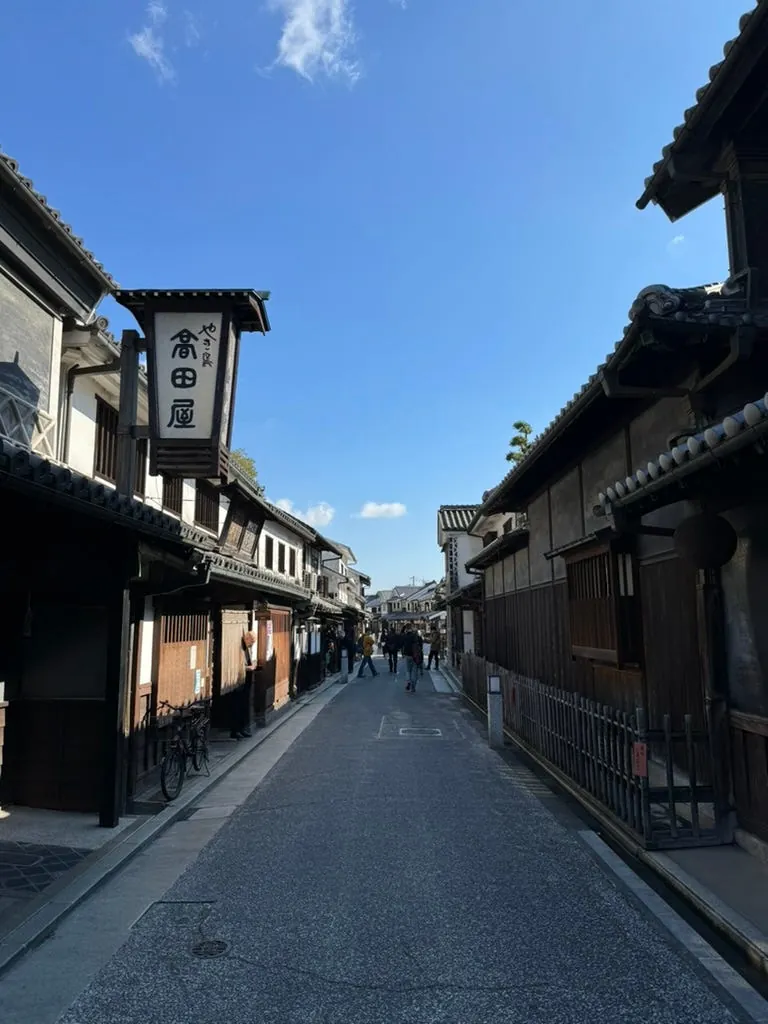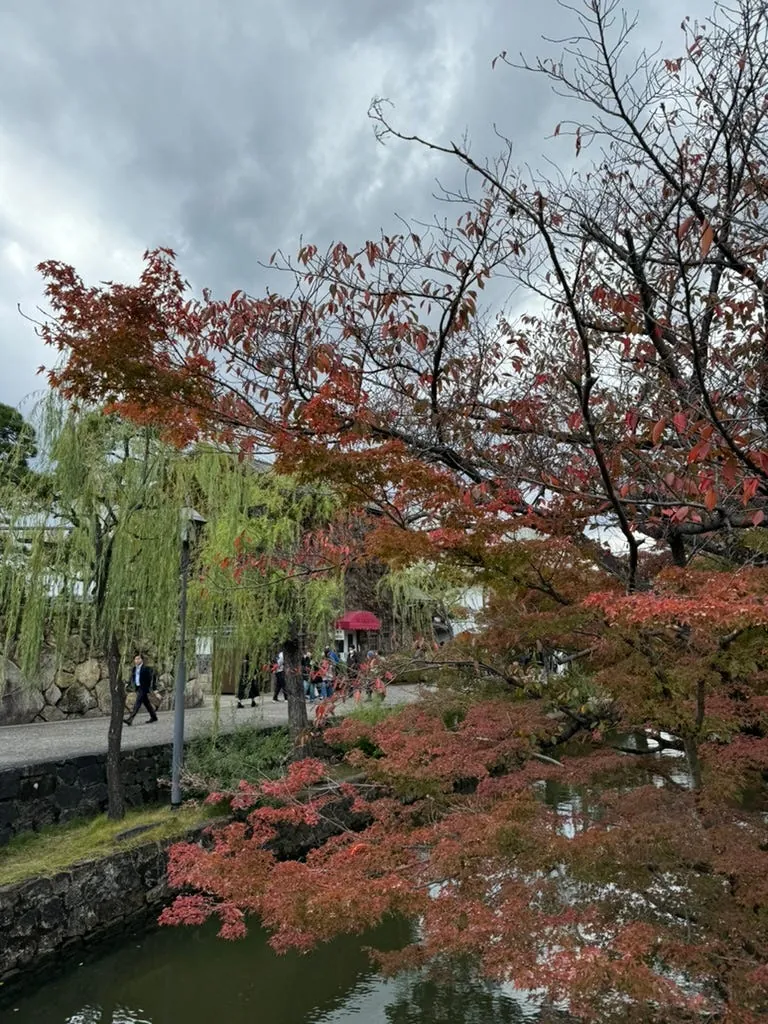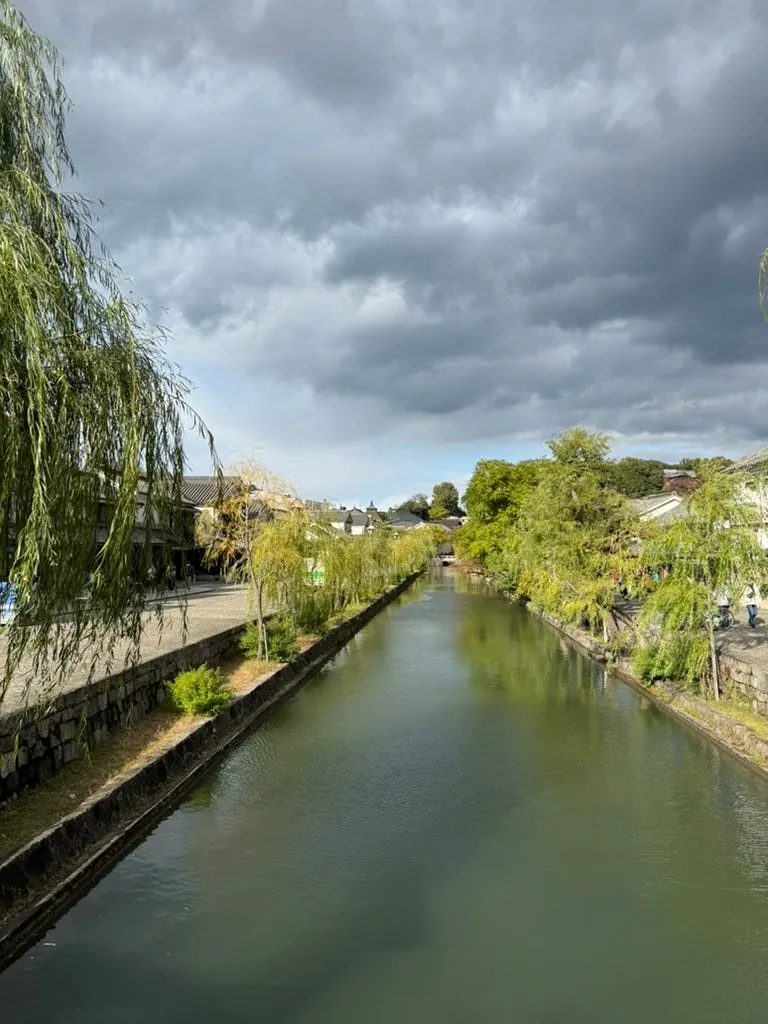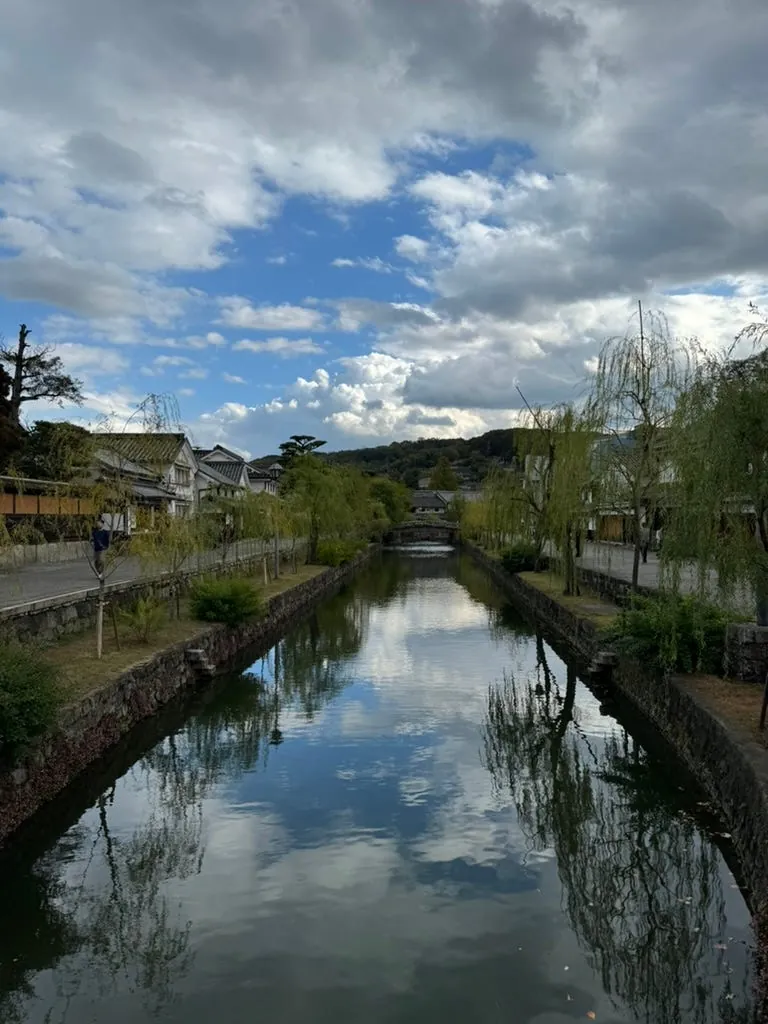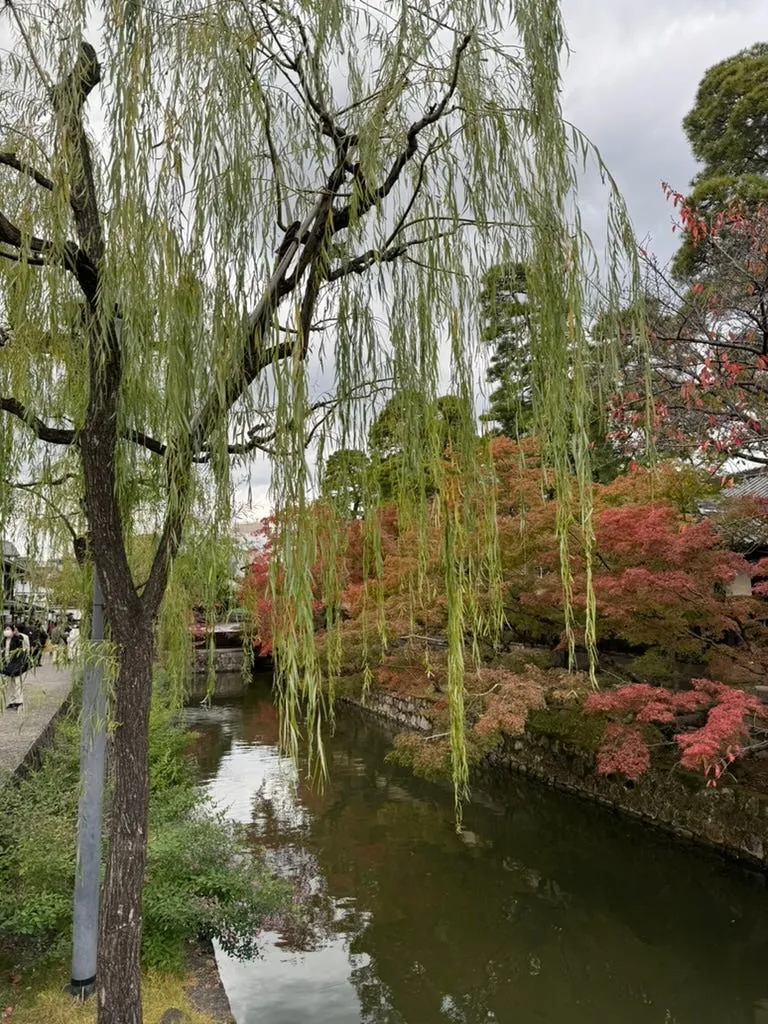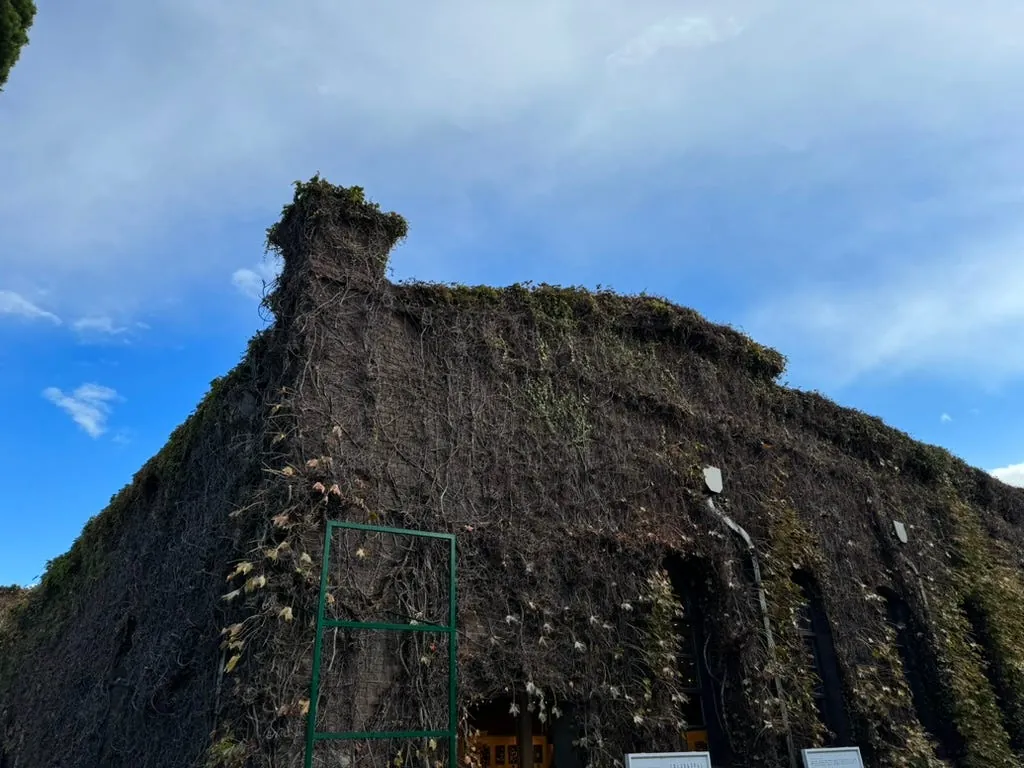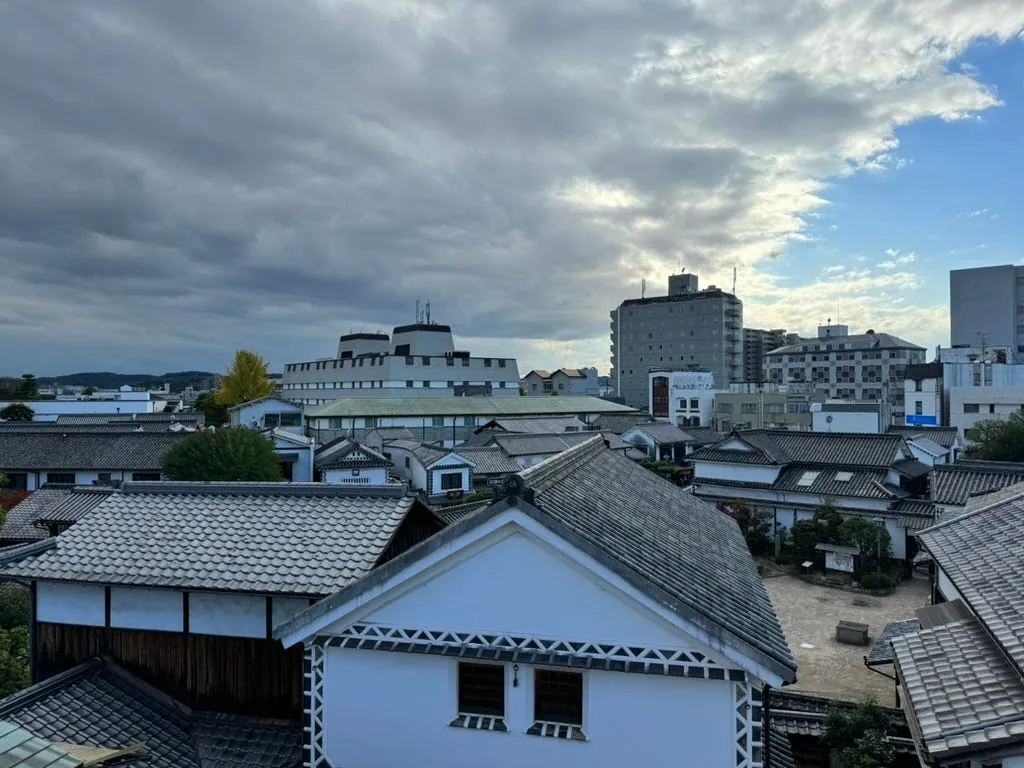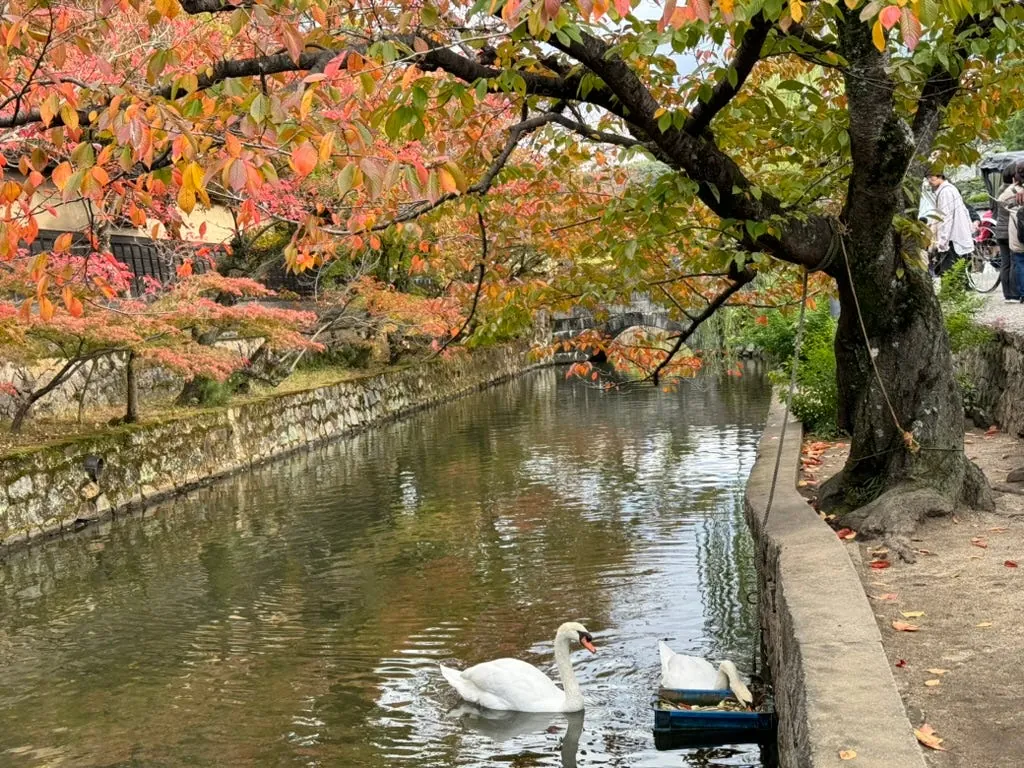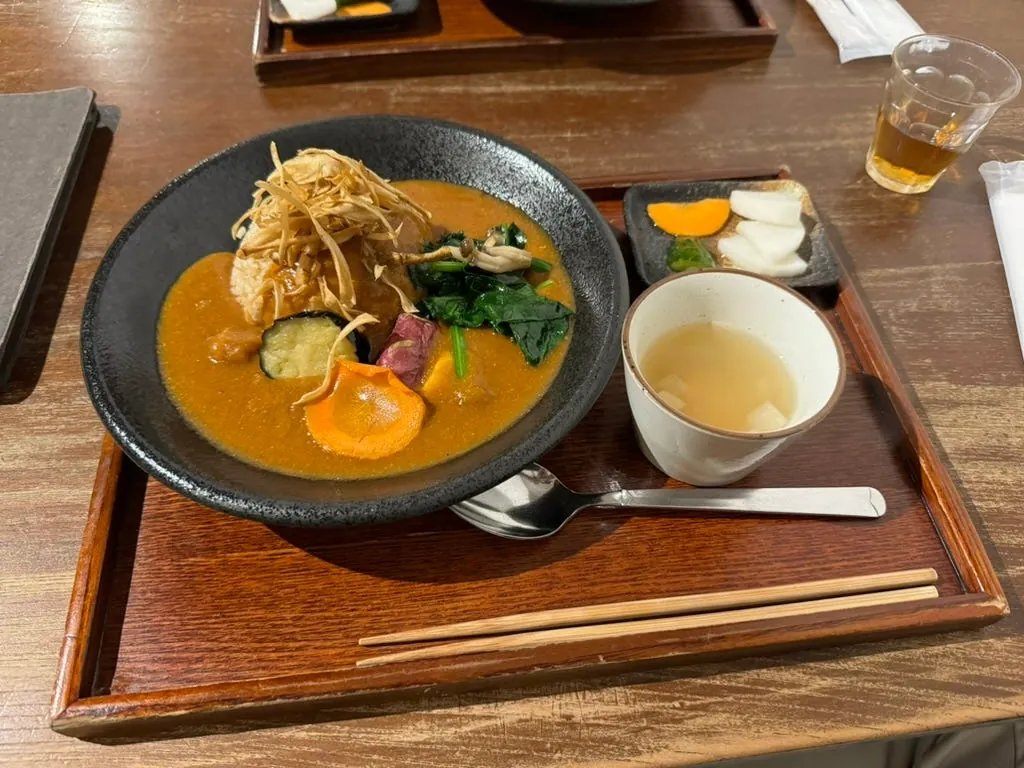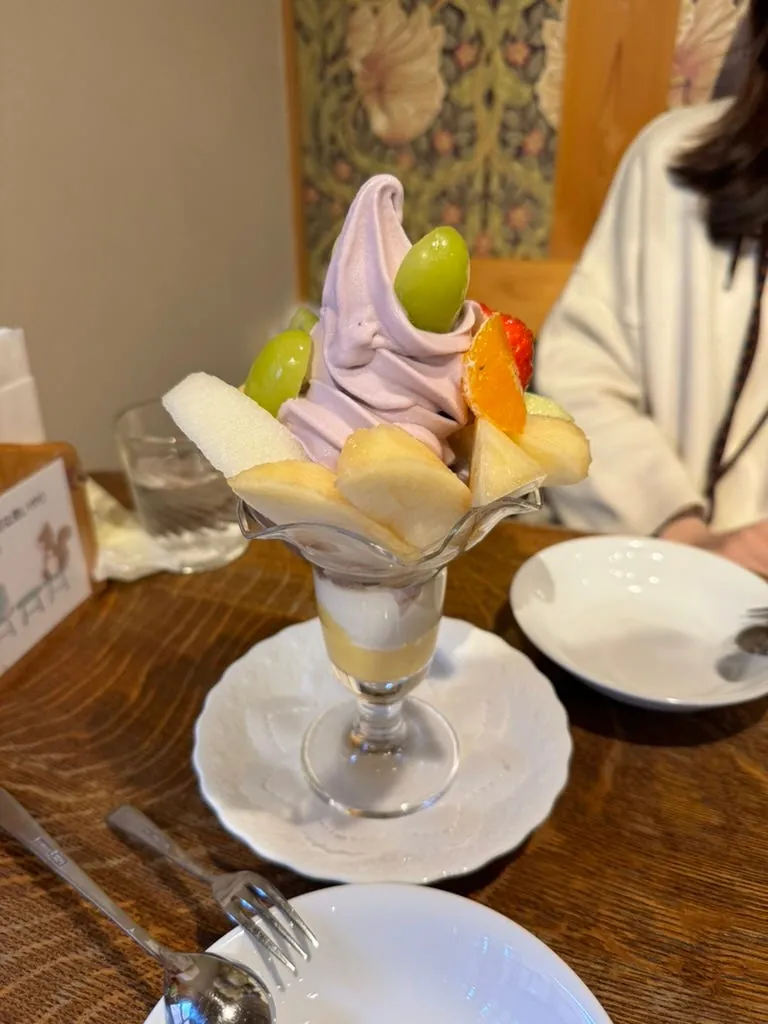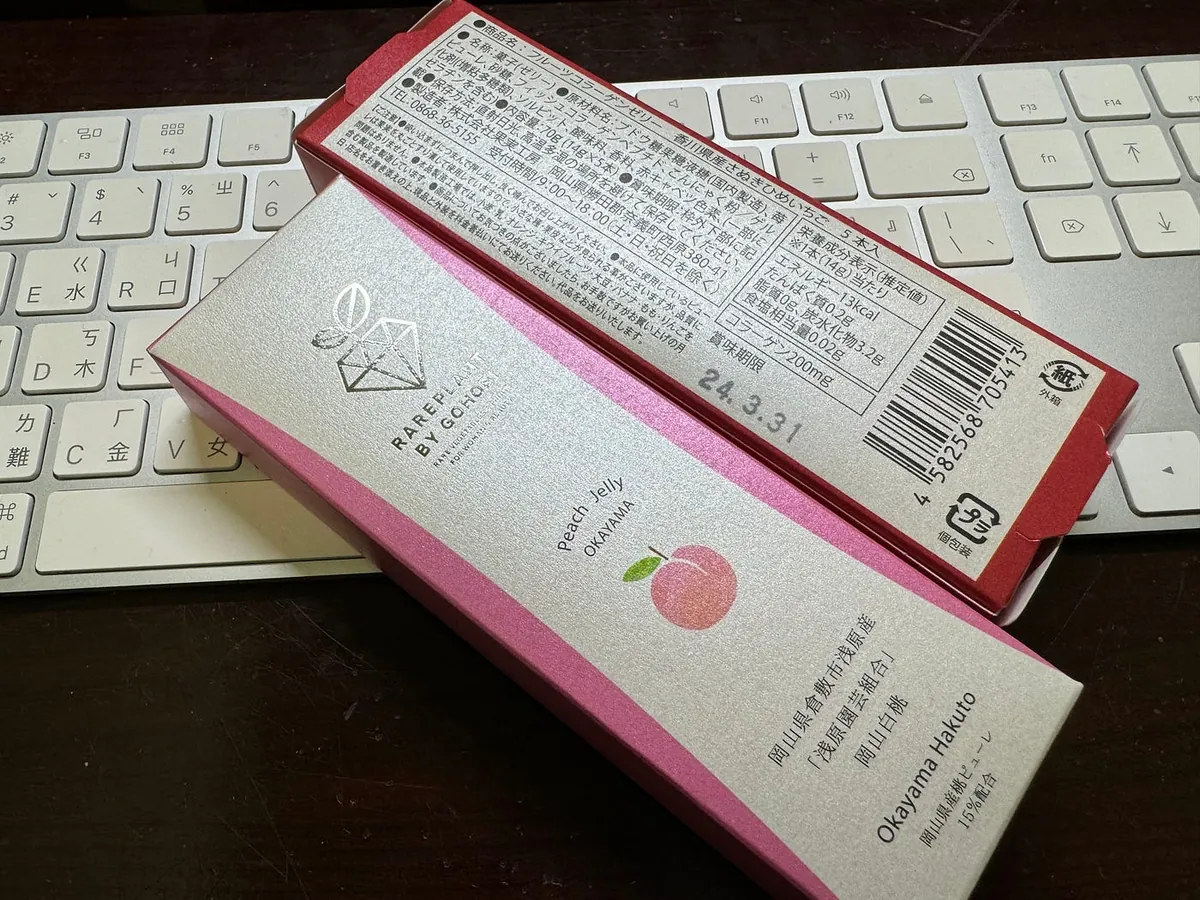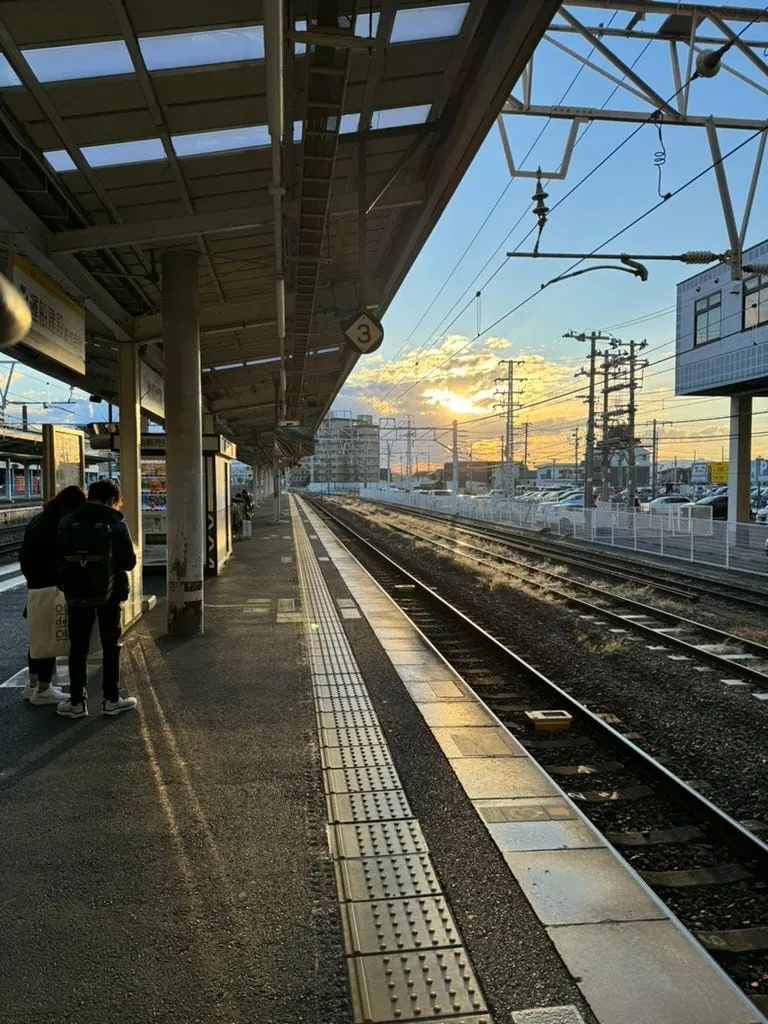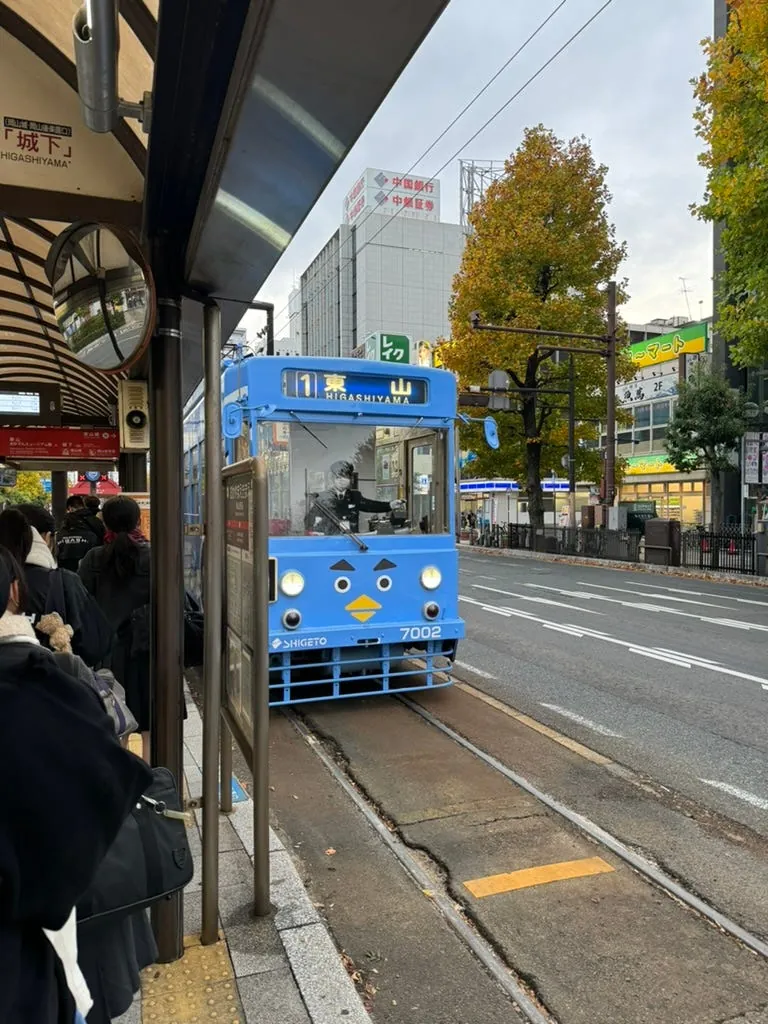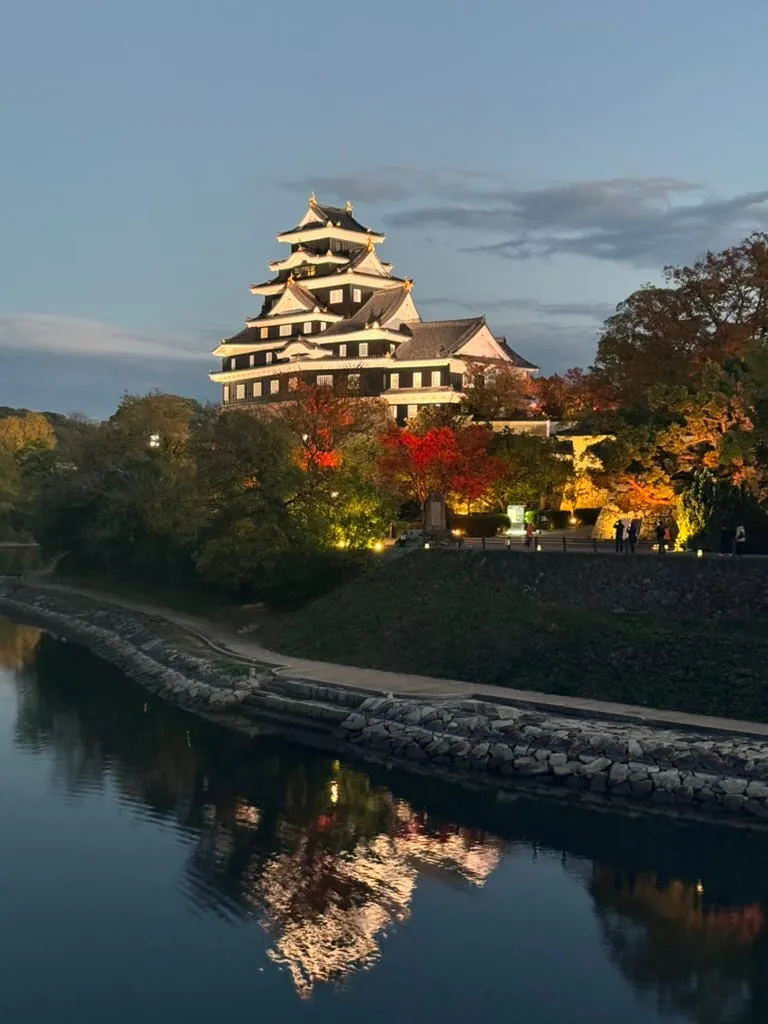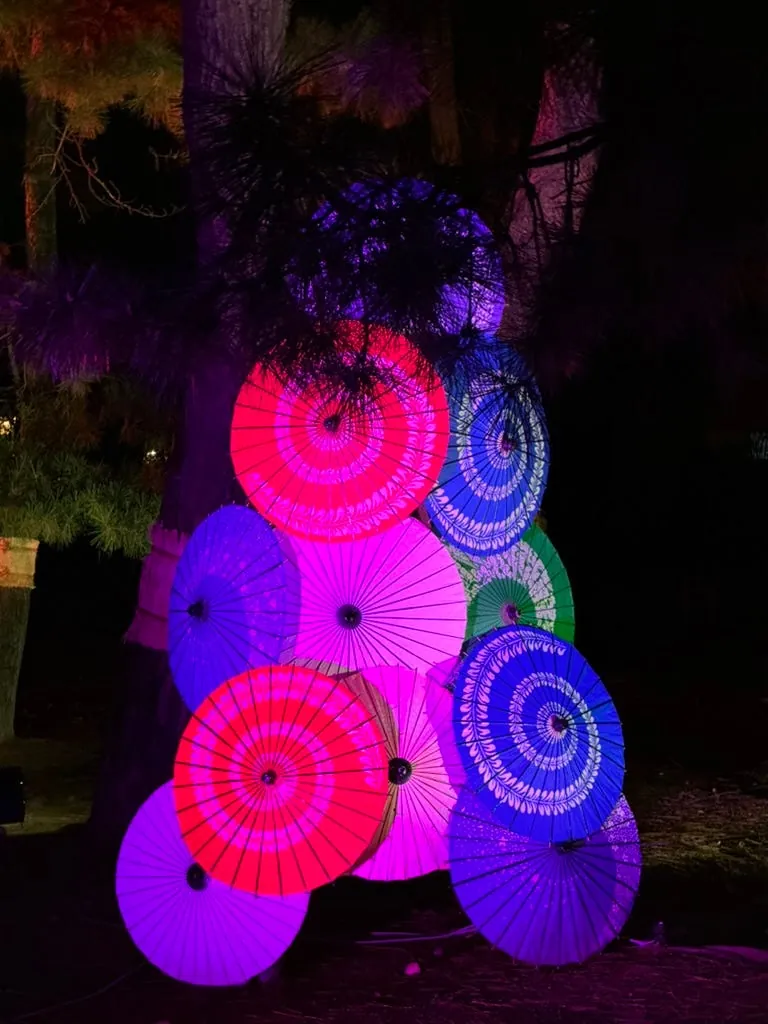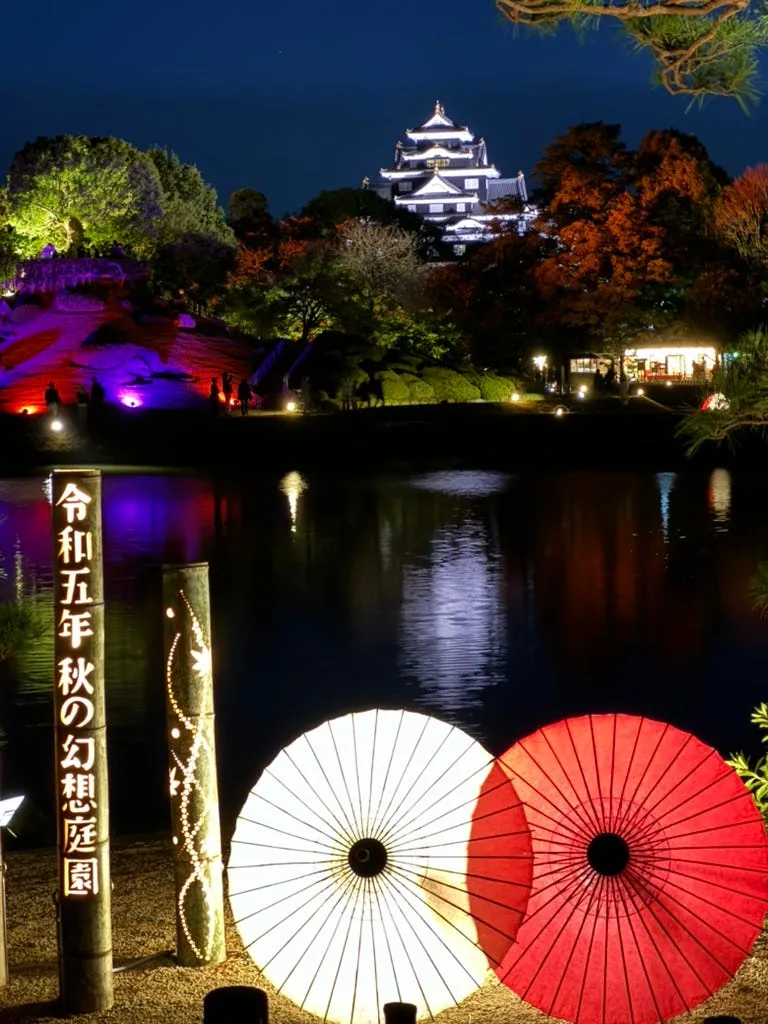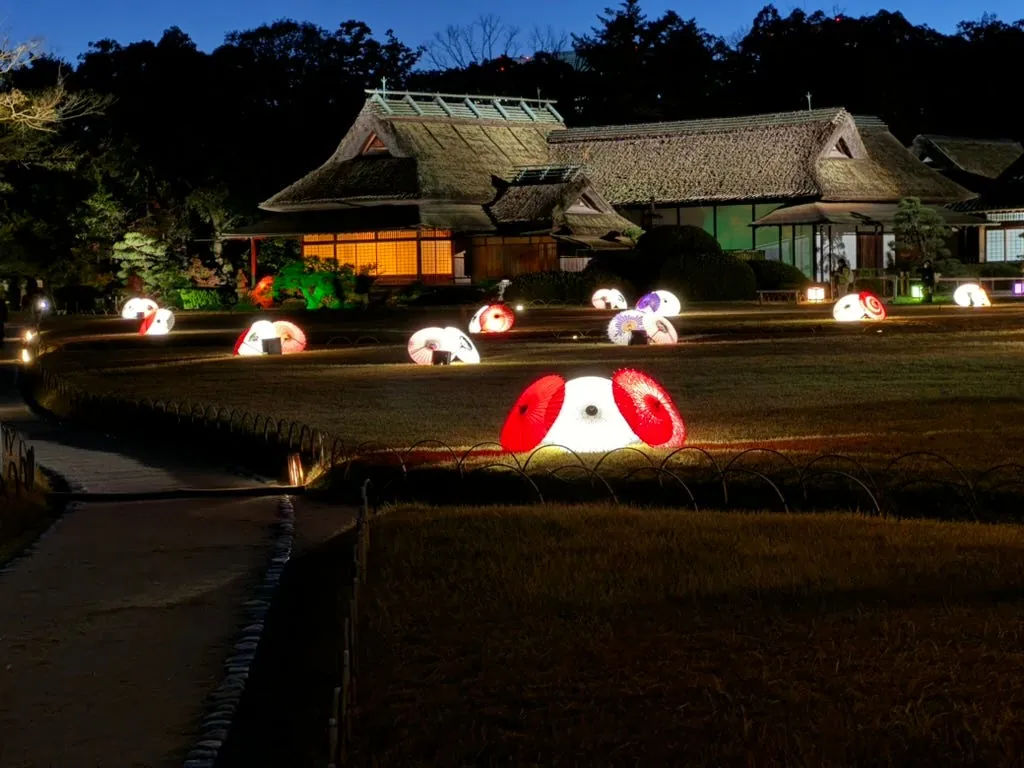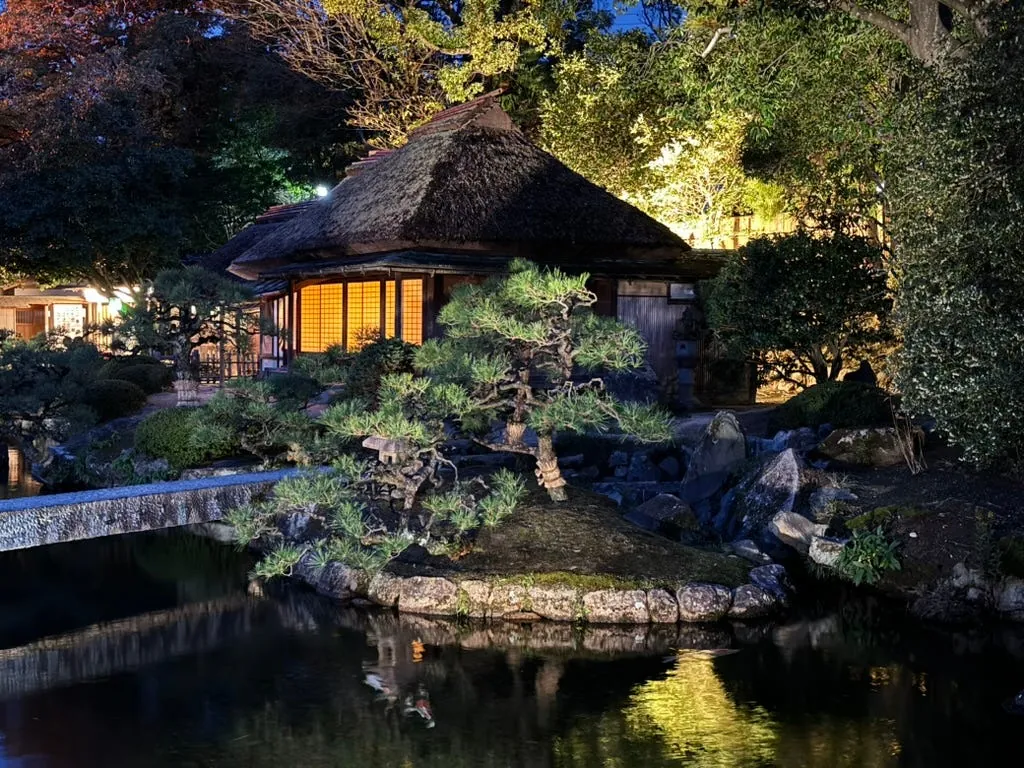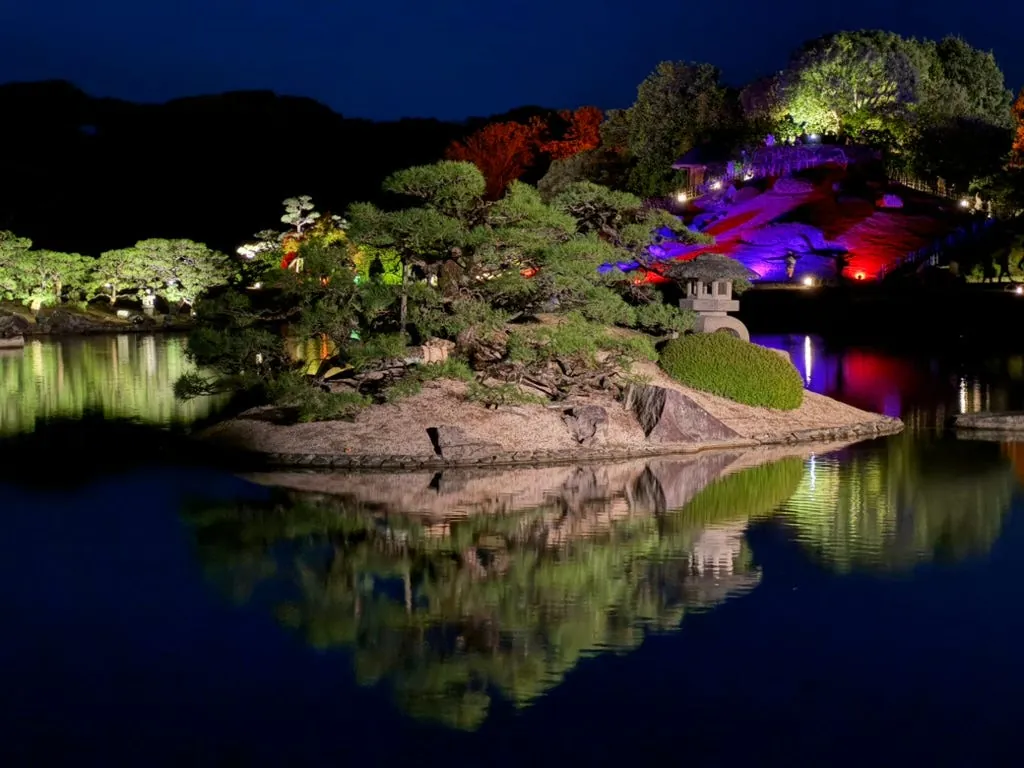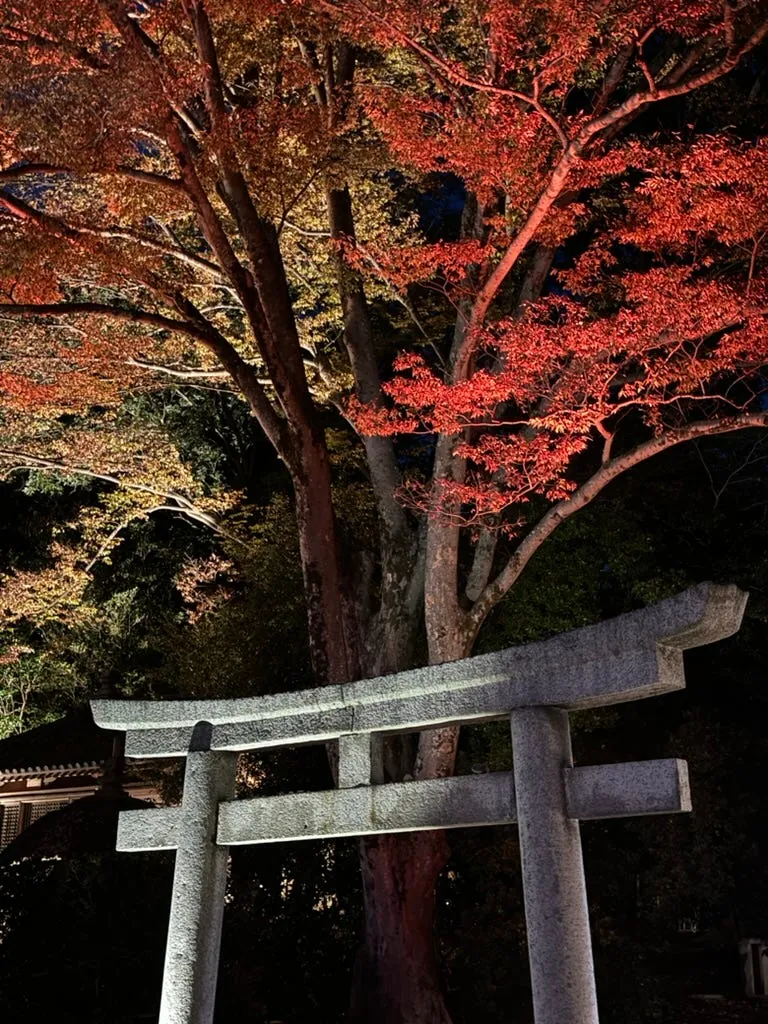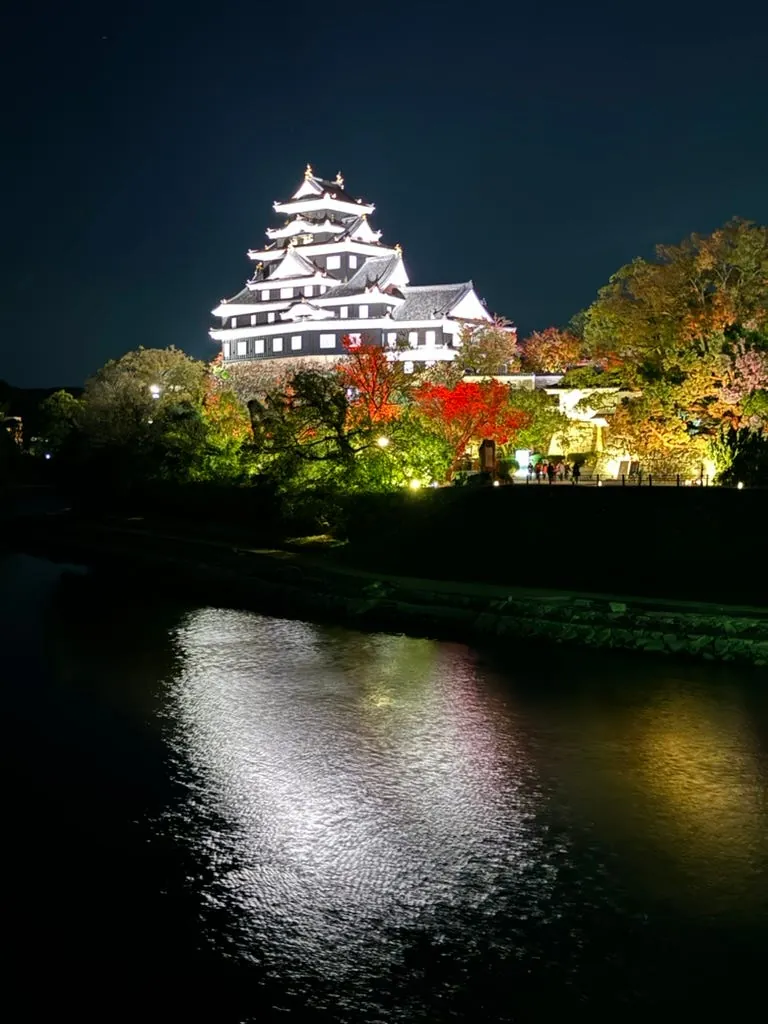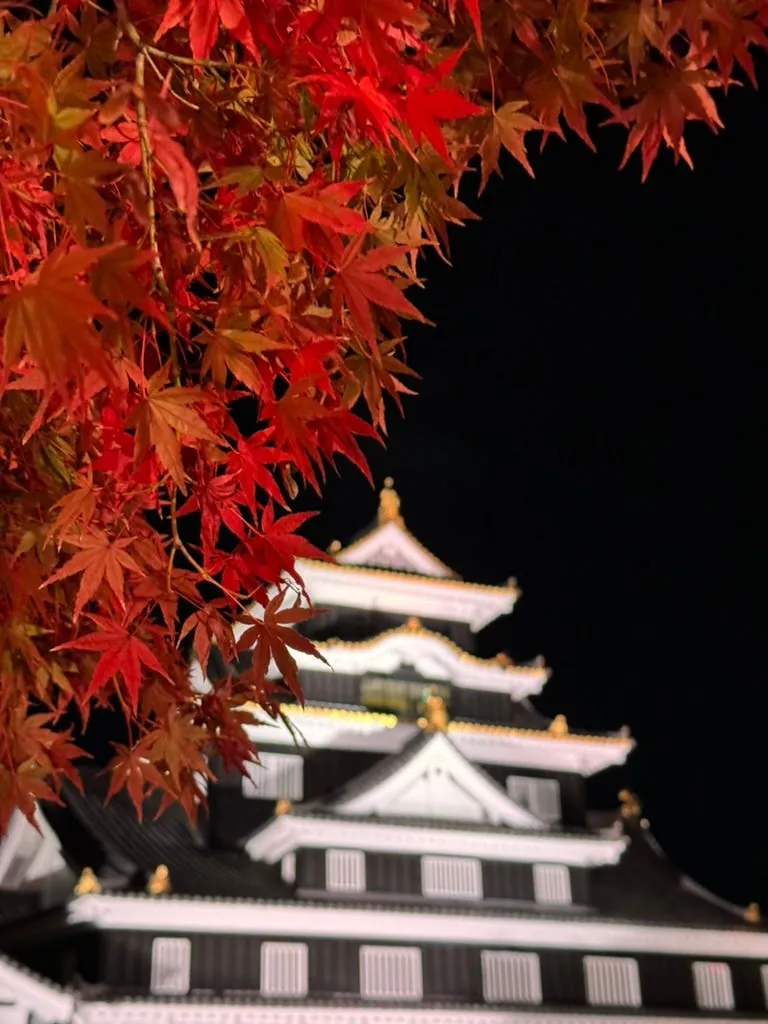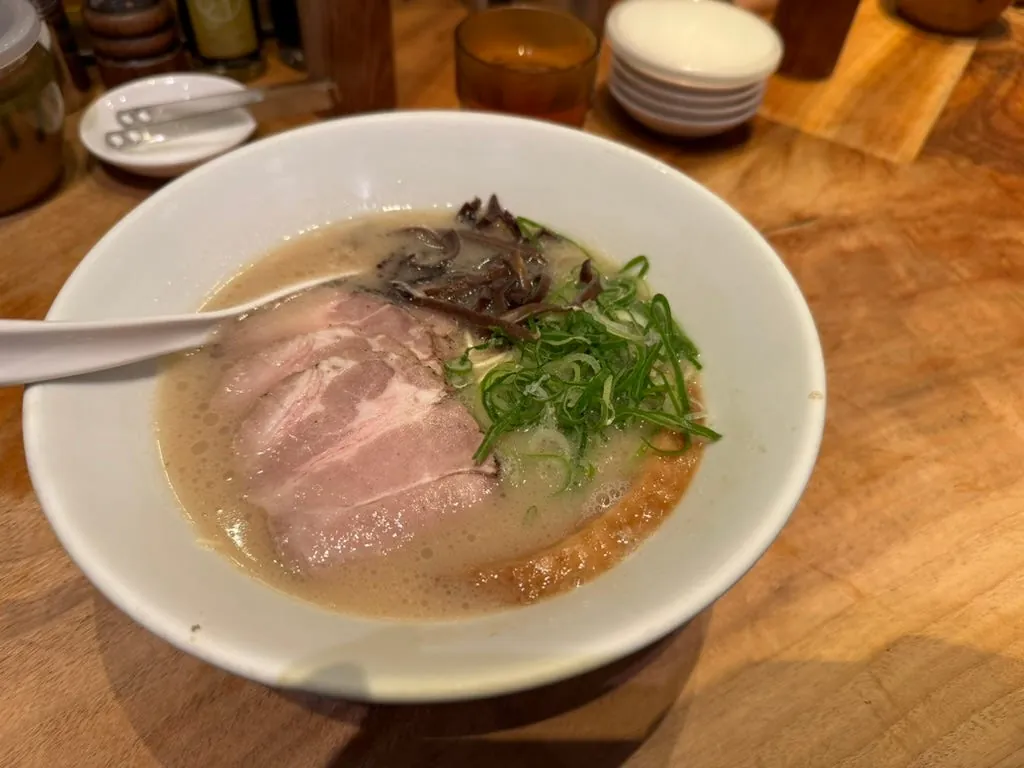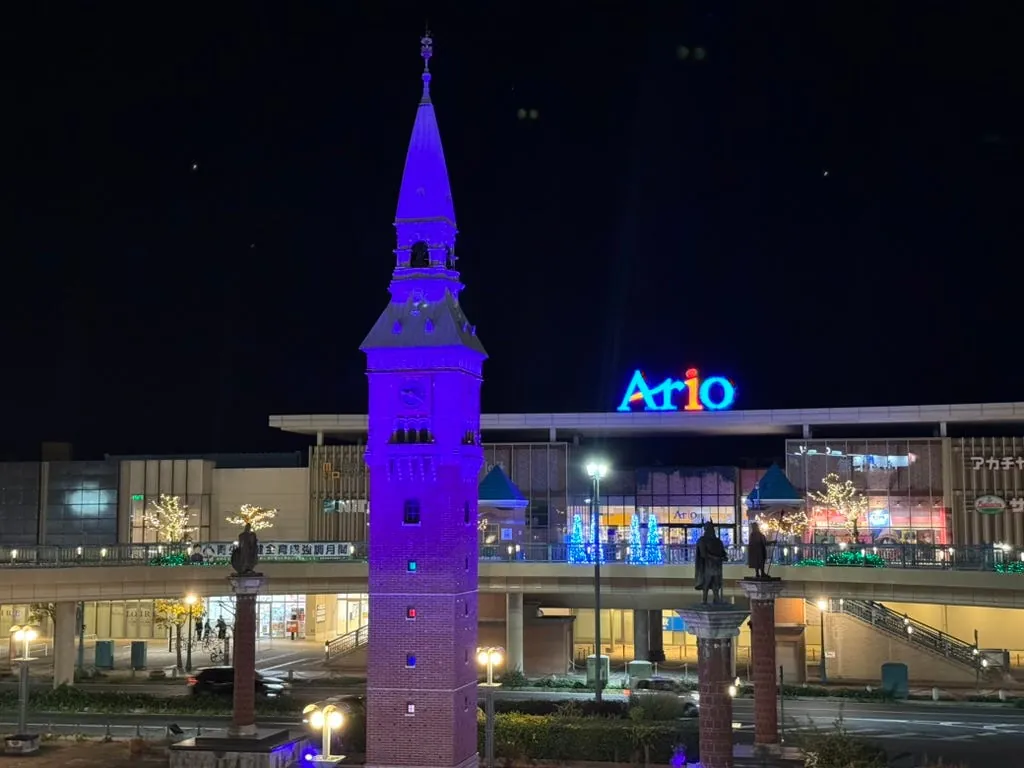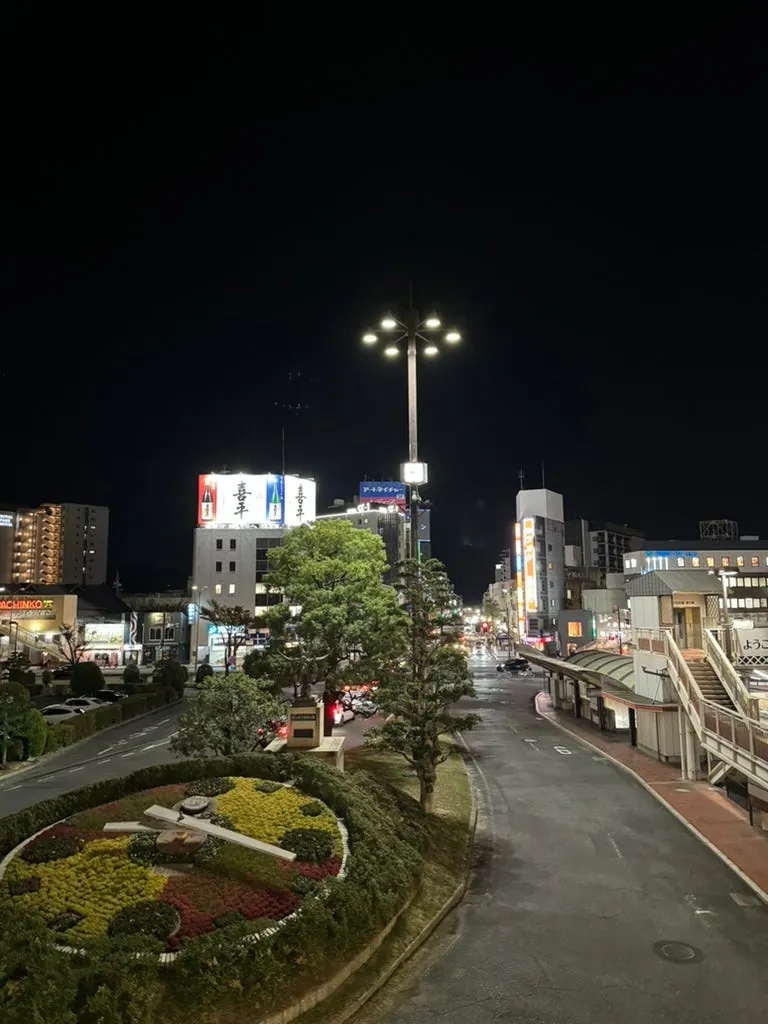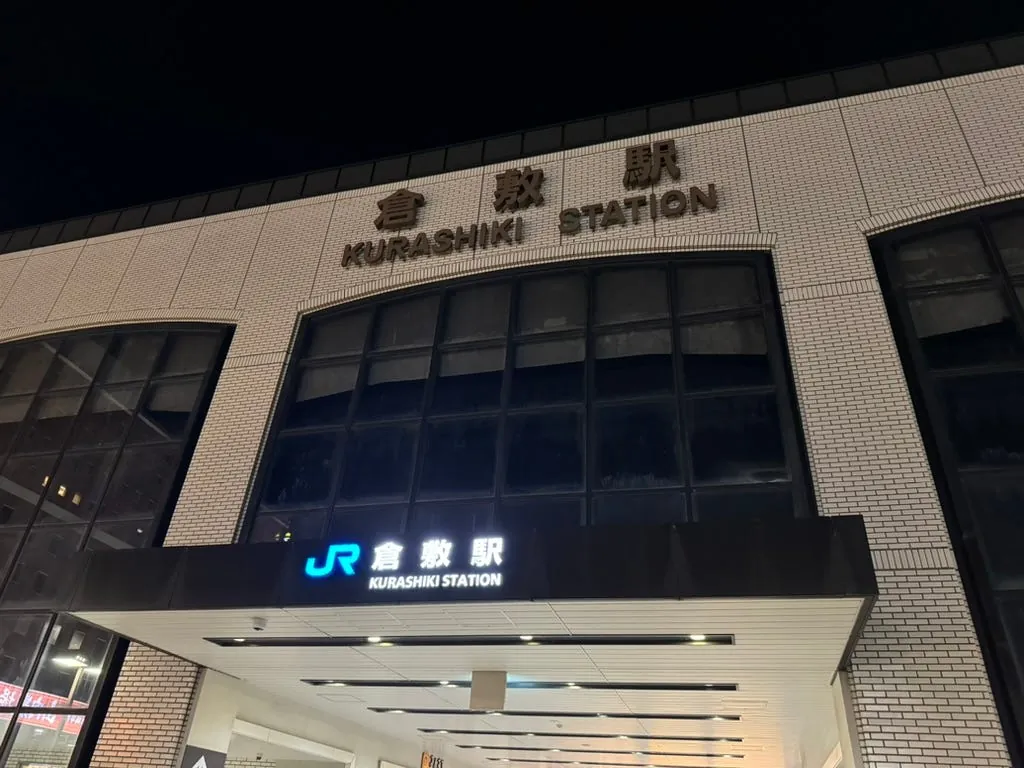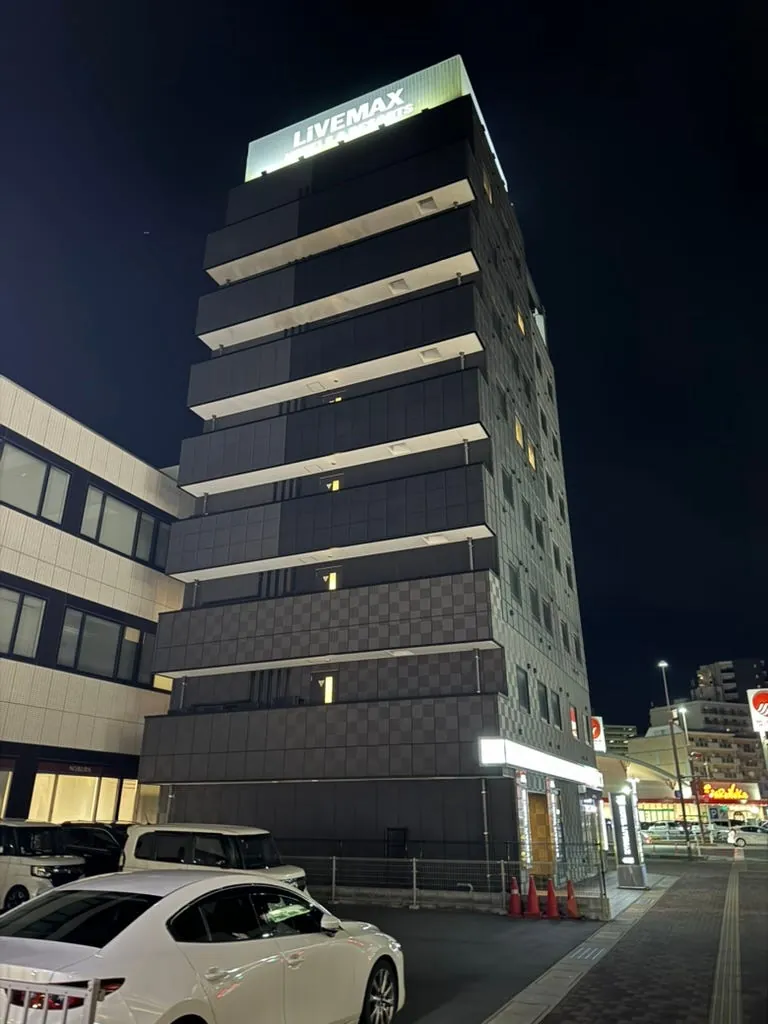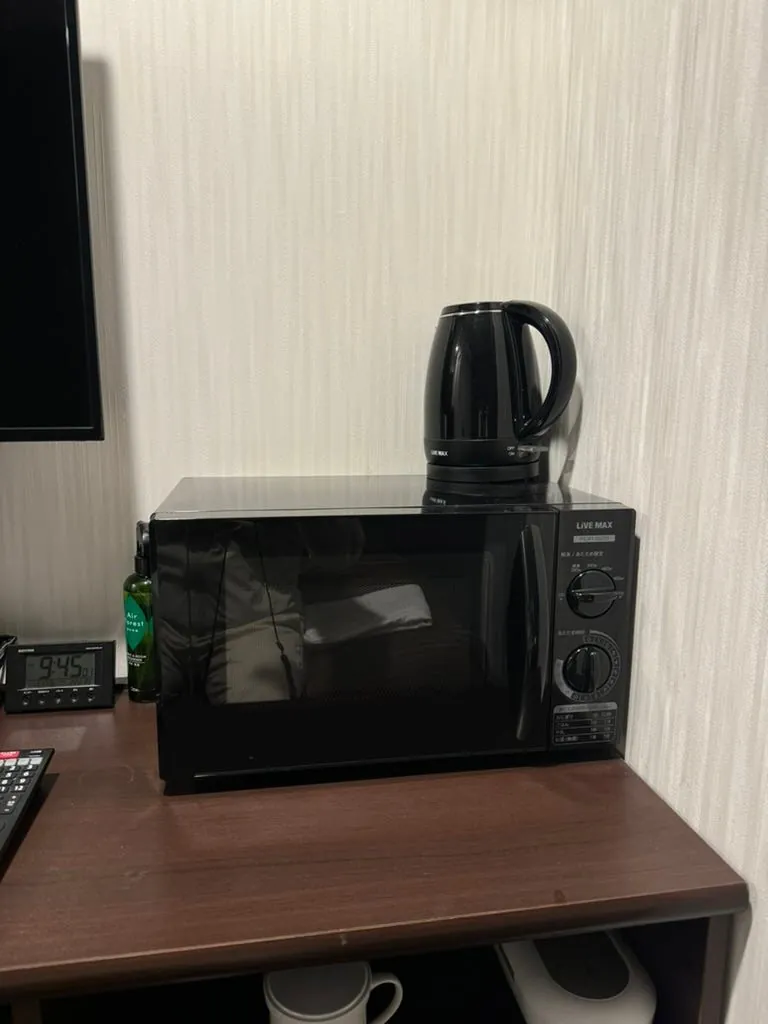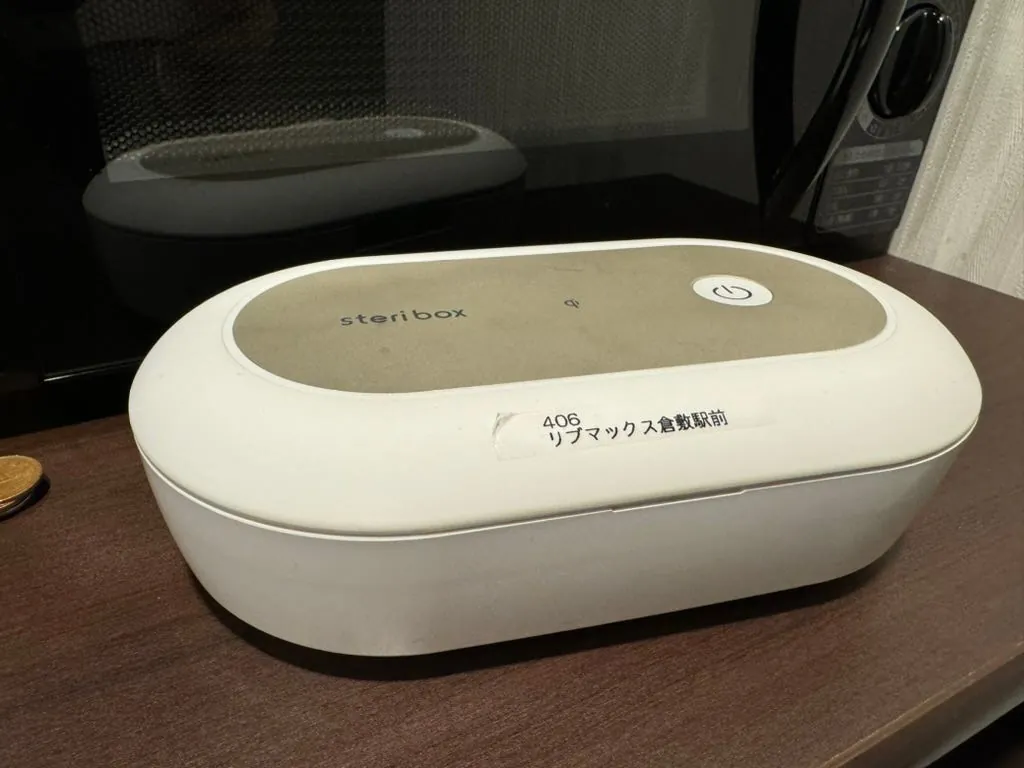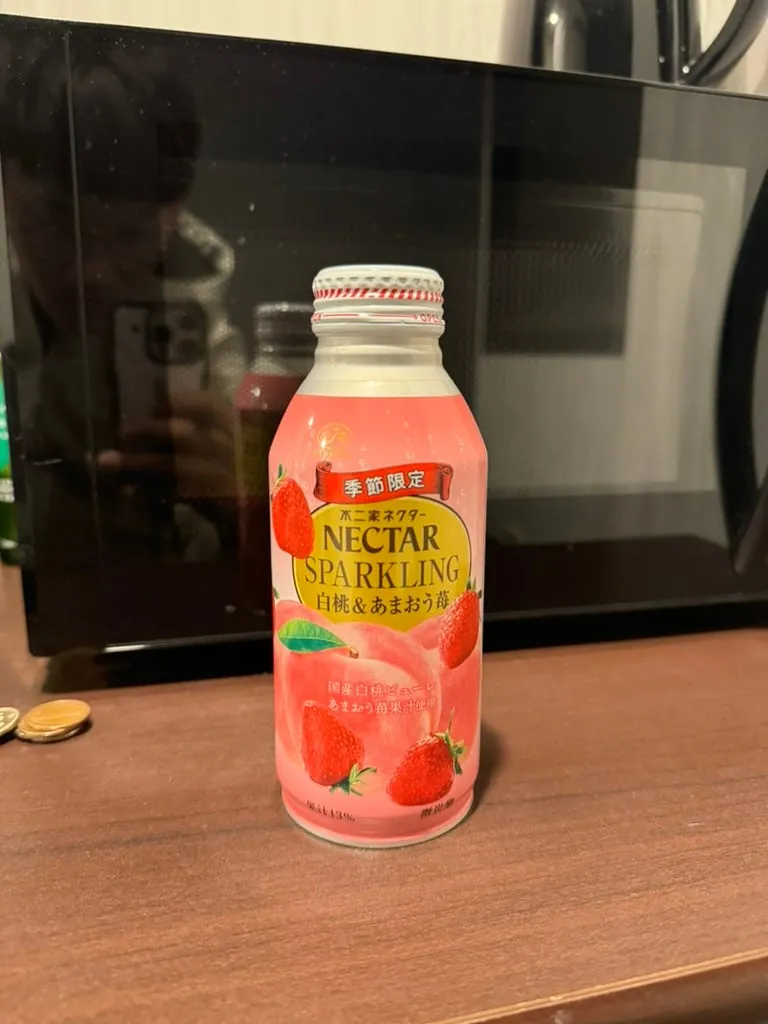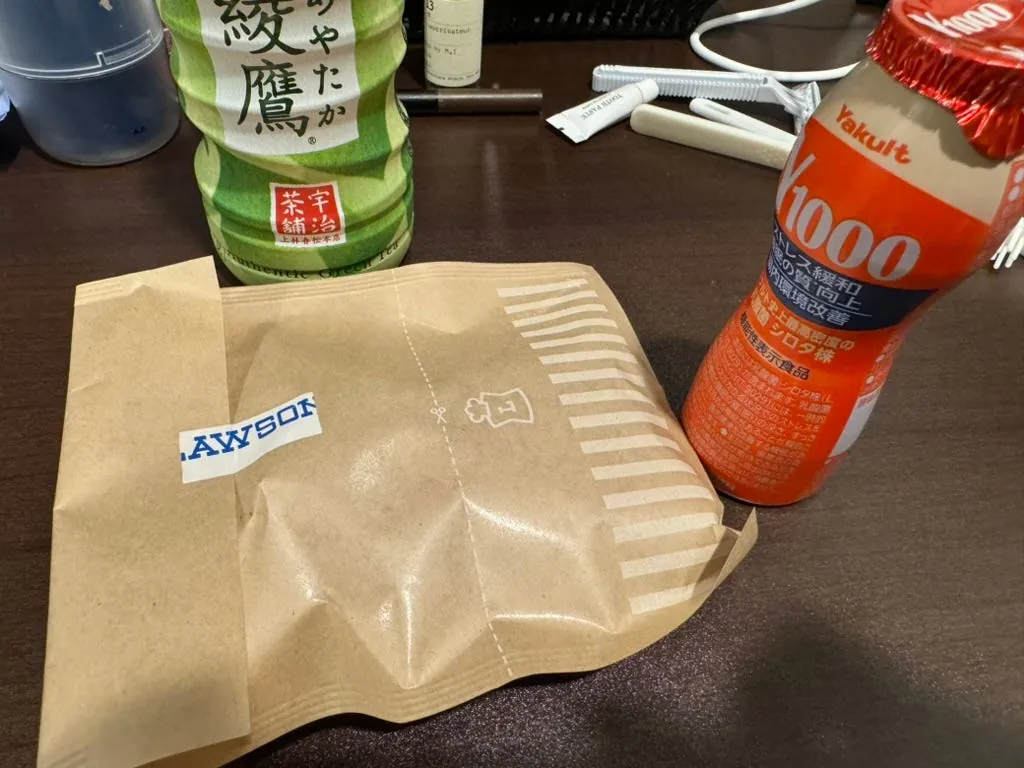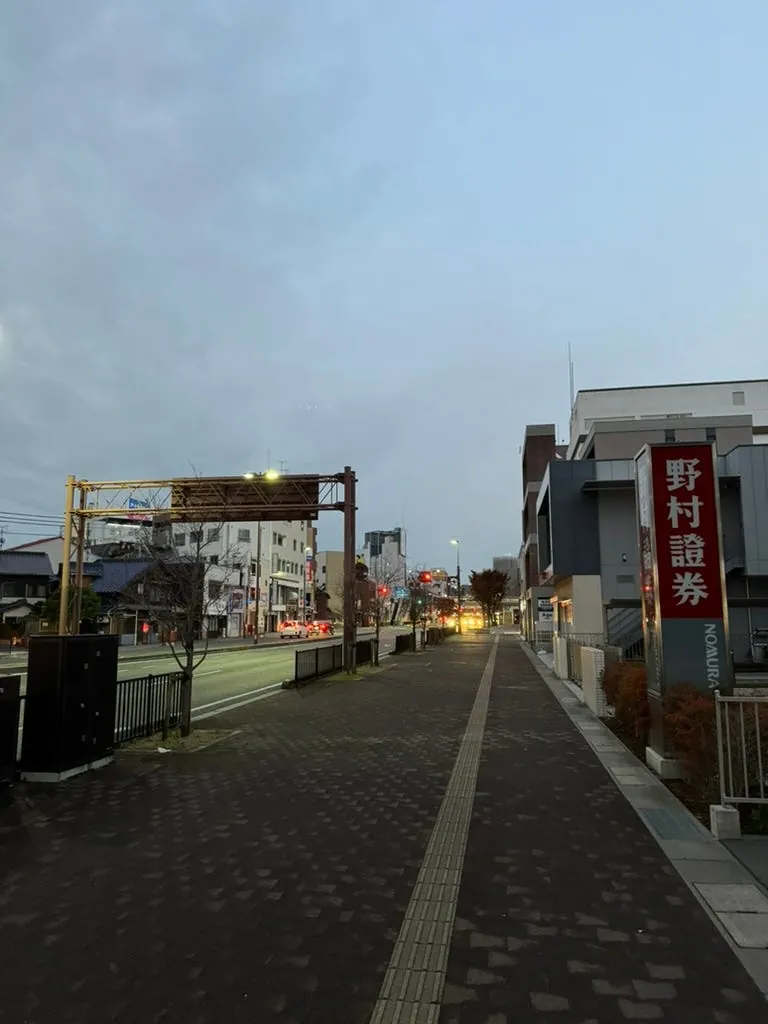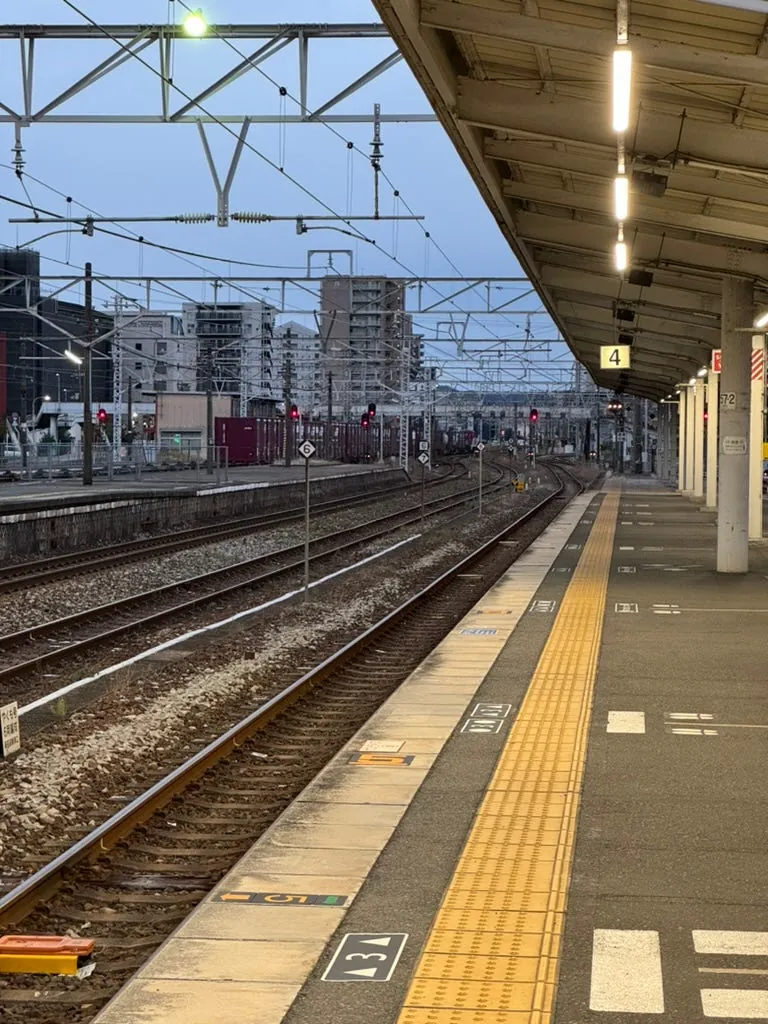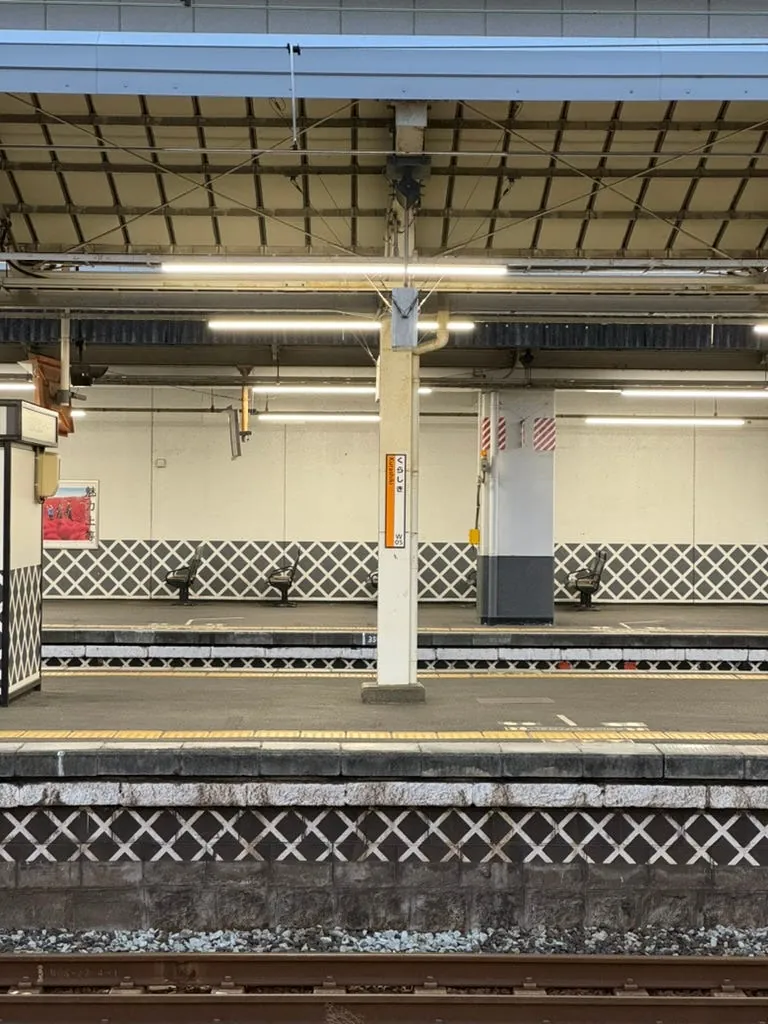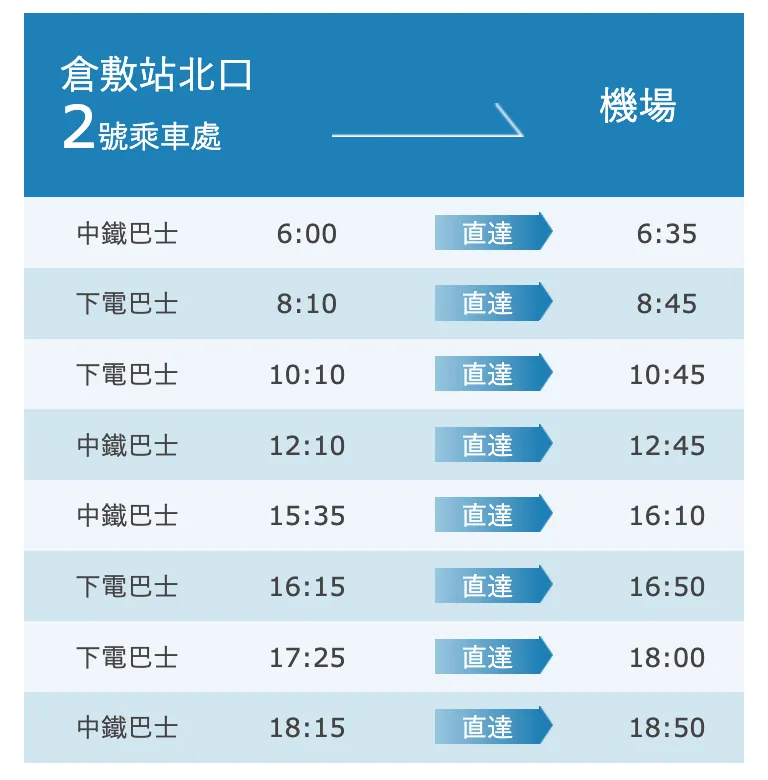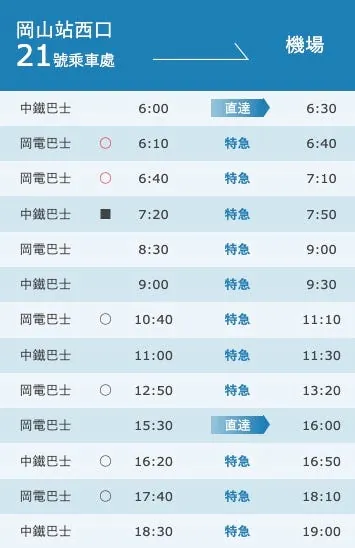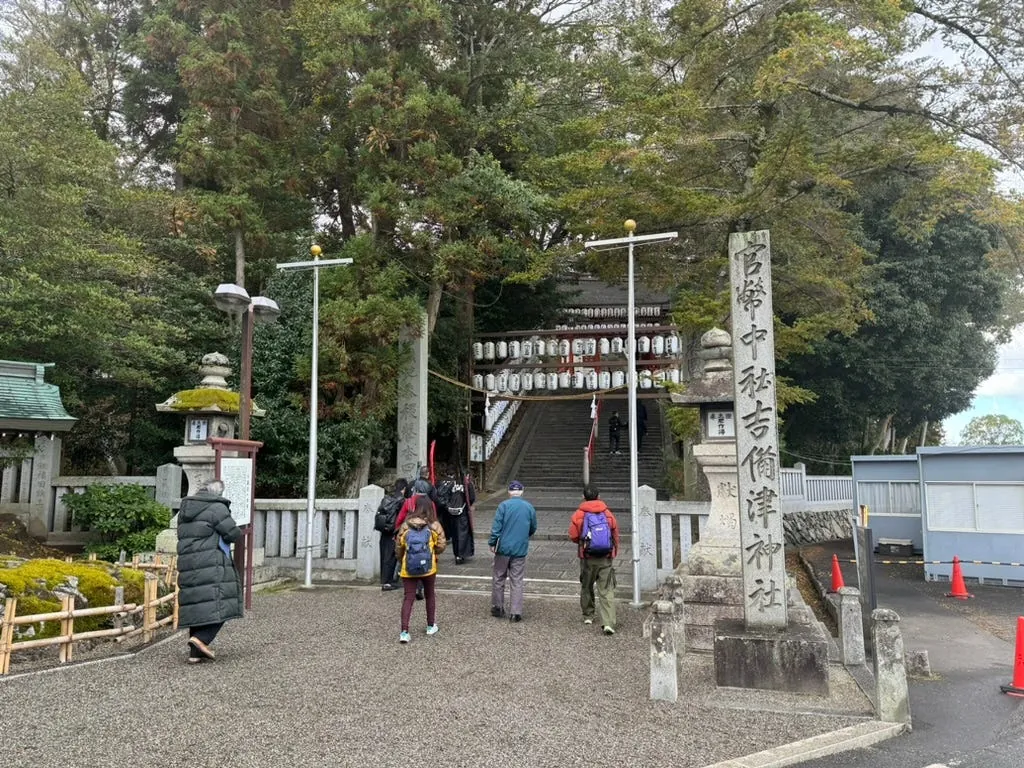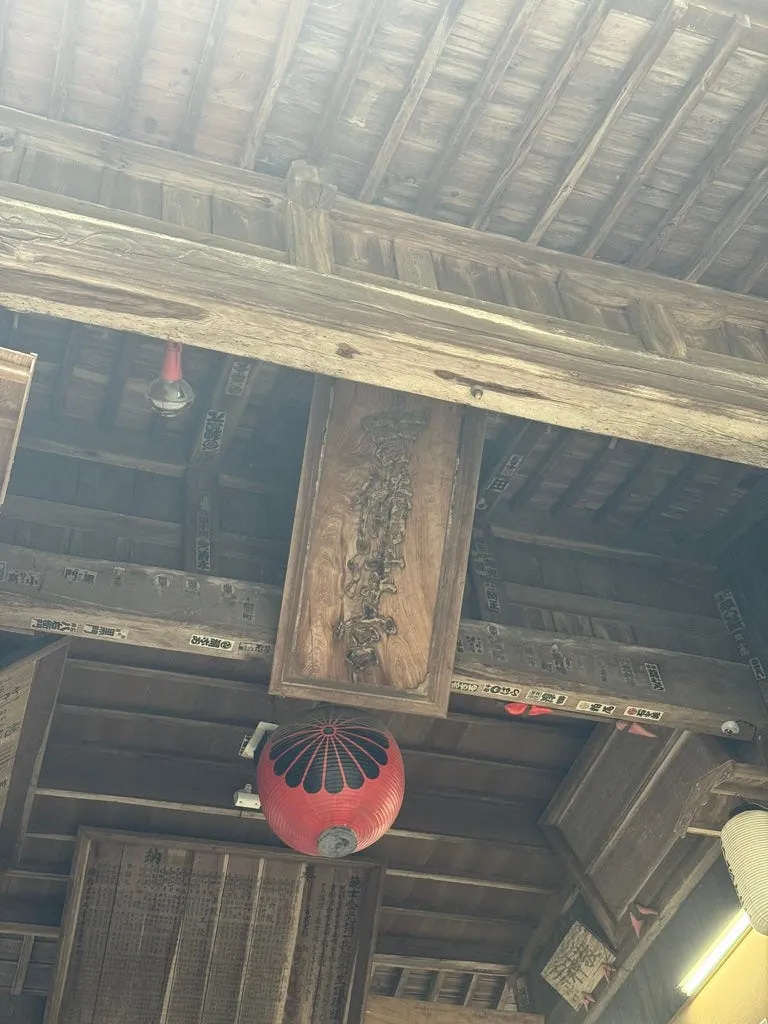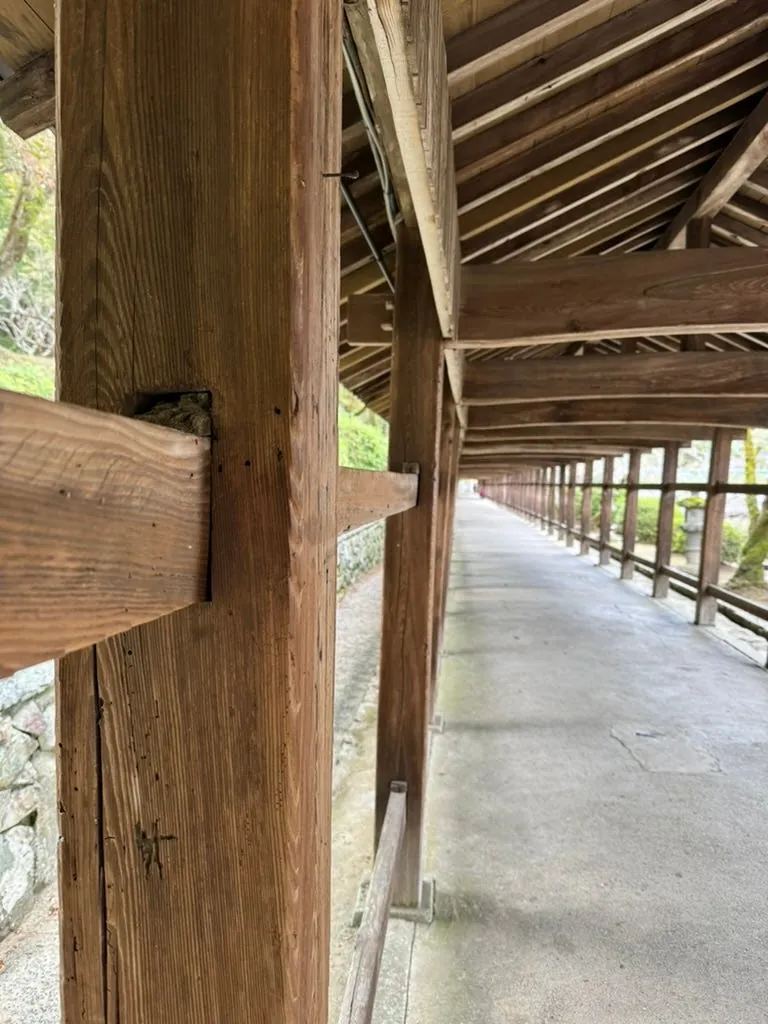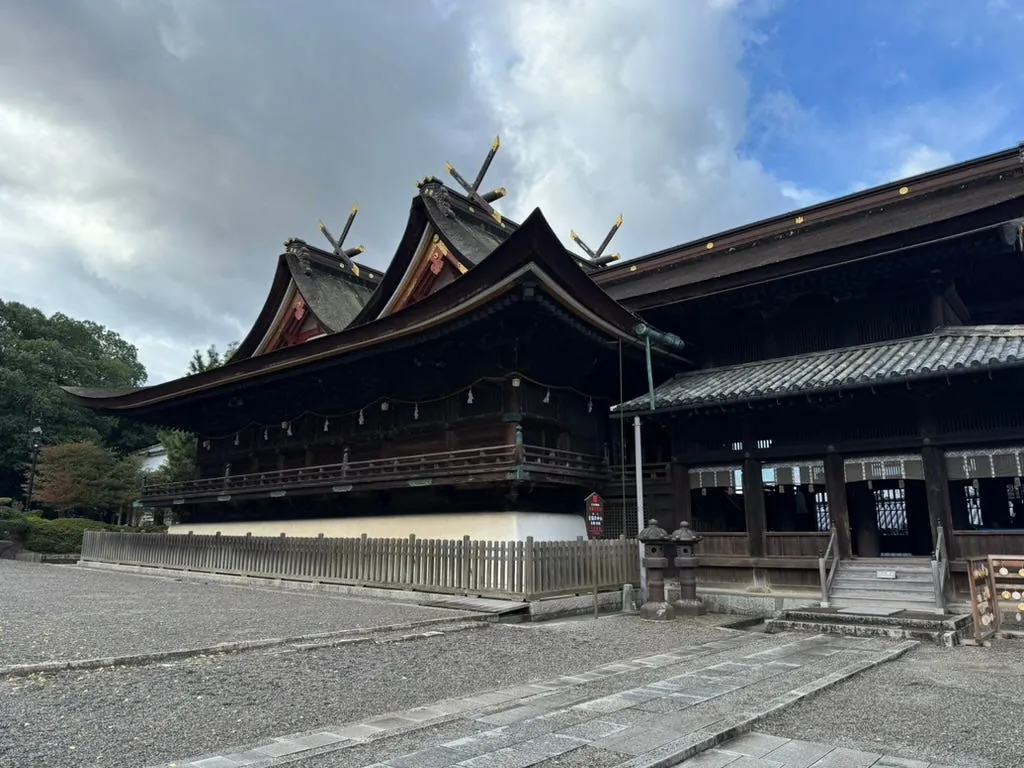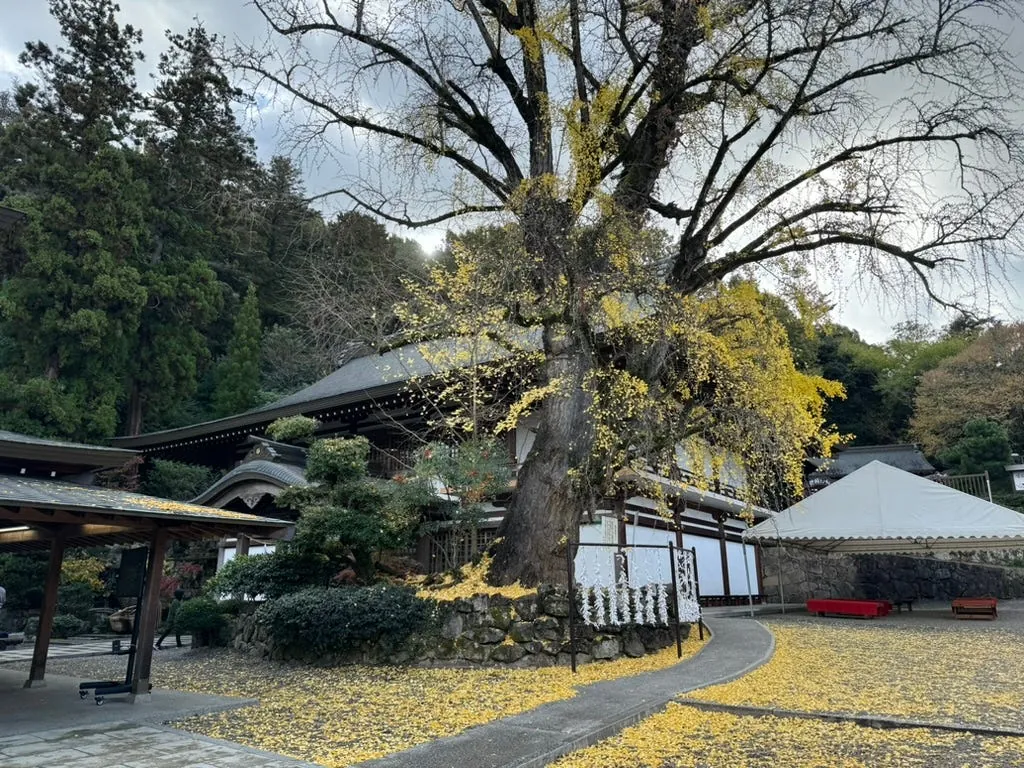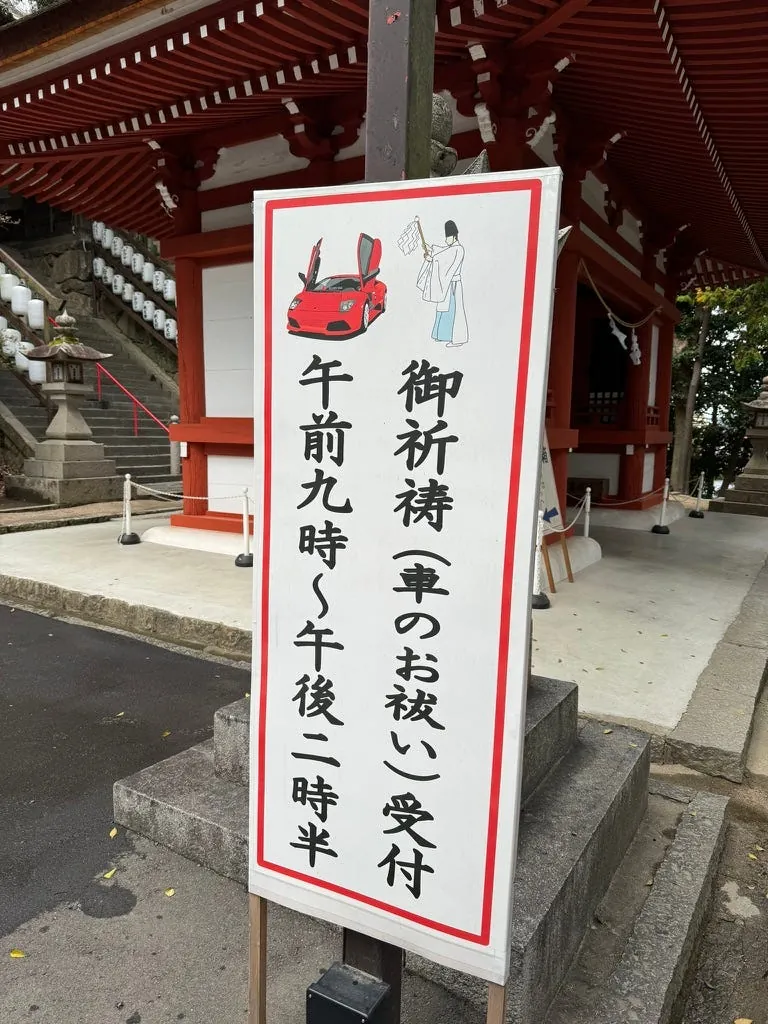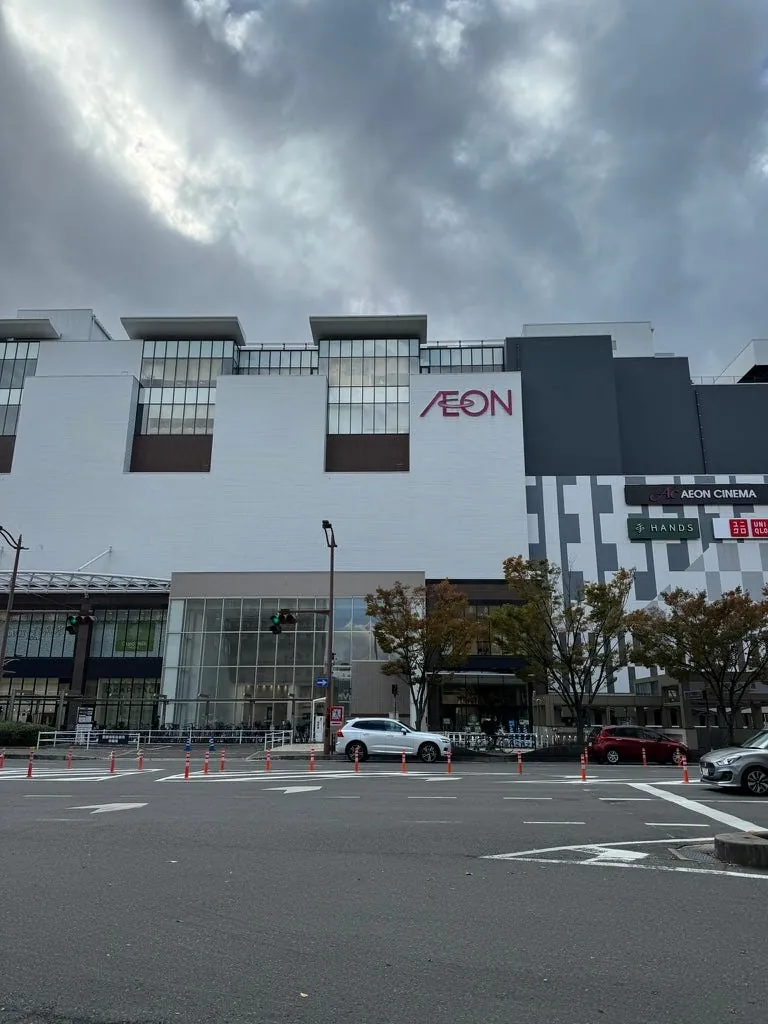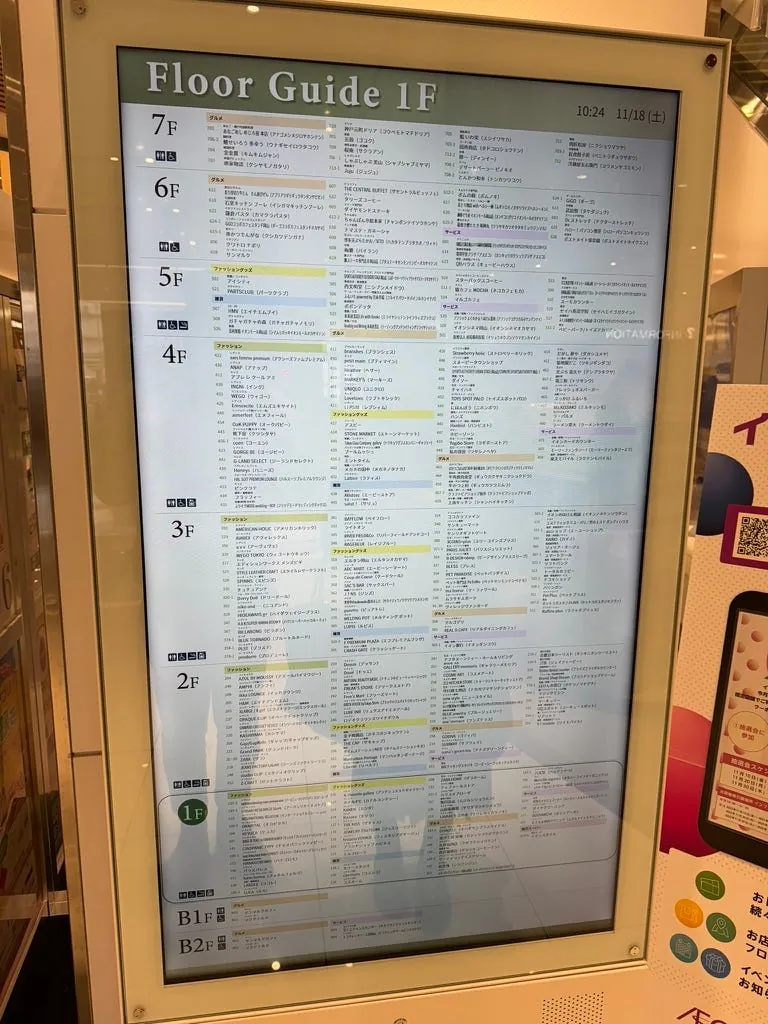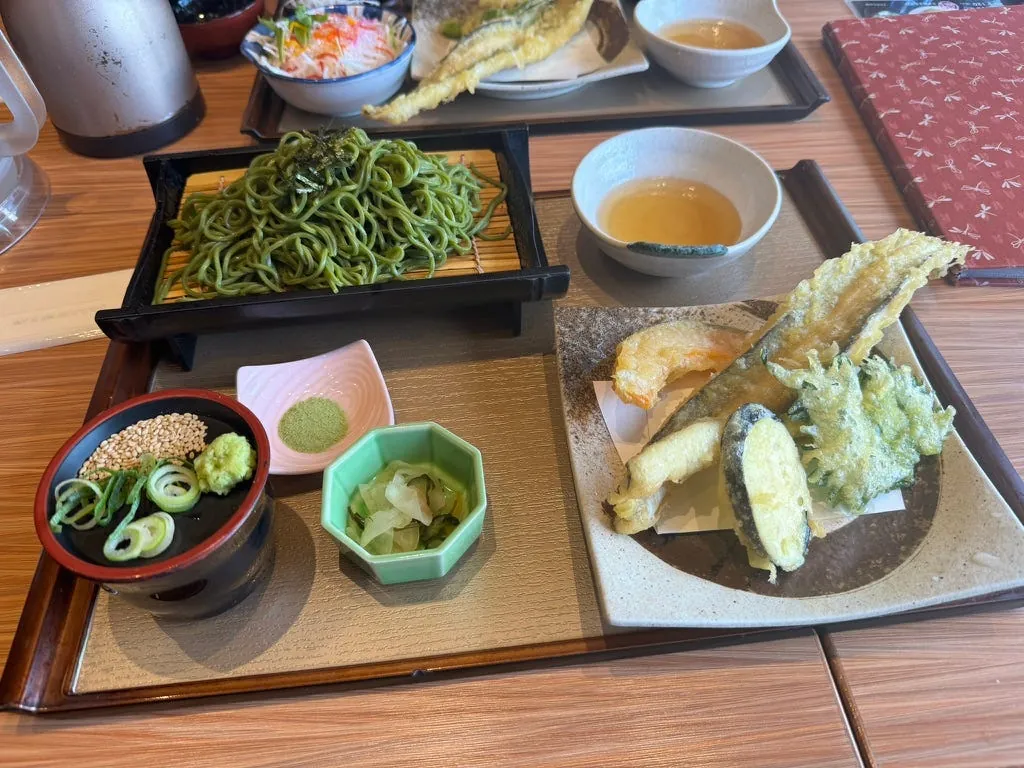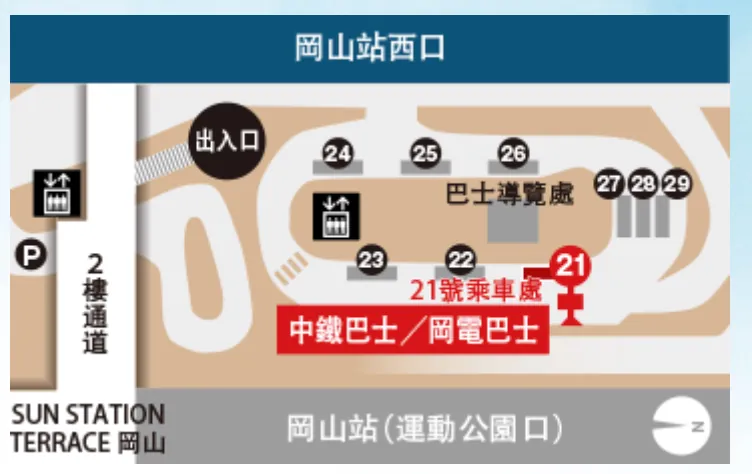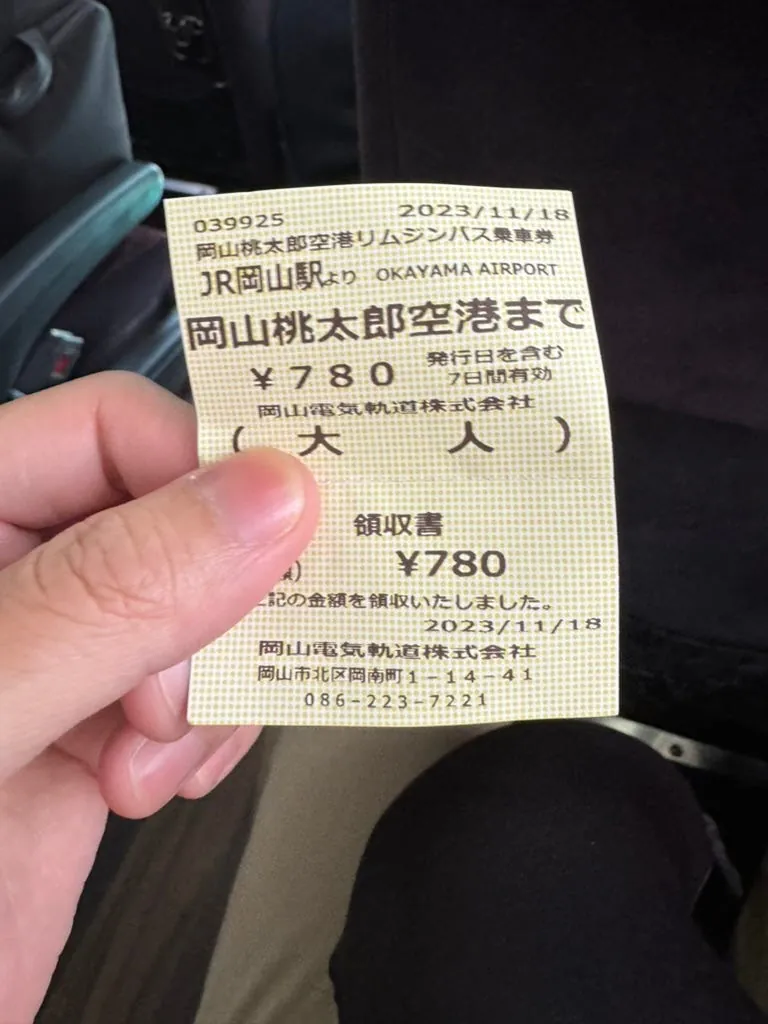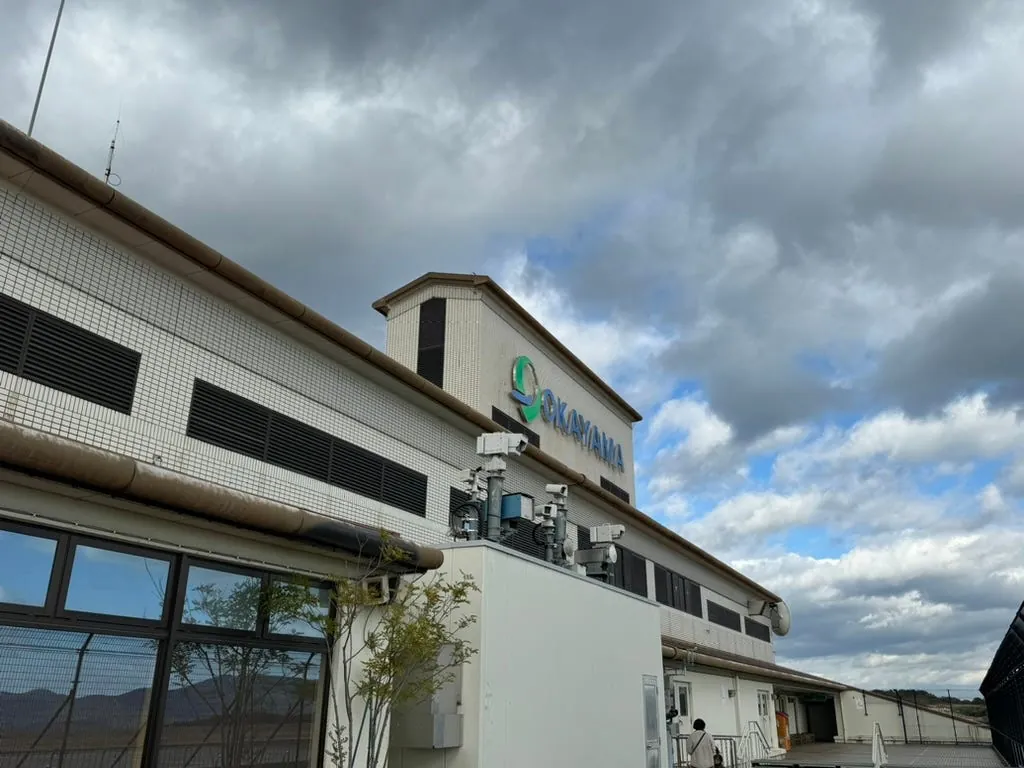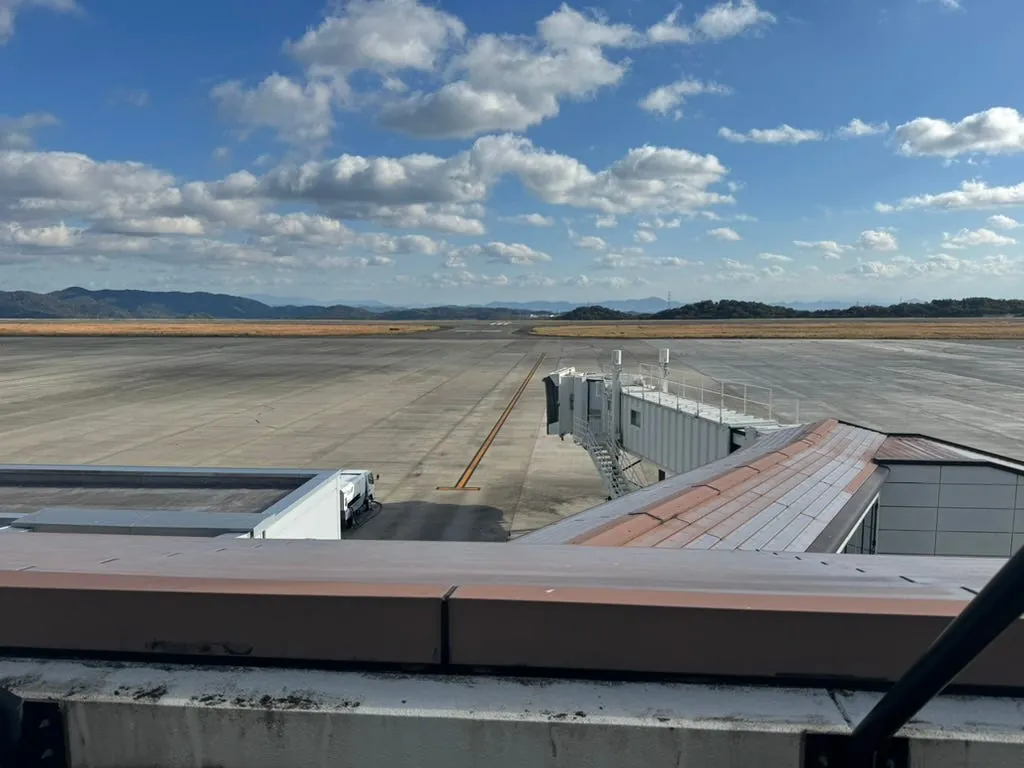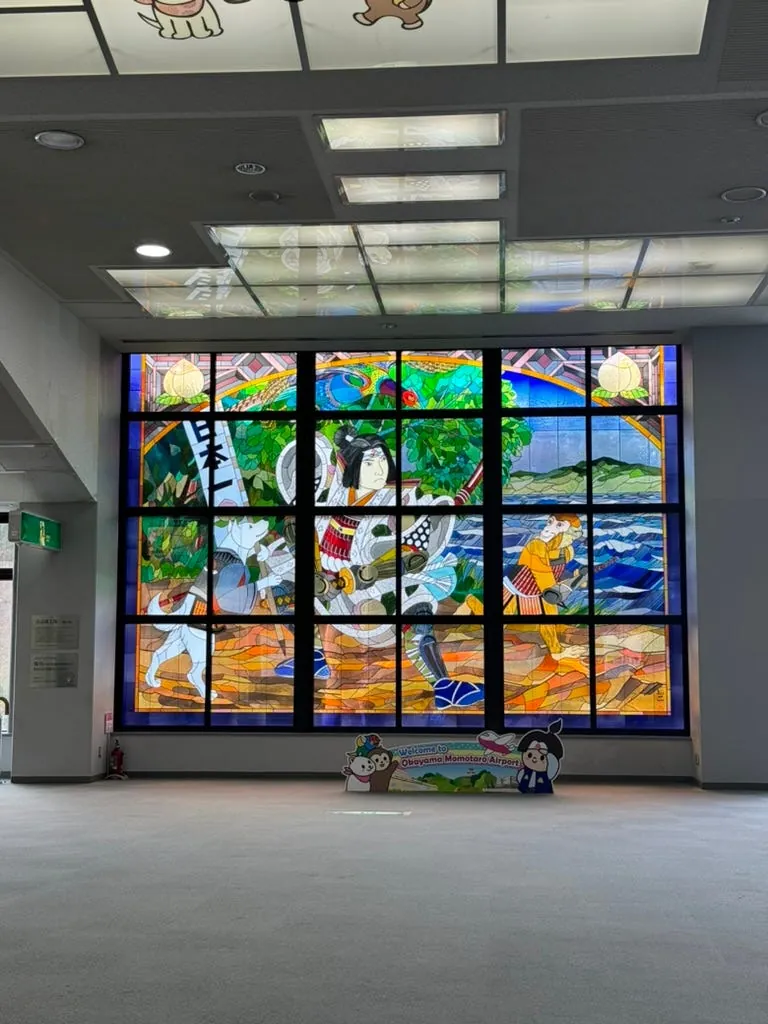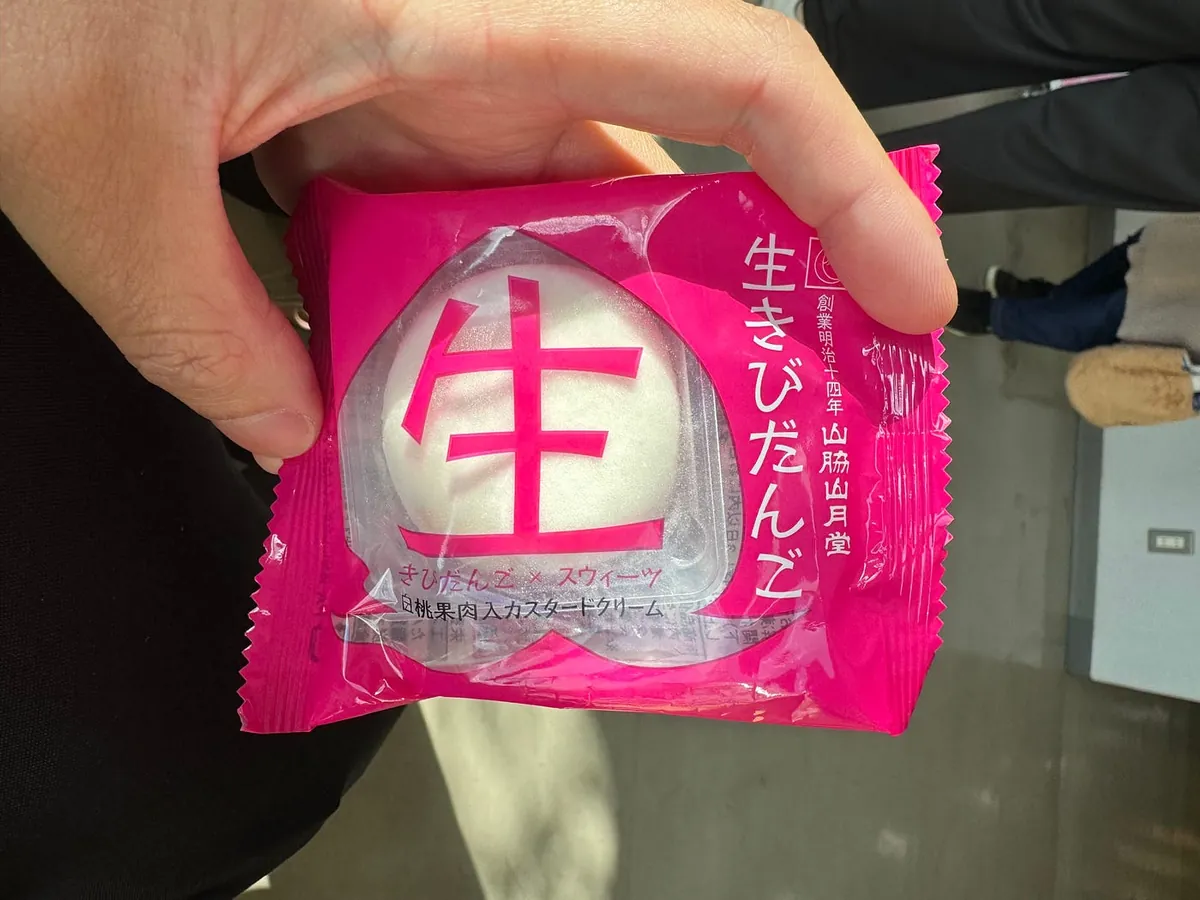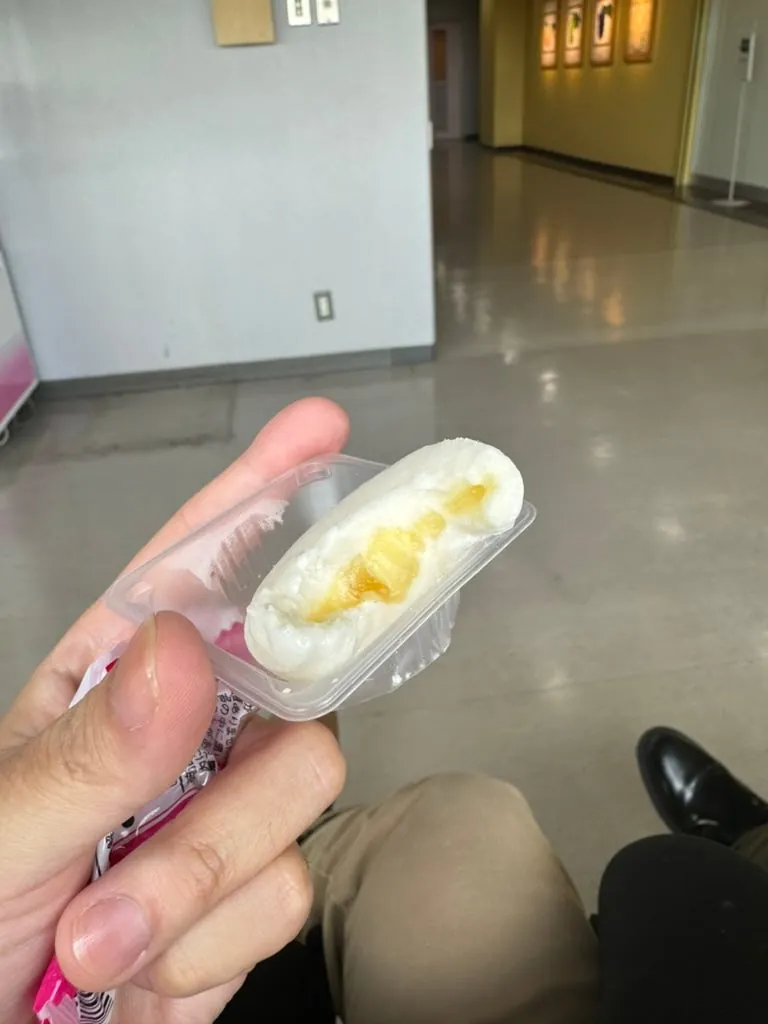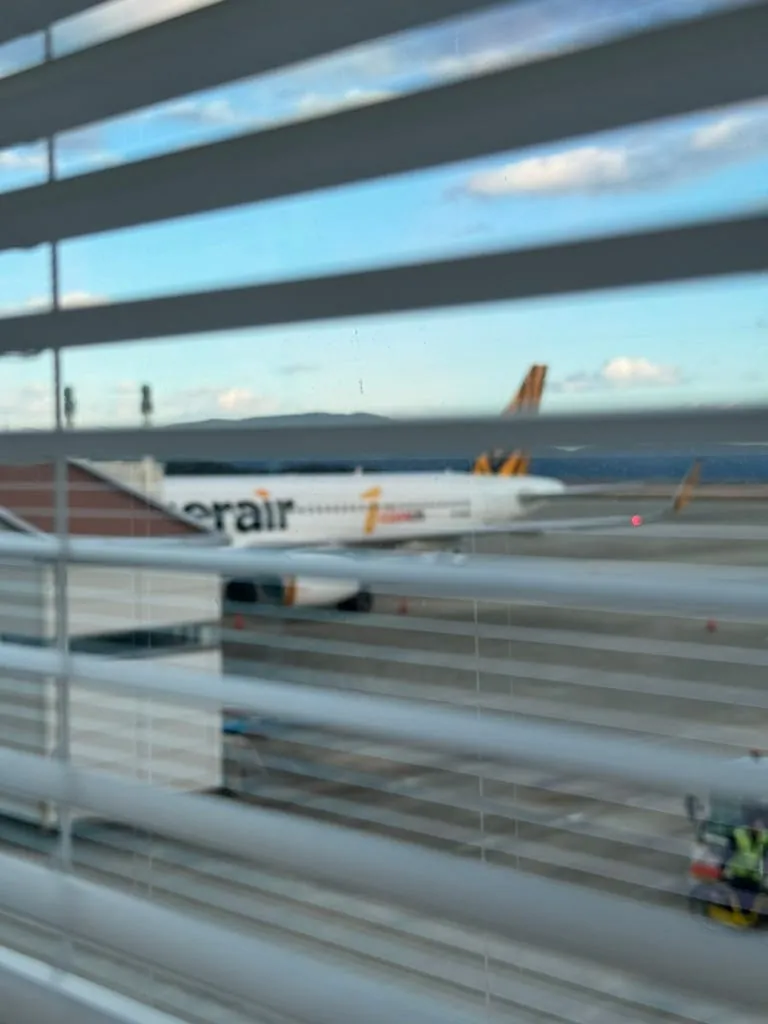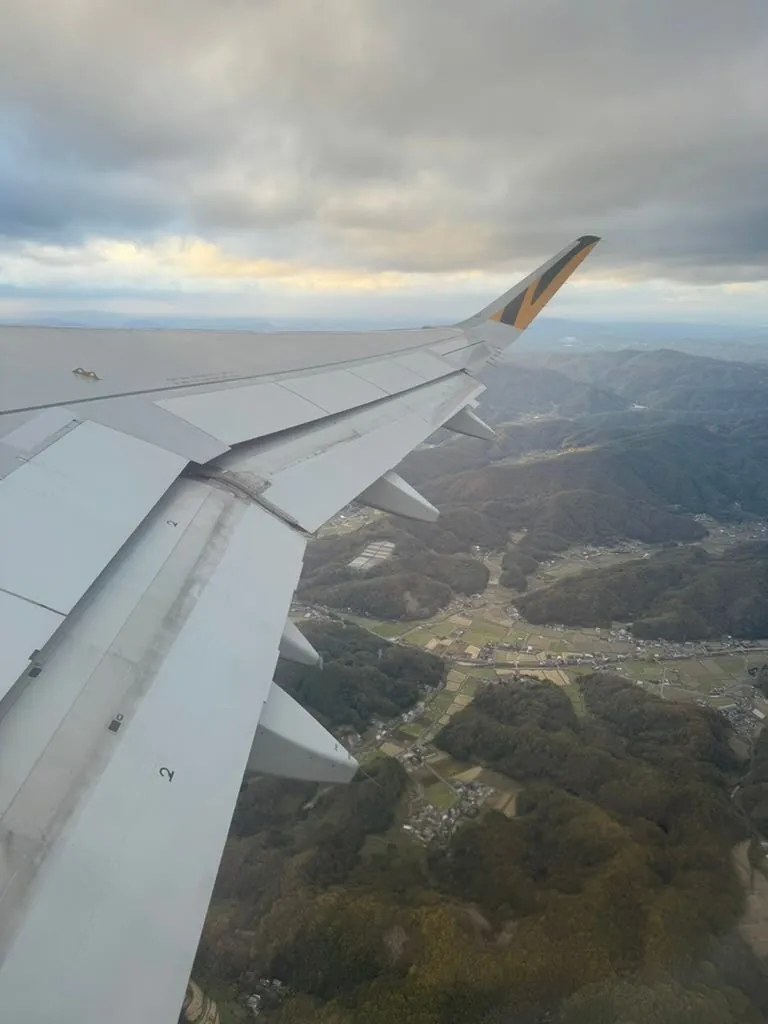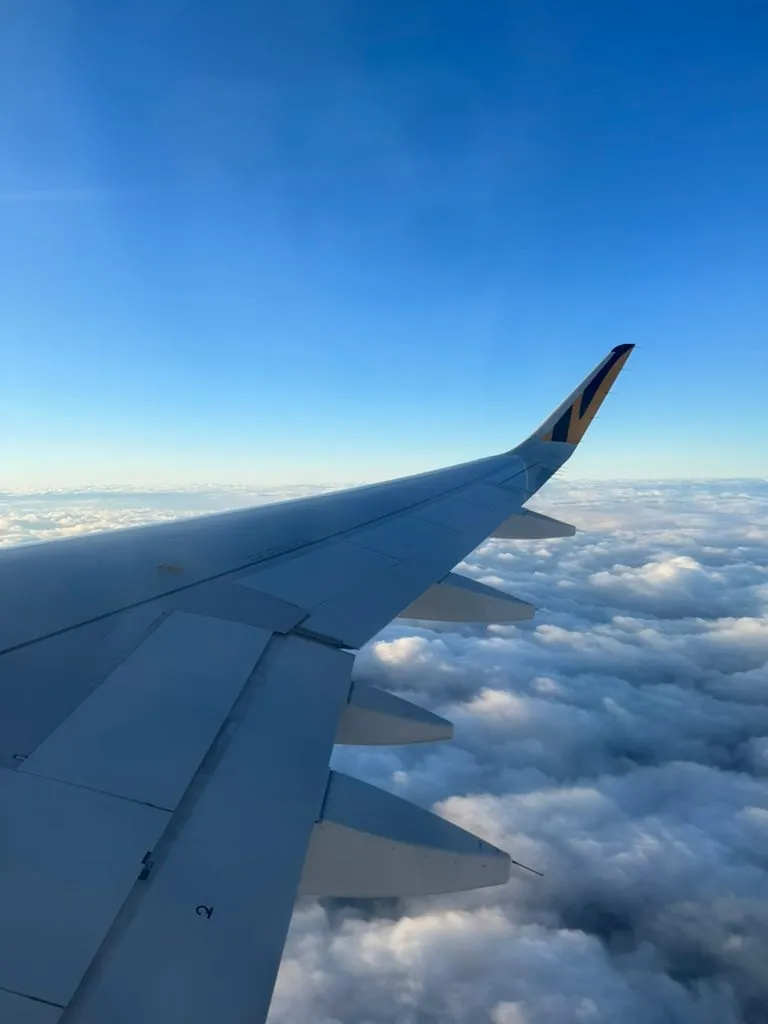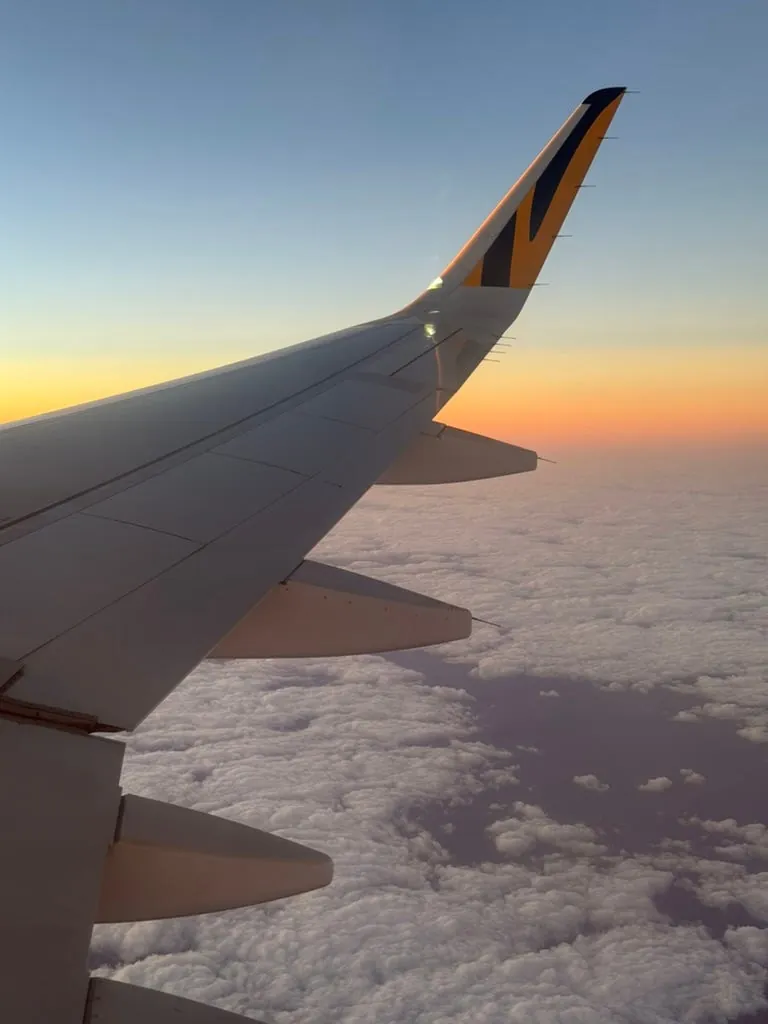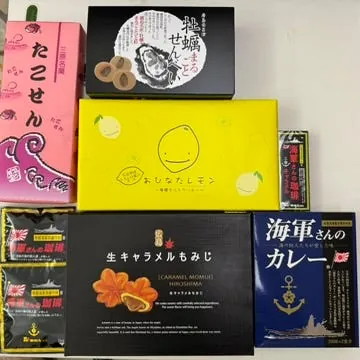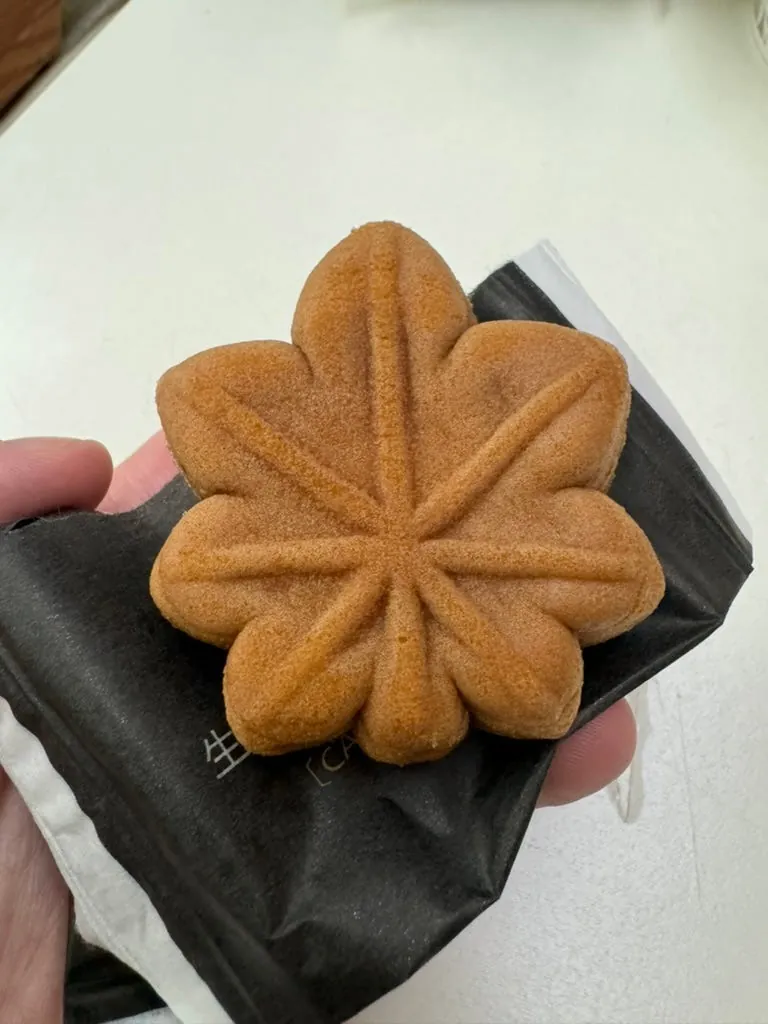Sanyo Region Travel Guide|6-Day Hiroshima & Okayama Itinerary for Freedom Seekers
Explore Hiroshima, Okayama, Fukuyama, Kurashiki, and Onomichi in a 6-day self-guided tour designed to maximize your travel experience and ease planning. Discover top attractions and local insights for a seamless trip.
点击这里查看本文章简体中文版本。
點擊這裡查看本文章正體中文版本。
This post was translated with AI assistance — let me know if anything sounds off!
Table of Contents
[Travelogue] 2023 Sanyo Region Hiroshima Okayama 6-Day Independent Trip
2023 Hiroshima, Okayama, Fukuyama, Kurashiki, Onomichi 6-Day Tour
Introduction
After leaving my job at the end of August, I set off in September for the “10-Day Solo Walk Trip in Kyushu” and rested for almost three months. I originally planned to start work again in mid-November. The new job involves starting a new project, and the company offers no extra leave days, so I have to accumulate annual leave according to the basic labor law. Therefore, I considered taking another trip (planning started at the end of October).
2024/11/03 Update:
In 2024, I visited the San’in region. Friends who have time can also consider exploring both Sanyo and San’in together!
Location — Hiroshima (Okayama)
Last time on Nagasaki Road’s Unexpected Episode — I got a souvenir from Mihara City in (Hiroshima Prefecture). Since I visited the Atomic Bomb Museum and Peace Park in Nagasaki last time, I thought I could also check out Hiroshima.
Also, friends around me highly recommend Hiroshima, which has World Heritage sites like Itsukushima Shrine, oysters, the Seto Inland Sea, Onomichi, and Rabbit Island…
For solo travel, excluding big cities and places already visited, and wanting convenient transportation, Hiroshima is an excellent choice!
Date — 11/13–18
Originally planned to work on 11/20 (Mon) (later postponed to 12/1), after deducting the last day for rest, the return date was set for 11/18 (Sat).
Departure date was originally set for 11/12 to meet a friend, so I first chose 11/13 (Monday) to depart; however, since work schedule is flexible, the main factor is choosing the dates with the lowest round-trip airfare.
Twists and Turns
❌ The most intuitive way to go to Hiroshima is through Hiroshima Airport, but after checking, the conditions are very poor:
Time: Depart late (17:20) and return early (09:30); no flights on Saturday, must return on Friday (11/17).
Location: Requires a shuttle bus (about 55 minutes). After landing, the only departure times are 21:40 or 22:20 (last bus), arriving at the station around 22 or 23 o’clock, which is very late.
Price: ~=$17,000, too expensive.
❌ Entering and exiting Fukuoka + Shinkansen is still inconvenient:
Time: Departure (16:30), Return (10:55), still a late departure and early return, but better.
Location: Convenient transportation, but it takes about 1.5 hours by Shinkansen to Hiroshima.
Price: ~=$12,000. If you want a late return (20:35), it costs ~=$17,000 or you can take the 06:50 morning flight.
❌ Later found out that for Hiroshima, you can fly in and out via Tigerair to Okayama; the motivation to go was average:
Time: Departure (11:10), Return (15:25), perfect timing.
Location: Okayama Airport also requires a shuttle bus, but the early arrival allows plenty of time.
Price: Includes +20 KG checked baggage round trip, about ~= $14,000.
Since I just spent money on the “Kyushu 10 Days” trip in September, if the airfare can’t be kept around 10,000, I have little motivation to go, so I almost gave up on this trip.
✅ Tigerair Okayama Winter Travel Event, Departure:
10/31 While bored scrolling through Facebook, I happened to see someone posting about airline discount promotions in the “Japan Free Travel Discussion Group.” I noticed that Tigerair had a sale from 11/3 10:00 to 11/6 23:59. Fortunately, I took a go-with-the-flow attitude: if I got the discount, great; if not, no worries.
On the morning of 11/3, I was lucky to buy the best round-trip ticket (11/13–18) with the best flight times and price. There was no reason not to go!
- Departure (11:10) and return (15:25), including 20KG checked baggage each way + seat selection + fees: $7,012
KKday Promotion 🛒
Japan eSIM Card|Daily High-Speed, Total Data, Unlimited Data Plans
Japan JR PASS|Sanyo & Sanin Area Rail Pass|eMCO E-ticket (Explore the entire Sanyo and Sanin regions in one trip)
Japan JR PASS | Kansai & Hiroshima Area Rail Pass | eMCO e-Ticket
Japan. Miyajima | Momijidani Park, Visit Daishoin Temple, Itsukushima Shrine | Rickshaw Experience
Preparation Work
After buying the plane tickets, there was only one week left until departure, so preparations began in full swing.
The top places I want to visit are Miyajima, Onomichi, Kurashiki Bikan District, and Okayama Castle. So, I plan to base myself in Hiroshima for several days, then stay around Okayama closer to the return trip.
Row
JR Pass Okayama & Hiroshima & Yamaguchi Area Rail Pass (¥ 17,000, just before the price increase at the end of October 2023.)
From Okayama to Hiroshima station, one-way fare is ¥6,460, round trip ¥12,920; adding trips to Miyajima, Onomichi, Kure city… round trip, it’s worth it; buying the JR Pass directly is the most convenient.
Stay (5 nights)
Toyoko INN Hiroshima Station Baseball Stadium Front (3 nights)
Price: $4,612, $1,537/night, single non-smoking room
Transportation: According to the map, the walking distance is quite close (actually about 15 minutes due to construction and crossing a railroad crossing). It’s not a busy area. Outside the Mazda Zoom-Zoom Stadium, there are no games currently, so the whole street is very quiet.
Toyoko INN continues to offer excellent value for money, with the best price and environment during this stay.
APA Hotel Hiroshima Ekimae Ohashi (1 night)
Price: $2,501, 1 night, single non-smoking room
Location: Closer to Hiroshima Station, but the walk is not easy as you need to cross a main road and a bridge (about 10 minutes); about a 15-minute walk from the previous accommodation, which is fairly convenient.
Because Tokyu INN was unavailable for four nights, I could only stay one night at APA Hotel.
Livemax Okayama Kurashiki Ekimae Hotel Livemax (1 night)
Price: $3,263, 1 night, single non-smoking room
Location: It’s about the same as on the map, just outside Kurashiki Station, about a five-minute walk. Very convenient.
I found Kurashiki because when searching for accommodation in Okayama, I couldn’t find any hotels with acceptable prices. So, I looked for places along the JR line nearby, and since Kurashiki also has shuttle buses to Okayama Airport, I decided to book a hotel near Kurashiki.
This is also the only hotel in Kurashiki with available rooms, a convenient location, and reasonable prices.
Joy
The original plan was as follows:
11/13: Shopping and Eating Hiroshima-style Okonomiyaki
11/14: Miyajima, Hiroshima City: Itsukushima Shrine, Momijidani Park, Miyajima Ropeway -> Shishiiwa Observatory, Atomic Bomb Dome, Peace Memorial Park, Atomic Bomb Museum, Paper Crane Tower (Hiroshima Tower)
11/15: Onomichi, Senkoji Temple
11/16: Wu City, Hiroshima City Center (same as 11/14), Hiroshima Castle
11/17: Okayama, Kurashiki: Okayama Korakuen Garden, Okayama Castle, Kibitsu Shrine, Kurashiki Bikan Historical Quarter, Kurashiki Outlet, Achi Shrine
11/18: Kurashiki Outlet, Return Trip
The drive to Rabbit Island is too far and inconvenient, so it is only included as a reference option.
Go!
Day 1 Departure
Depart at 11:10 AM, take your time leaving in the morning.
From Taipei Main Station, take the Airport MRT to Taoyuan Airport Terminal 1, arriving at the check-in counter around 08:50.
There were few people, so check-in and departure were completed quickly; Terminal 1 had little food, so I just grabbed a Ding Gua Gua and coffee before waiting for the flight.
I wasn’t very hungry while waiting for the flight, so I didn’t eat the food I bought.
11:07 takeoff, 14:11 arrival at OKJ (Okayama Momotaro Airport); when feeling hungry in between, I found out that Tigerair does not allow bringing your own food on board (Peach Aviation has no such rule), so I obediently endured, planning to eat in a corner before immigration after landing.
Okayama Airport is very small. Following the crowd, I passed through immigration and customs quickly, with no corners to sneak in food. Since the chicken from Ding Gua Gua might pose a health risk, I handed the entire package to customs for destruction.
Around 14:40, I finished immigration and picked up my luggage (super fast). Later, I checked the flight schedule; Okayama Airport has very few flights, with possibly only one international flight per day, so there were almost no people, just passengers from the same flight. Customs and quarantine dogs checked each person individually, but it was still very quick!
Right after exiting, take the airport shuttle bus. Due to limited flights, the scheduled shuttle to Gangshan Station is only at 16:10; however, extra shuttles are available immediately upon exiting the airport (they depart when full and there will be another one), thoughtfully saving everyone time!
After getting off, find the escalator going up to Okayama Station. First, exchange your JR Pass by locating the green machine with the sign “EXPRESS予約、5489 お受取” next to it to redeem your JR Pass ticket.
Previously, when searching online for redemption instructions, it said to click the blue “予約したきっぷのお受取り” button. However, no matter how I tried or followed the steps, scanning the QR Code always showed a “QR Code invalid” error, and entering the order number also failed.
Finally, after several attempts among a group of Taiwanese, we discovered that you need to use the yellow button labeled “QRコードの読取り” at the bottom left to redeem. Clicking it allows you to scan the QR Code directly. (It is suspected that the JR machine has been updated)
The machine will print two manuals and one JR Pass (the ticket with the ✔ in the picture). After receiving the JR Pass, you can insert it into completed seat reservation. Use the JR Pass ticket for entering and exiting stations. The seat reservation ticket is only for reference to seat and time and cannot be used for station entry or exit.
I was really hungry and hadn’t eaten anything, so I went to a convenience store to grab some food to fill my stomach before taking a later JR train.
Around 16:45, arrive at Hiroshima Station.
First, check in at the hotel and drop off your luggage before going out to find food. When there are no baseball games, this street is quite quiet. Right across is the railway, and there aren’t many shops on the road, but luckily there is a large Lawson convenience store.
Hiroshima Okonomiyaki Story Station Square
Return to the station to eat Hiroshima-style okonomiyaki at Hiroshima Okonomiyaki Story Station Square. It is on the right side after exiting Hiroshima Station, on the 6th floor (next to Ekie Department Store). As soon as you get off the elevator, it feels unique—this entire floor is filled with Hiroshima-style okonomiyaki restaurants, so you can choose your favorite one to sit in.
I ordered a Hiroshima-style okonomiyaki with added rice cakes (it contains fried noodles). The taste was just okay. It had noodles and rice cakes inside, and I felt very full after eating.
On the way back to the hotel, I bought a late-night snack to eat. The night in Hiroshima is very cold at this time, only about 4 degrees.
Room Unboxing.
Opening the curtains reveals the railway outside (about 10 tracks, so you need to cross the railroad quickly); the downside of the room is the clicking sound when trains pass by.
Allite A1 65W GaN Fast Charger + Allite Liquid Silicone Fast Charging Cable
This trip, I brought the Allite A1 65W GaN Fast Charger + Allite Liquid Silicone Fast Charging Cable combo. Since switching to the iPhone 15, all my devices now use Type-C ports; when traveling, just bringing a Type-C charging cable solves everything.
Allite A1 65W GaN Fast Charger supports single-port 65W and dual-port 45W+18W fast charging; its compact size makes it portable. When you see a power outlet outside, just plug it in to recharge. Back at the hotel, you can charge your power bank with one port and your phone, watch, iPad, or Switch with the other—convenient and fast.
Allite Liquid Silicone Fast Charging Cable (1.5m) is long enough to connect a power bank inside your bag. The liquid silicone material differs from regular plastic; it is skin-friendly, more flexible for easy storage, and does not deform easily.
The best charging companion for this trip.
Day 2 Miyajima (Itsukushima Shrine), Momijidani Park, Shishiyama Observatory, Atomic Bomb Dome, Peace Memorial Park
KKday itinerary reference:
Japan. Miyajima | Momijidani Park · Visit Daisho-in Temple, Itsukushima Shrine | Rickshaw Experience
Miyajima
Early in the morning, take the JR to Miyajimaguchi Station. Exit the station and walk toward the ferry terminal to find the ferry station. The JR Pass includes the Miyajima ferry ticket, so you don’t need to buy a separate ticket. However, you must pay an additional Miyajima Visit Tax (¥100). Station staff will guide you to purchase the visit tax ticket.
You can also take the Hiroden tram to Miyajimaguchi, but I remember it takes longer.
The ferry takes about 10 minutes to reach Miyajima. The ride is smooth and free of diesel smell. As you approach, you can see the floating torii gate from afar!
After arriving on the island, head straight towards the sea torii gate. Taking photos diagonally from the shore along the way is also beautiful and less crowded.
There are many wild deer on the island that randomly bite things XD.
After passing Itsukushima Shrine, head to the Miyajima Ropeway and get off at the Shishiiwa Observatory.
You need to take two cable cars to reach the Lion Rock Observation Deck. The advantage of heading straight to the cable car is that there are almost no people (while Itsukushima Shrine at the foot of the mountain is crowded). The first cable car is a small one that fits up to 6 people (frequent departures, longer distance). The second cable car is larger (if I remember correctly, it departs every 15 minutes, can hold about 20 people, and covers a very short distance).
From the summit, you can overlook the entire Seto Inland Sea, enjoy the breeze, and admire the small islands. It’s very relaxing.
Itsukushima Shrine is built right on the seaside, with very clean water and a peaceful atmosphere; you can also line up to take photos of the floating torii gate from the front.
The low tide at this season occurs at 3 AM or 5 PM, so there was no chance to see the rocky island shrine and torii gate during low tide this time.
For lunch, you must have oysters. Kakiya offers oyster rice and fried oysters, each costing just over 300 TWD. Delicious and affordable, oyster feast!
Miyajima Ropeway and Itsukushima Shrine Tickets.
Bought a small Itsukushima Shrine torii gate to keep at home. It’s very cute!
Atomic Bomb Dome, Peace Memorial Park
In the afternoon, return to Hiroshima city center and visit the Atomic Bomb Dome and Peace Memorial Park.
Autumn in Hiroshima features the yellow of ginkgo leaves, the red of maple leaves, and touches of green leaves, all accompanied by the cool autumn breeze, reflecting on everything that once happened in Hiroshima.
At Peace Memorial Park, I saw many Japanese elementary and middle school outdoor classes, with teachers explaining history. It deeply reflected the Japanese people’s focus on passing down historical education.
Return to the hotel
Near evening, returned to the hotel to rest because wearing too little, it was too cold outside.
For dinner, I bought a takeout grilled meat bento from “炭火焼肉 敏 猿猴橋店” on the way back to the hotel. What first caught my eye was the several charcoal grills outside the store, which made the place feel very warm. I stopped to check the sign and saw they offered takeout bento, so I went inside!
Another novel feature is that his lunch box has a self-heating function. When you return to the hotel and want to eat, just pull a string, and it will start heating itself, releasing steam; no matter when you eat, it feels freshly cooked and hot, very thoughtful.
Tonight’s convenience store late-night snack: hot dog, fried chicken, Strong Zero, and I also bought a bottle of Yakult Y1000, which claims to help you sleep well. (But I already slept well today after walking all day)
Day 3 Onomichi, Senkoji, Fukuyama, Tomonoura
In the morning, take the Shinkansen to Mihara, then transfer at Mihara to Onomichi Station.
The timing was off, and I ended up waiting over 30 minutes when transferring from Miyahara to Onomichi.
Exit south and walk through the main entrance of Oshima Station.
The weather was good and the temperature was comfortable. After leaving Onomichi Station, I headed straight to Senkoji Temple. Walking on the mountain side felt like walking through Jiufen mountain town. The path was not easy, with many stairs and steep slopes going up. Looking to the other side, you could see the Seto Inland Sea of Onomichi, which offered a nice view.
Another option is to walk along the main road until you see the sign for the Senkoji Ropeway. Turn in there to take the ropeway directly up to Senkoji.
The scenery at Senkoji Temple is beautiful, offering a bird’s-eye view of the entire Onomichi city and the distant Onoshima Bridge.
I brought home a cute little Jizo statue (you can choose to write a wish and offer it at Senkoji Temple or take it home as a keepsake):
After visiting Senkoji Temple, head down to find the Cat Alley.
Early online articles often introduced the Cat Alley by Japanese traveler Kohtou, but my visit this year felt different; Cat Alley is a short path descending from Senkoji Temple, and I didn’t see a single stray cat. Most of the cat cafes along the way were closed, making the walk feel a bit lonely. In the end, I found a cafe still open, ブーケ ダルブル, where I had a coffee and took a break.
The store has a good location, but the walk up gives off a lonely, overgrown weed vibe. The shop has few seats and limited menu options; however, the owner is very friendly, and the shop cat is affectionate, often coming to sit close to you.
On the way back down to the main street, I came across a very quiet local shrine.
On the way back to Onomichi Station, we took a route through the shopping street inside and had lunch at the famous Onomichi ramen — “Onomichi Ramen Shoya”.
Onomichi Ramen (founded by Taiwanese) is quite unique, featuring a floating layer of white pork back fat and dried bamboo shoots.
After leisurely strolling back to Onomichi Station, since it was still early, I decided on the spot to visit the nearby city of Fukuyama.
I miscalculated the time again and ended up waiting an extra 30 minutes for the bus. Friends heading to Onomichi, make sure to plan your time well.
Fukuyama
From the back exit of Fukuyama Station, you can see Fukuyama Castle. We didn’t go inside; just took a photo from a distance and left.
Tomonoura
Back at Fukuyama Station’s front exit, you can see bus directions to “Tomonoura.” At first, the map made Tomonoura seem hard to reach since it’s a seaside town, but I have to admire Japan’s tourism and transportation signs—they are very clear.
p.s. I didn’t do any special research on Tomonoura before the trip; it was a spontaneous decision to visit.
My knowledge of Tomonoura includes it being the filming location for Ponyo on the Cliff, Japan’s first modern port city, the negotiation site of Sakamoto Ryoma, and a must-visit for history enthusiasts.
After boarding, stay on the bus until the last stop, which is Tomonoura (approximate travel time: 40 minutes).
Xianzu Island
Refer directly to the local tourist map and decided to visit Xianzui Island to enjoy the scenery first.
After getting off, walk back directly to “Fukuyama City Ferry Terminal” to take the ferry to Senzui Island (about 10 minutes).
The boat has a vintage charm, giving a sudden feeling of becoming a pirate king. Although the trip is short, you can enjoy a bird’s-eye view of the Seto Inland Sea and Senchui Island, feel the breeze, and relax comfortably.
After arriving on the island, no pedestrians were seen. The island was desolate, the original Tomonoura Beach Visitor Center was closed and set for demolition, and the trails leading to other coastal areas up the mountain were all closed due to falling rocks. Only a bathhouse hotel at the entrance was still open.
Tomonoura Beach now holds only a vast, peaceful shoreline, with the occasional sound of a group of sea ducks playing. (It was my first time seeing saltwater ducks, not saltwater chickens.)
Stayed for about 15 minutes, with nowhere else to go, so waited for the ferry back; although this place is desolate, there is still a vending machine! On the way back, took a closer look at Benten Island in the distance, a small lonely island standing in the sea with a torii gate.
Tomonoura
Returning to Tomonoura, it was nearing evening. Strolling to the harbor to see the lighthouse and the Japanese town scenery, many locals and photography enthusiasts were already sitting on the steps by the harbor, setting up their cameras, waiting for the sunset.
Tomonoura is famous for its nourishing health tonic wine, and the strong scent of medicinal wine filled the streets. Since I needed to hurry back to Hiroshima, I took the bus back to Fukuyama before it got dark.
After returning to Fukuyama, we immediately boarded the train to Hiroshima, bidding farewell to this quiet and peaceful city. Dinner was still takeout grilled meat bento from “ Sumibiyaki Yakiniku Bin Enkobashi Branch “ on the way back to the hotel.
Additionally, I added two more convenience store fried oysters (only 100 yen each).
Late-night snacks are still convenience store hot foods priced over Y1000.
Day 4 Final Tour of Hiroshima City and Surroundings (Hiroshima Peace Memorial Museum, Hiroshima Castle, Shukkeien Garden)
Checked out from Toyoko INN early in the morning and dragged luggage to the APA Hotel Hiroshima, where I will stay tonight.
After storing our luggage, we walked back to Hiroshima Station to take the train to Kure City (about 50 minutes). Approaching Kure, looking out the right-side window gave a feeling similar to the train route from Fulong to Yilan, with mountains on the left and the sea on the right, creating a relaxing scenery.
After exiting the station, you can visit the tourist information center to get the travel guide for Wu City. (I think the design is great!)
Following the signs, you can walk from the station via the skybridge all the way to the Yamato Museum and the JMSDF Kure Museum at the port.
When you reach the end, don’t rush to get off the skybridge. From the skybridge, you can get a great view of the Maritime Self-Defense Force Museum — Submarines.
For friends planning to visit Kure City and Hiroshima, here is a suggested itinerary. From Kure City, you can take a boat to Miyajima and then return to Hiroshima. I originally planned to take the boat back to Hiroshima, but missed the timing, so I gave up on it this time.
Yamato Museum
Inside, there is a Yamato battleship model that can be viewed up close in 360 degrees, with almost full detailed accuracy. There are also exhibits on battleships, war history, fighter planes, cannons, and more—an unmissable experience for battleship and military enthusiasts. Additionally, there is a special exhibition on Japanese aircraft carrier design and development history, including original design manuscripts.
JMSDF Kure Museum
After leaving the Yamato Museum, walk towards the back to find the JMSDF Kure Museum, which offers free admission.
The museum mainly exhibits the living and working environments inside the submarine, its engine, torpedoes, and history.
Finally, the most special part is being able to enter the submarine and visit the real engine room, dormitory, captain’s cabin, control room, and use the periscope to view the outside environment.
Wu City Shopping Street
After visiting the museum, it was nearly noon and time to find something to eat. I originally planned to try the Navy curry, but after checking the reviews, it didn’t seem special. So, I walked back to Wu City Shopping Street to decide. (Actually, it was quite far and in the opposite direction, taking about 30 minutes on foot.)
Finally, we chose to eat Wu City Cold Noodles, which are similar to cold noodles with pork bone char siu. The noodles are chilled, giving a refreshing taste. The portion is quite large, so a small size is enough.
After eating, we prepared to head back to the station. On the way, we also bought “Fuzhu Deep-fried Red Bean Cake,” which was sweet and oily, tasting quite ordinary. Additionally, we picked up Navy Coffee and curry as souvenirs (subarucoffee_store/), where the staff were very friendly and enthusiastic.
Walk back to Go Station and take the train back to Hiroshima.
After returning to Hiroshima, the final city tour begins. Right outside Hiroshima Station, there are three sightseeing bus routes available (included in the JR Pass). You can choose based on the direction you want to go.
I want to visit Shukkeien Garden (Hiroshima Museum of Art) first, so I chose to take the Red Maple Leaf tram.
Shoujing Garden
Shukkeien Garden is located right behind the Hiroshima Museum of Art. You can also buy a combined ticket for both Shukkeien Garden and the Hiroshima Museum of Art.
Shukkeien Garden is a charming small courtyard featuring many miniature landscapes, such as maple leaves, small bridges with flowing water, bamboo groves, pine and cypress trees, hills, and more. It’s quite nice to walk around and enjoy the scenery.
Hiroshima Castle
Next stop, a stroll to Hiroshima Castle. The original Hiroshima Castle was destroyed in the atomic bombing. The current castle is a rebuilt version, which looks quite new. It is not very tall, so the main keep does not offer much of a view.
Peace Memorial Museum, Peace Memorial Park
The last stop returns to Peace Memorial Park, right next to the Paper Crane Tower (not very tall, did not go inside).
I happened to meet Shingo Katori in the afternoon, who came to pay his respects.
Queueing to buy tickets to visit the Peace Memorial Museum, which contains extensive information on the nuclear explosion process, history, as well as photos and artifacts; the overall visit is very heavy and impactful.
On the other side of the park, there is a prayer hall, but it felt too heavy, so I didn’t go in.
In the evening, a light drizzle began to fall. With the heavy feelings from just witnessing the painful lessons of history, I returned to Hiroshima Station.
I casually bought some souvenirs and takeout bento at the station, then returned to the hotel to rest. I still need to do laundry today.
APA really is everywhere: President Curry, President Water, President’s Books…
The room density is as usual, quite dense, with over 60 rooms per floor.
The room is still small but fully equipped, with convenient electronic features (you can check the laundry status and AirPlay directly to the TV from the room).
Had a big problem doing laundry—long lines everywhere. The entire building with over 1,000 rooms had only 7 washing machines. Finally timed it right and went downstairs to queue when a machine was about to finish. Ended up finishing washing and drying clothes after 11 PM (still not dry, so continued air-drying in the room).
Staying up this late, having a midnight snack is totally reasonable! Still going with Y1000 + milk + convenience store hot food.
Day 5 Kurashiki, Okayama
The morning was bright and sunny; after checking out of the hotel and saying goodbye to Hiroshima, we headed to the hotel in Kurashiki to drop off our luggage (you can also leave your luggage in Okayama first, since you need to go through Okayama to get to Kurashiki).
Kurashiki Bikan District, Achi Shrine
The first stop is Achi Shrine, located at a higher elevation with a panoramic view of the entire Kurashiki area. It’s quiet with few people around.
Achi Shrine is small but famous for its Ema Pavilion. If you draw a bad fortune slip, you can tie it to the corresponding zodiac animal head. There is also a charm for good relationships called Hanatsunamori:
Hua Chan Shou, thanks to Angie for sharing.
The scenic area is not large but very quiet and pleasant to explore. The boat tour was sold out for the day, so I couldn’t experience it, but walking around the nearby alleys was also very enjoyable.
For lunch, I had the famous Miyake Shoten curry set. The rich curry paired well with shredded burdock and was very tasty.
After eating, continue exploring. When tired, go to パーラー果物小町 to try their fruit parfaits. The staff wear Taisho-era maid outfits. The parfait features Okayama Seio grapes and fruit ice cream, with grapes so sweet they tingle.
You can buy souvenirs like GOHOBI, Kurashiki specialty collagen Okayama fruit jelly.
Okayama Korakuen Illumination and Okayama Castle
Taking the train back to Okayama Station at sunset, you can directly take the tram from the station to reach the area around Okayama Castle.
The first stop is Okayama Korakuen Garden. The evening illumination creates a romantic and beautiful atmosphere.
Okayama Korakuen + Okayama Castle hold a lighting event every year in mid to late November.
On the way, visit the nearby Okayama Castle to see the night view. The maple leaves illuminated by lights create a unique atmosphere.
Dinner was easy to handle; I ate at Ippudo Ramen nearby, then strolled back to Okayama Station (the street lights were beautiful). Before heading back to Kurashiki, I had some time to browse Don Quijote, but there weren’t many souvenirs. For souvenirs, you still need to go to Okayama Station or department stores…
Returning to Kurashiki was already in the evening. The weather was cold, and people on the street were rushing home. The outlet behind Kurashiki Station was also closed.
I just realized this hotel doesn’t have a 24-hour front desk, luckily I didn’t come back too late! But the room facilities are well-equipped, including a microwave, electric kettle, and even a glasses cleaner.
On the last night in Japan, I simply ate convenience store chicken nuggets plus Y1000 and bought an extra bottle of white peach strawberry milk as a midnight snack, then fell into a deep sleep.
Day 6 Okayama, Return Trip
Early in the morning at dawn, I checked out and headed to Okayama.
Planning to take the airport shuttle bus from Okayama back to the airport. Kurashiki also has direct shuttle buses to Okayama Airport, but the frequency is lower ( see official website for details ). Yesterday, since we hadn’t finished exploring Okayama, we decided to head straight to Okayama and then return from there.
Kibitsu Shrine
After getting off at the station, head straight to Kibitsu Shrine (about a 30-minute drive). From the station, it’s about a 15-minute walk to reach the shrine. There is a historic cypress corridor, ginkgo trees, and historic buildings, making it a pleasant place for a walk and worship.
On the way, there is also Kibitsuhiko Shrine on the other side of the mountain at the foot, which can be visited along the route. However, due to limited time, we skipped it this time.
Okayama AEON
After returning to Okayama Station, I went to the nearby AEON mall to buy some souvenirs and stroll around. I had tempura soba for lunch, then got ready to line up for the airport shuttle back to Okayama Airport.
Many people are lining up for the shuttle bus, but don’t worry about missing it. Extra trips will be added to make sure everyone can get to the airport.
Okayama Momotaro Airport (OKJ)
The airport is a bit old and about the same size as Kumamoto Airport. By around 13:50, I had completed security check, check-in, and immigration, leaving nearly 2 hours before the 15:25 departure.
There are very few flights at the airport, so only passengers on the same flight are present. It takes less than 15 minutes to complete check-in and baggage drop. What’s special is that Okayama Airport is so small that the X-ray machine is placed in the airport lobby. After passing through the X-ray, a seal is attached before proceeding to check-in (if you open your luggage, you will be required to go through security again).
After checking in my luggage, I wandered around the terminal (which only has two floors). There is an observation deck with a view, as well as a café and several restaurants where you can eat. When I got tired, I bought a white peach ice cream to enjoy.
Security check is also quick, but at Okayama Airport, you need to take off your boots for inspection, which is a bit inconvenient.
When facing a flight delay, waiting in the lounge and finally taking off at 16:24 (almost an hour late).
Goodbye, Okayama, goodbye, Hiroshima.
Unboxing Souvenirs
Interlude
Following the last trip “2023 Kyushu 10-Day Solo Travel,” I felt an indescribable loneliness in the days after. First, I was alone in a strange place; second, I couldn’t speak Japanese and hardly spoke during the 10 days. That feeling of loneliness is still vivid in my memory, so I wasn’t eager to go again. It was only because I was about to start work and happened to get a super discounted ticket that I decided to go.
On the first day, when exchanging the JR Pass, I got stuck just as a group of Taiwanese travelers did. We took turns trying and finally succeeded. She was also going to Hiroshima and got stuck entering the station, so I reminded her. We both bought tickets for the next train after rush hour, she chose a non-reserved seat, and we both wanted to stop by a convenience store first. Since we work in the same industry, we had plenty to talk about, and both of us were traveling alone. So, on the first day, we ended up forming a group and completing the same itinerary together.
Many of the itineraries, attractions, and time arrangements were provided by Angie. If I had planned on my own, I might have wandered aimlessly or missed places, then ended up walking alone for 6 days.
— — —
KKday Promotion 🛒
Japan eSIM Cards|Daily High-Speed, Total Data, Unlimited Data Plans
Japan JR PASS|Sanyo & Sanin Area Rail Pass|eMCO E-ticket (Explore the entire Sanyo and Sanin regions in one trip)
Japan JR PASS | Kansai & Hiroshima Area Rail Pass | eMCO e-Ticket
Japan. Miyajima | Momijidani Park, Visit Daisho-in Temple, Itsukushima Shrine | Rickshaw Experience
More Travel Stories
[Travelogue] 2025 Busan, South Korea 8 Days 7 Nights Free Travel
[Travelogue] 2024 Second Visit to Kyushu 9-Day Independent Trip, Entering via Busan → Hakata Cruise
[Travelogue] 2023 Tokyo 5-Day Free Trip
[Travelogue] 2023 Kyoto-Osaka-Kobe 8-Day Free Trip
If you have any questions or suggestions, feel free to contact me.
More Travelogues
- Tokyo Area Travel Guide|Kawagoe Little Edo & Atami Fireworks Festival 5-Day Itinerary
- Busan Travel Guide|8-Day Itinerary with VISIT BUSAN PASS for Seamless Exploration
- San’in & Kansai 7-Day Solo Trip|Explore Izumo, Matsue, Tottori, Himeji, Osaka, Kobe
- Bangkok Travel Guide|5-Day Independent Trip Highlights in Thailand
- Kyushu 9-Day Independent Trip|Busan to Hakata Cruise Entry and Scenic Tours
- Sanyo Region Travel Guide|6-Day Hiroshima & Okayama Itinerary for Freedom Seekers
- Kyushu 10-Day Solo Travel Guide|Explore Fukuoka, Nagasaki & Kumamoto Efficiently
- Nagoya One-Day Quick Trip|Peach Aviation Flight Experience and Travel Tips
- Tokyo 5-Day Travel Guide|Top Tips for Food, Stay & Transport
- Kyoto Osaka Kobe 8-Day Itinerary|Free Travel Guide with Food, Stay & Transit Tips
This post was originally published on Medium (View original post), and automatically converted and synced by ZMediumToMarkdown.
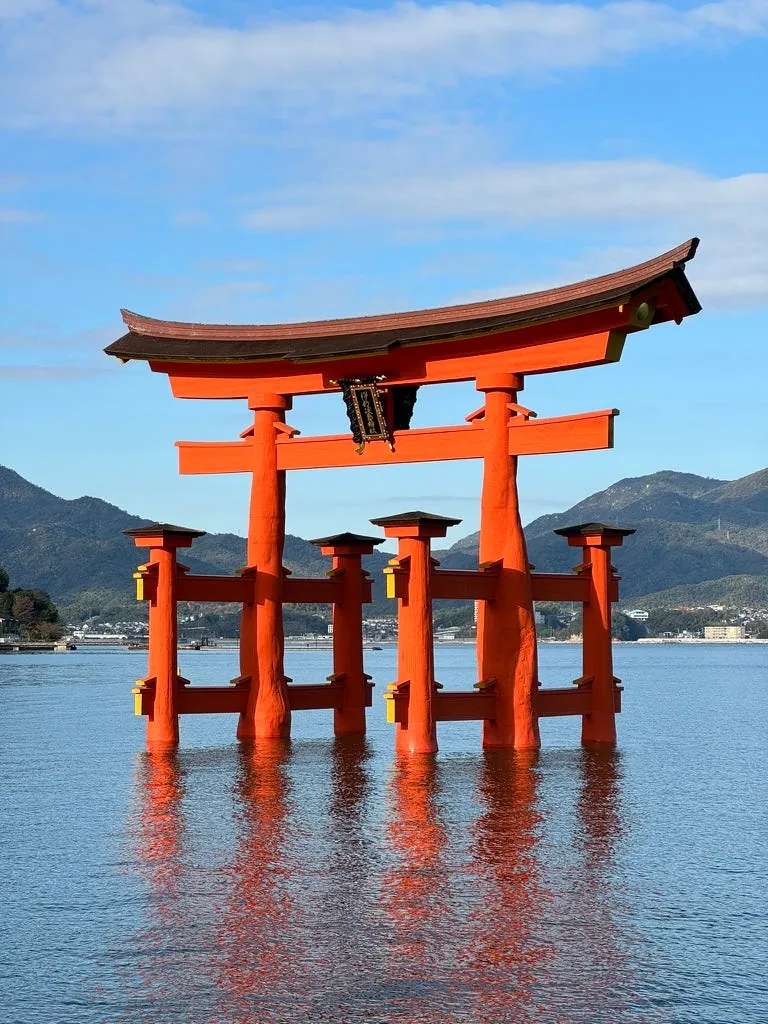
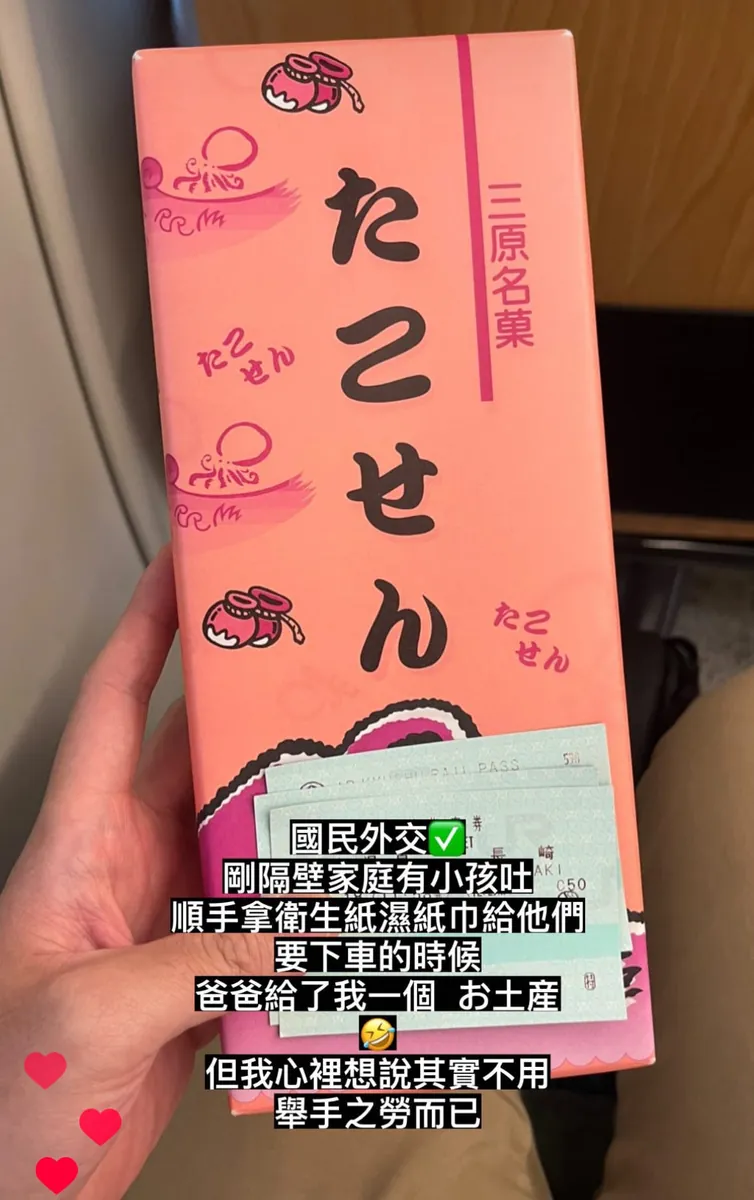
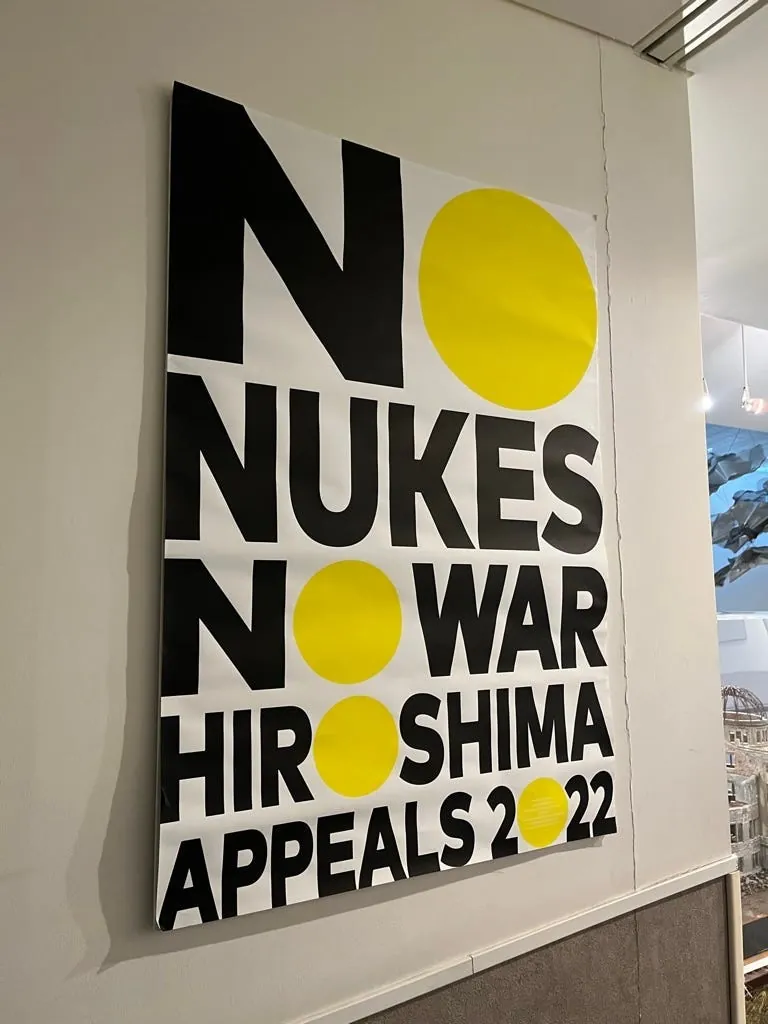
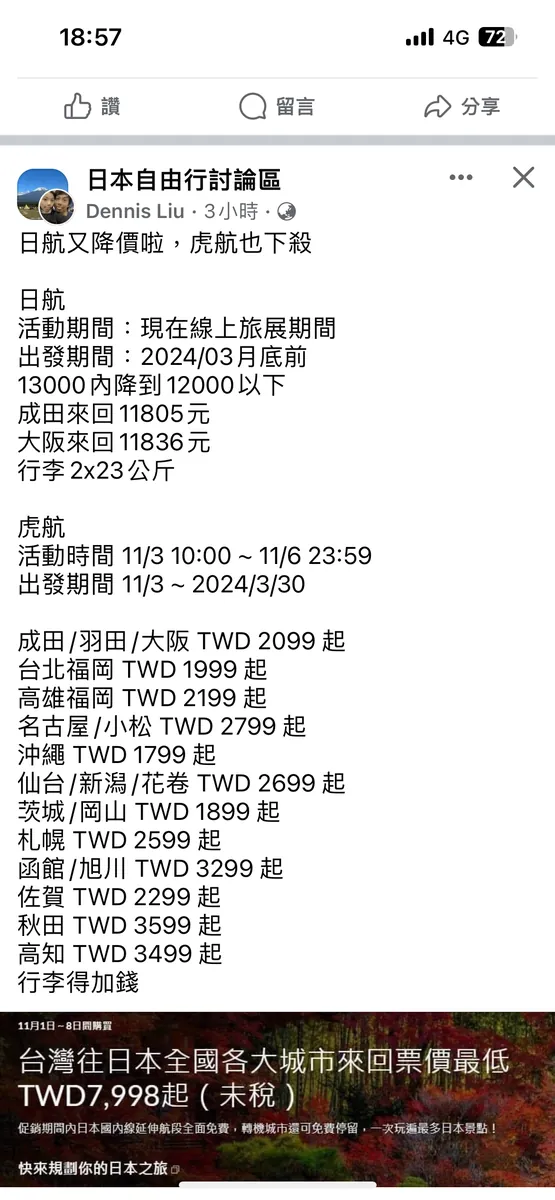
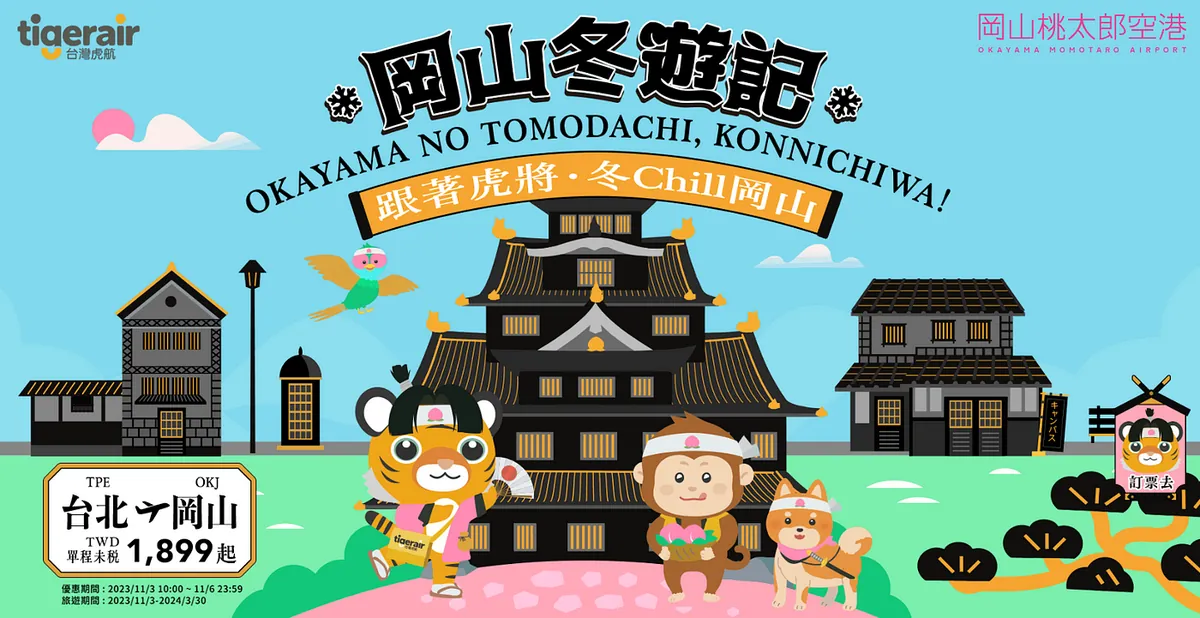

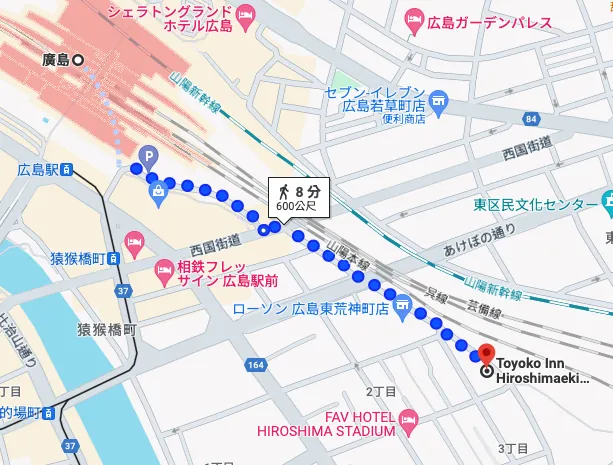
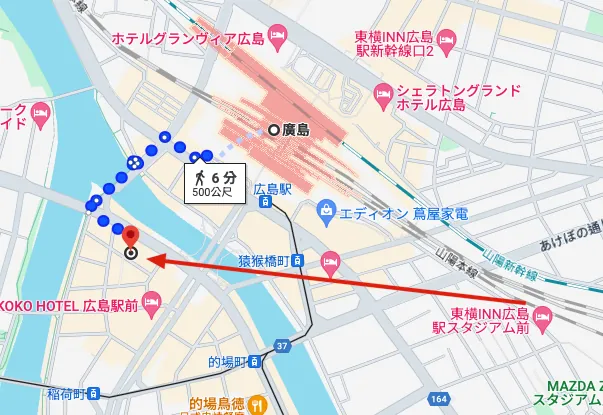

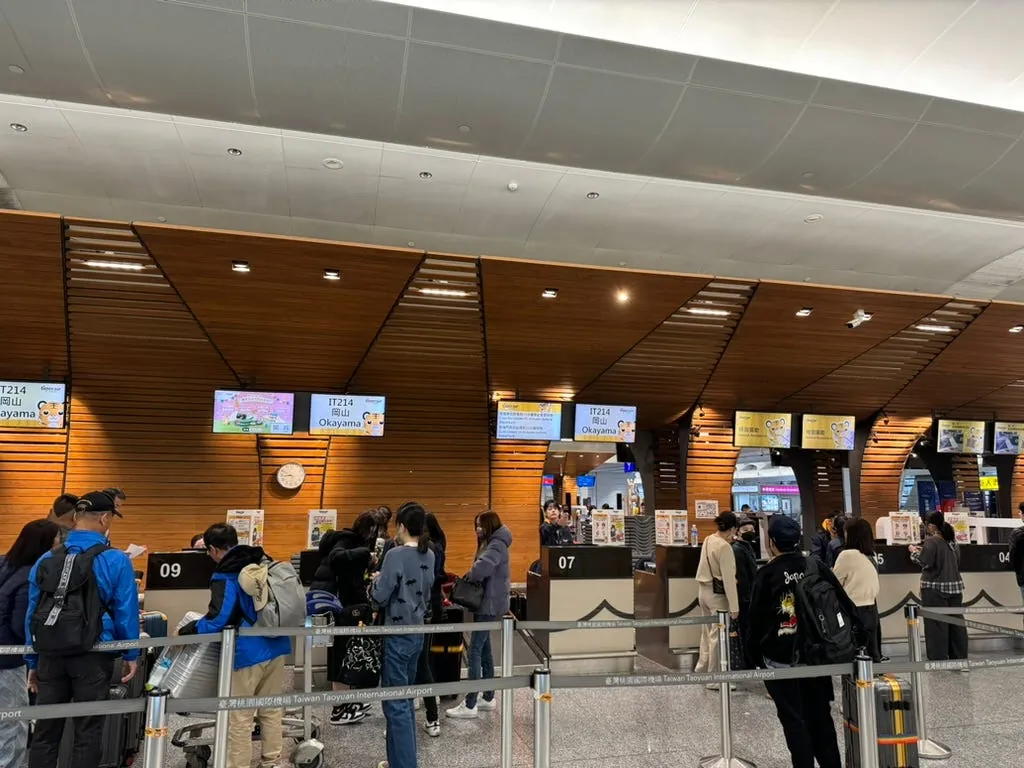
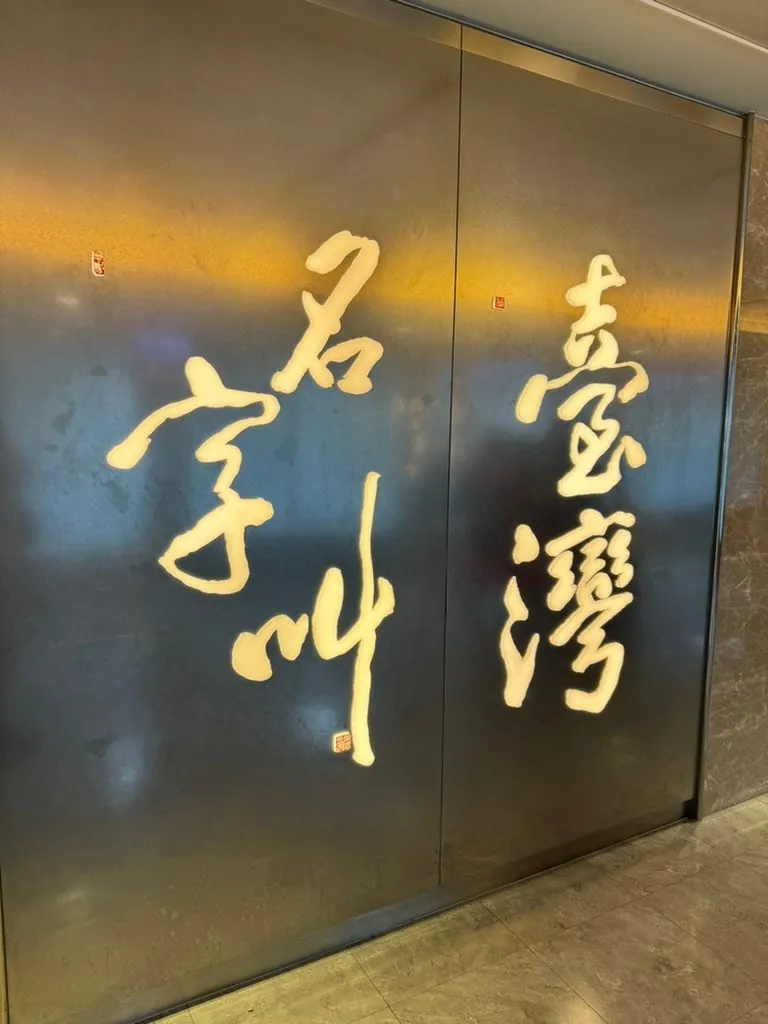
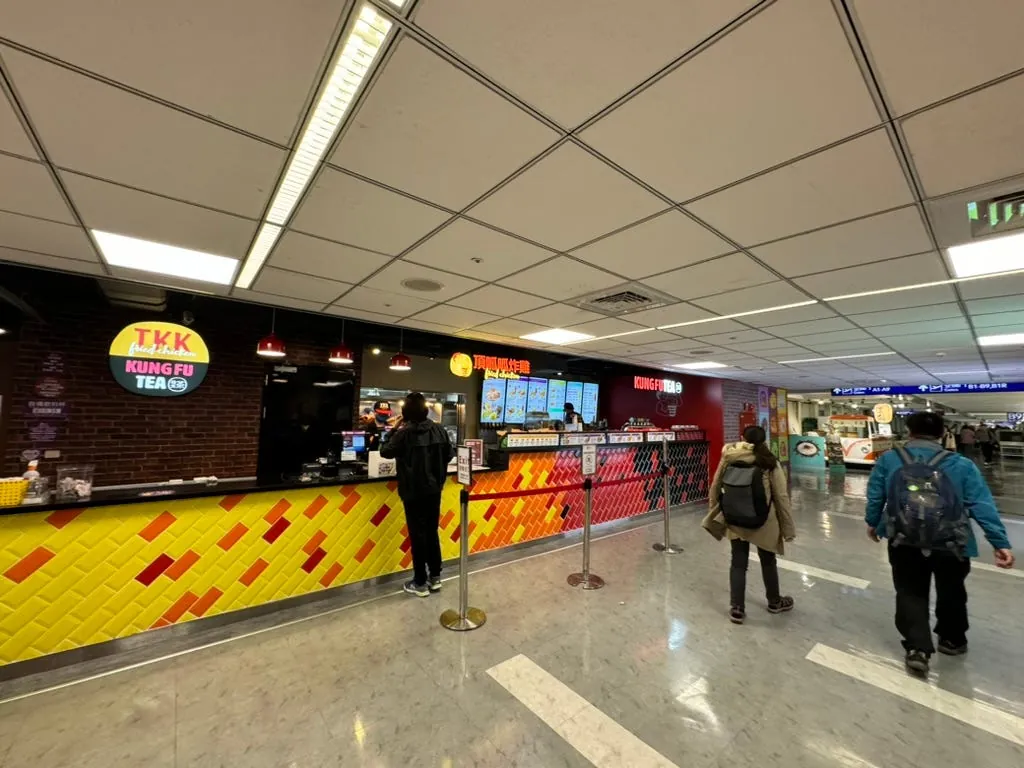
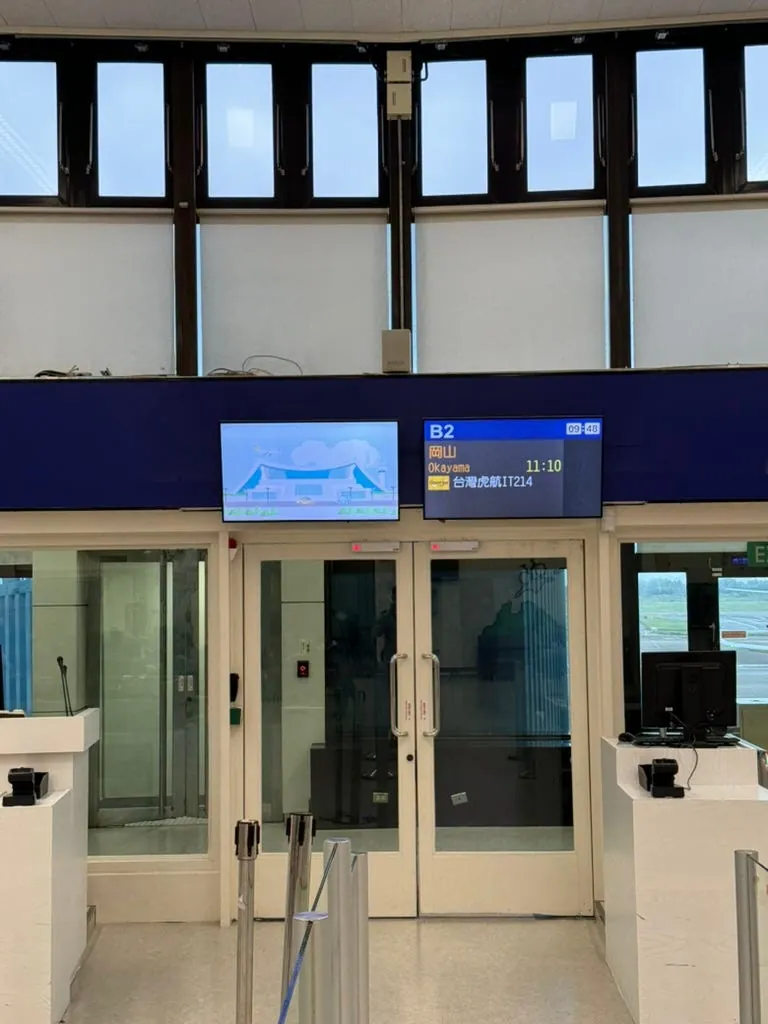
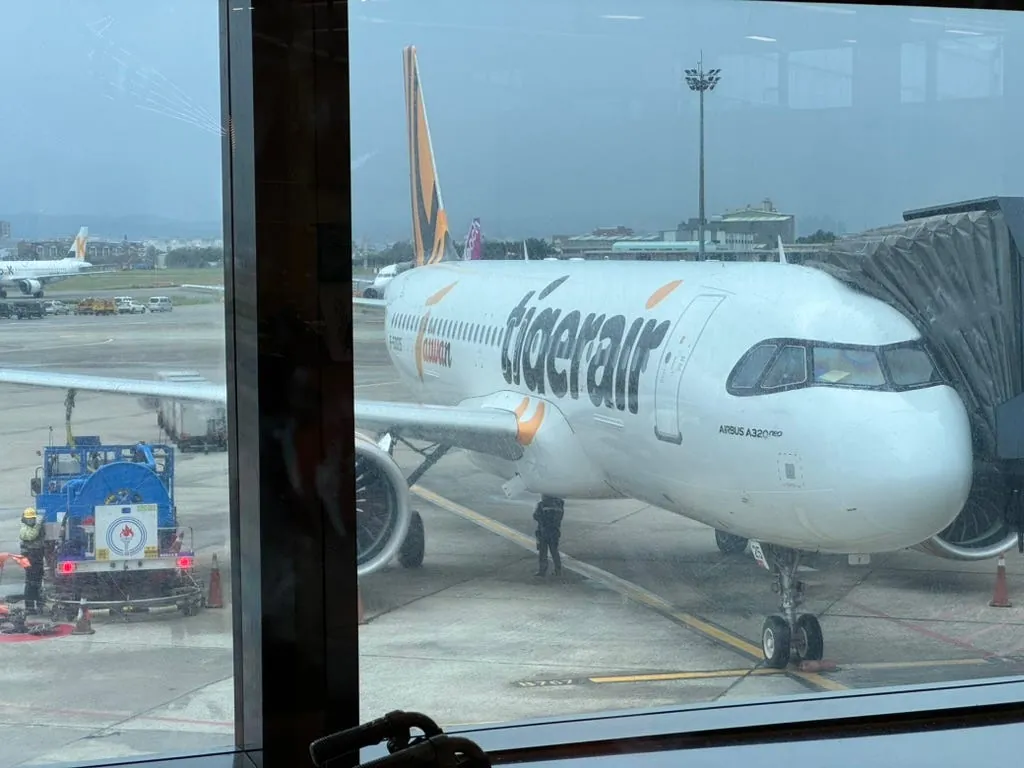
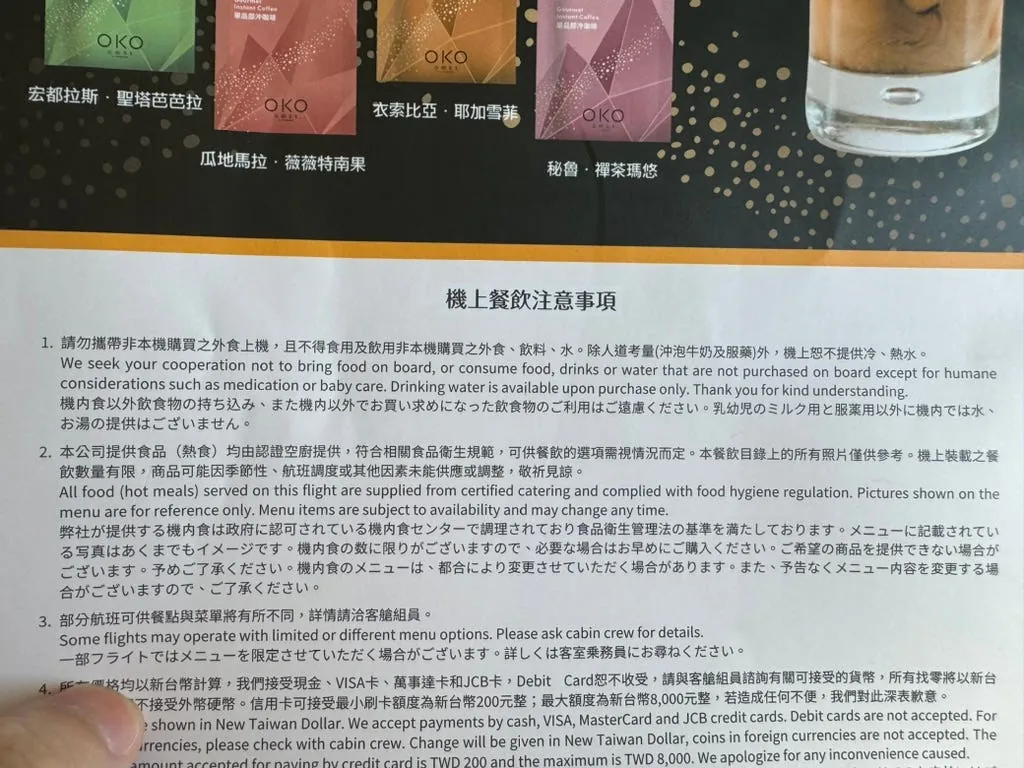
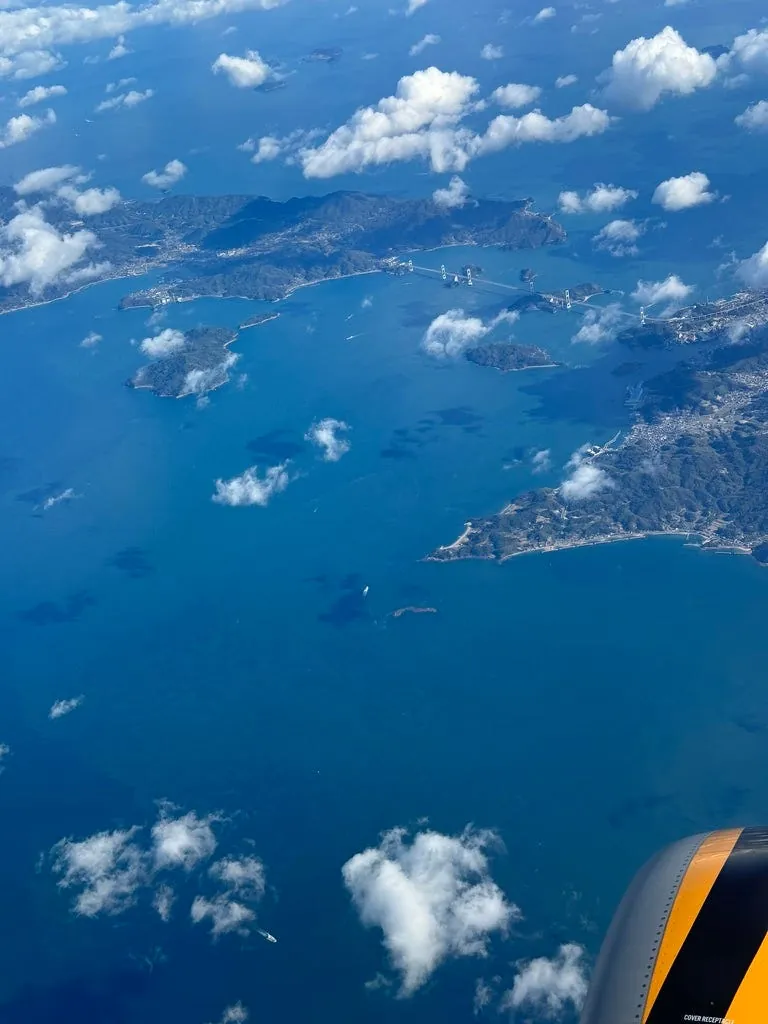
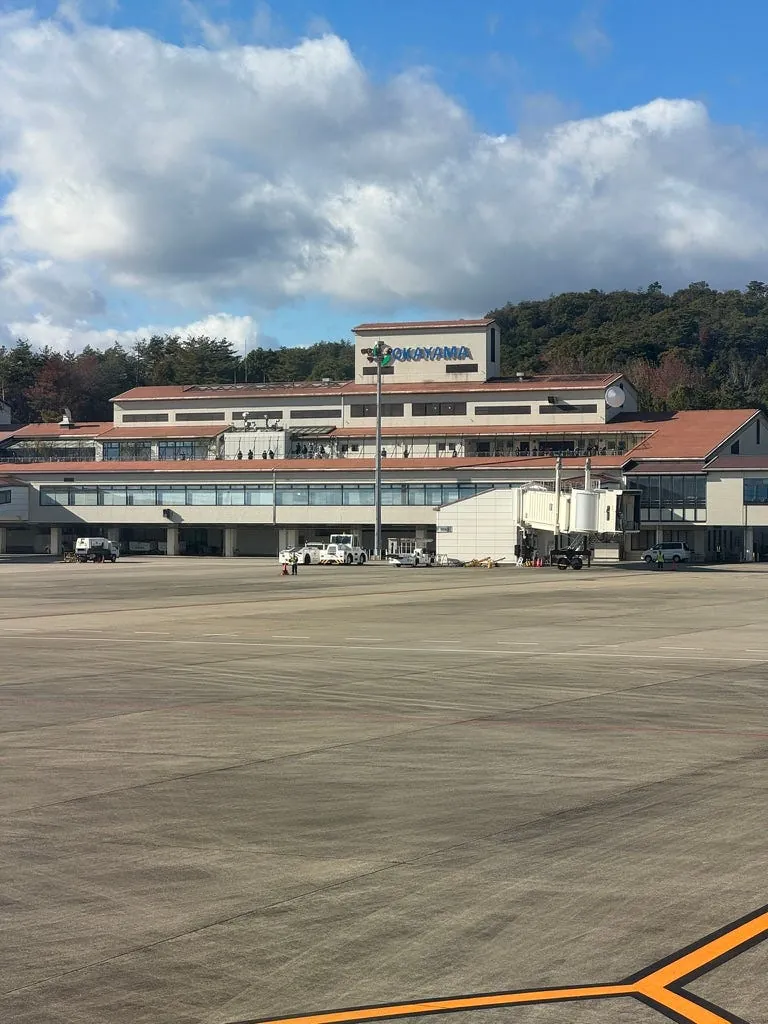
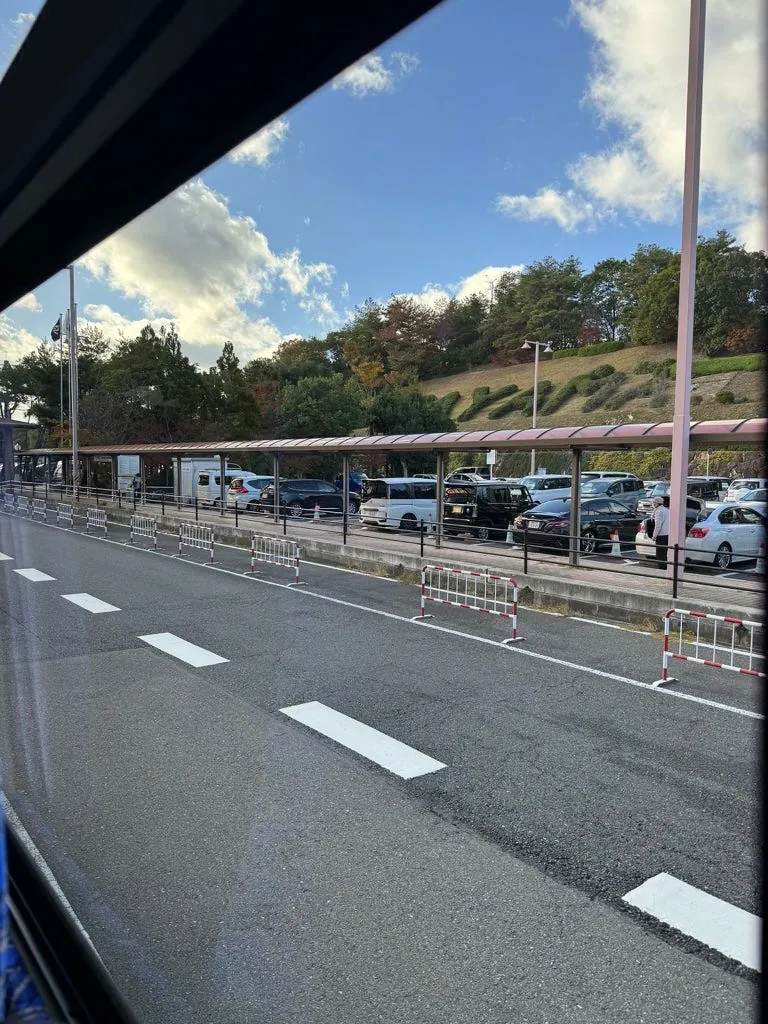
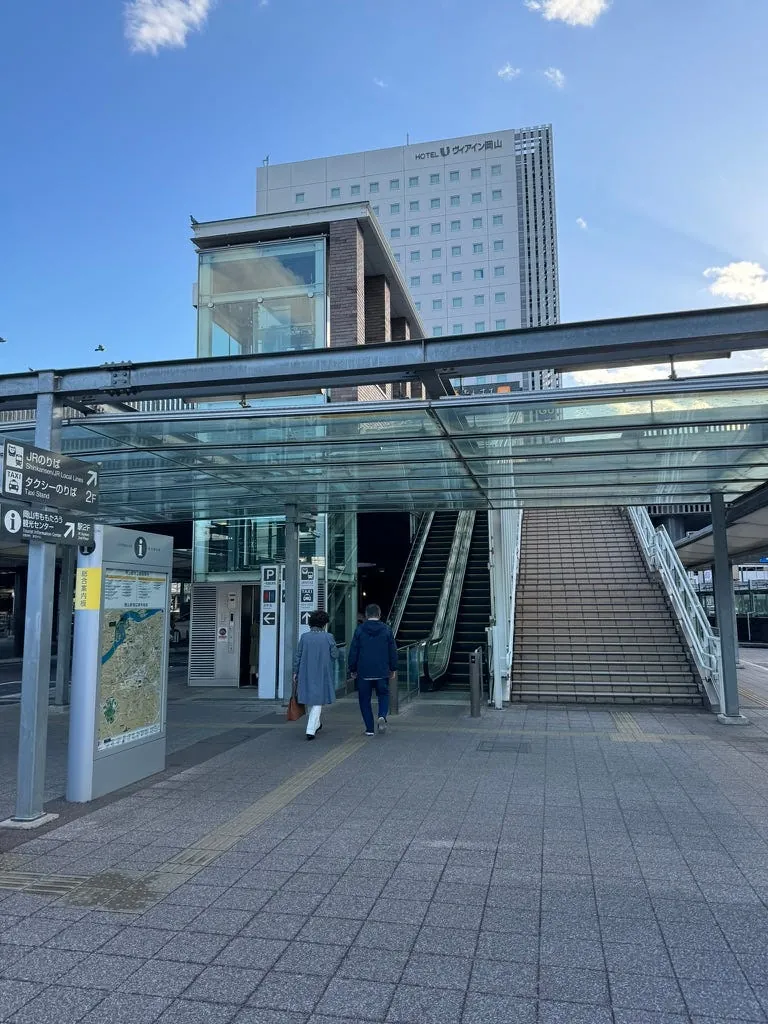
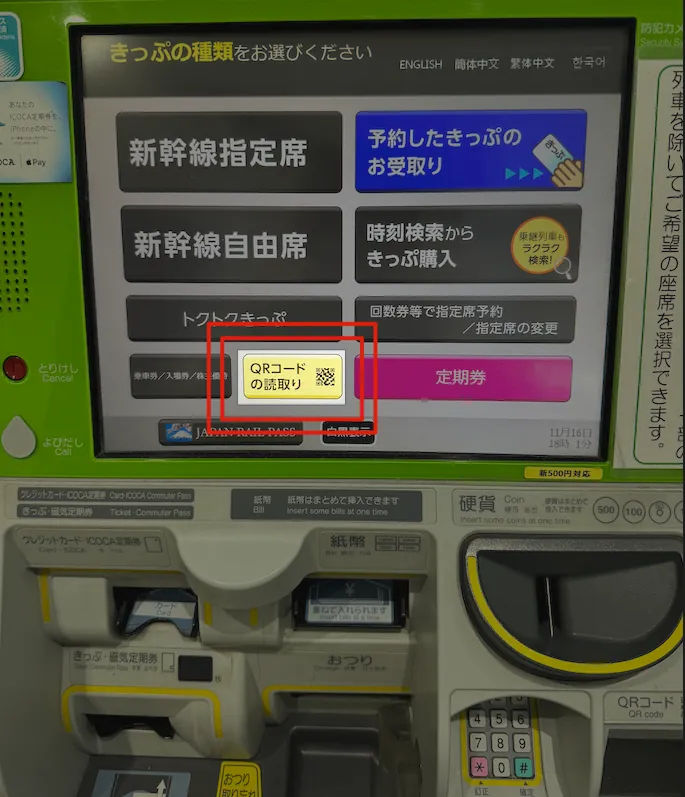
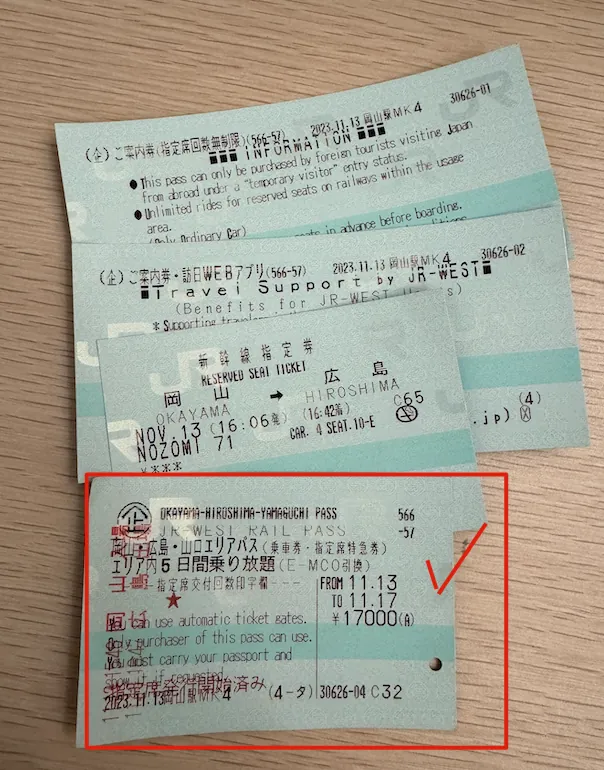
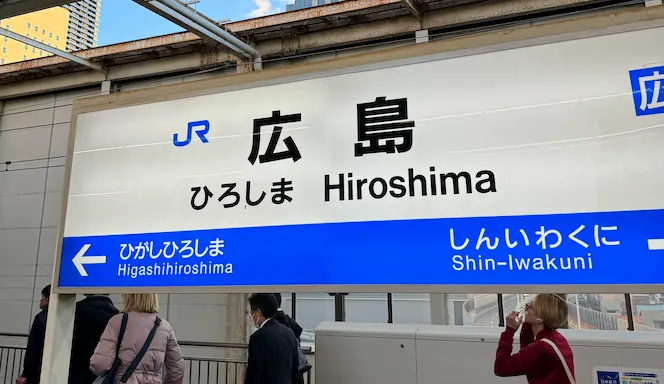
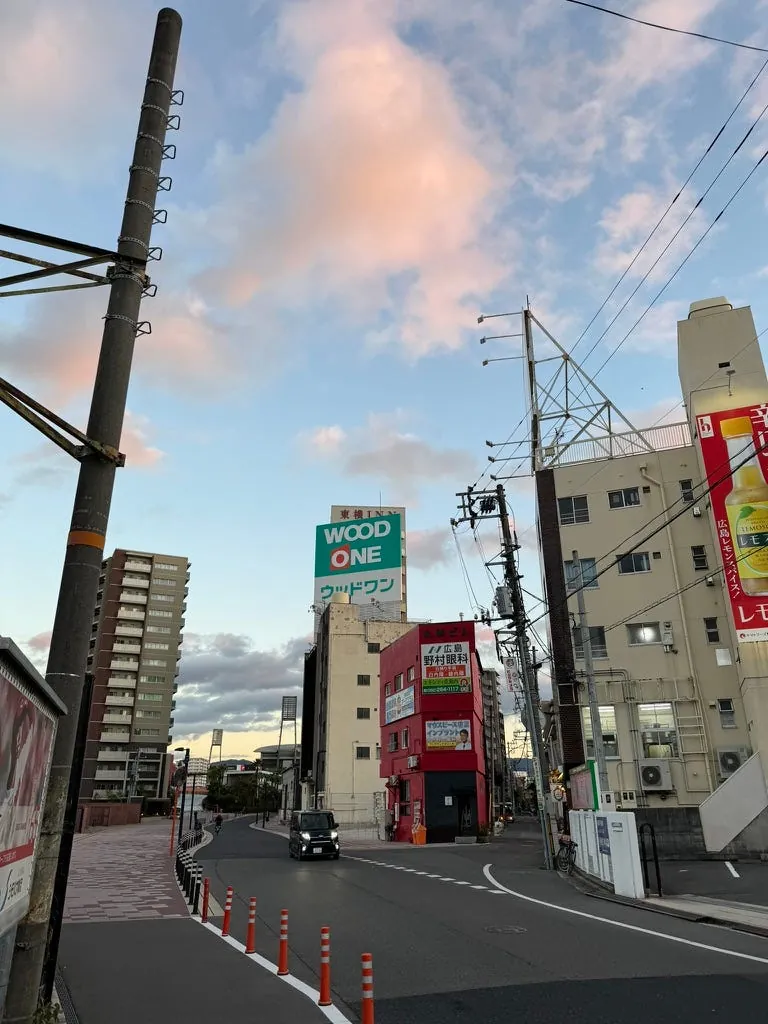
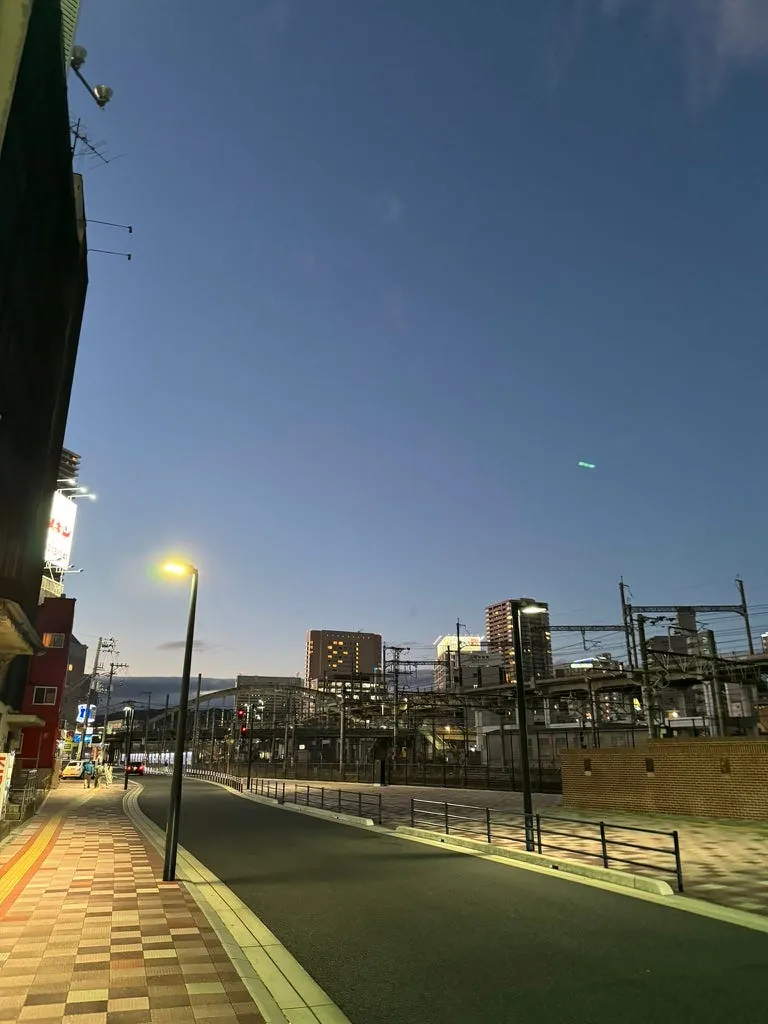
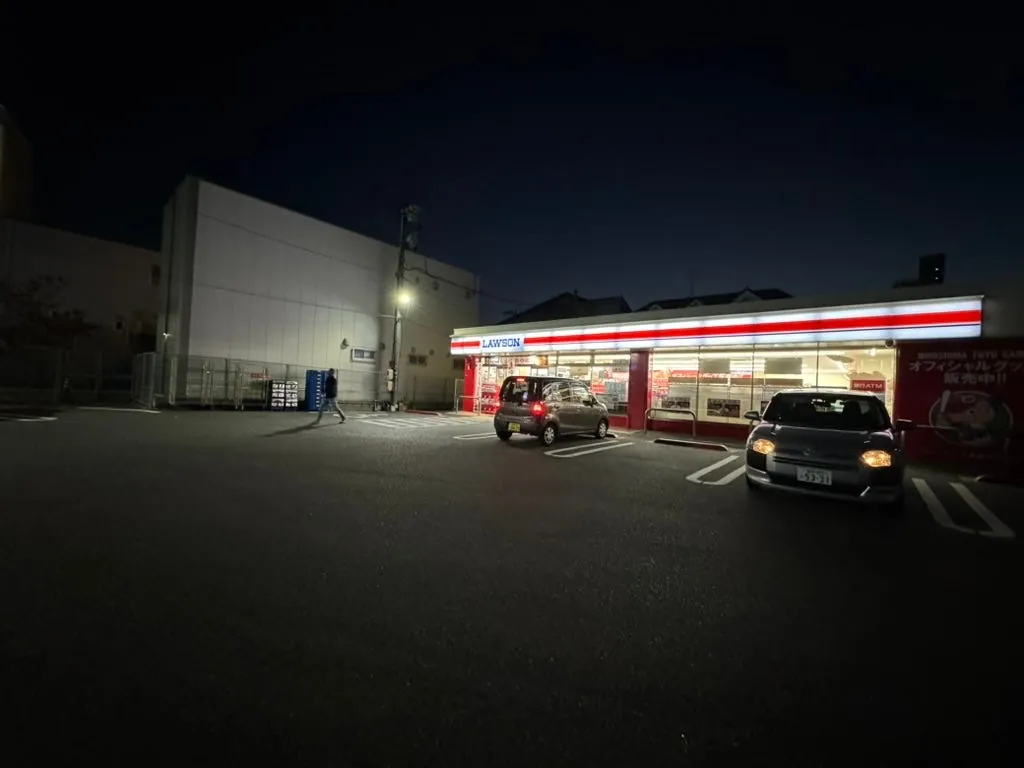
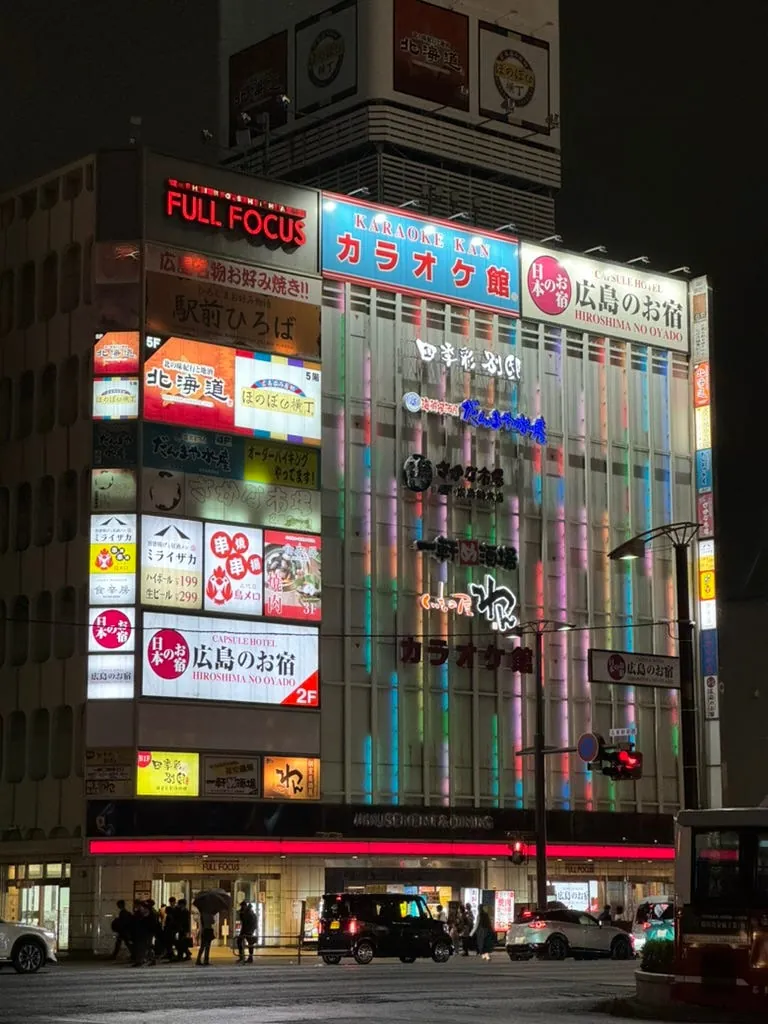
{:target="_blank"}](/assets/31b9b3a63abc/1*mIjh2c9lqbNQm1dug1HcrA.webp)
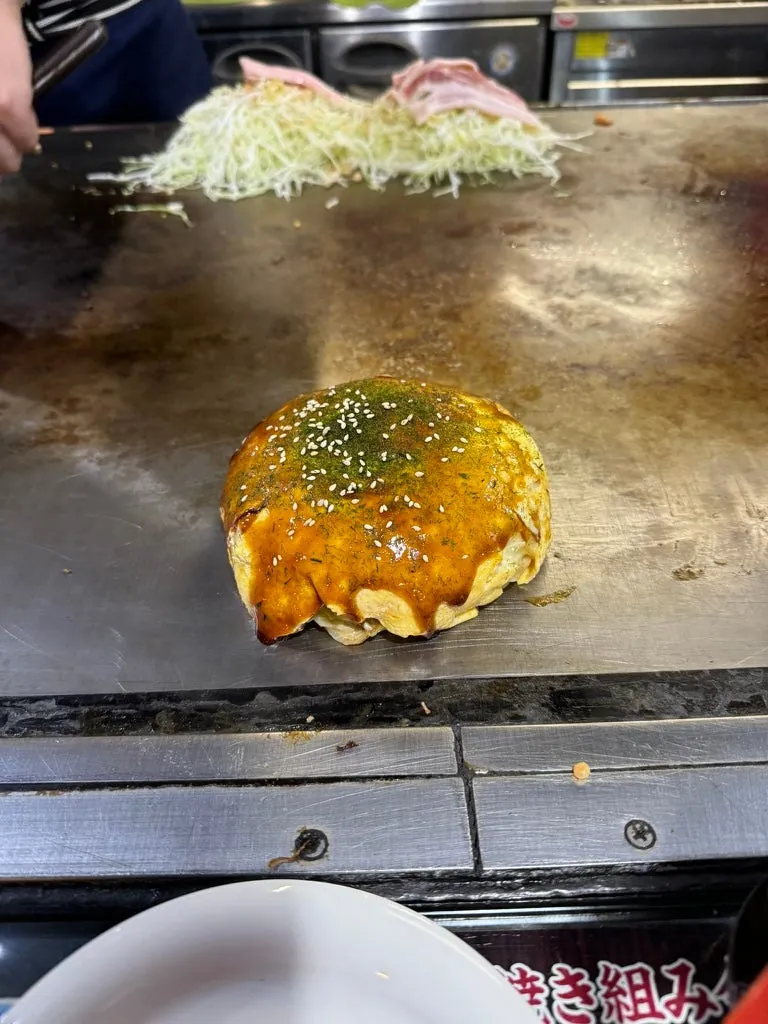
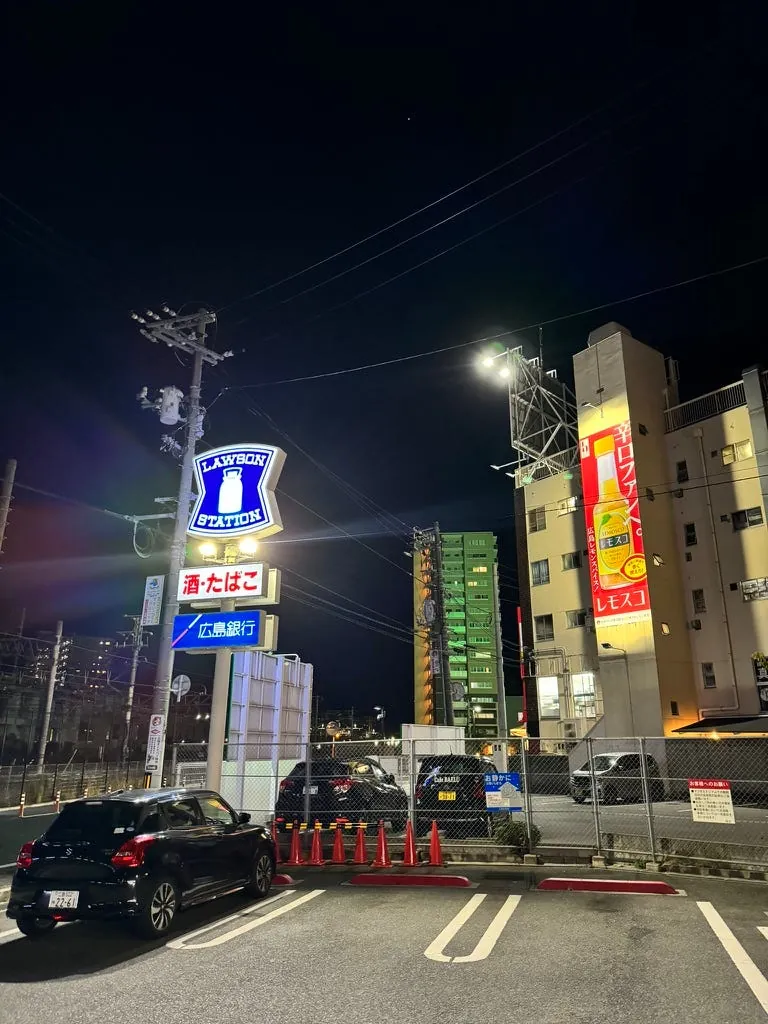
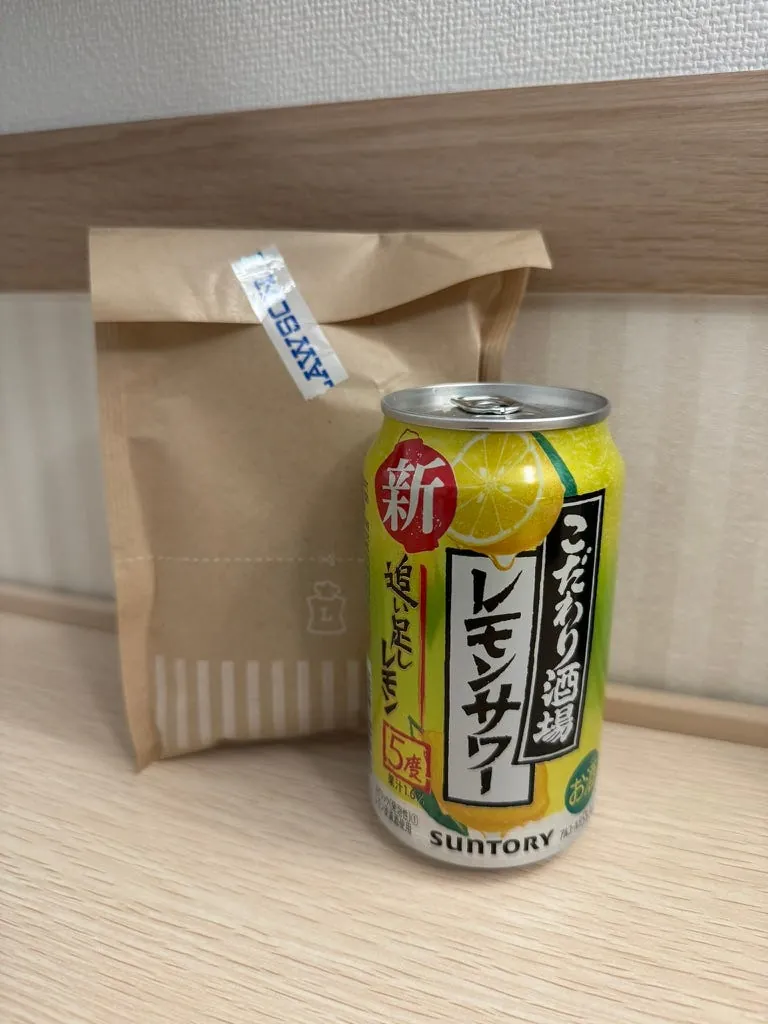
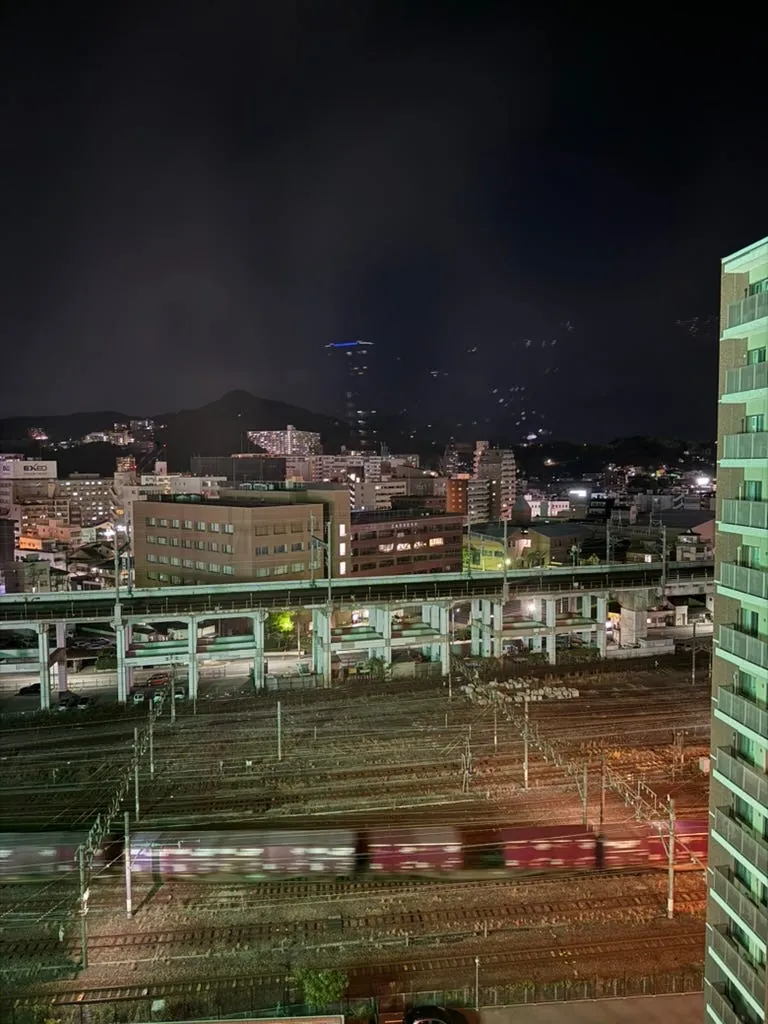
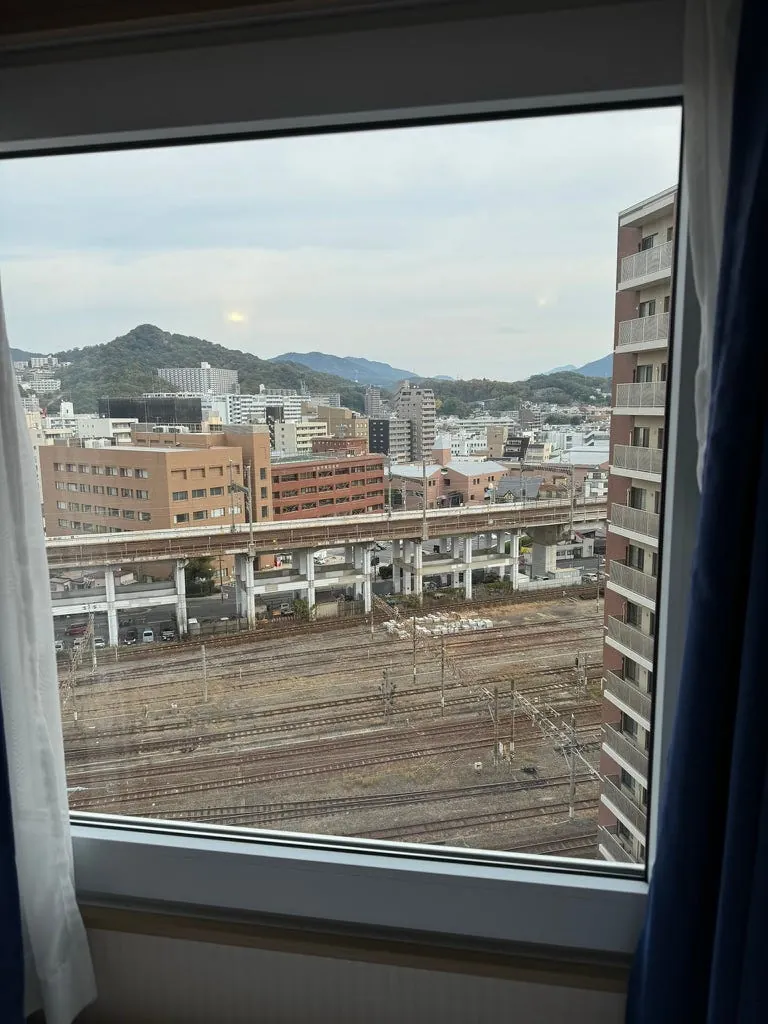
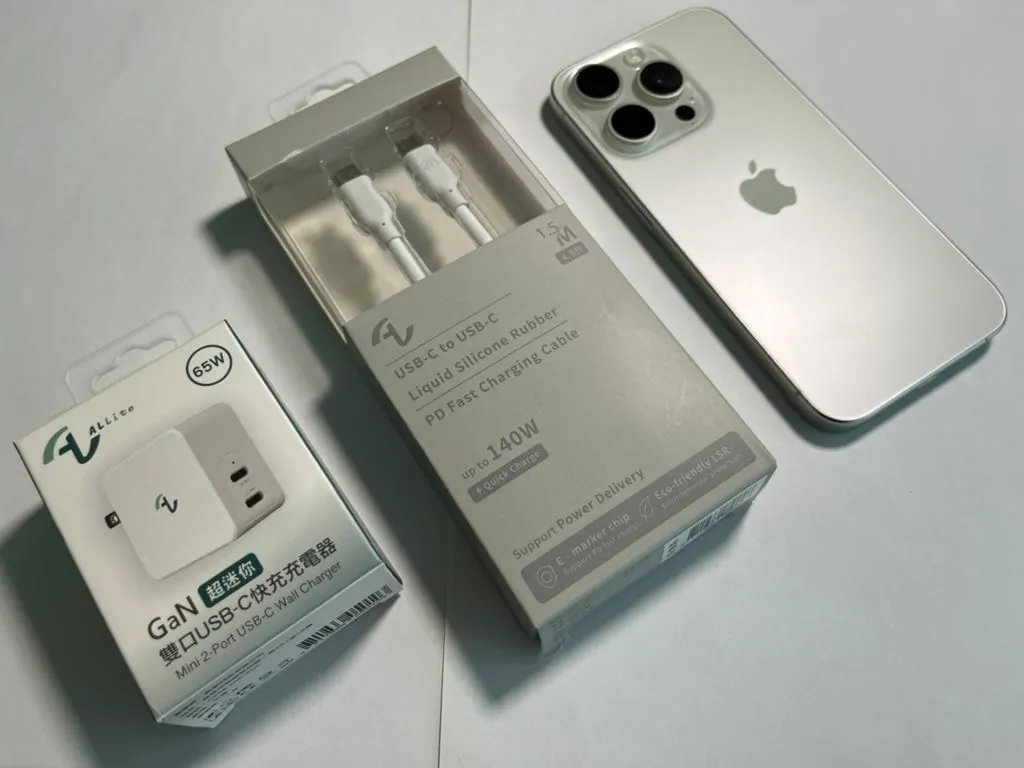
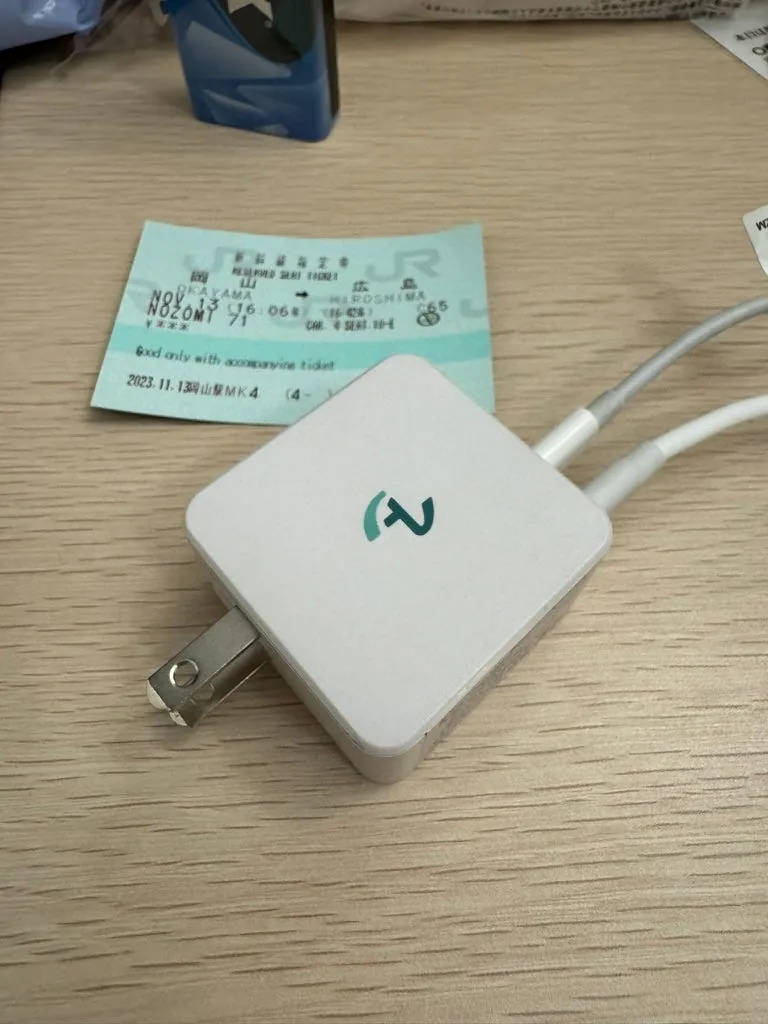
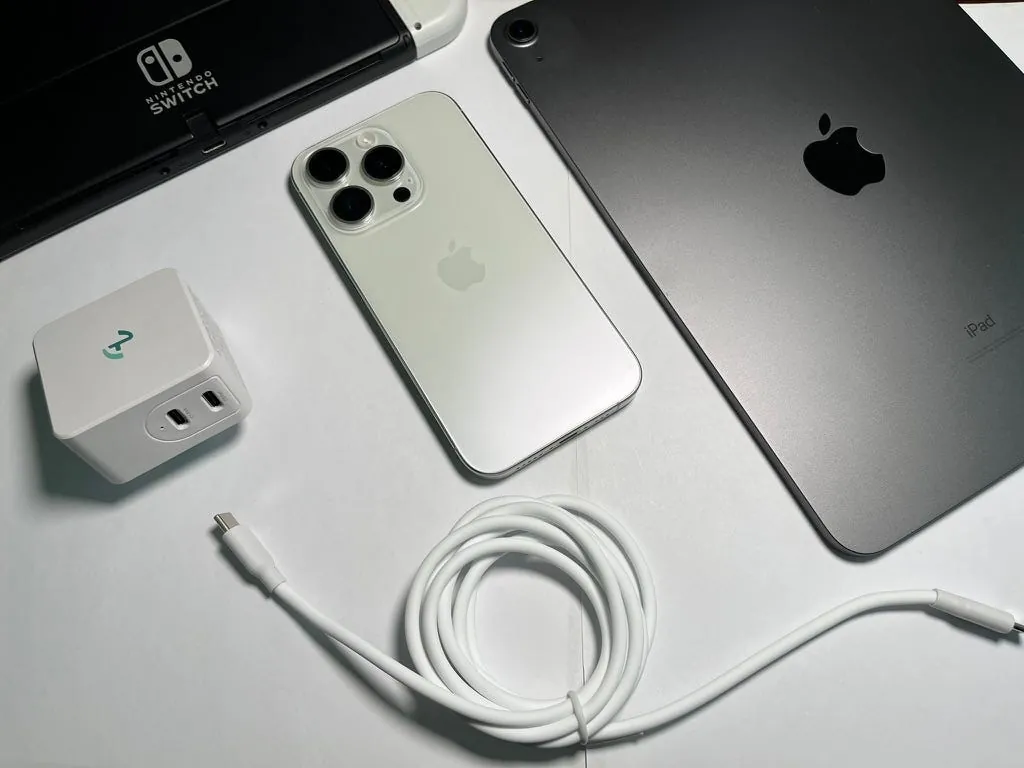
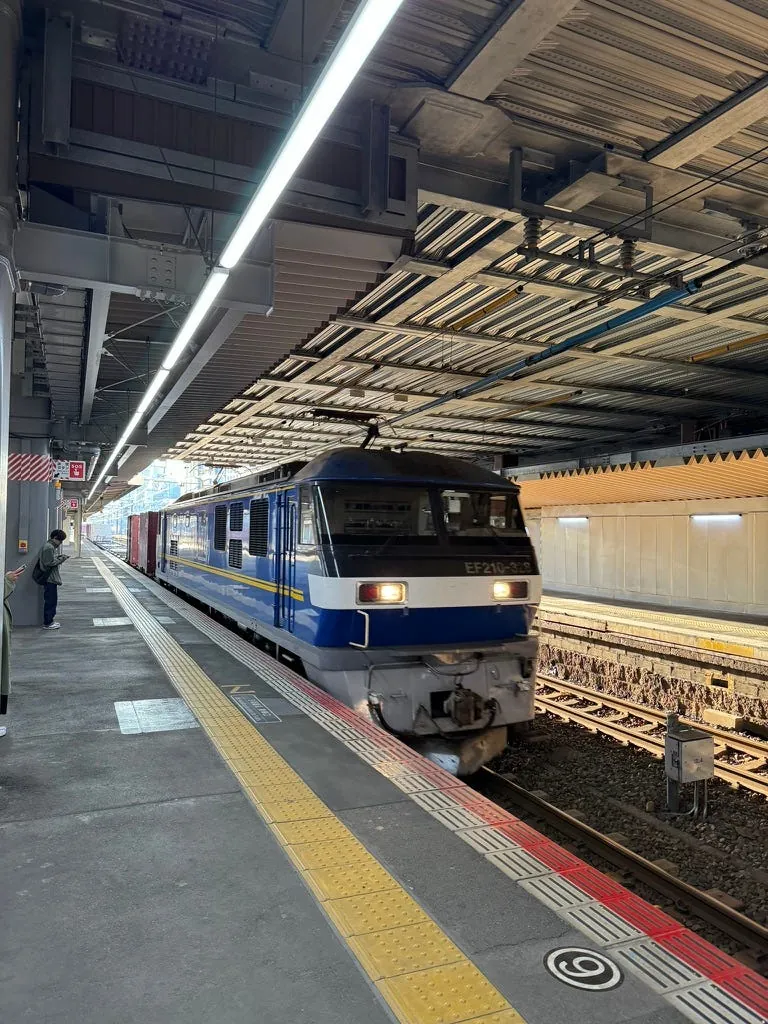
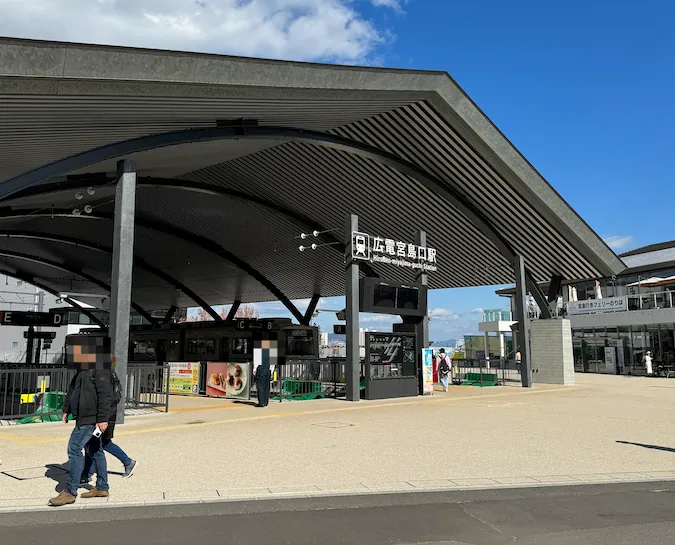
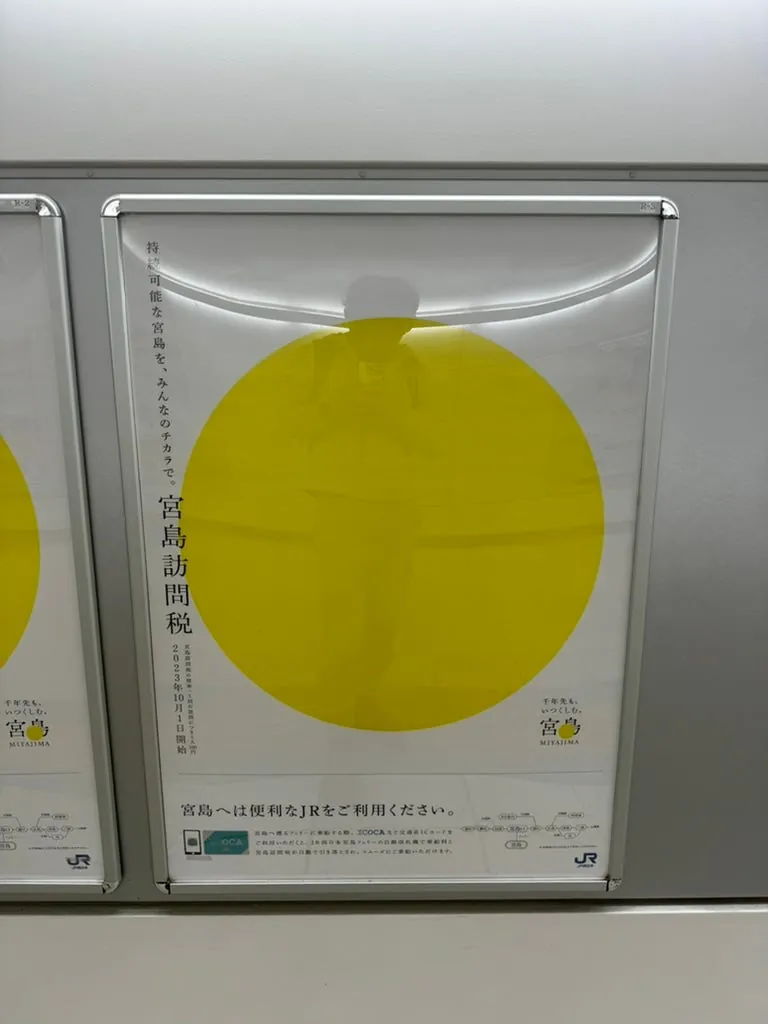

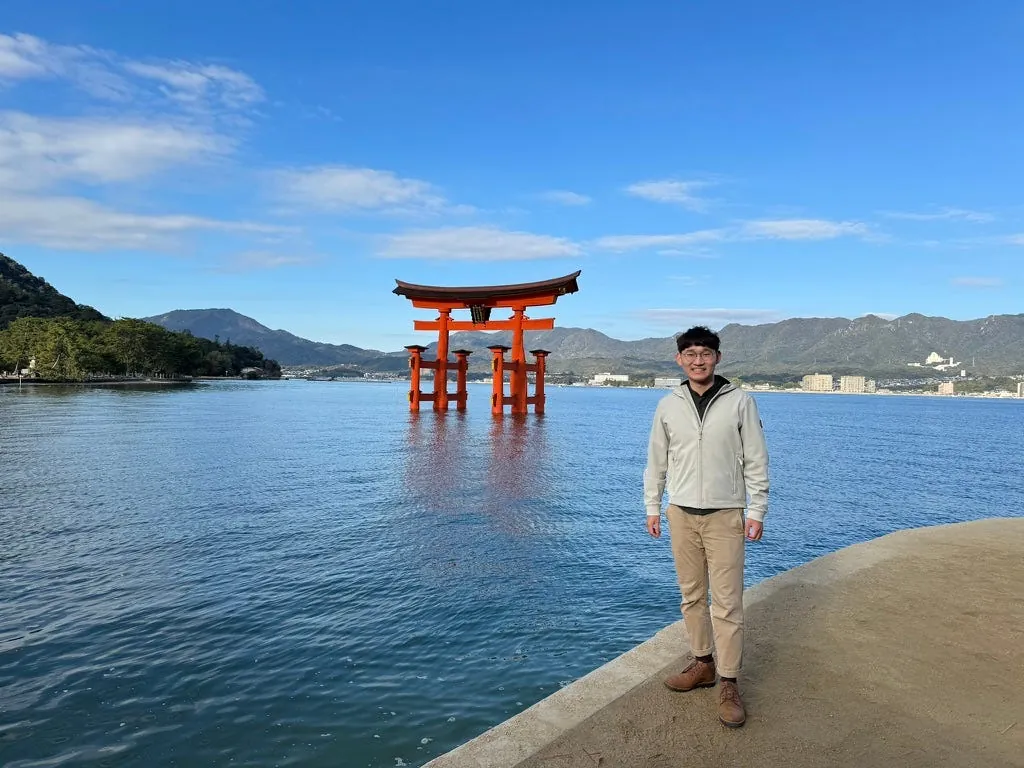
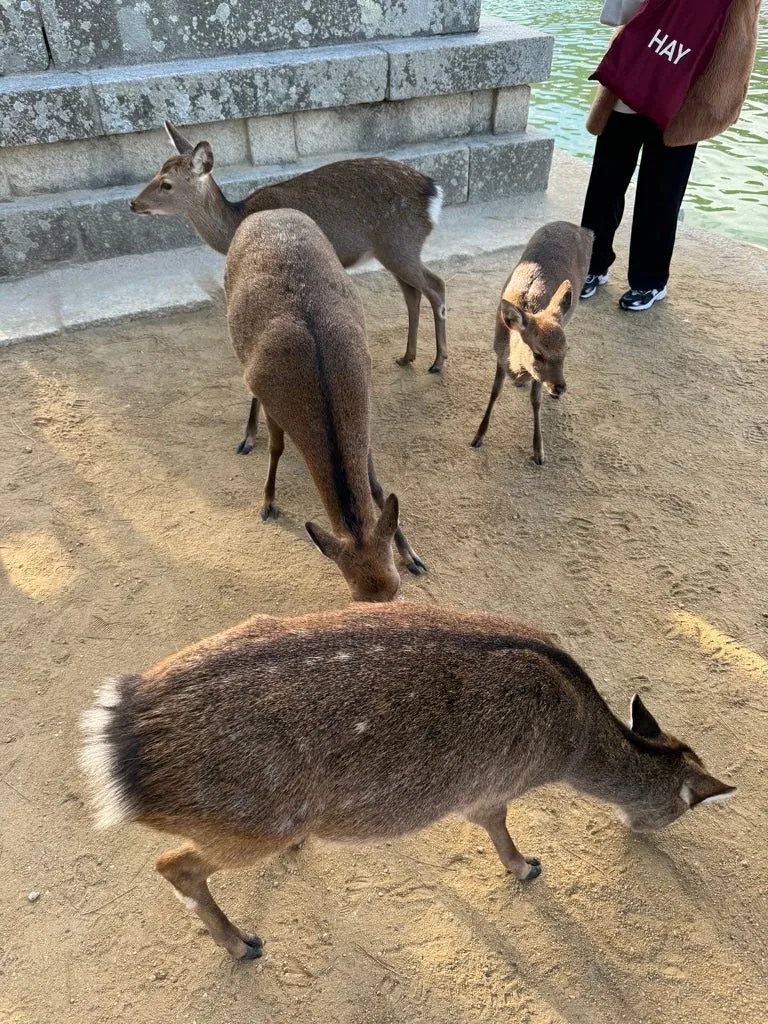
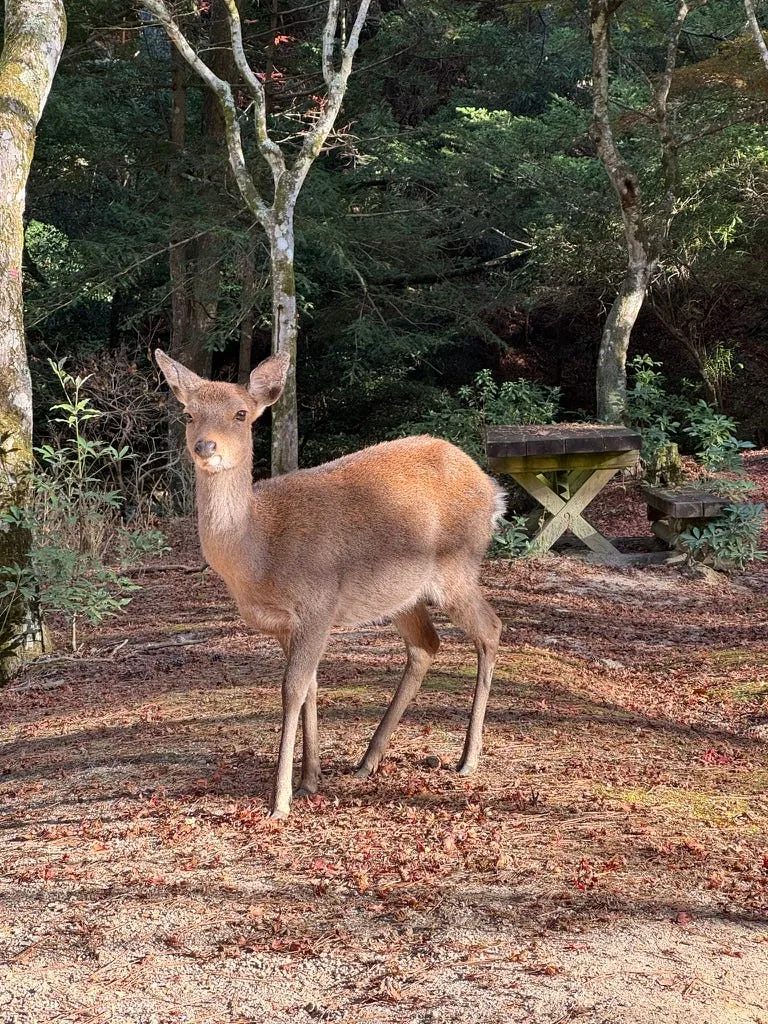
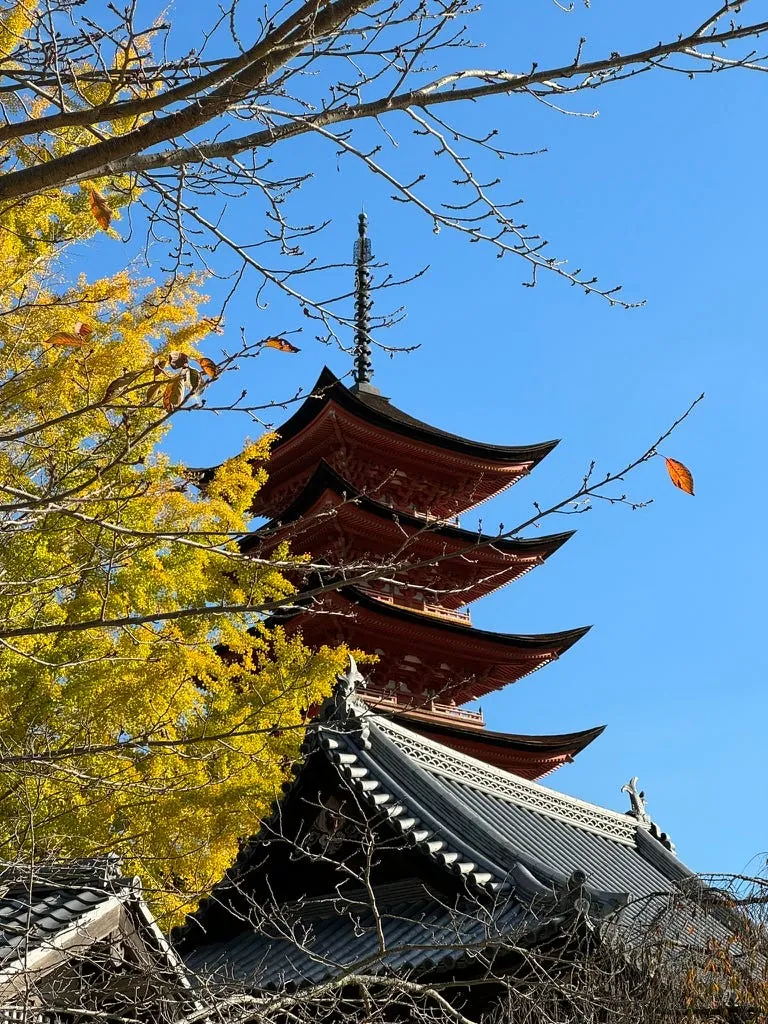
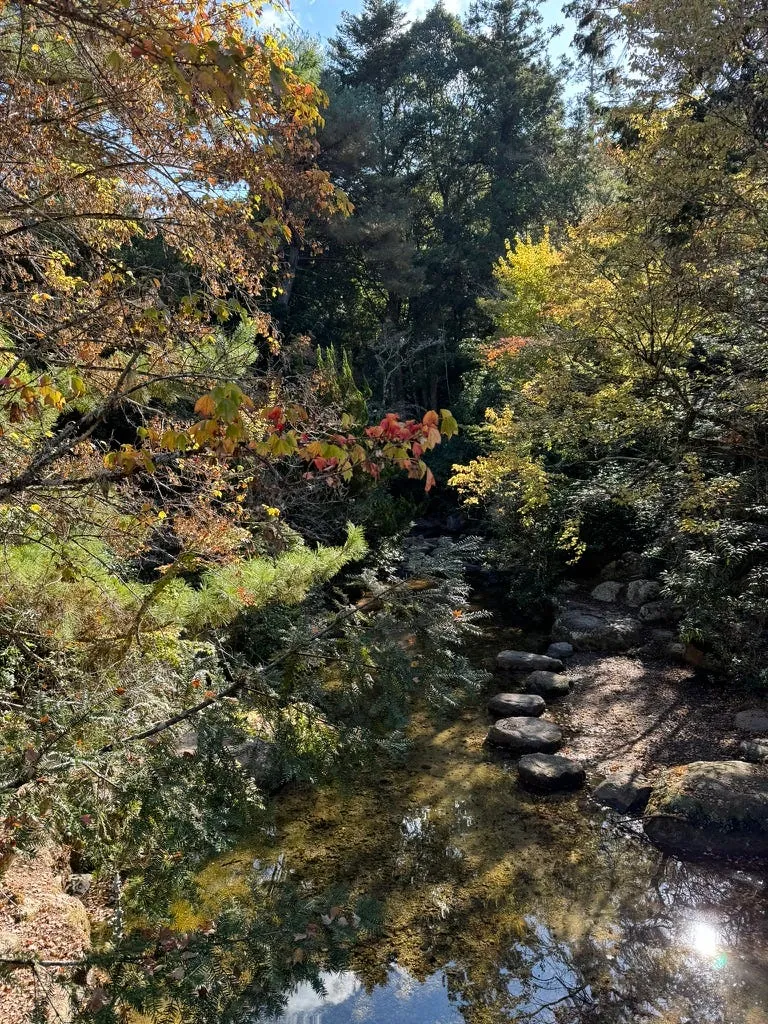
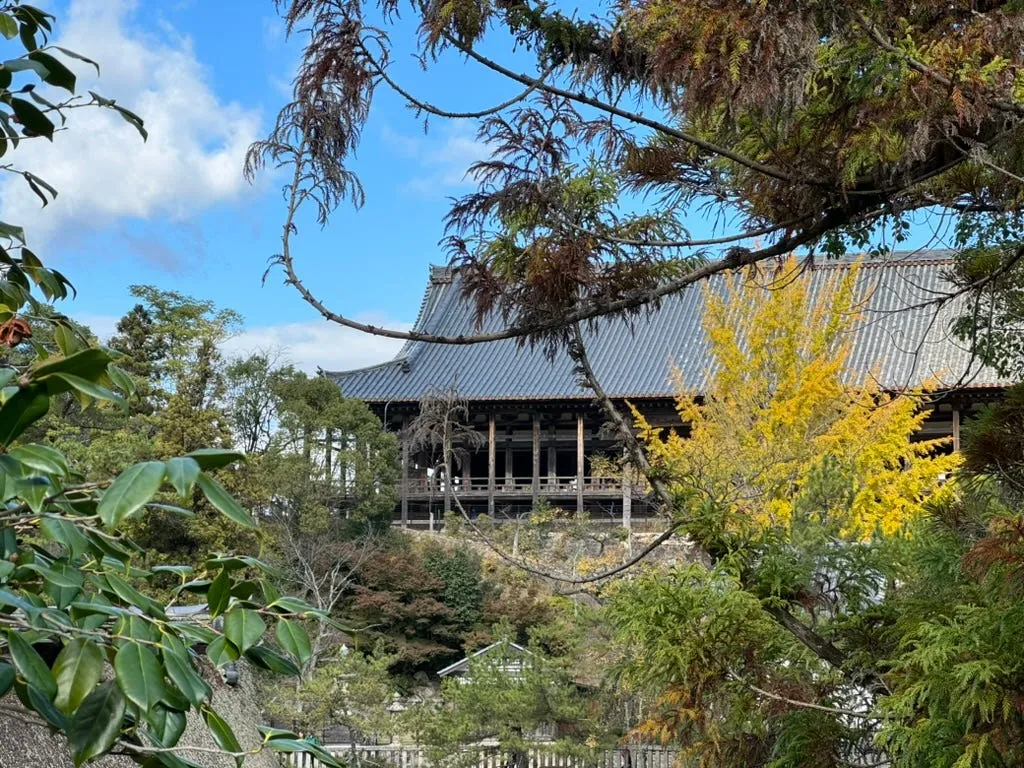
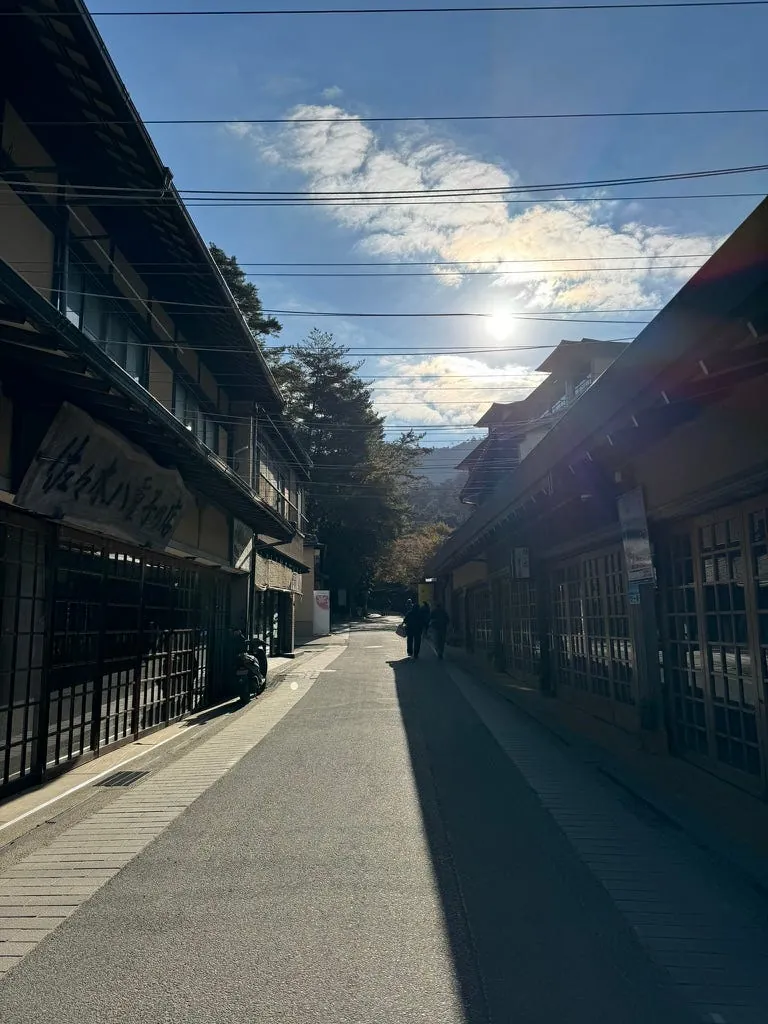
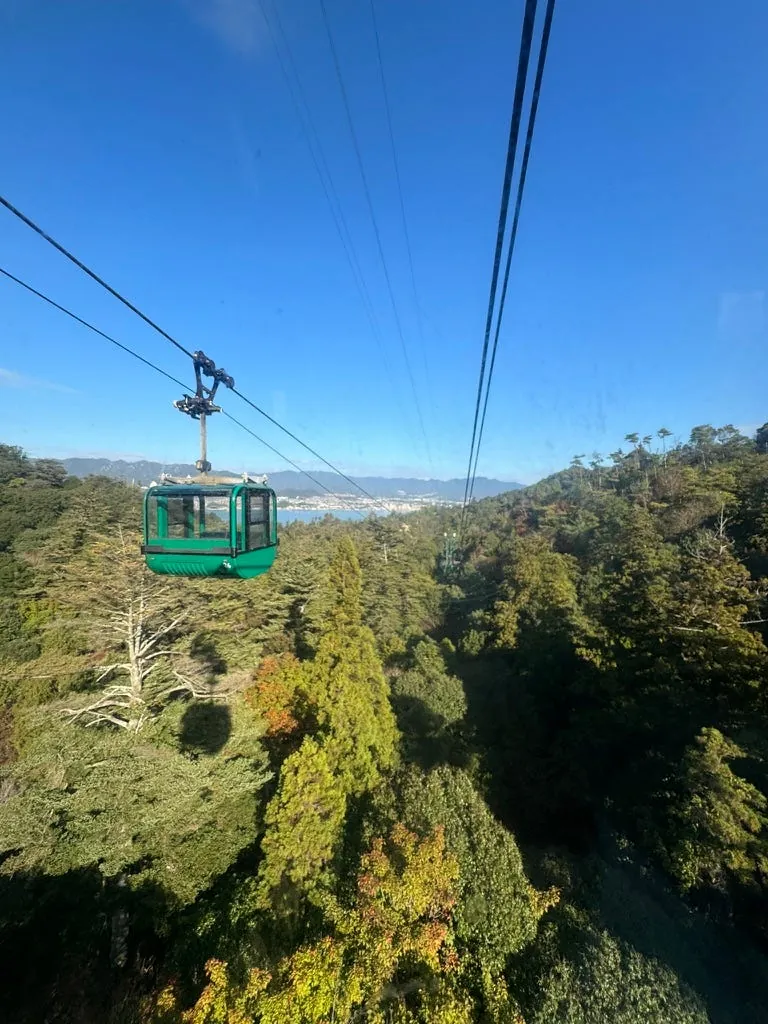
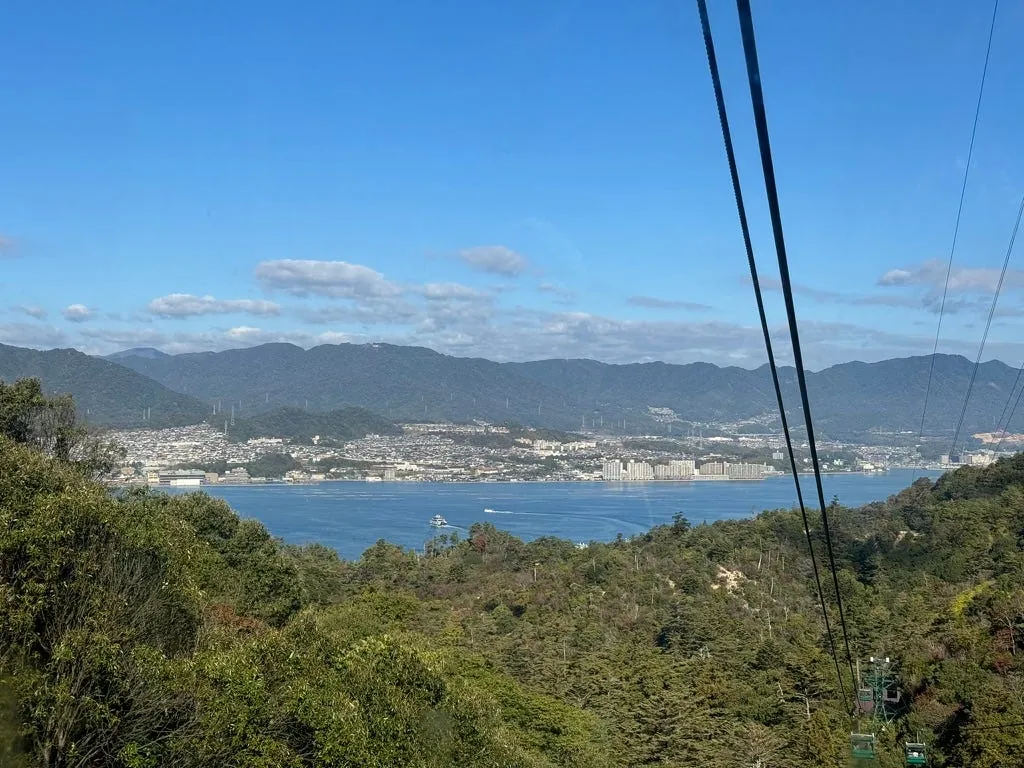
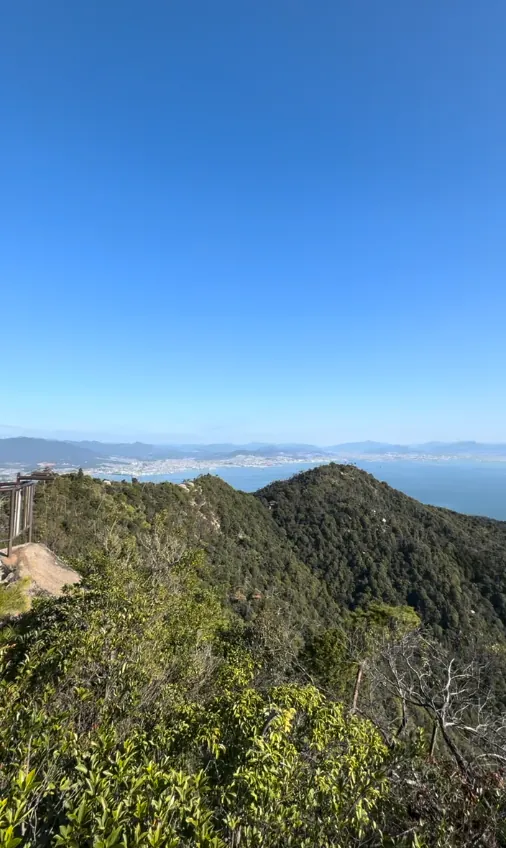
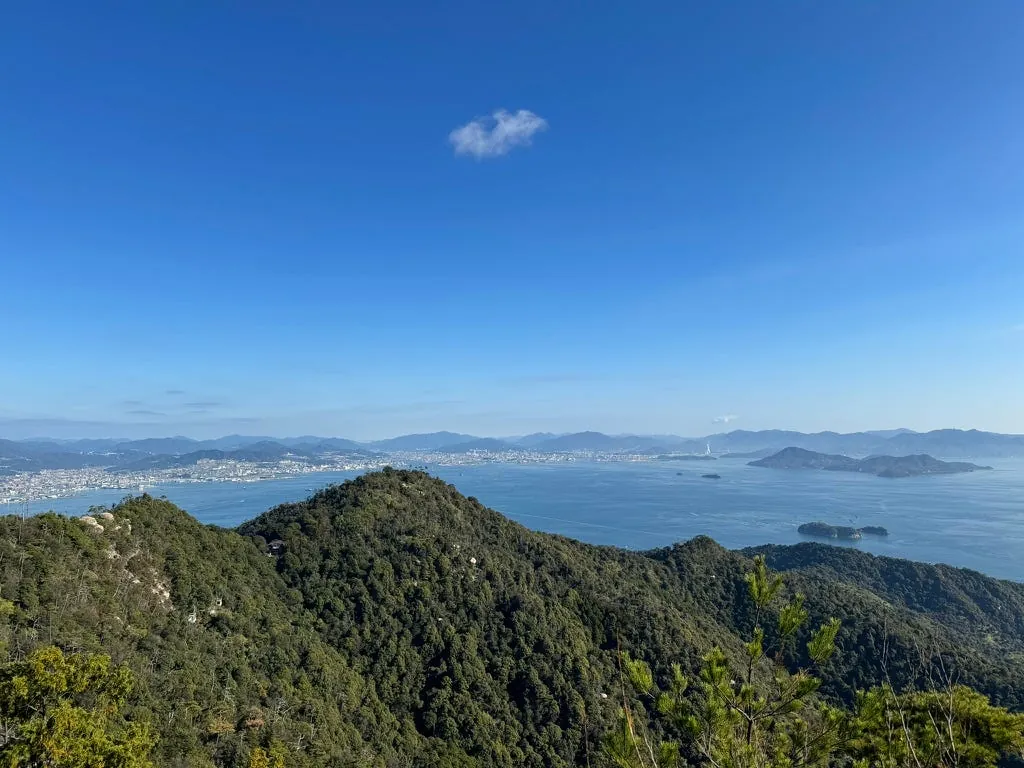
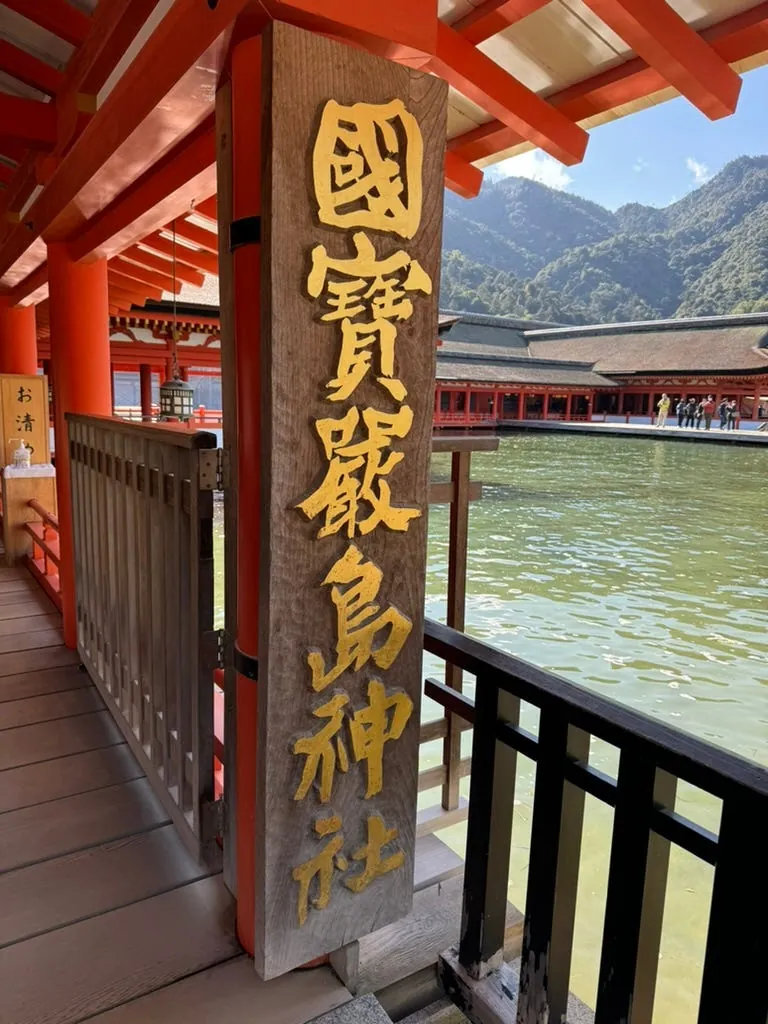
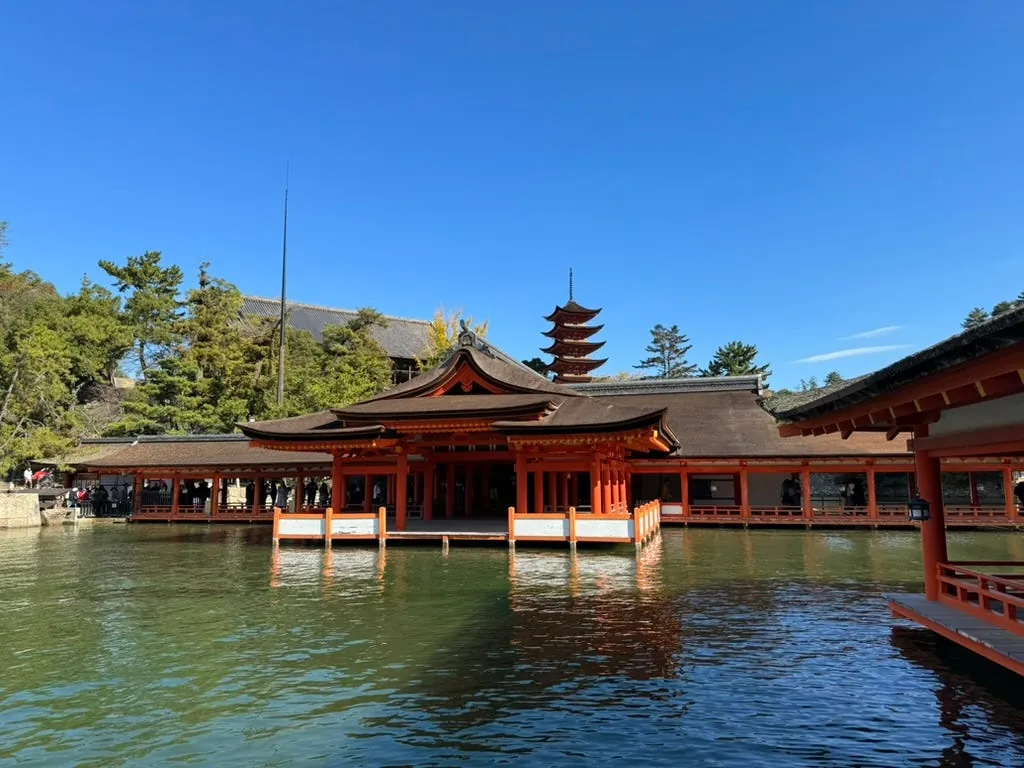
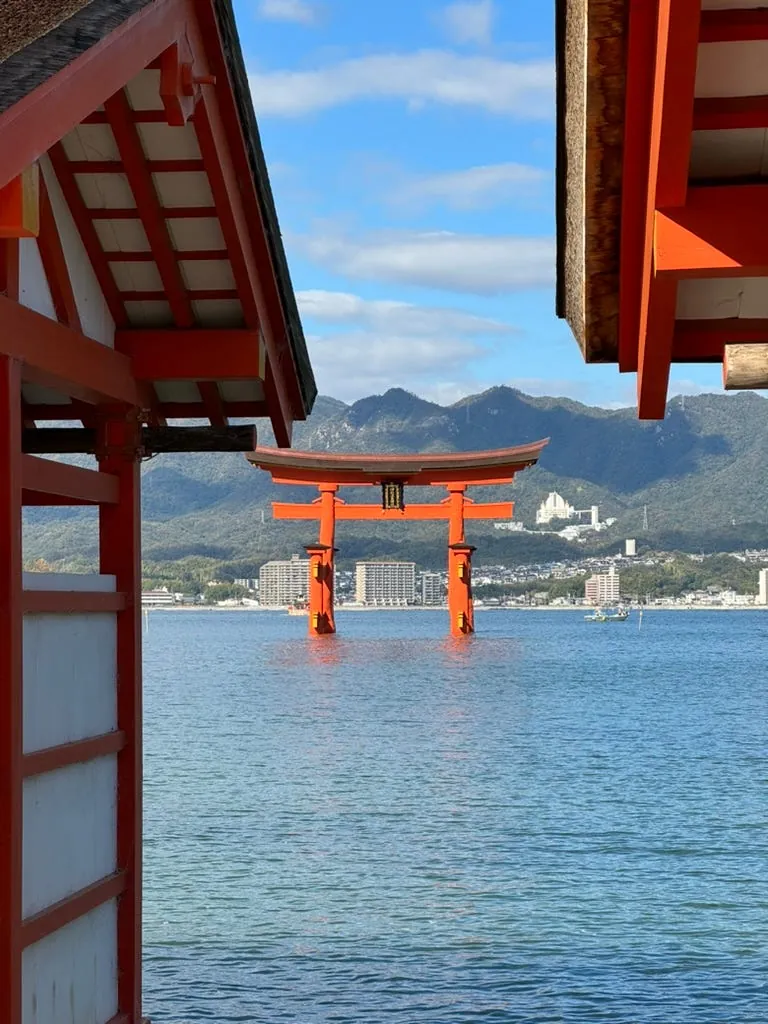
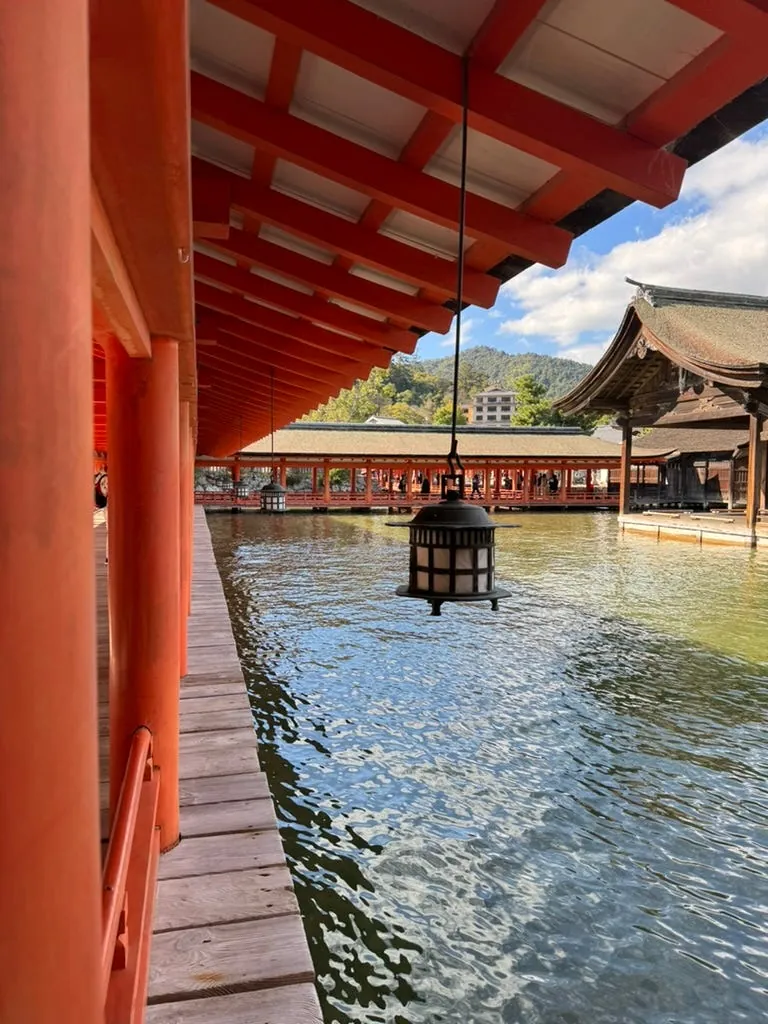
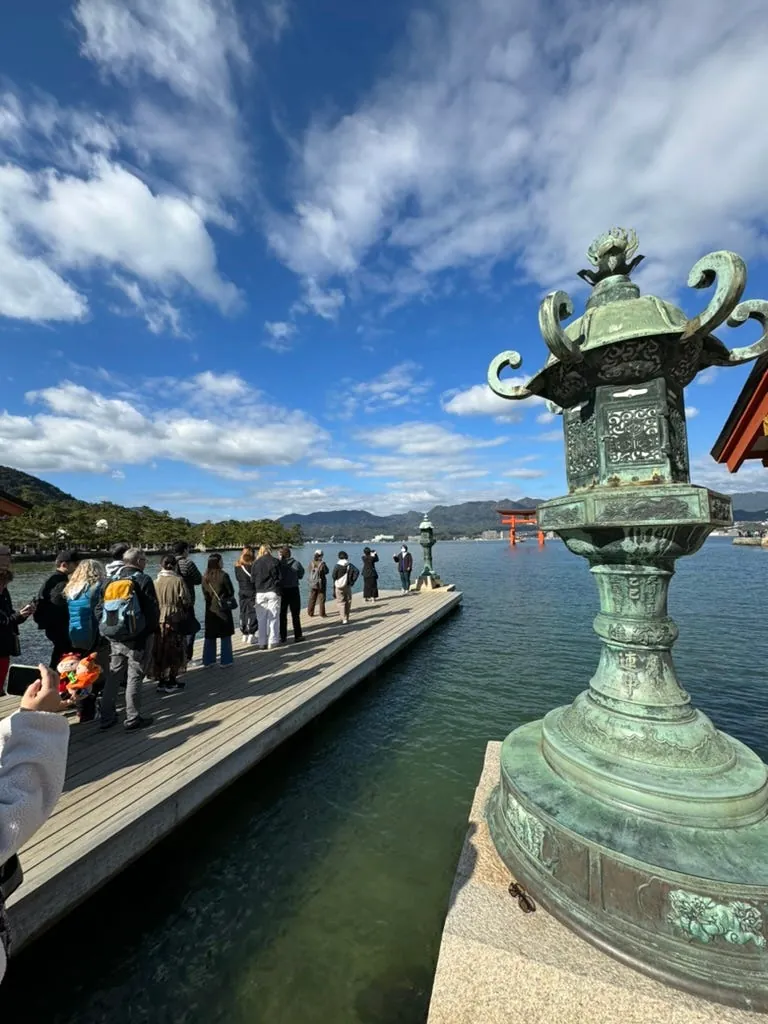
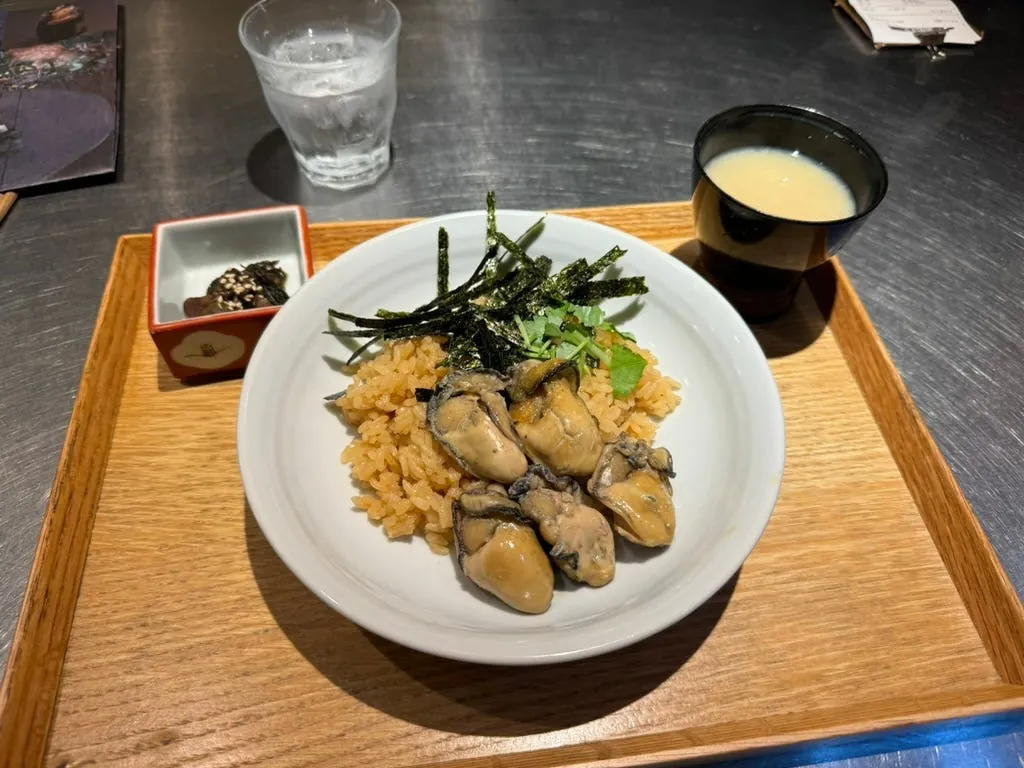
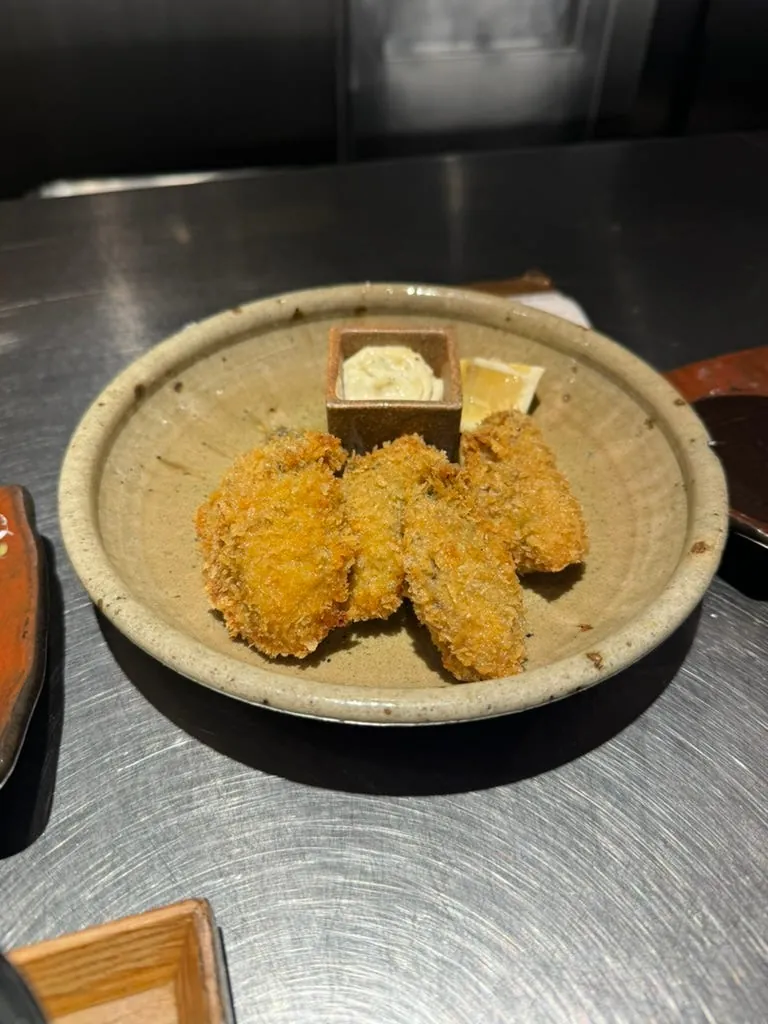
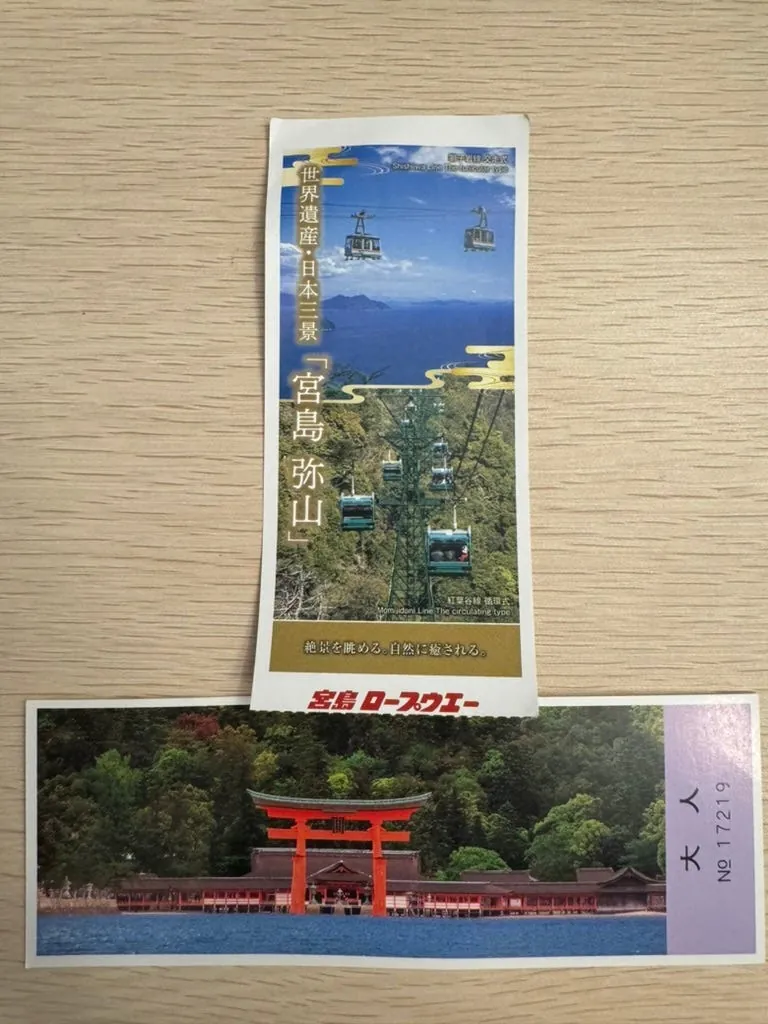
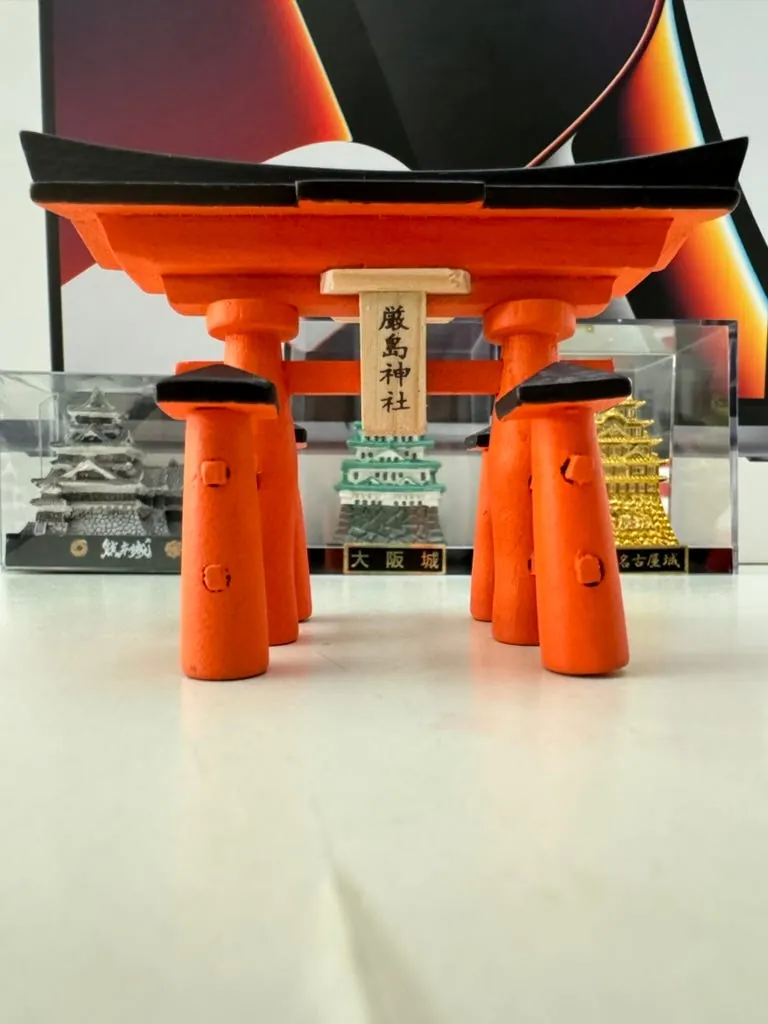

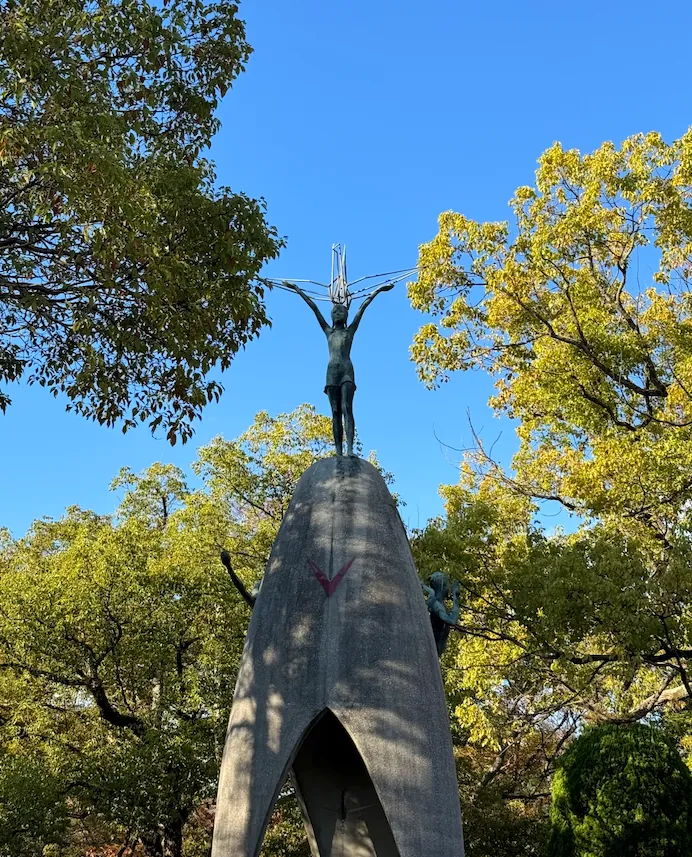
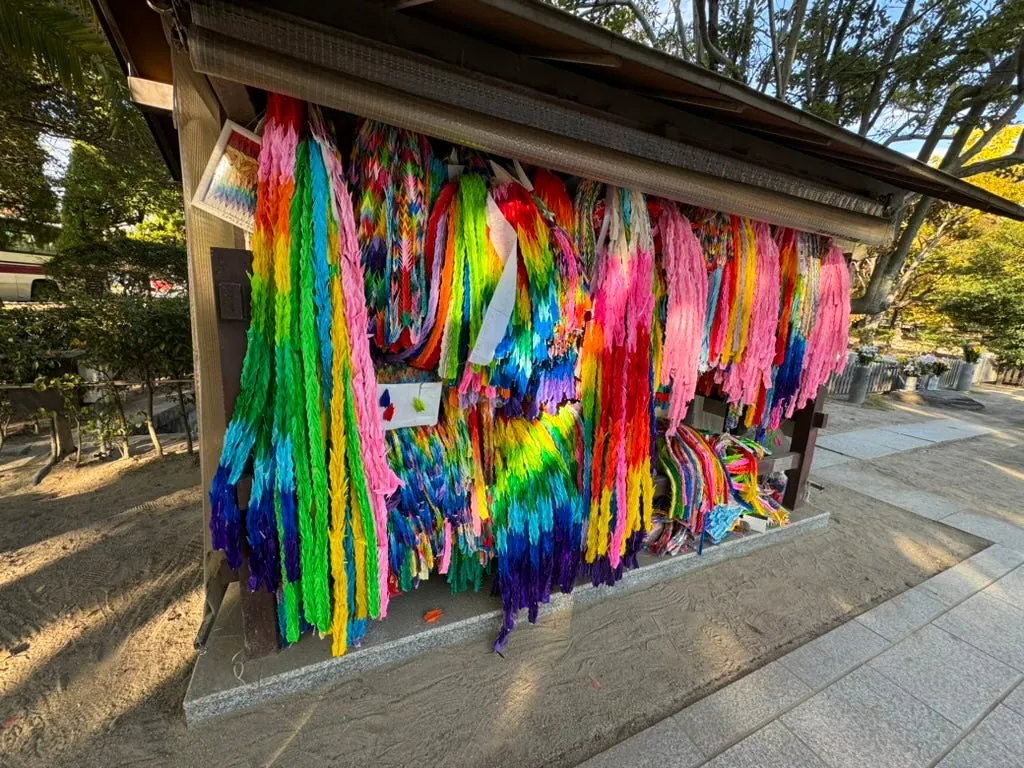
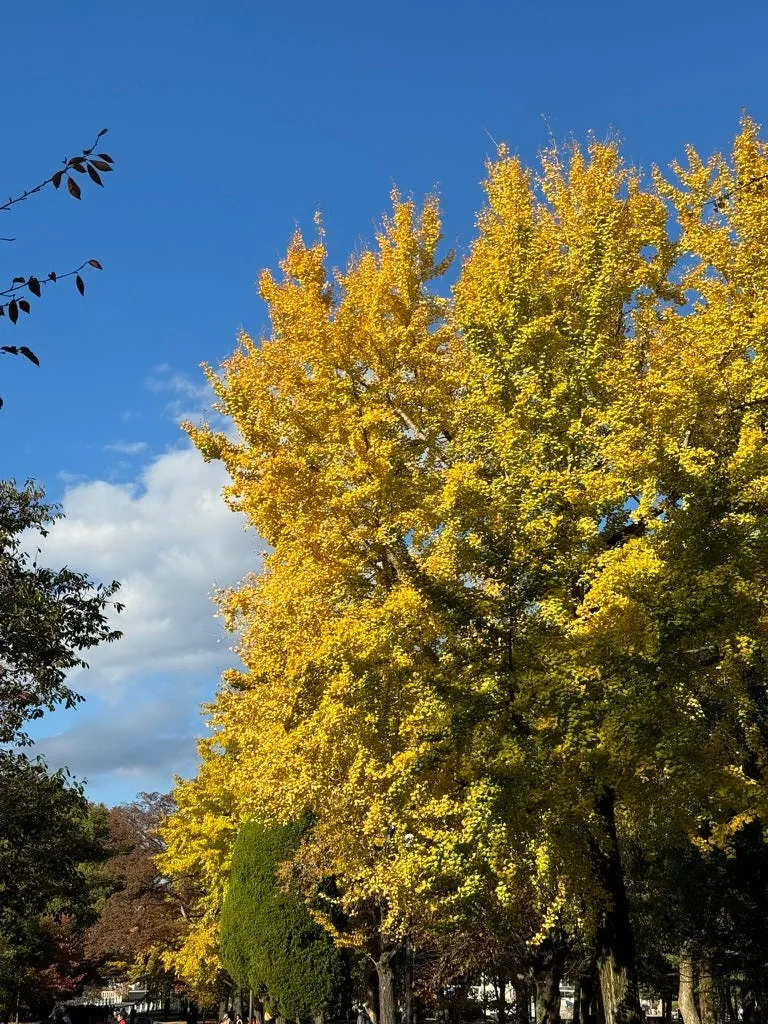
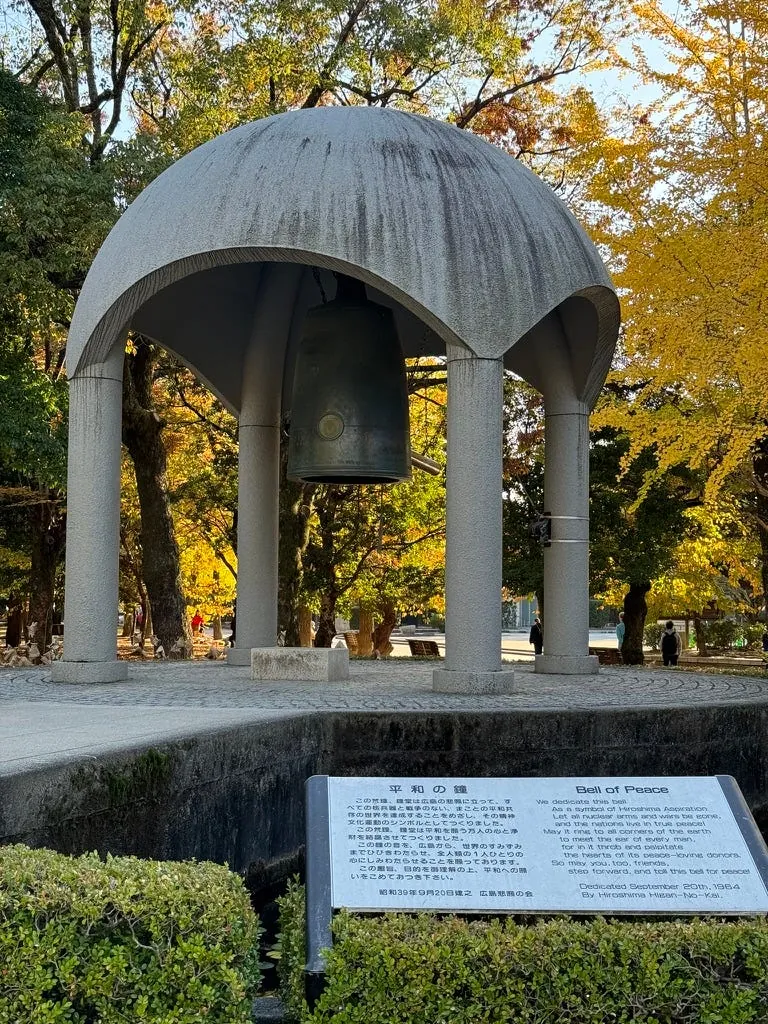
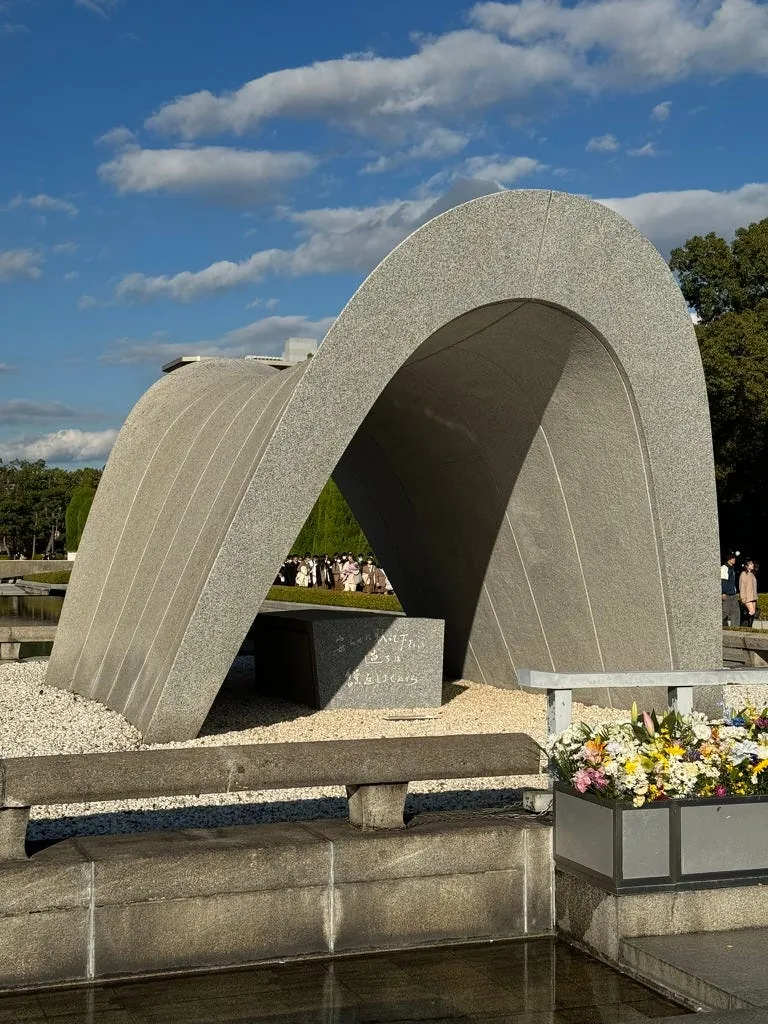
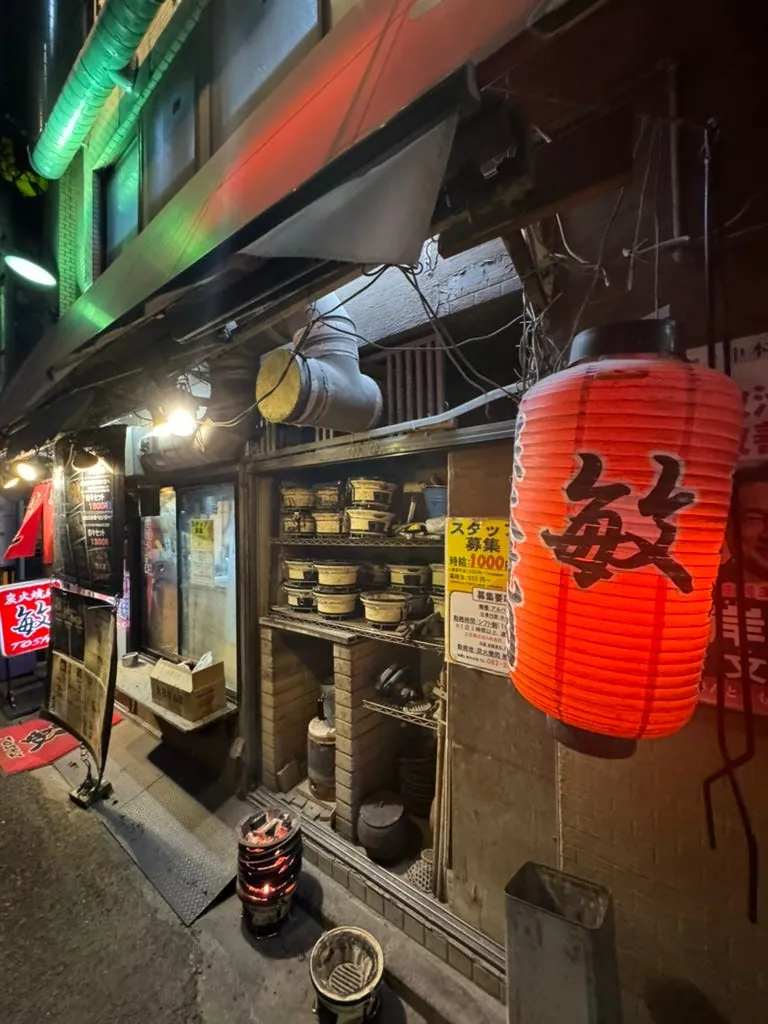
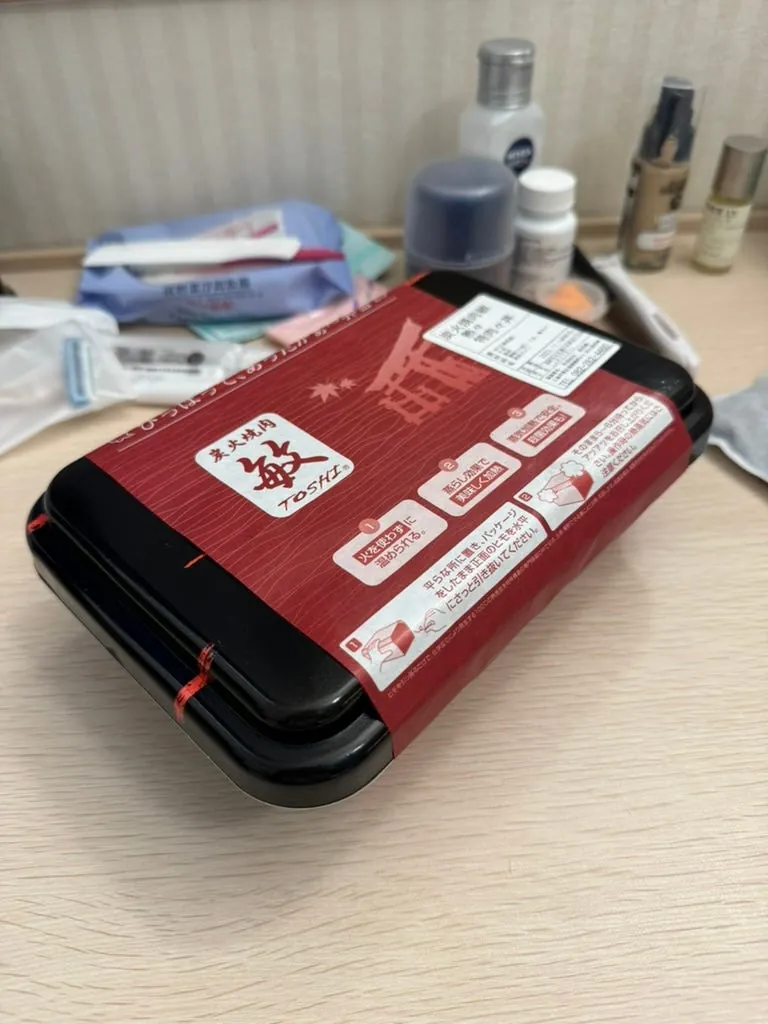
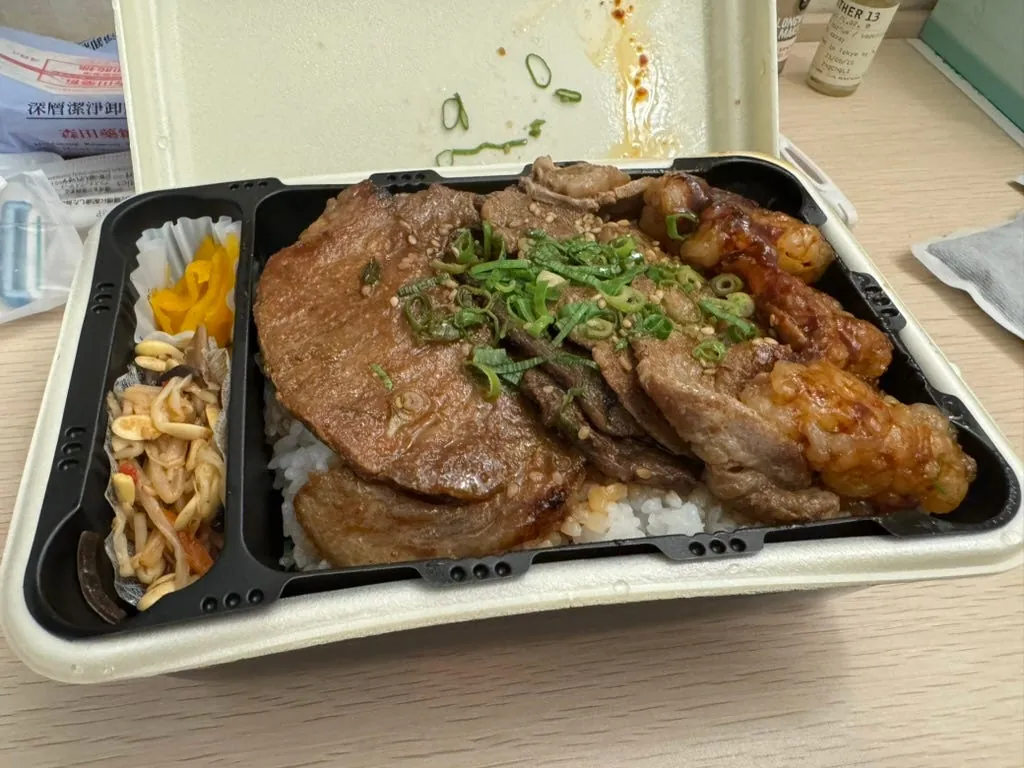
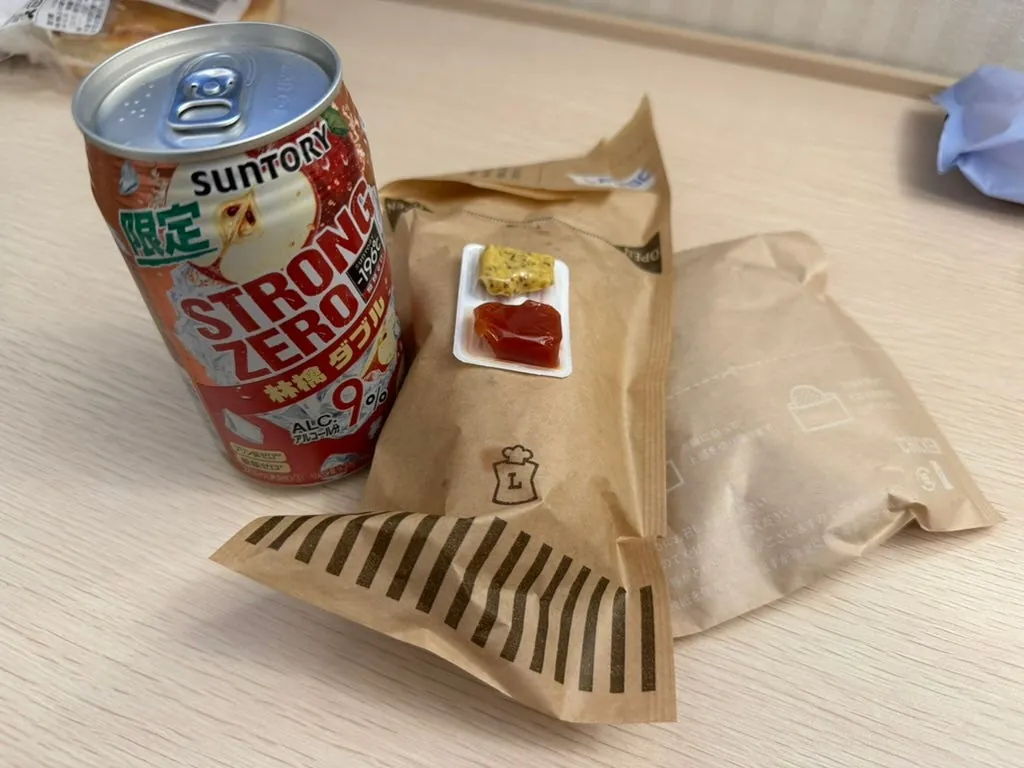
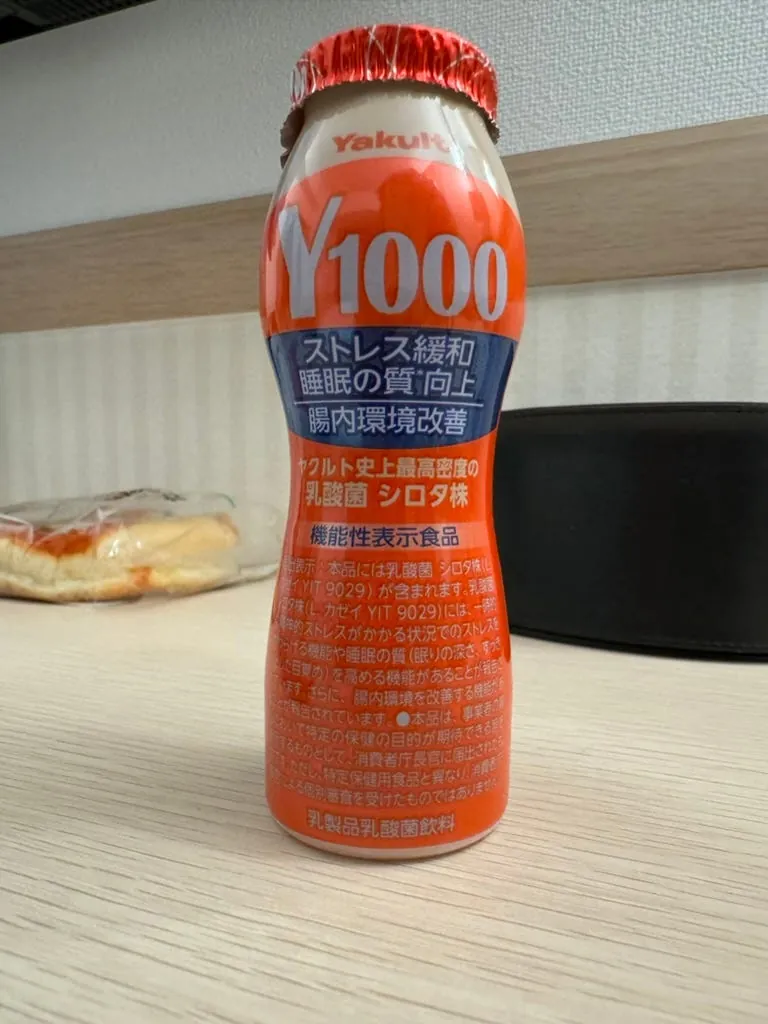

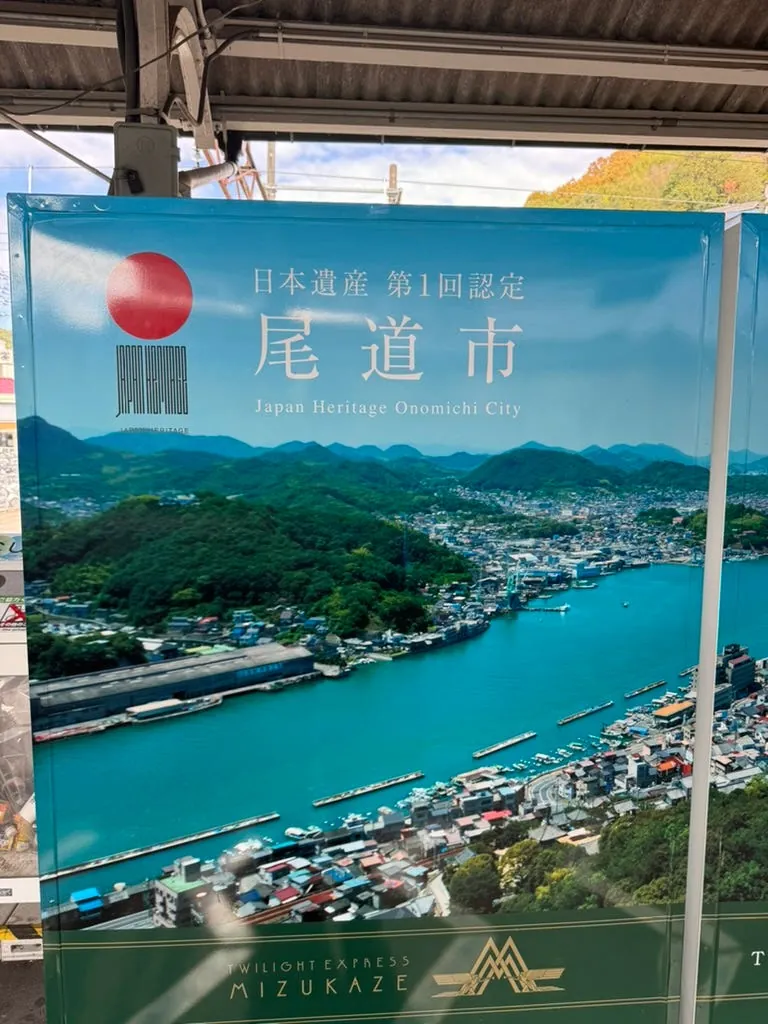
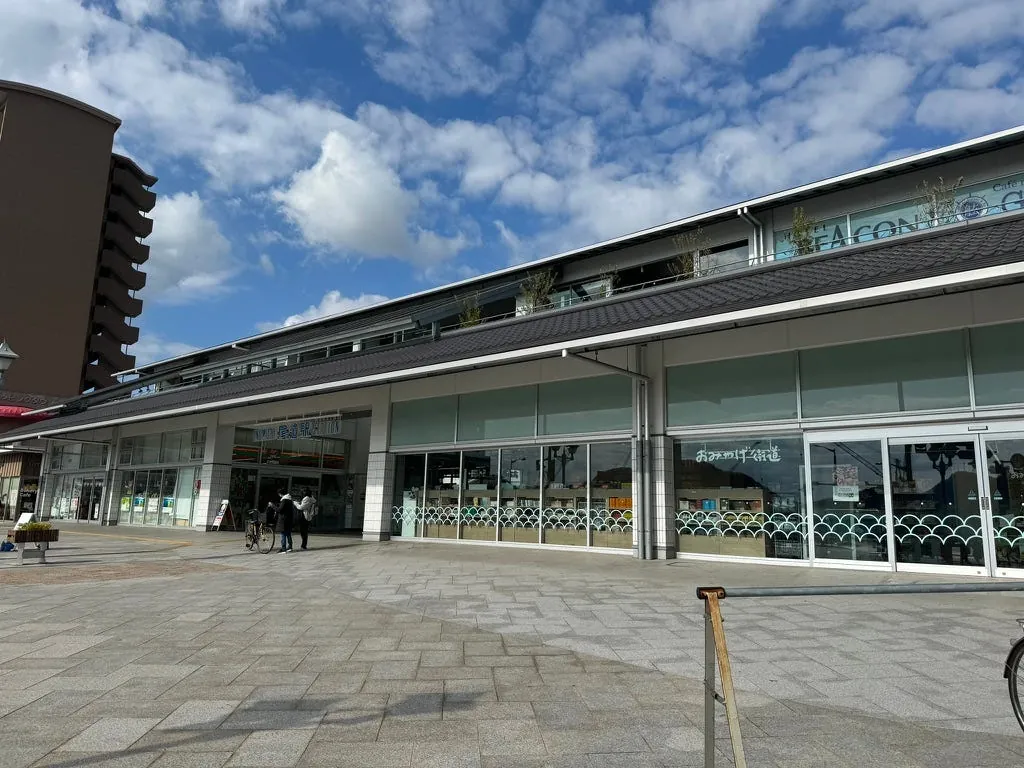
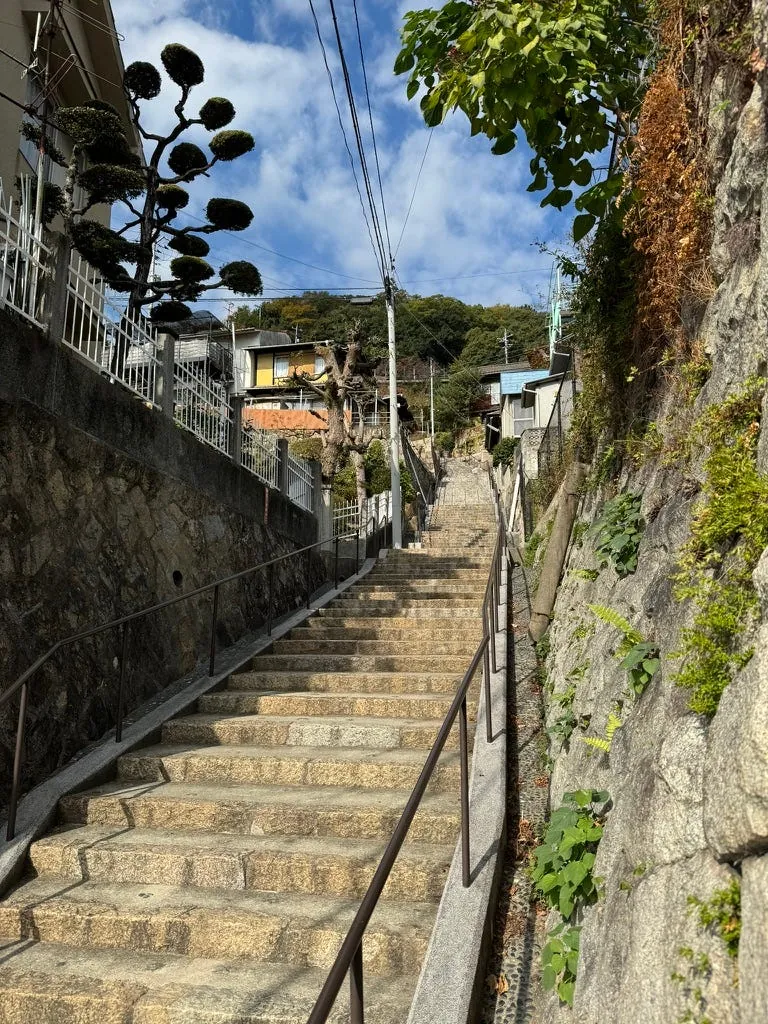
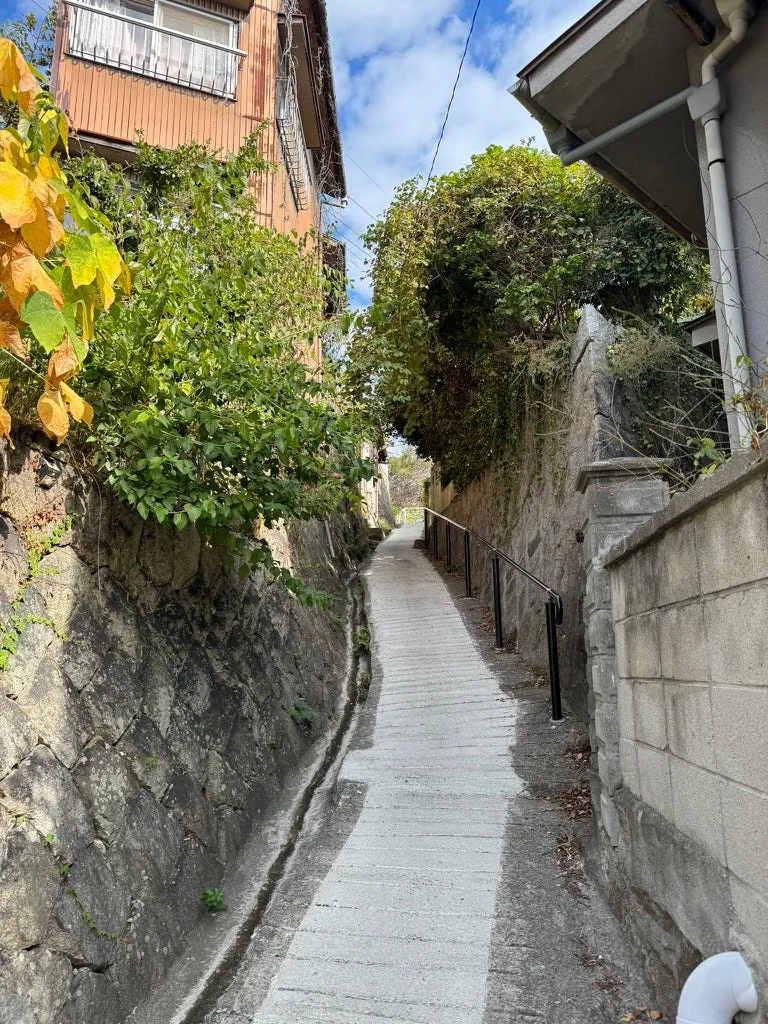

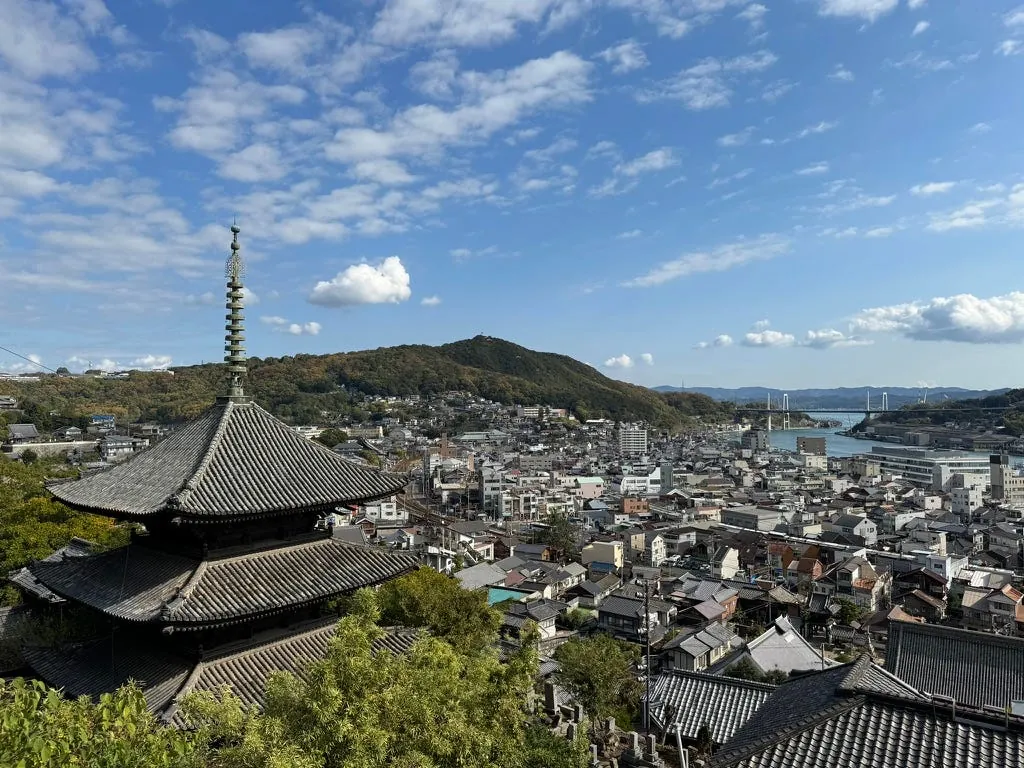
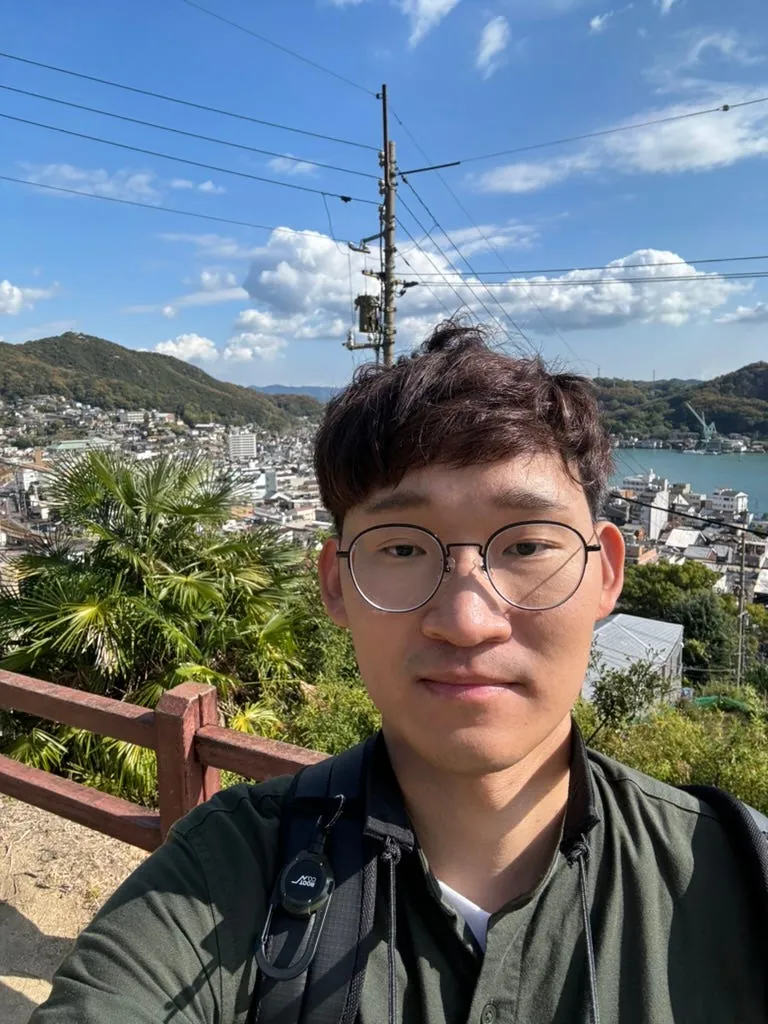
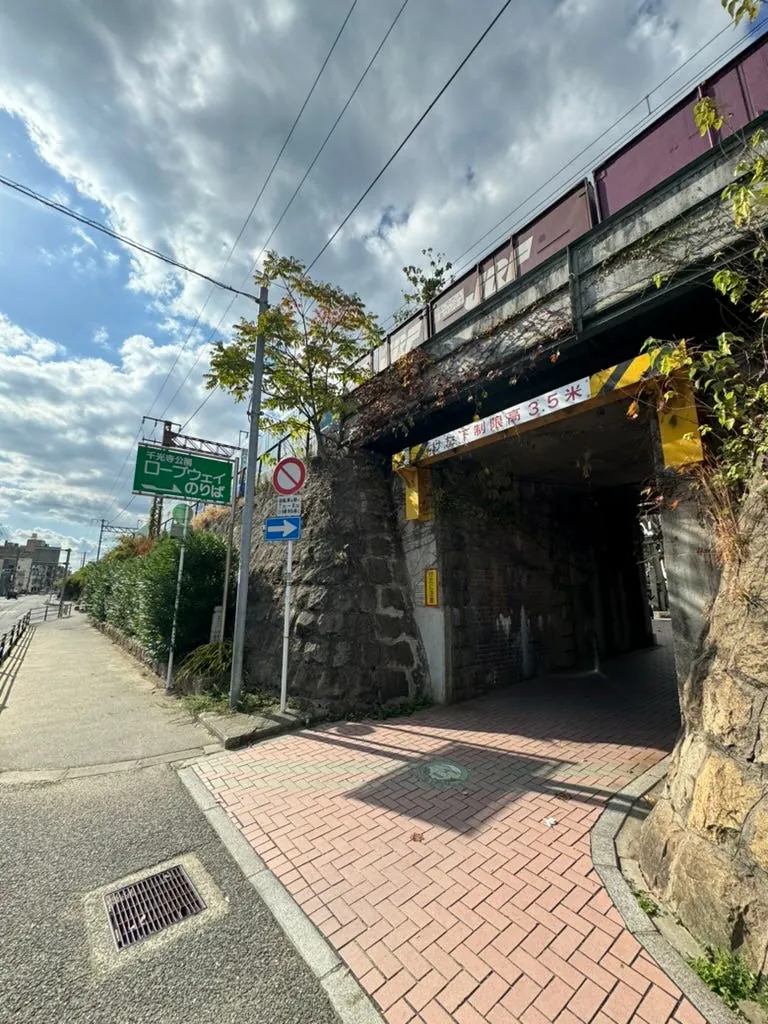
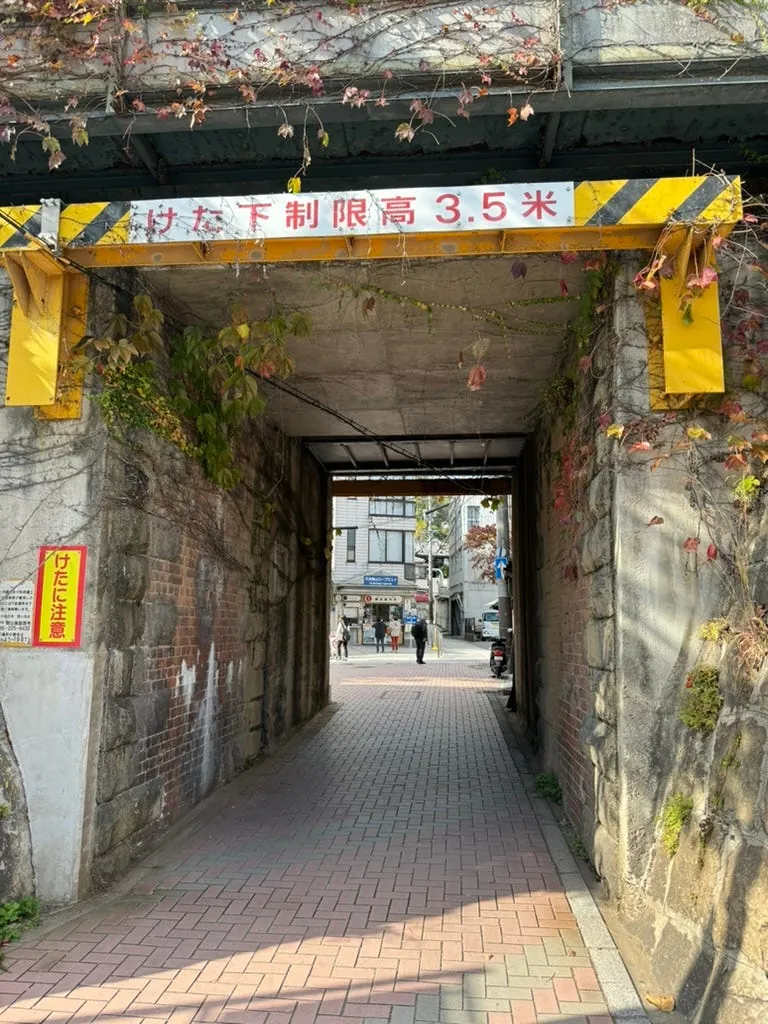
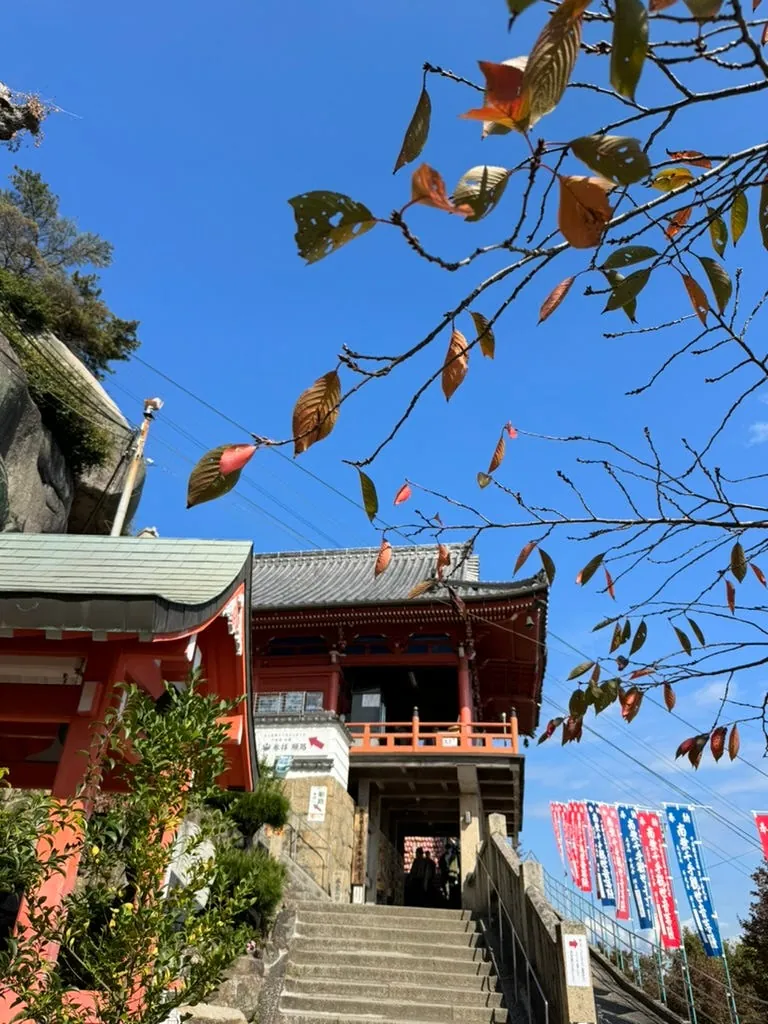
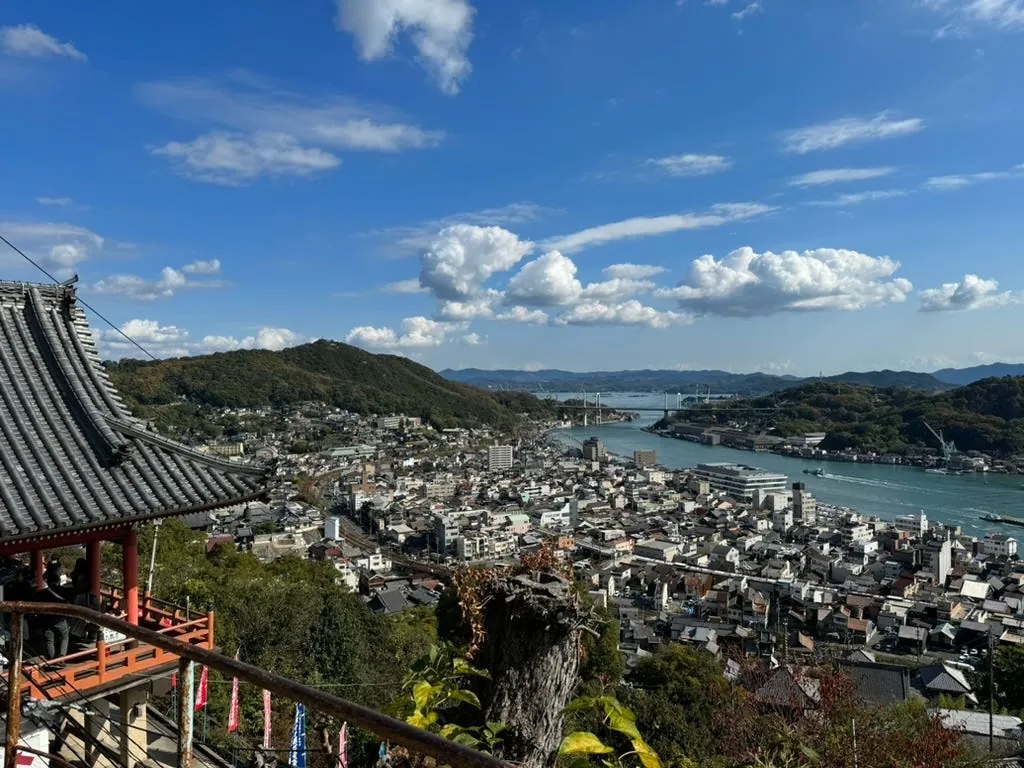
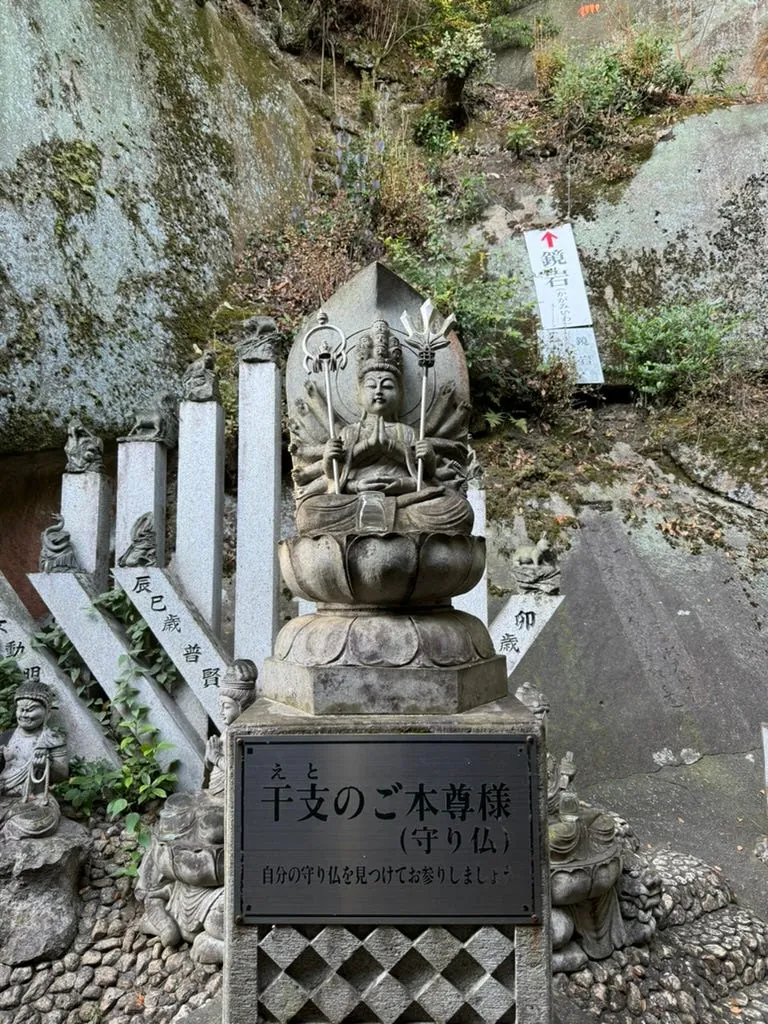
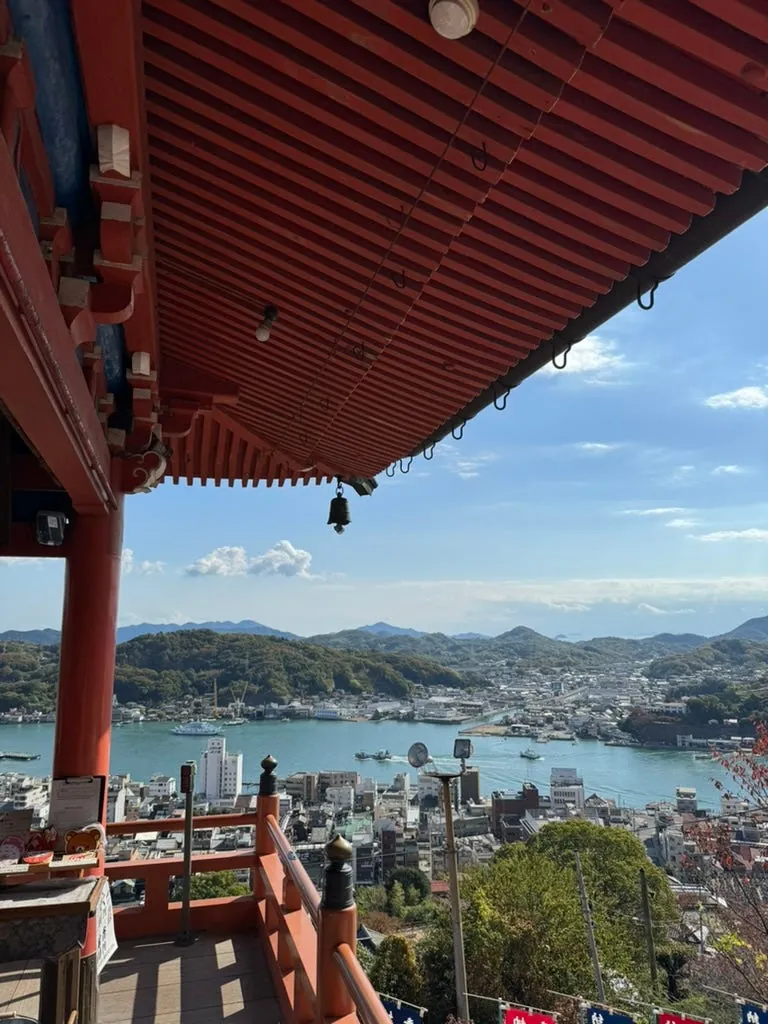
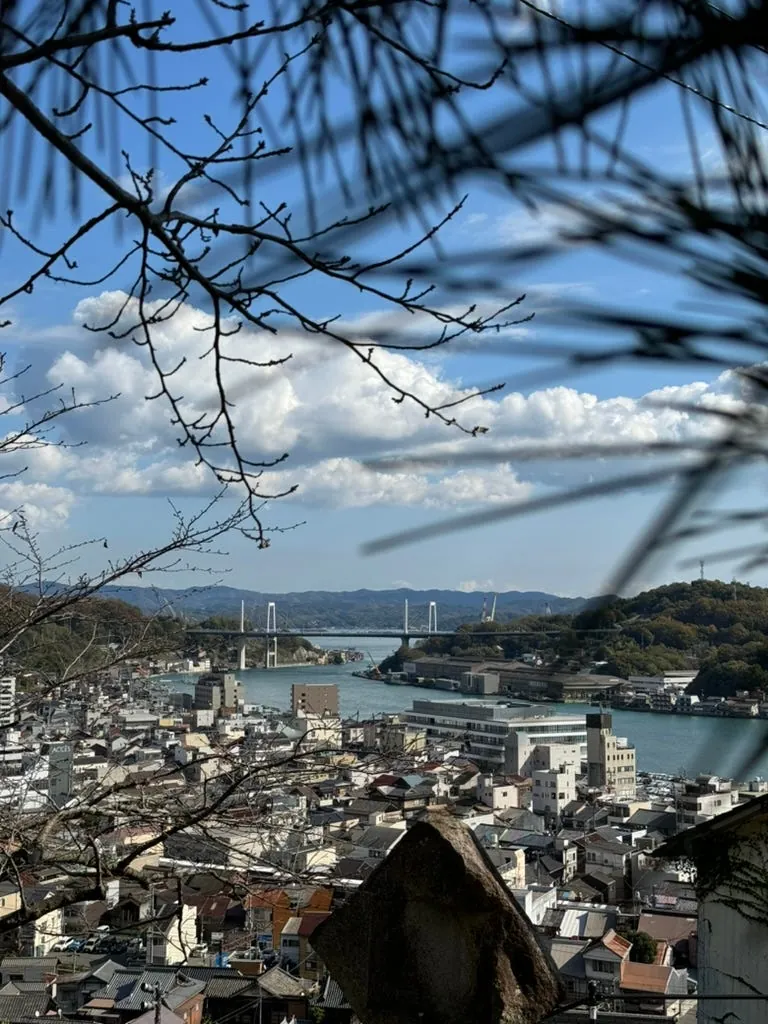
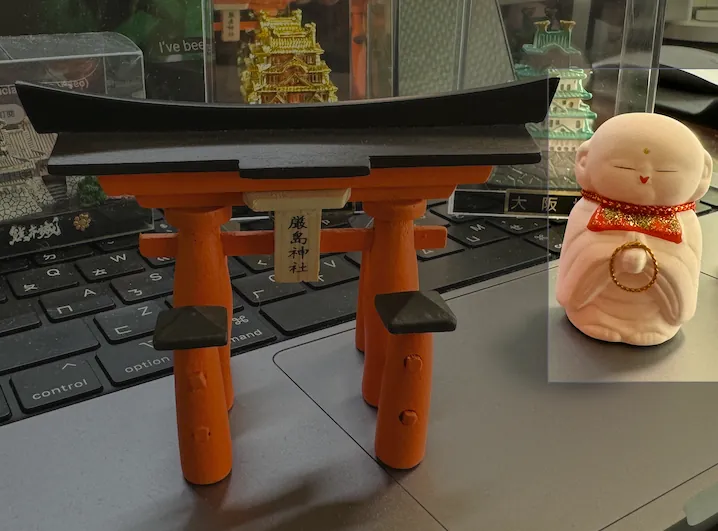
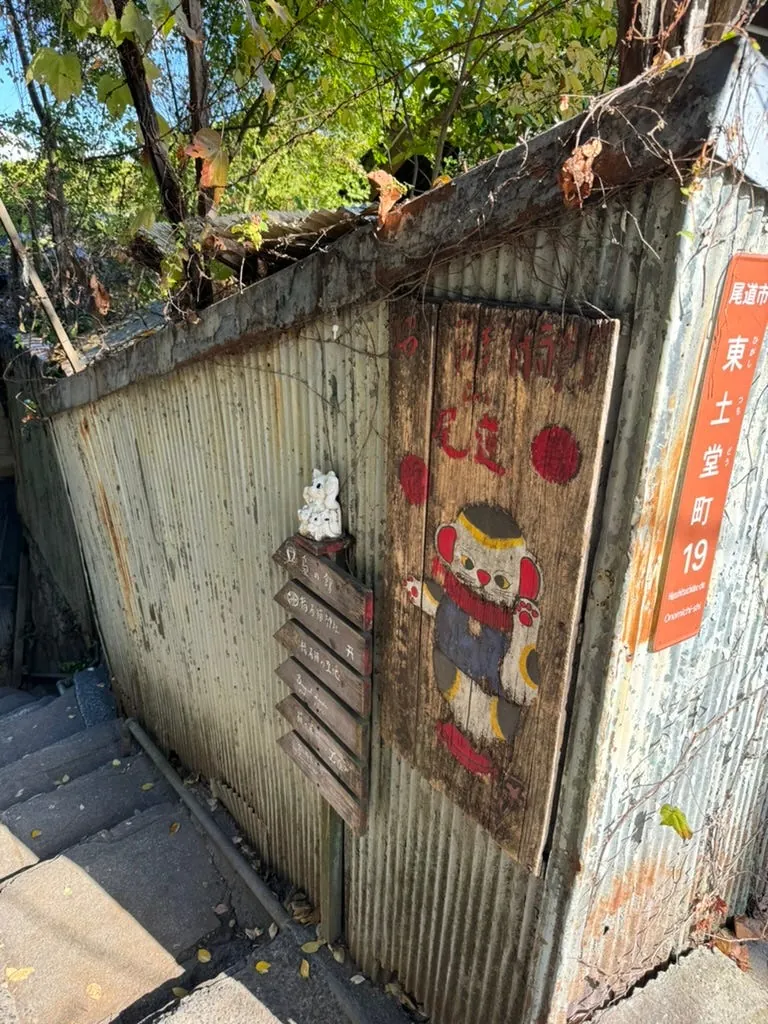

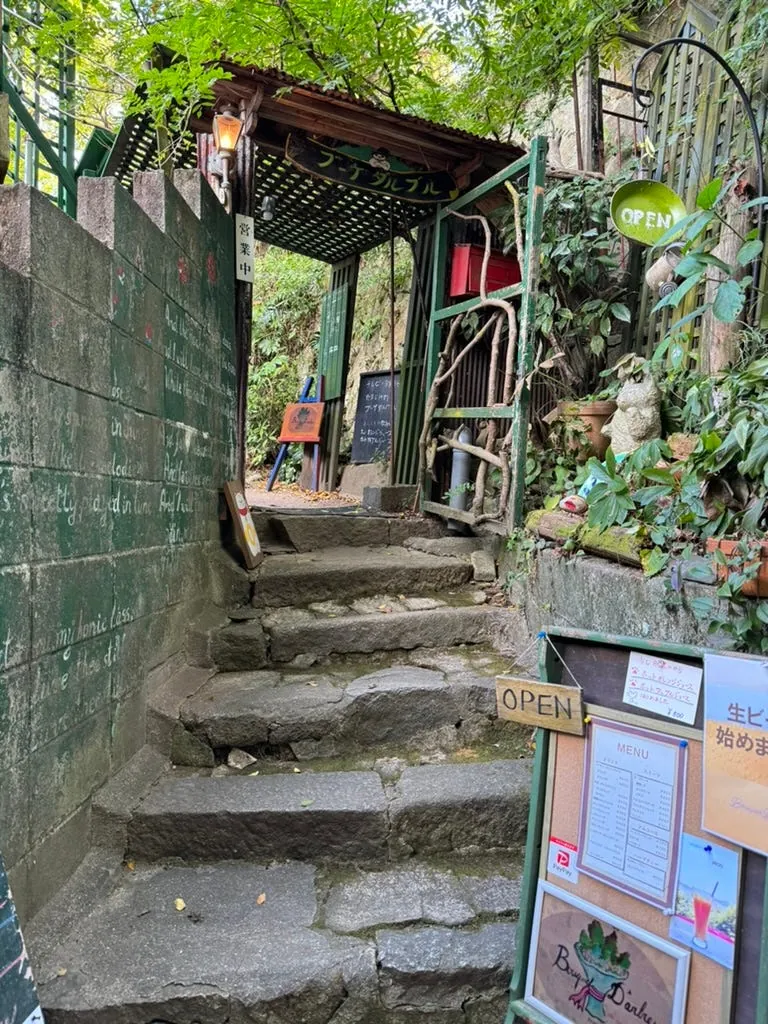
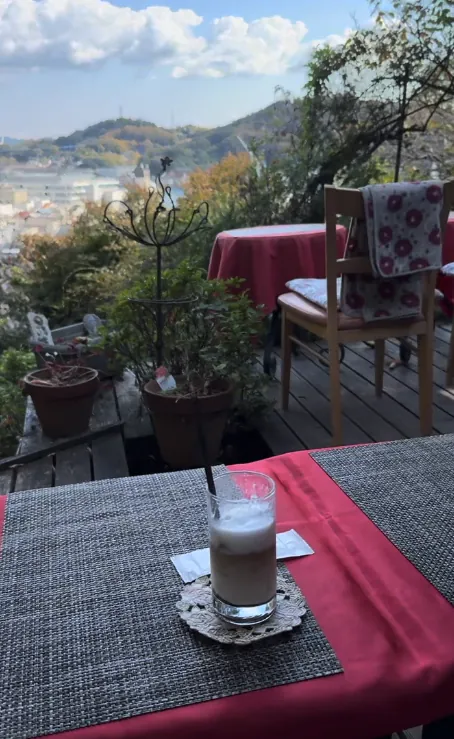
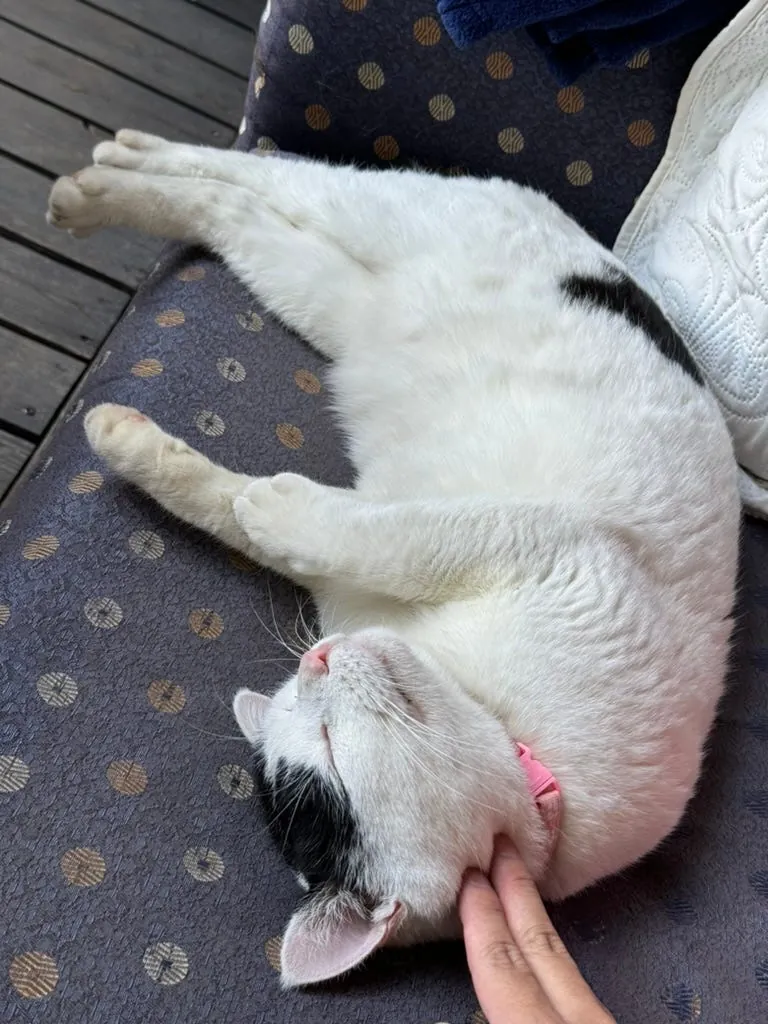
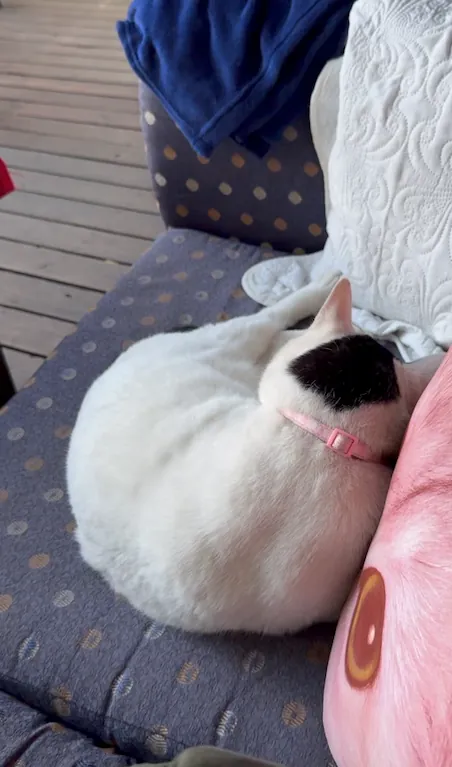
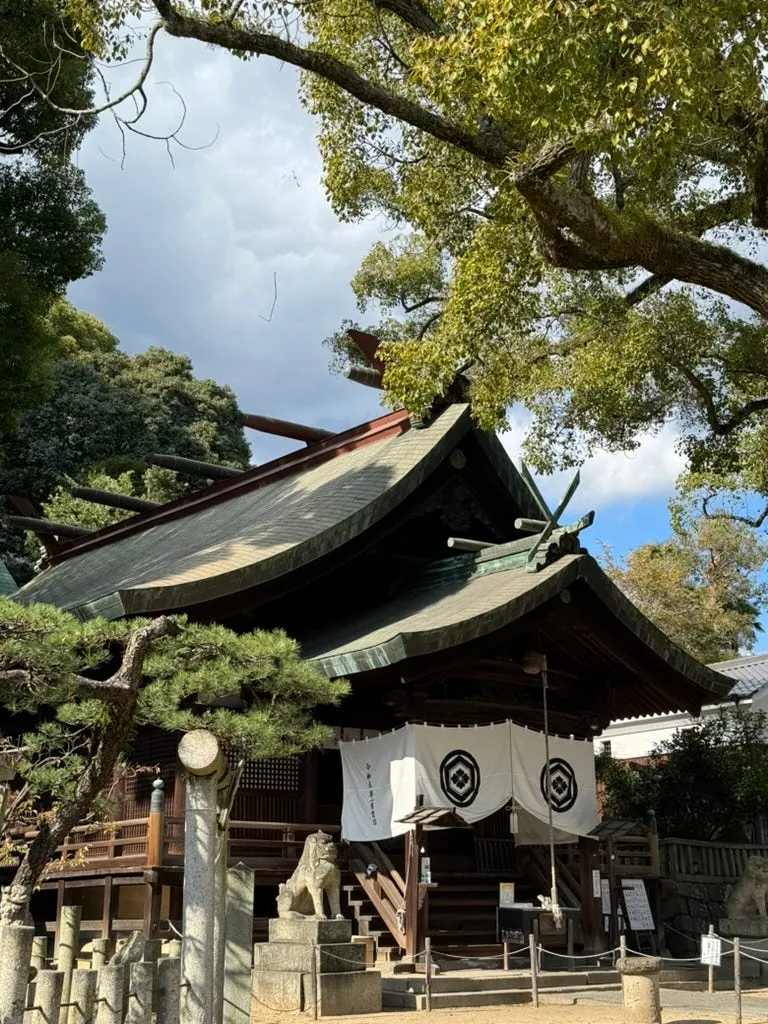
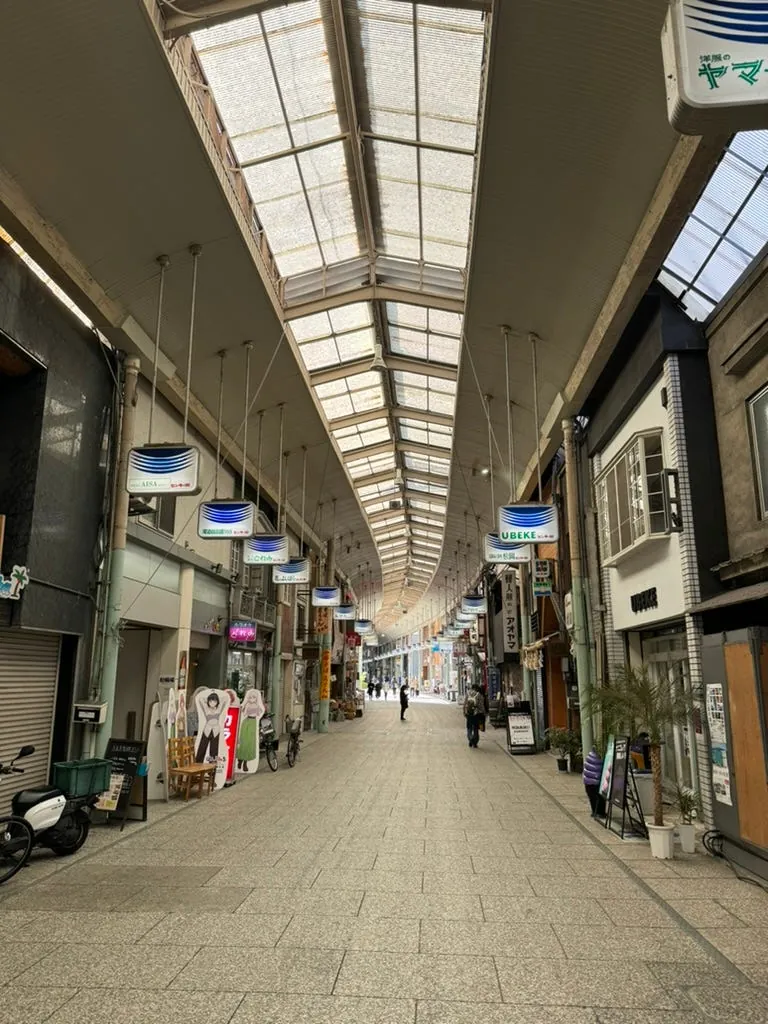
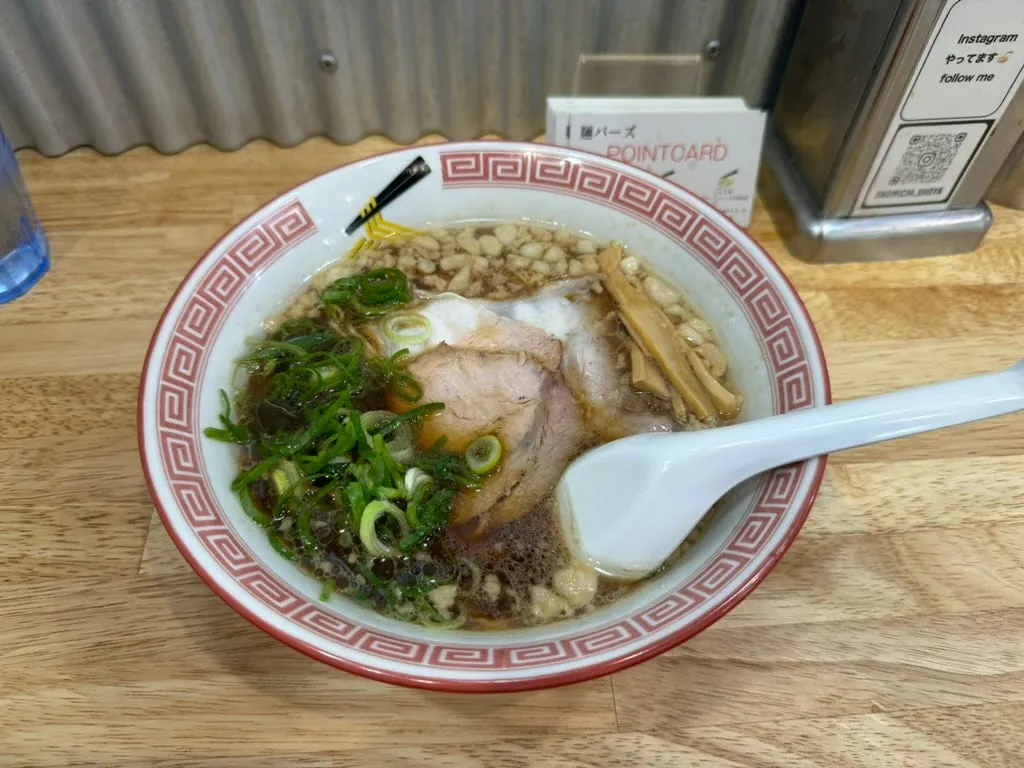
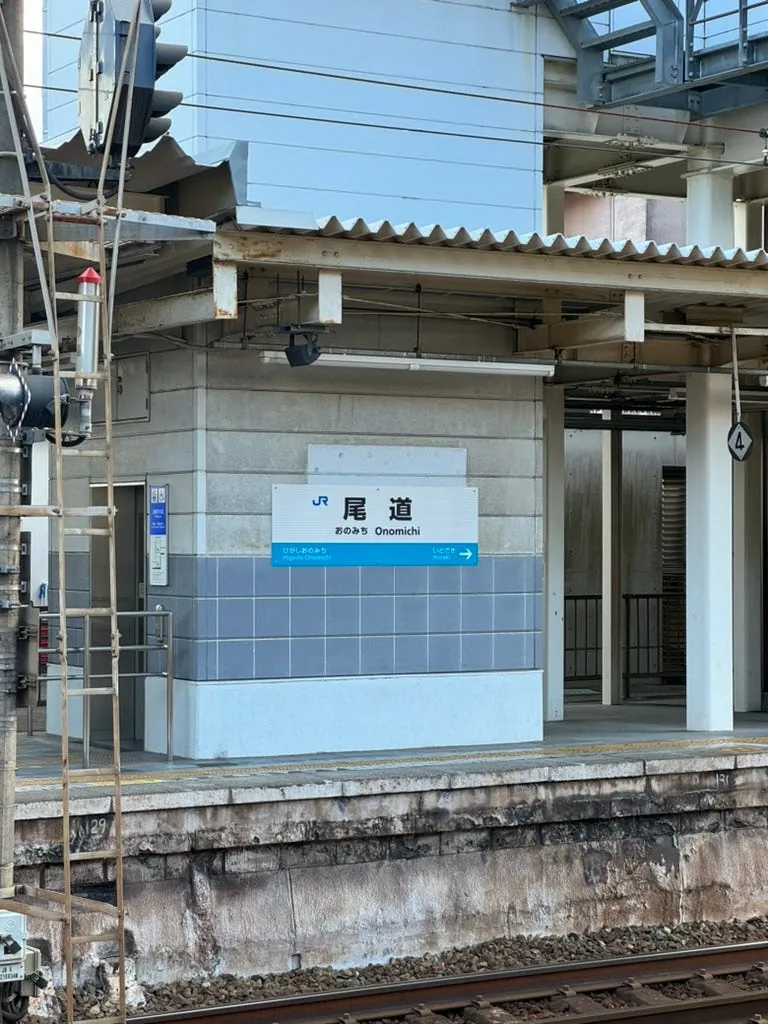
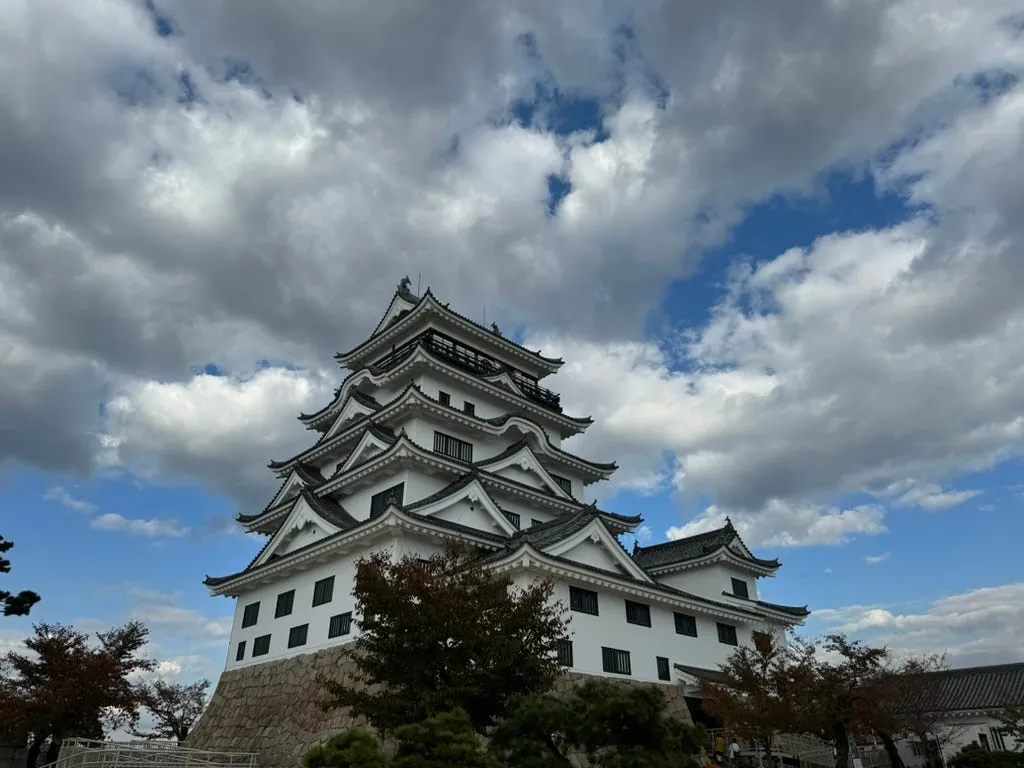
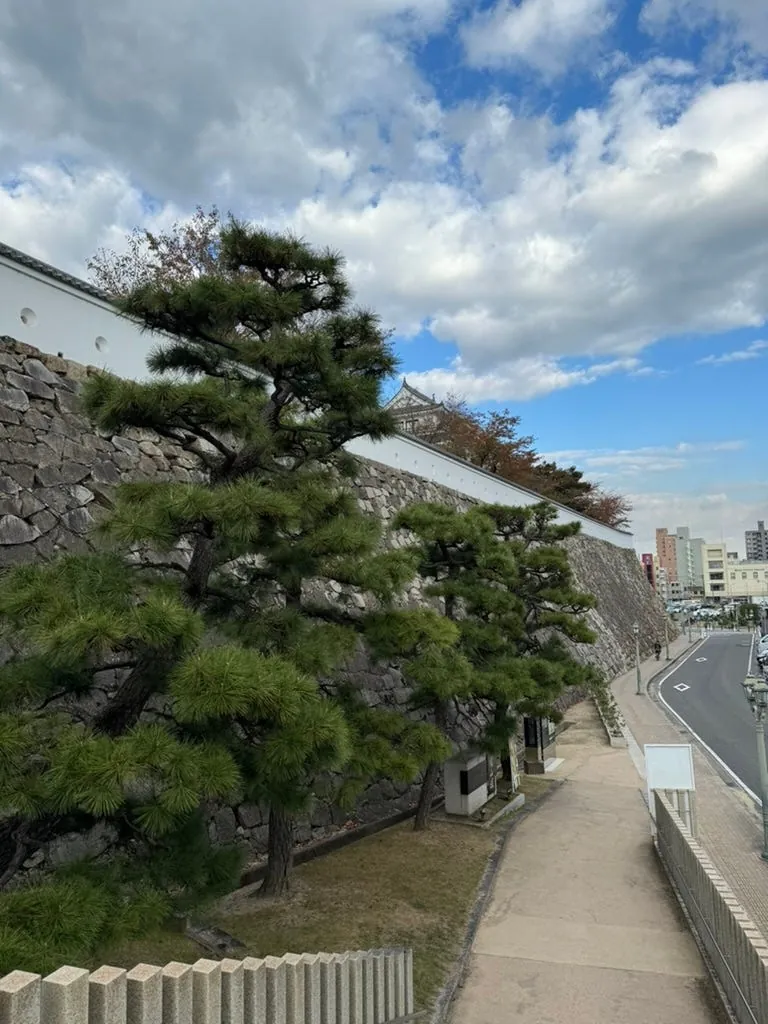
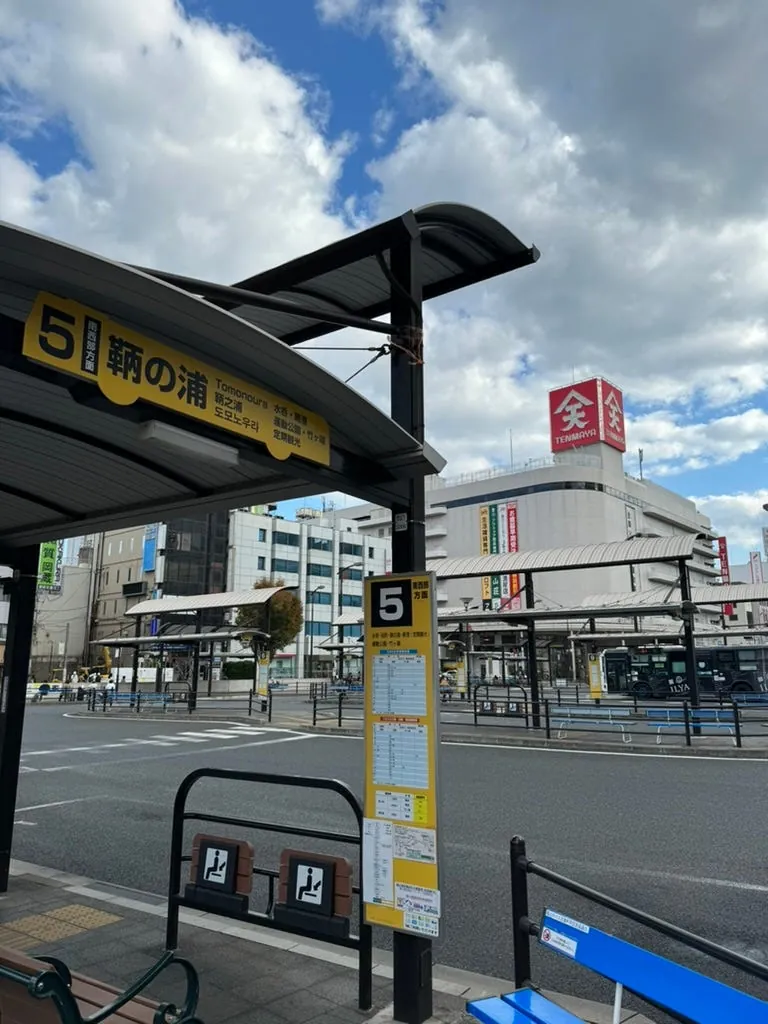
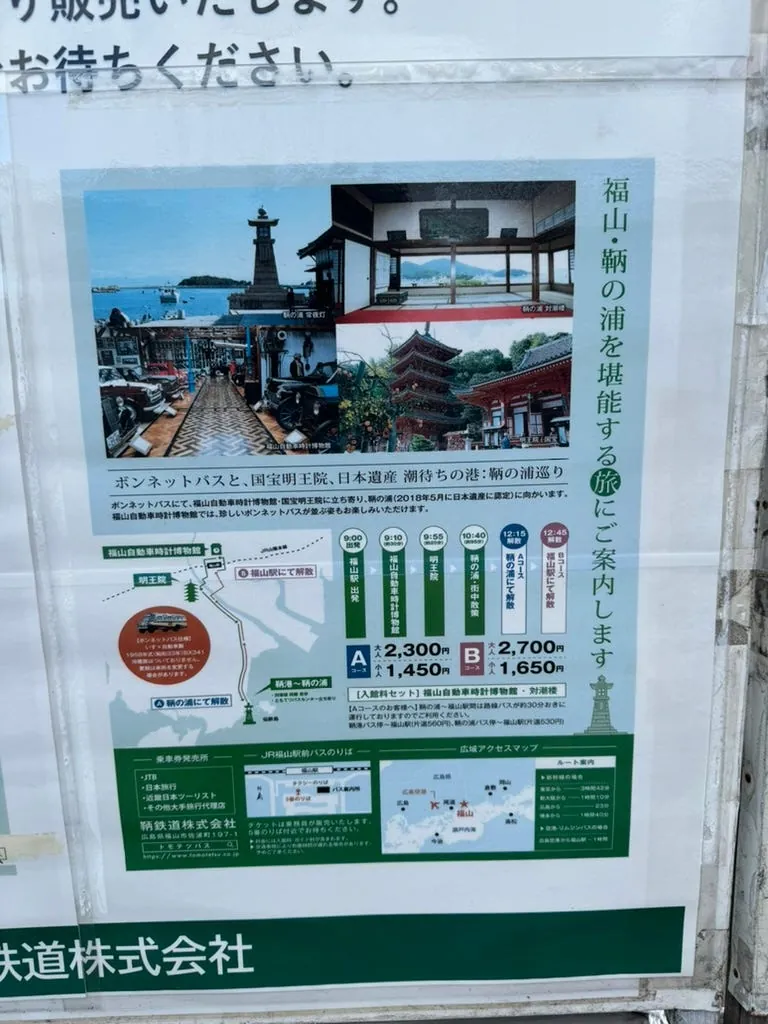
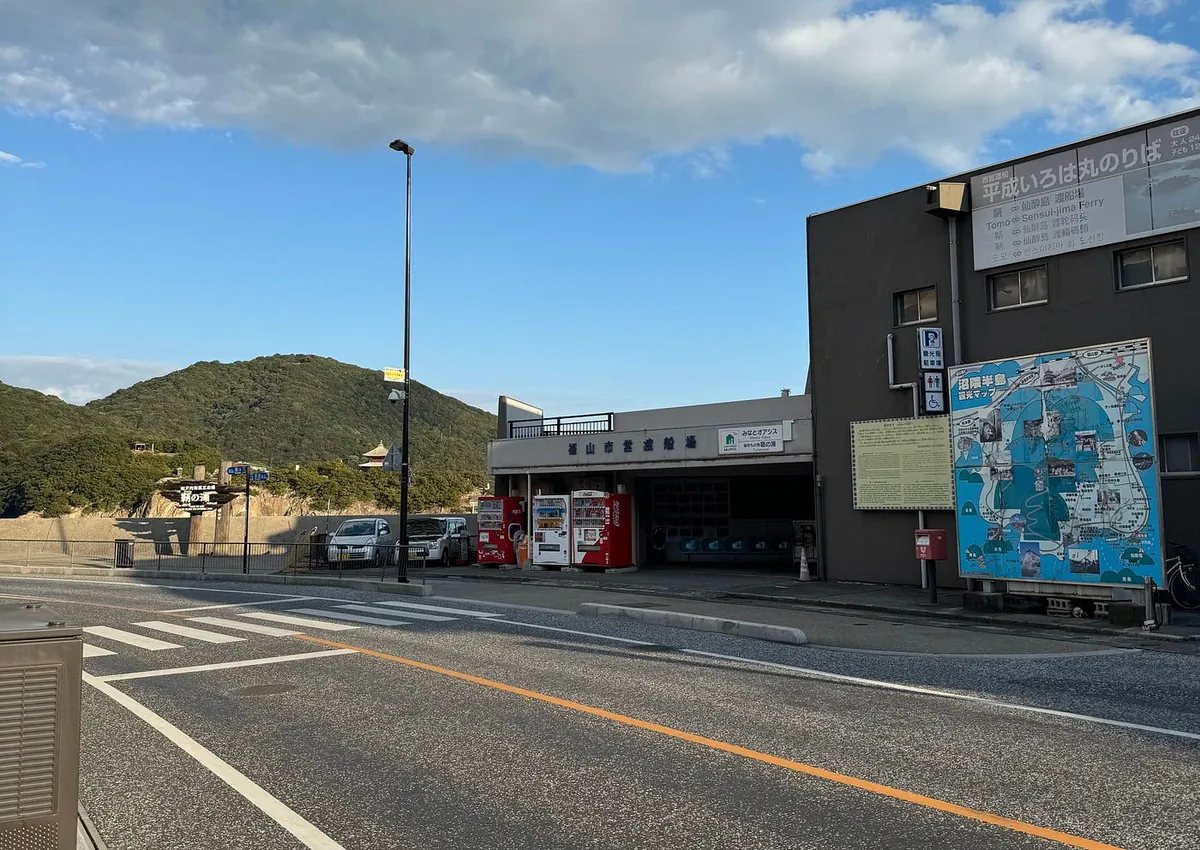
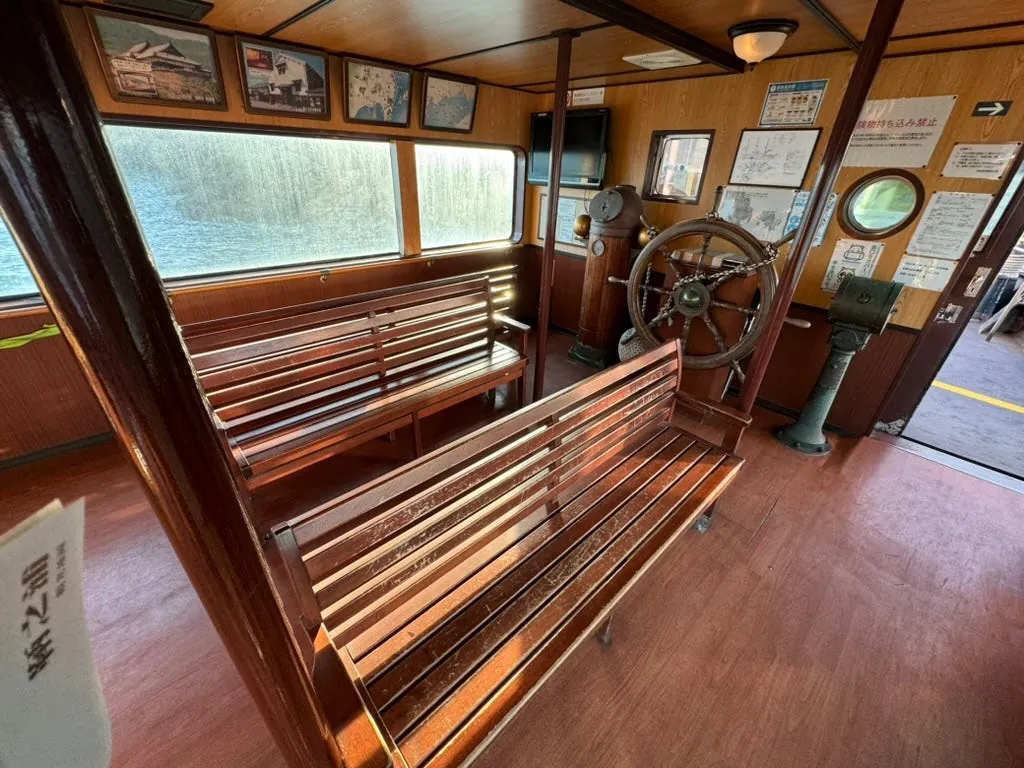
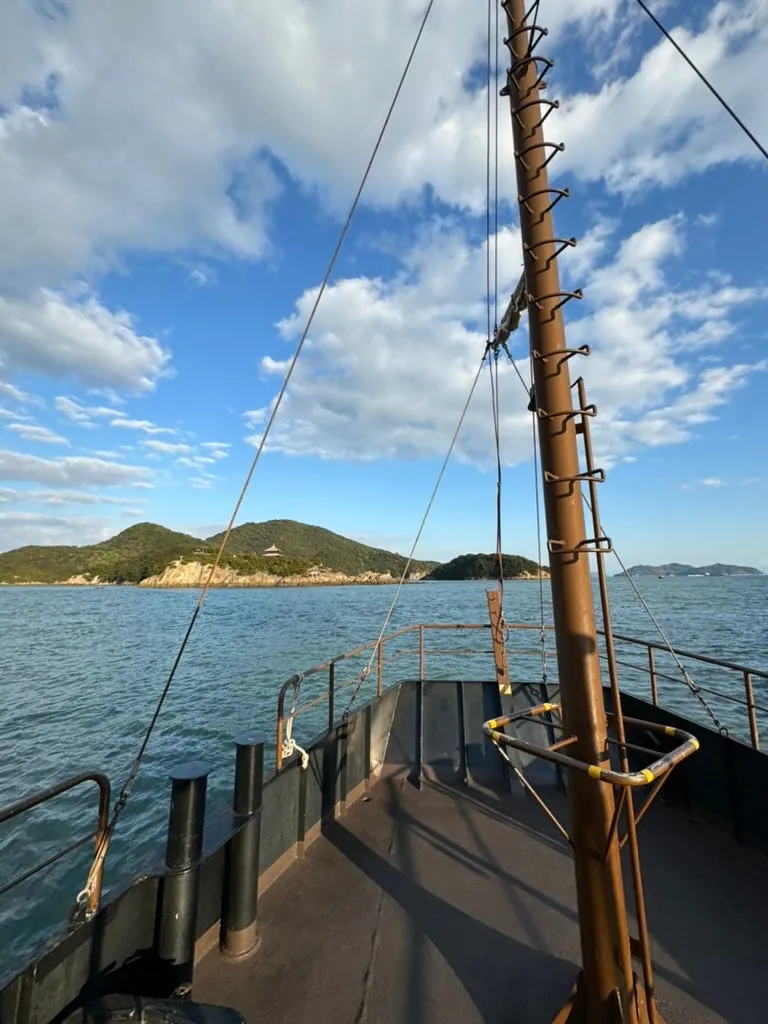
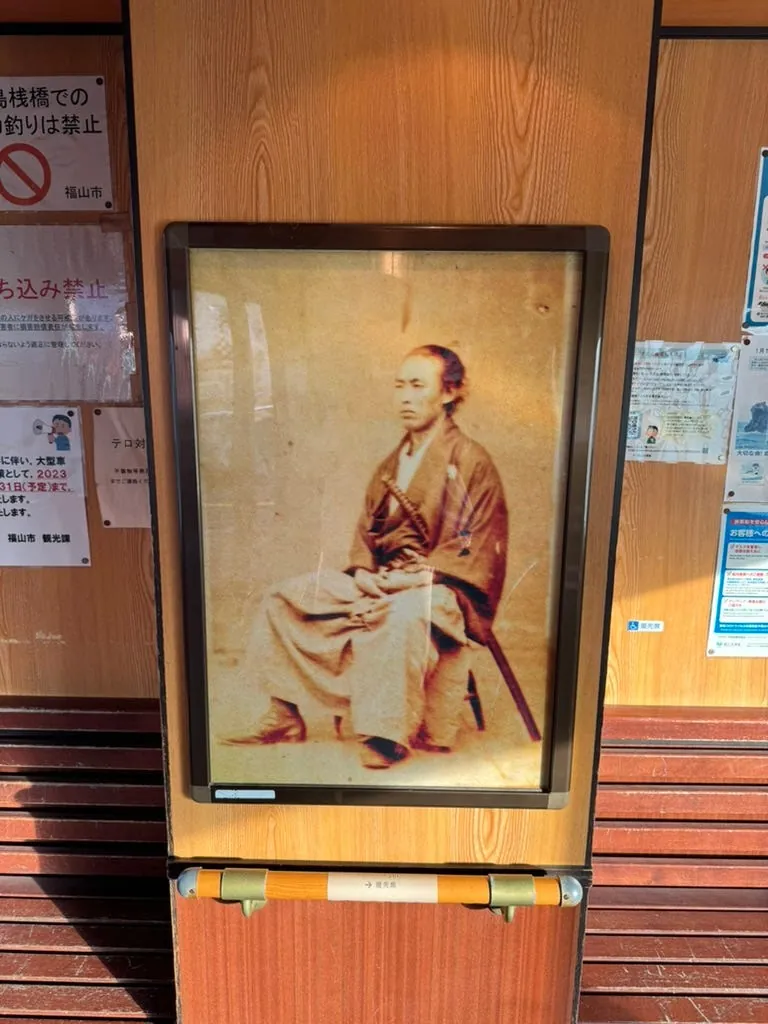
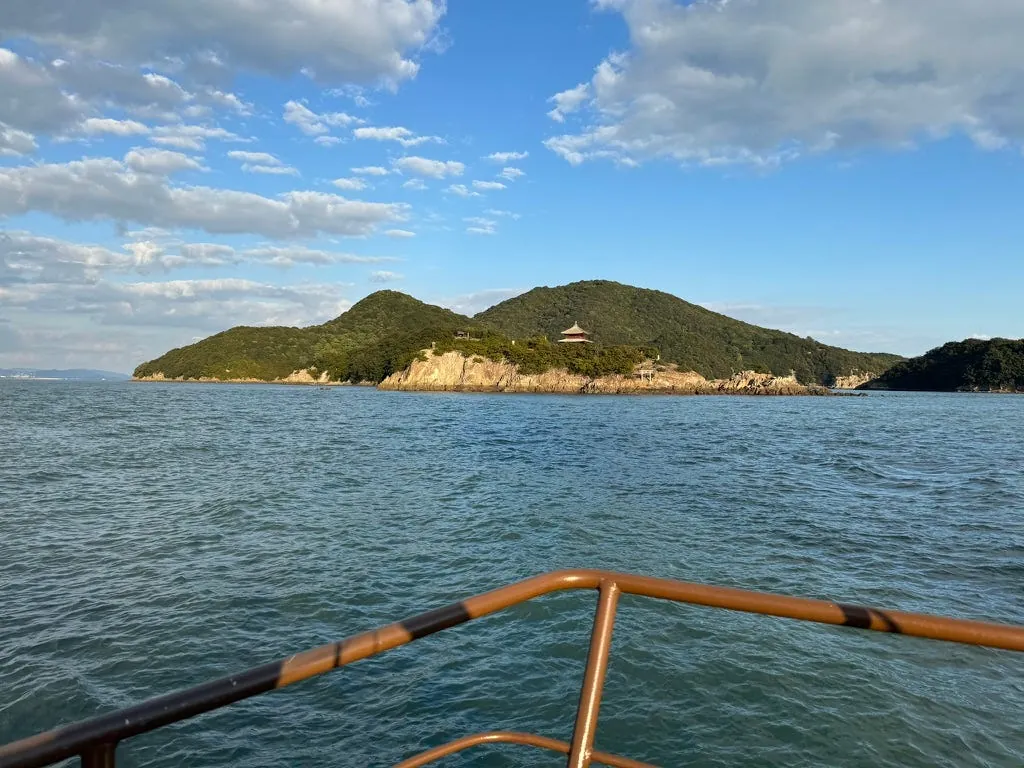
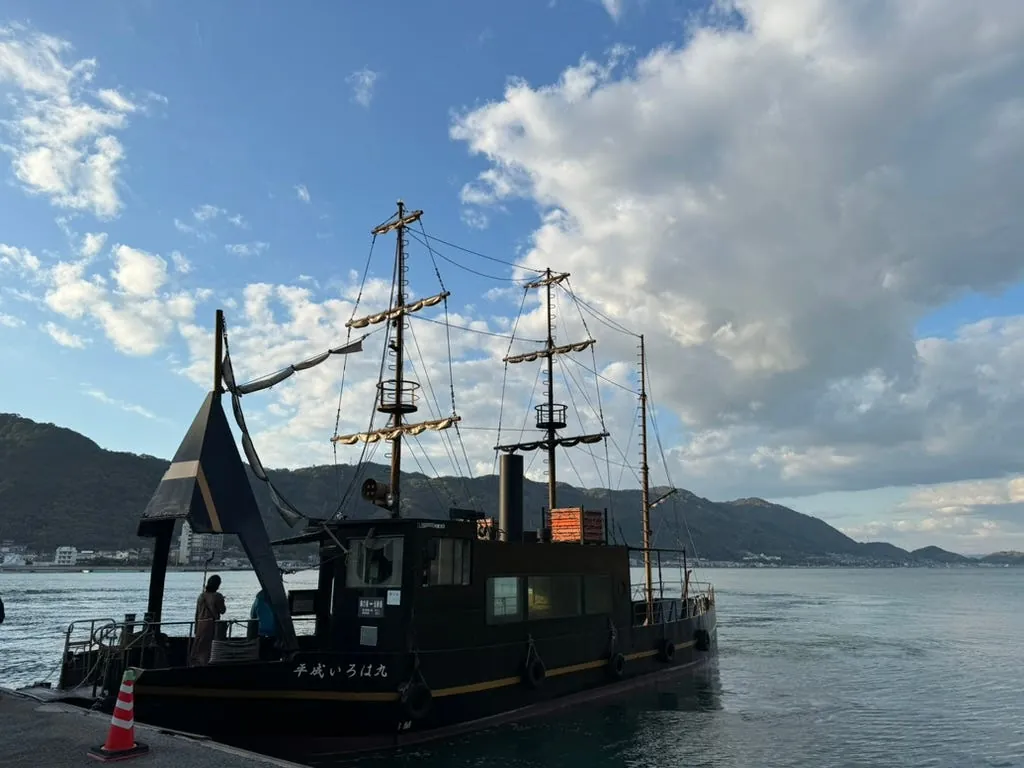
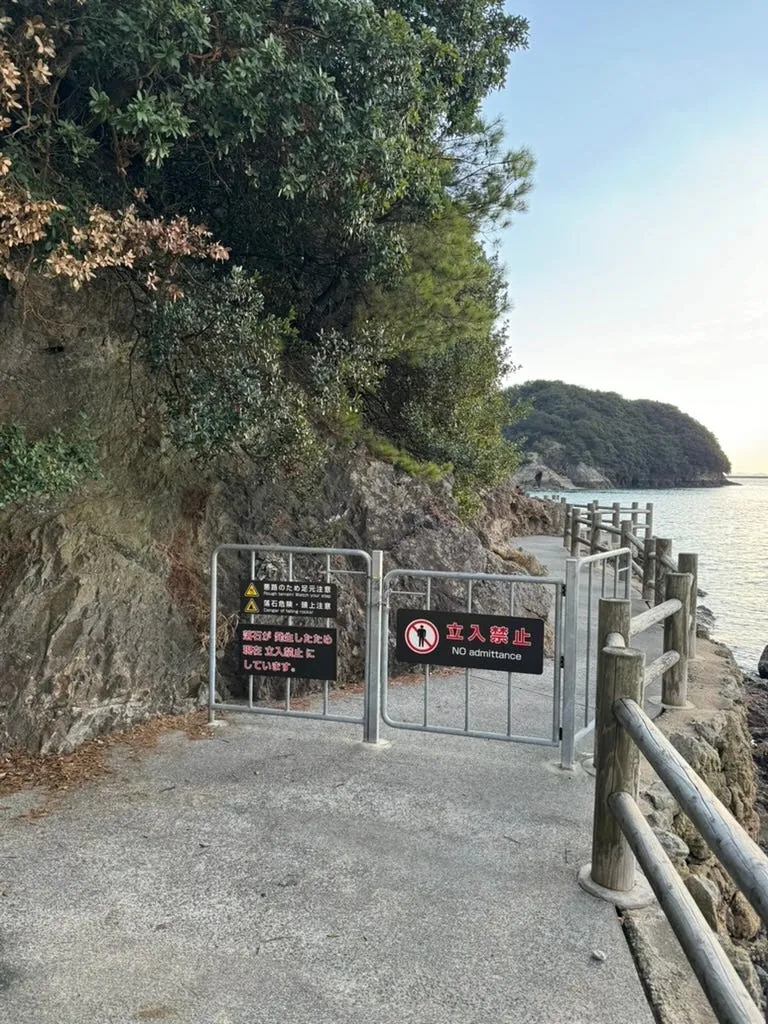
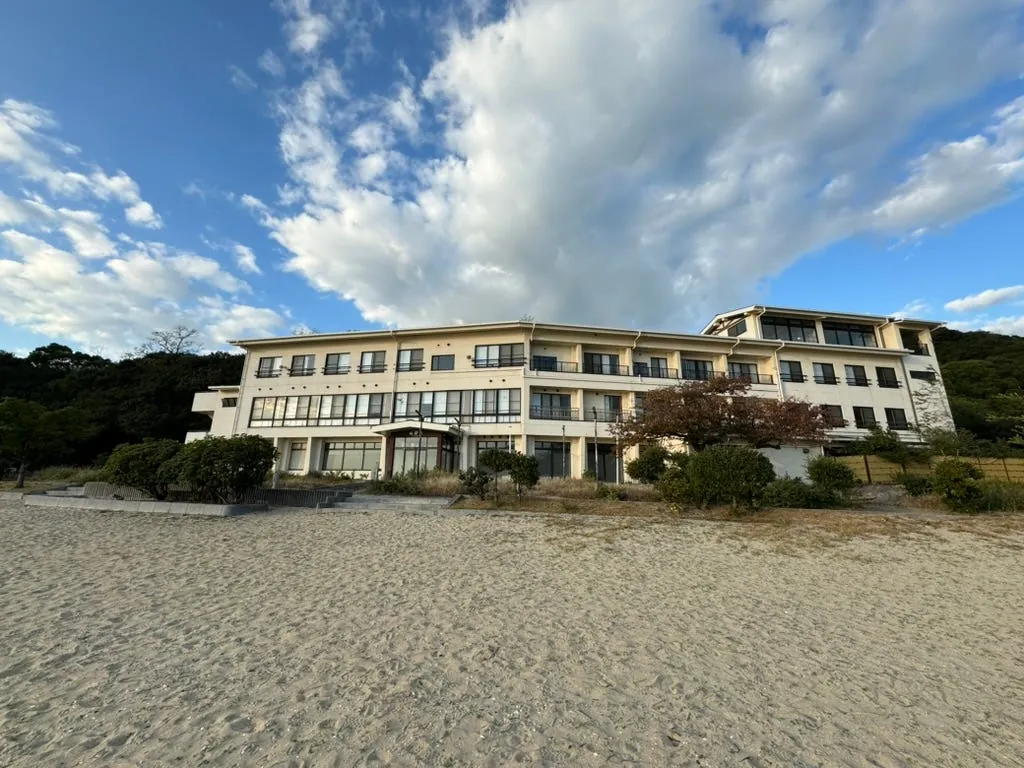
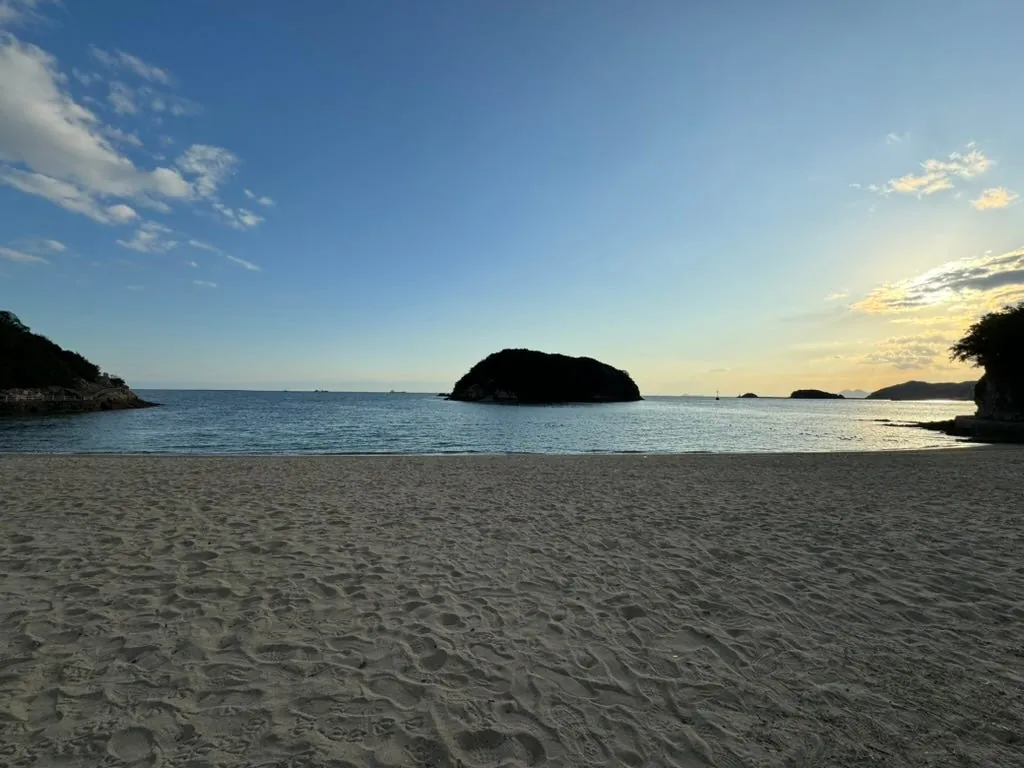
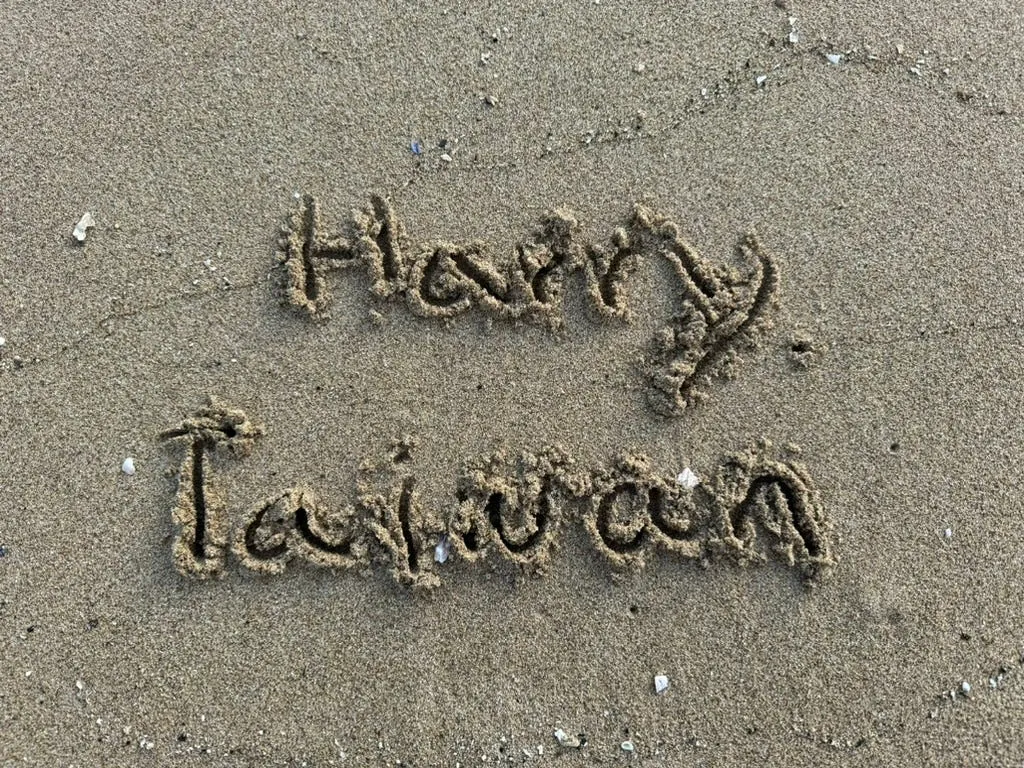
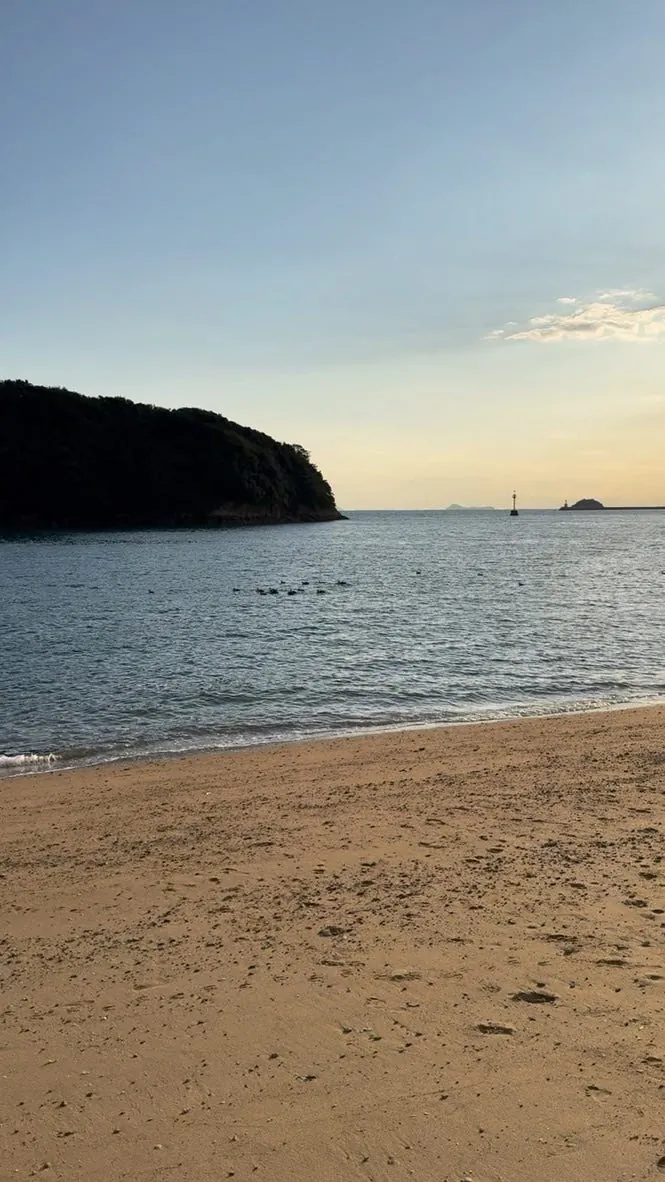
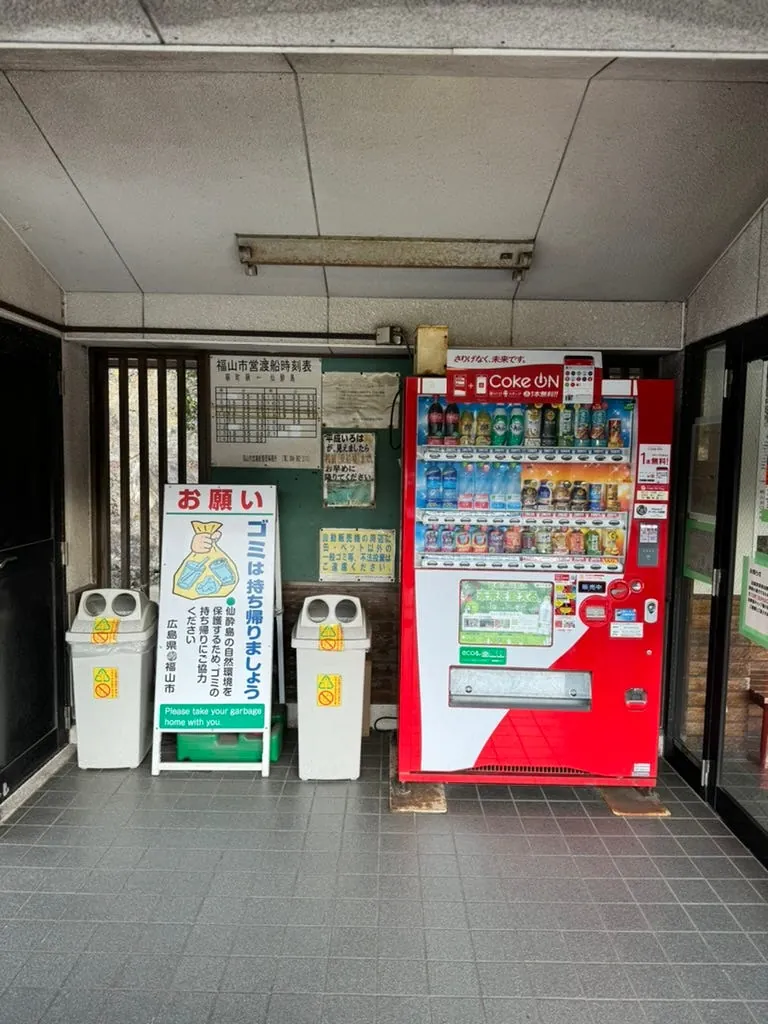
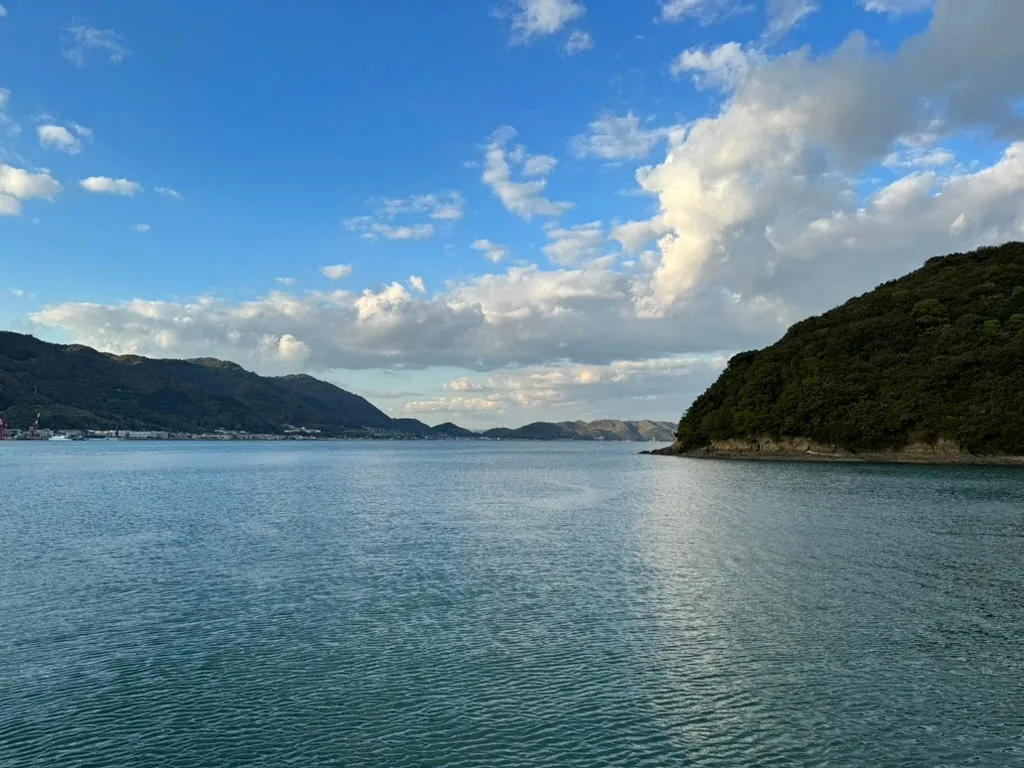
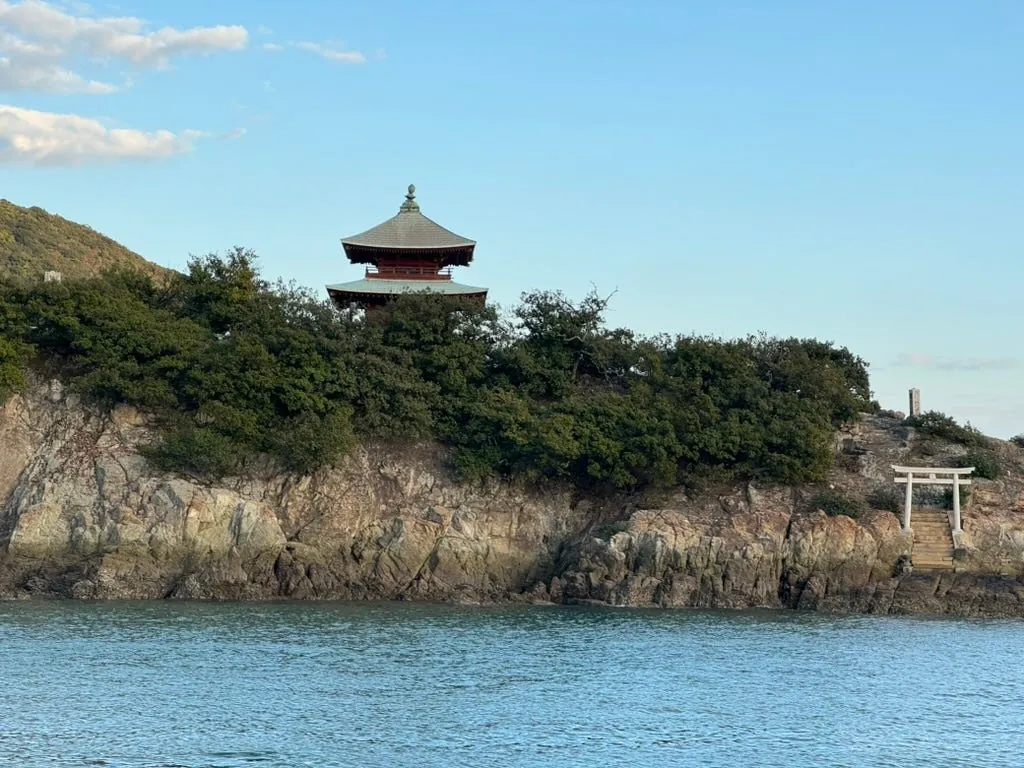
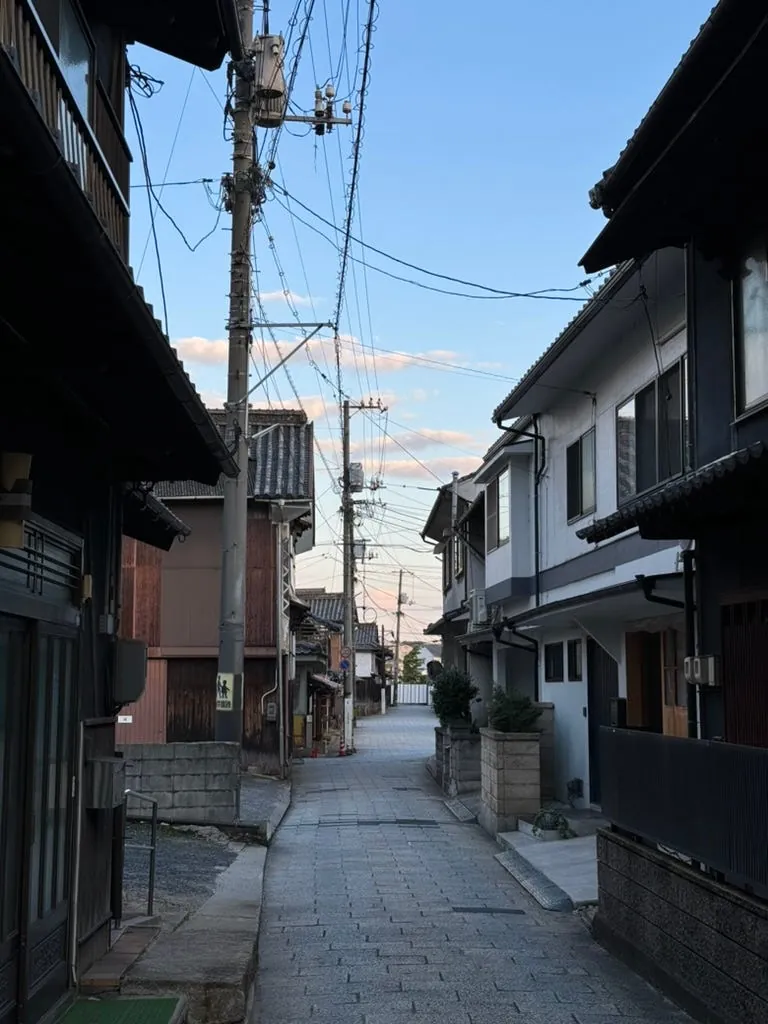
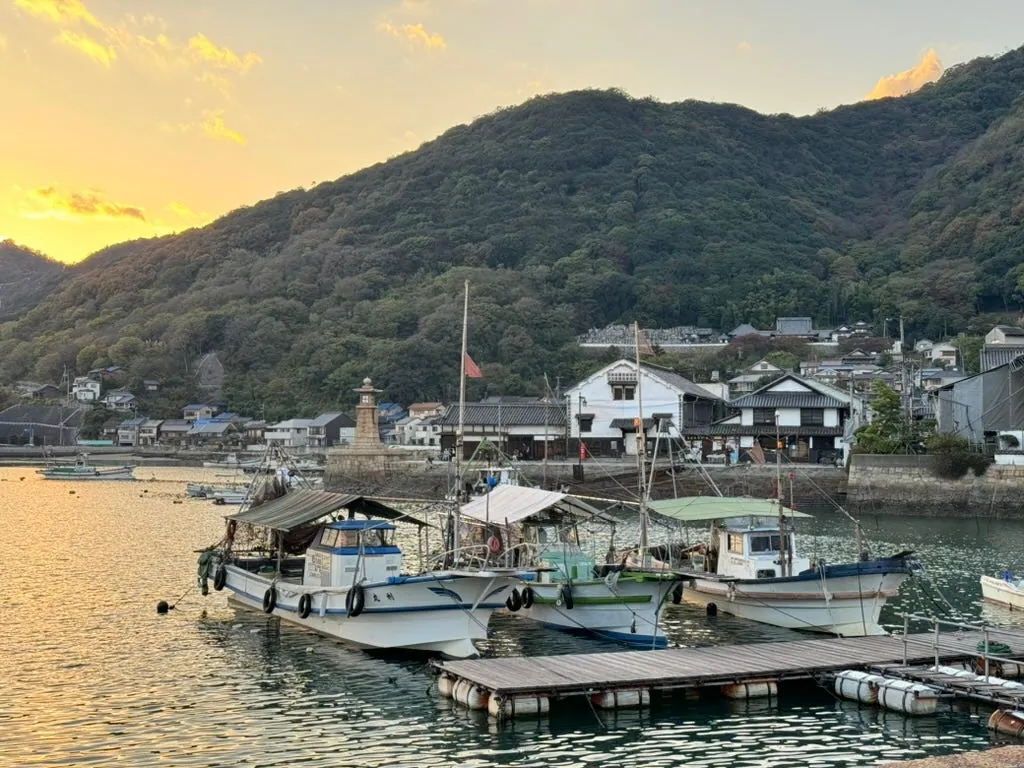
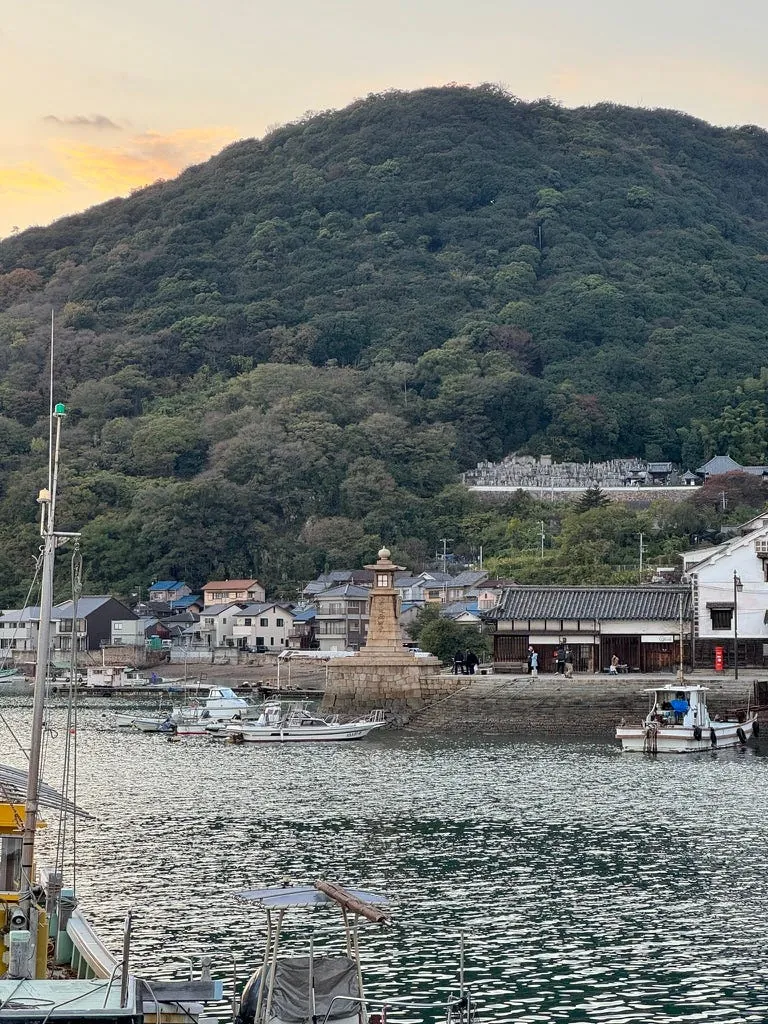

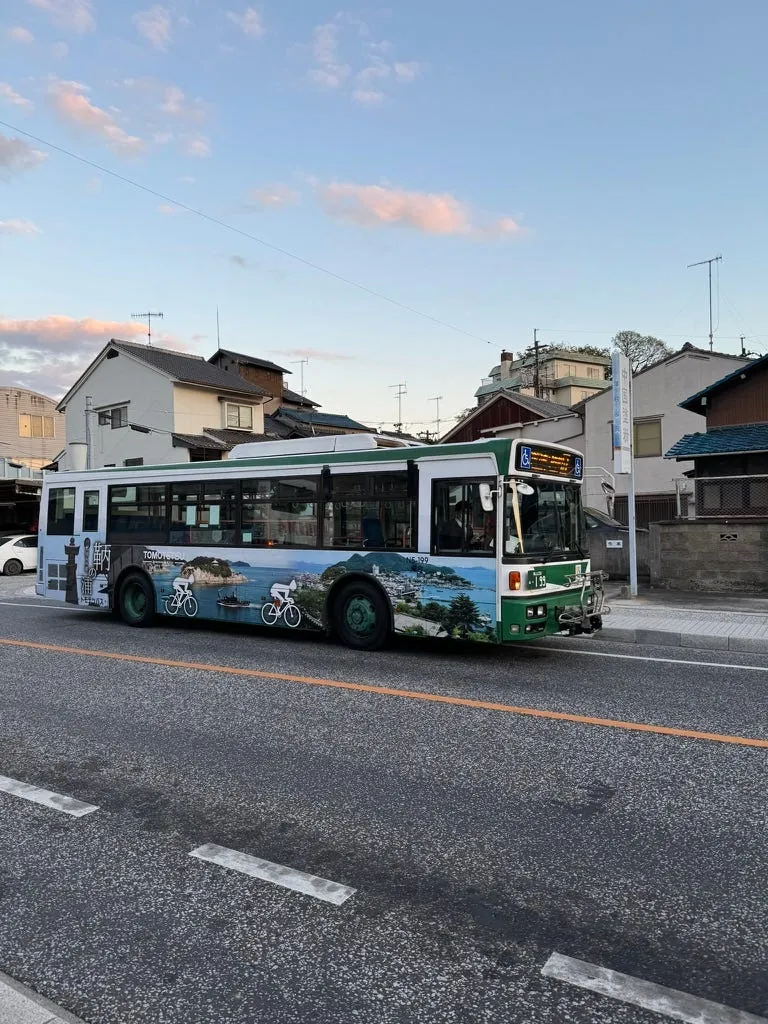
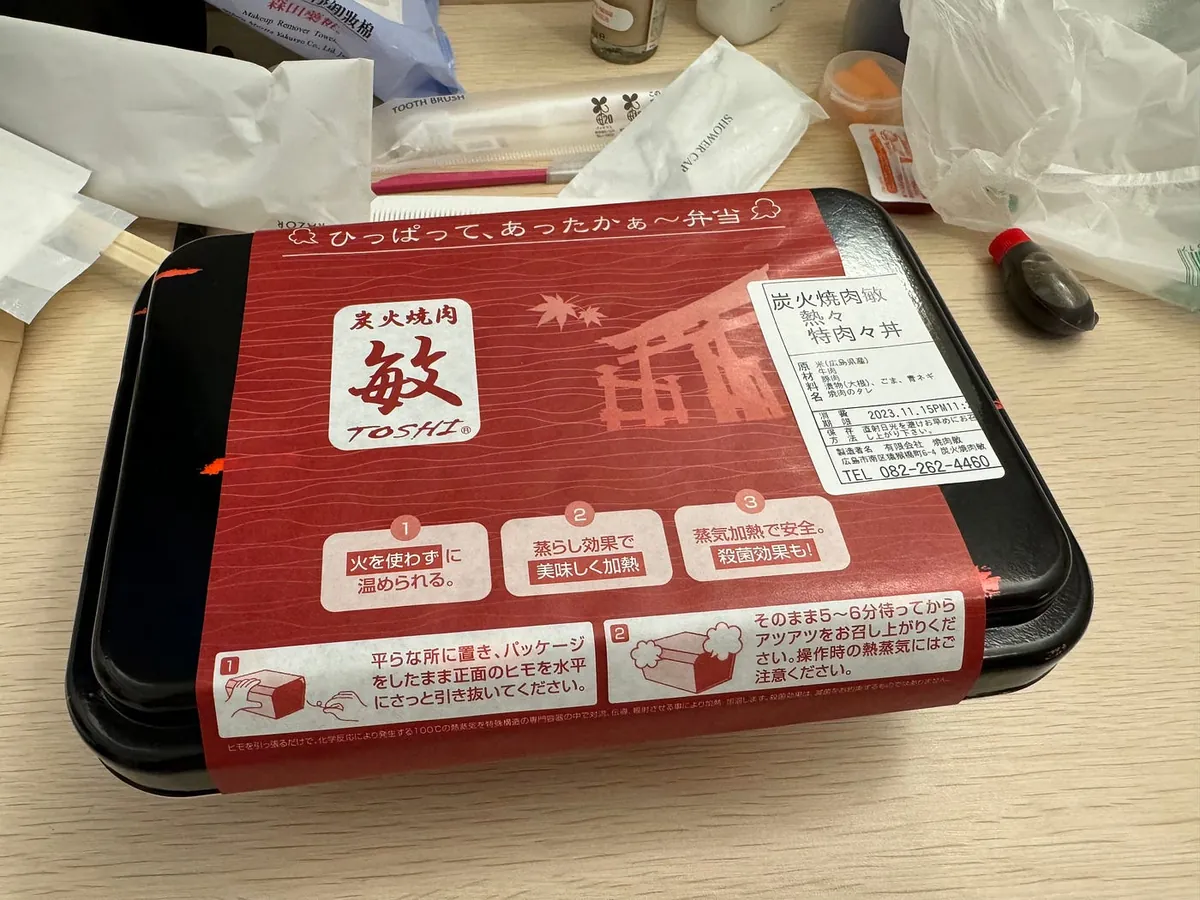
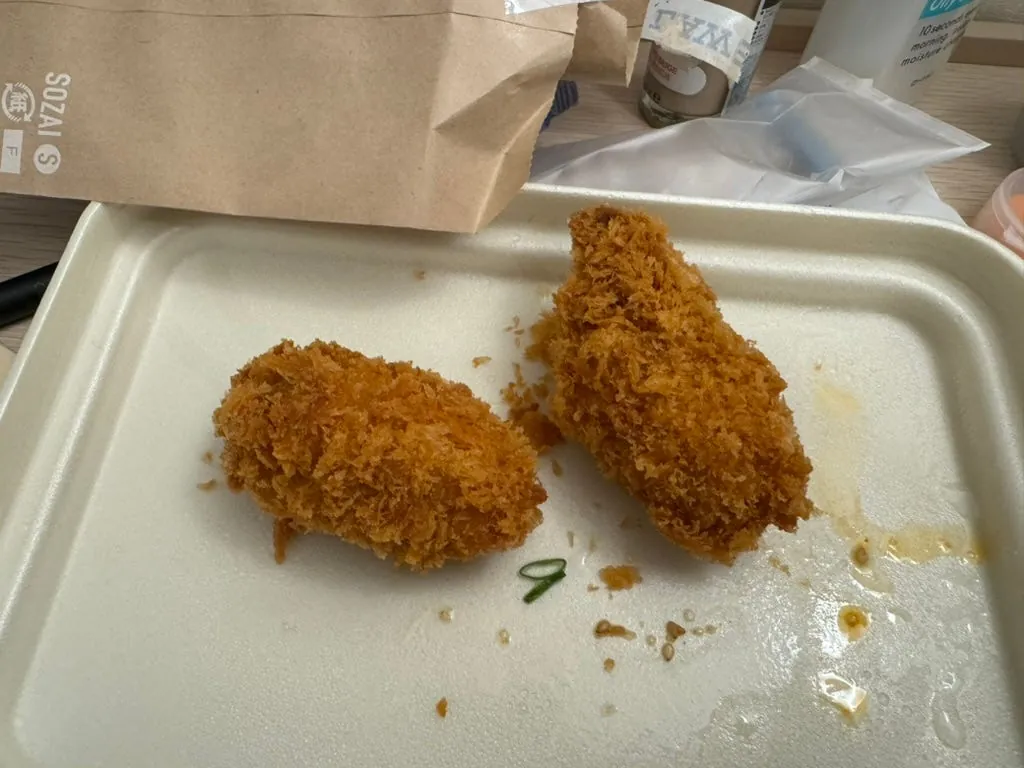
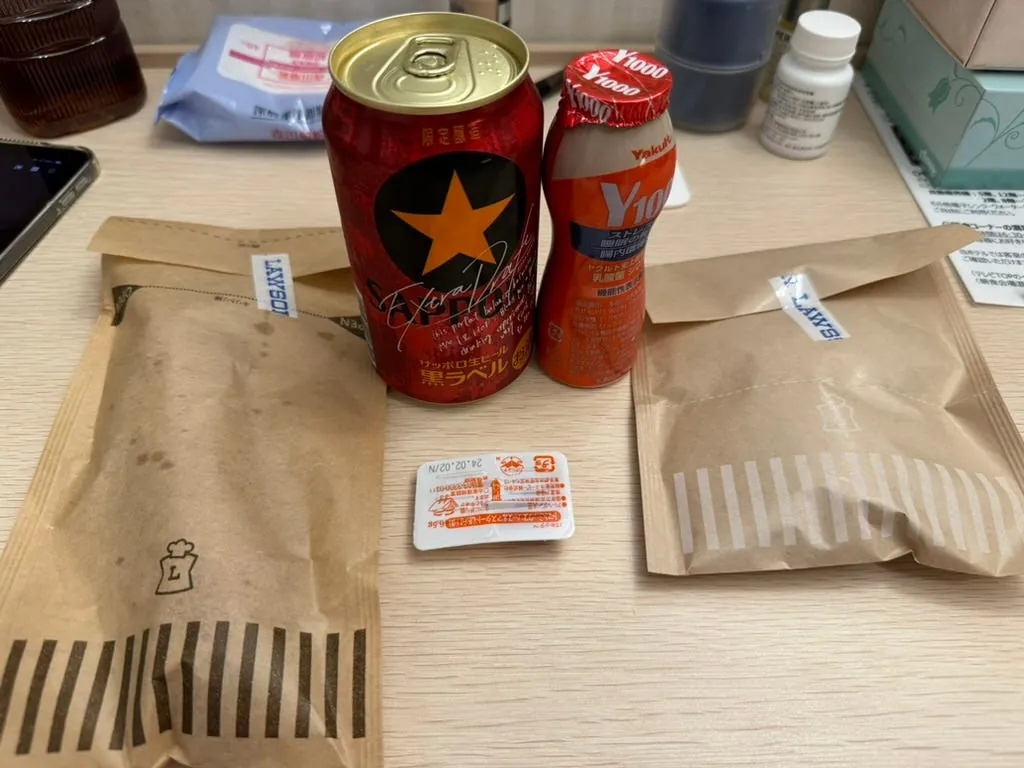
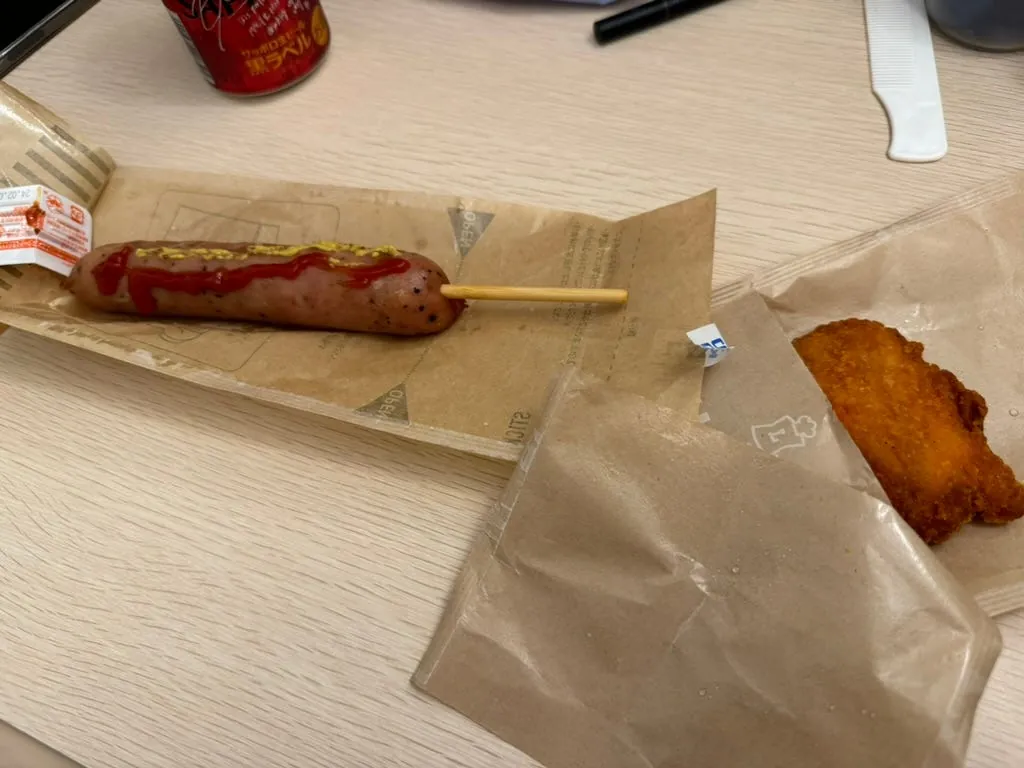

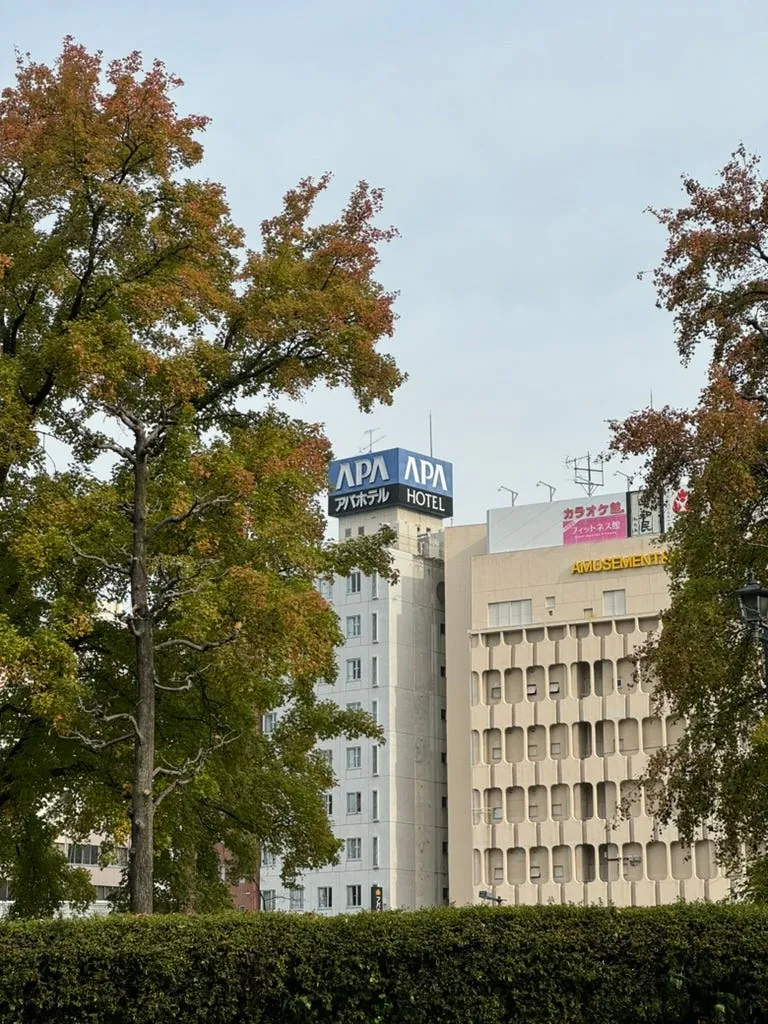
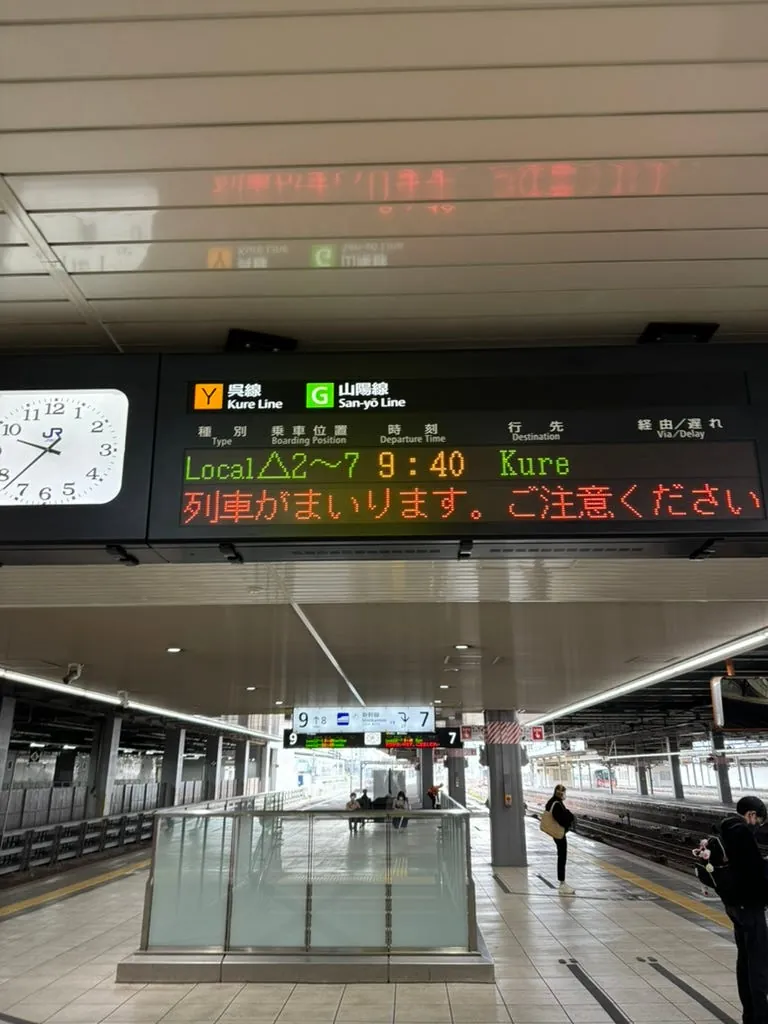
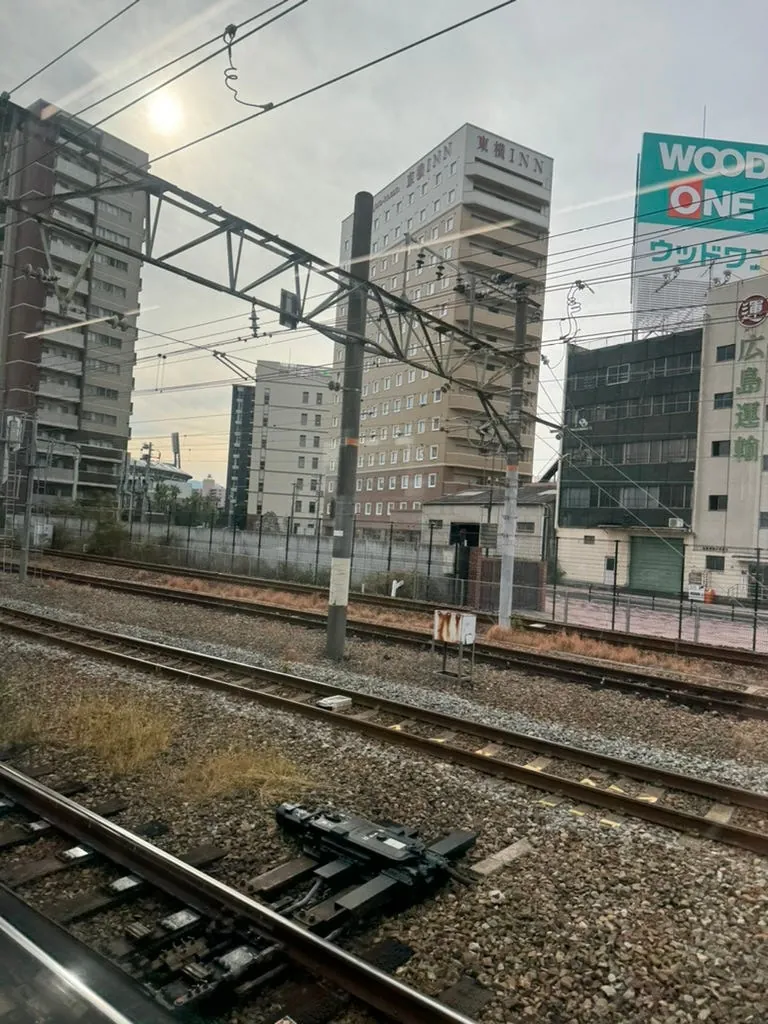
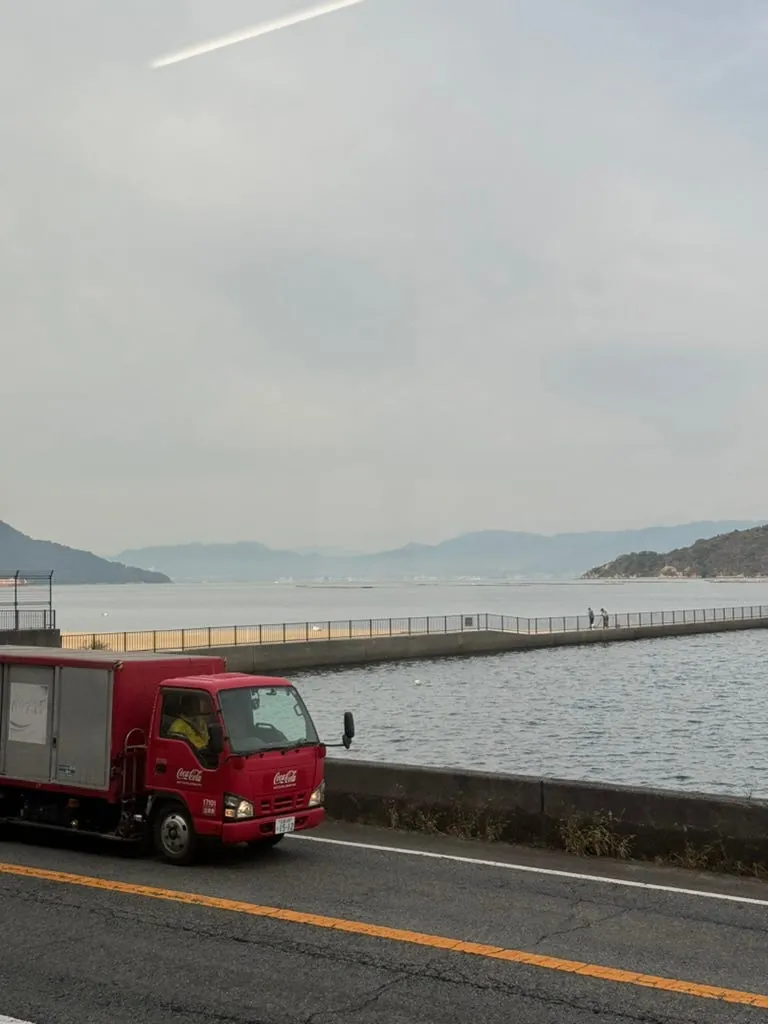
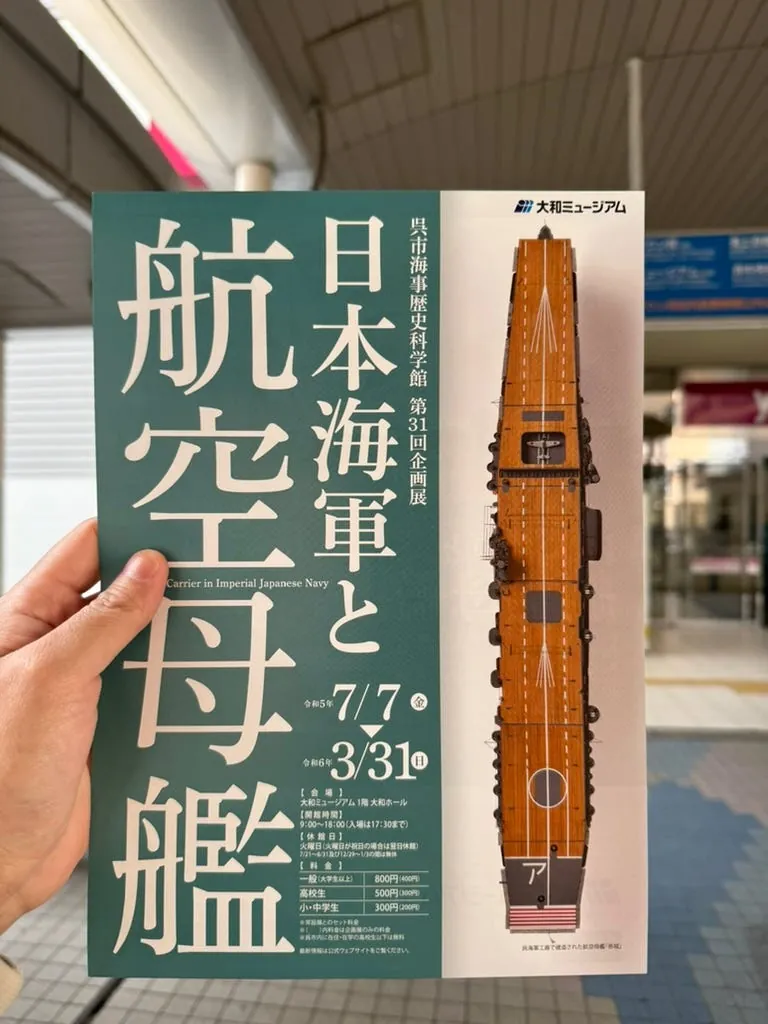
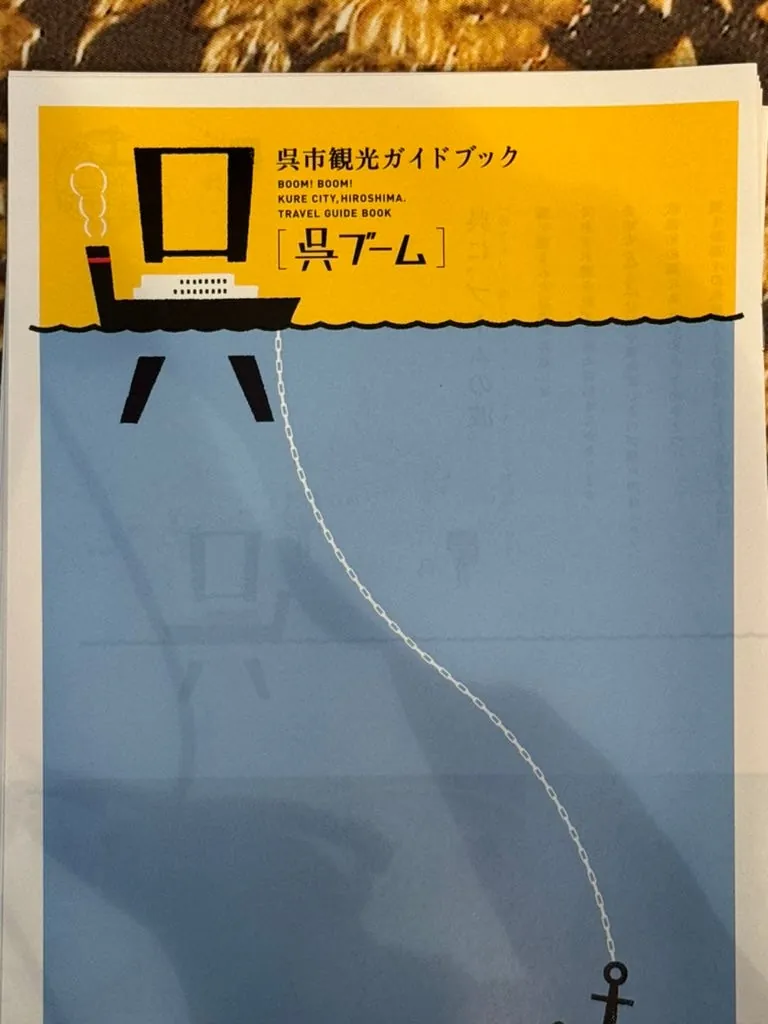
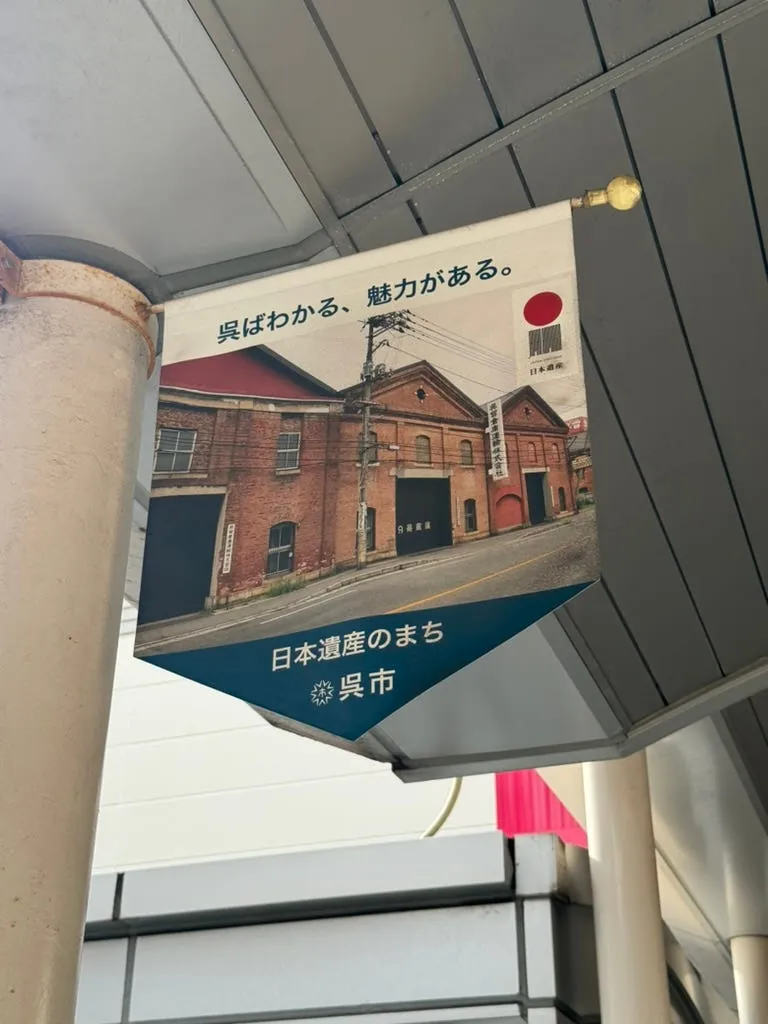
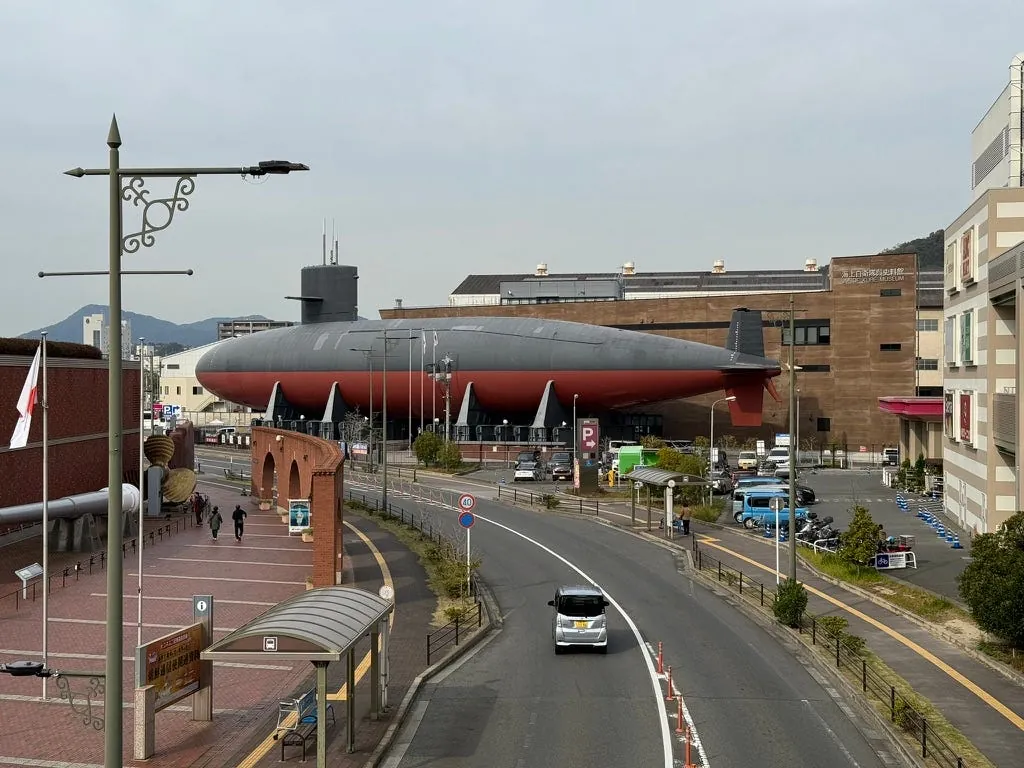
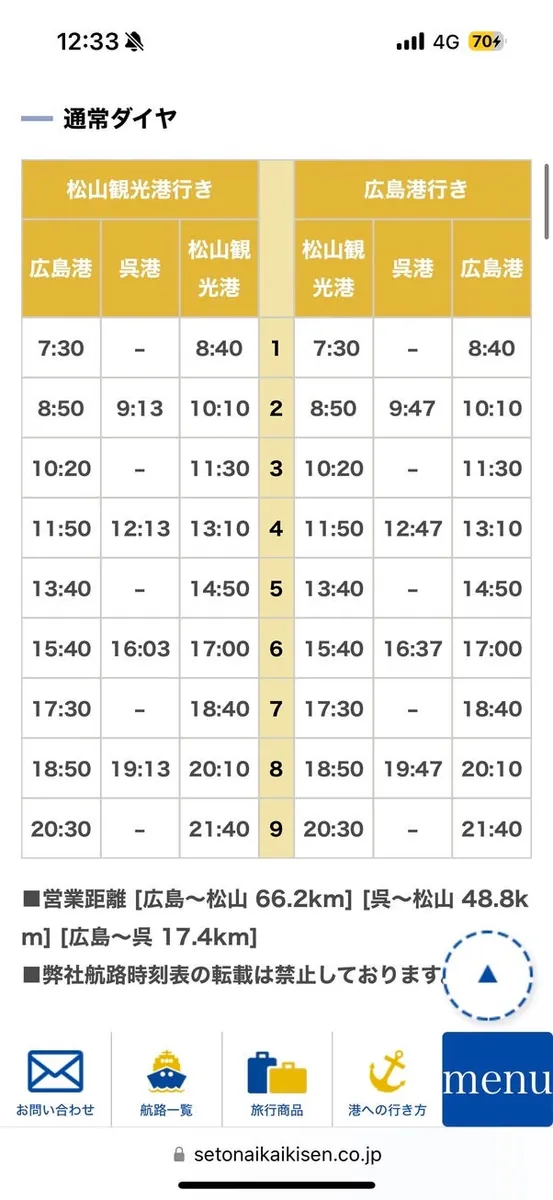
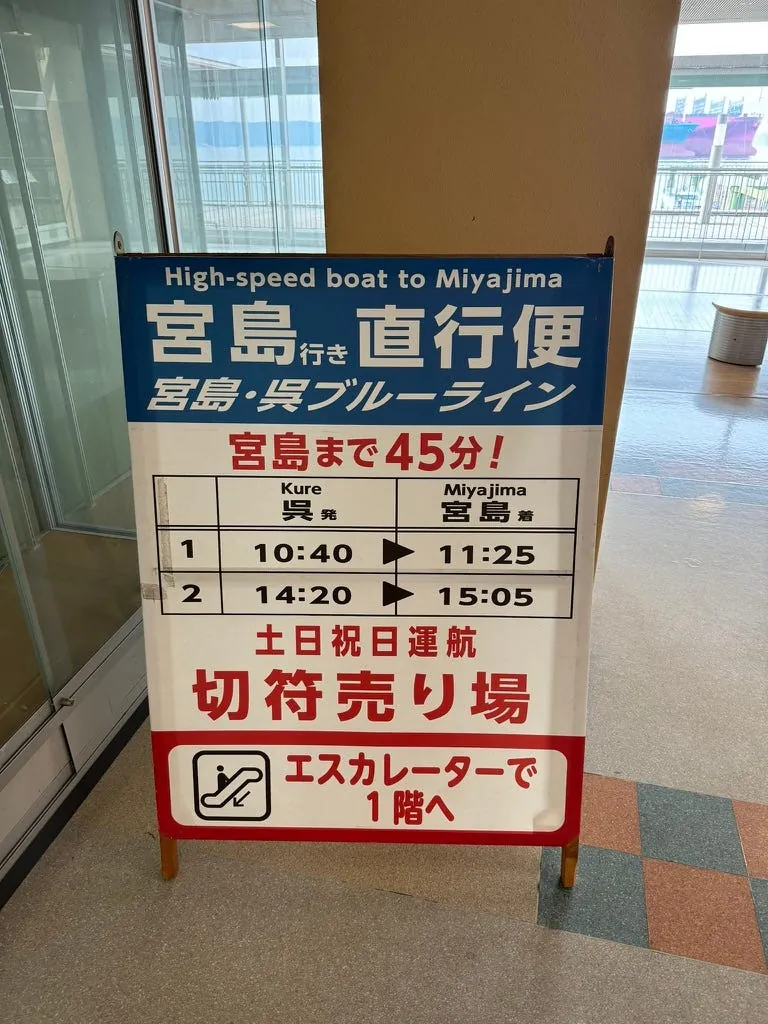
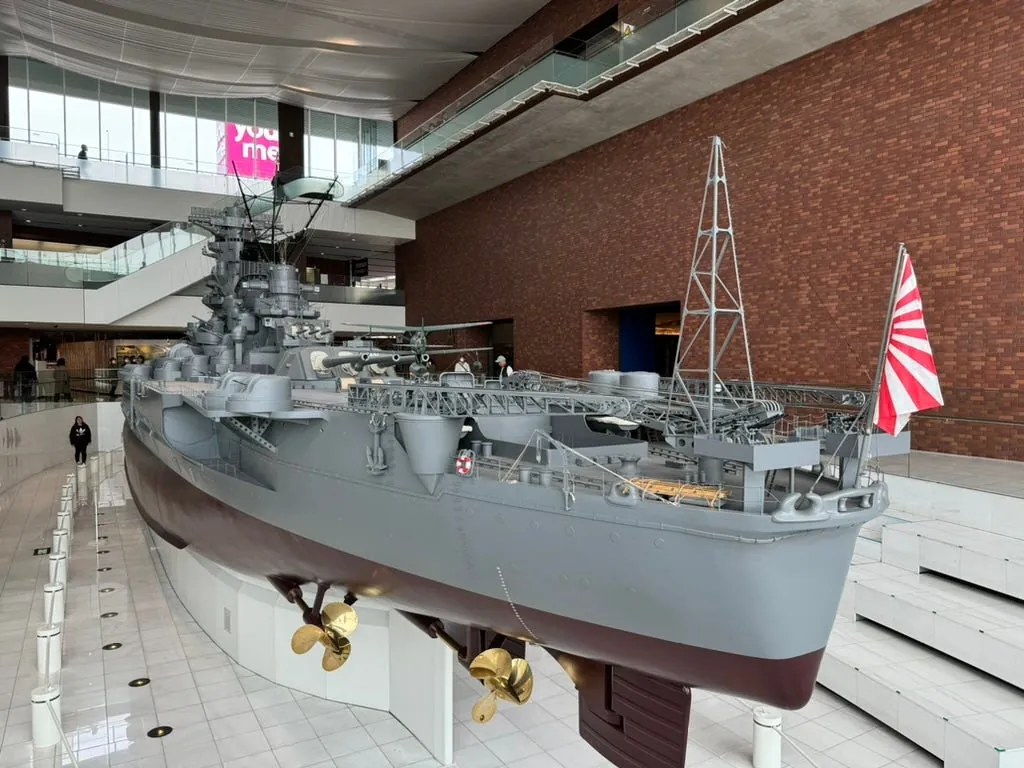
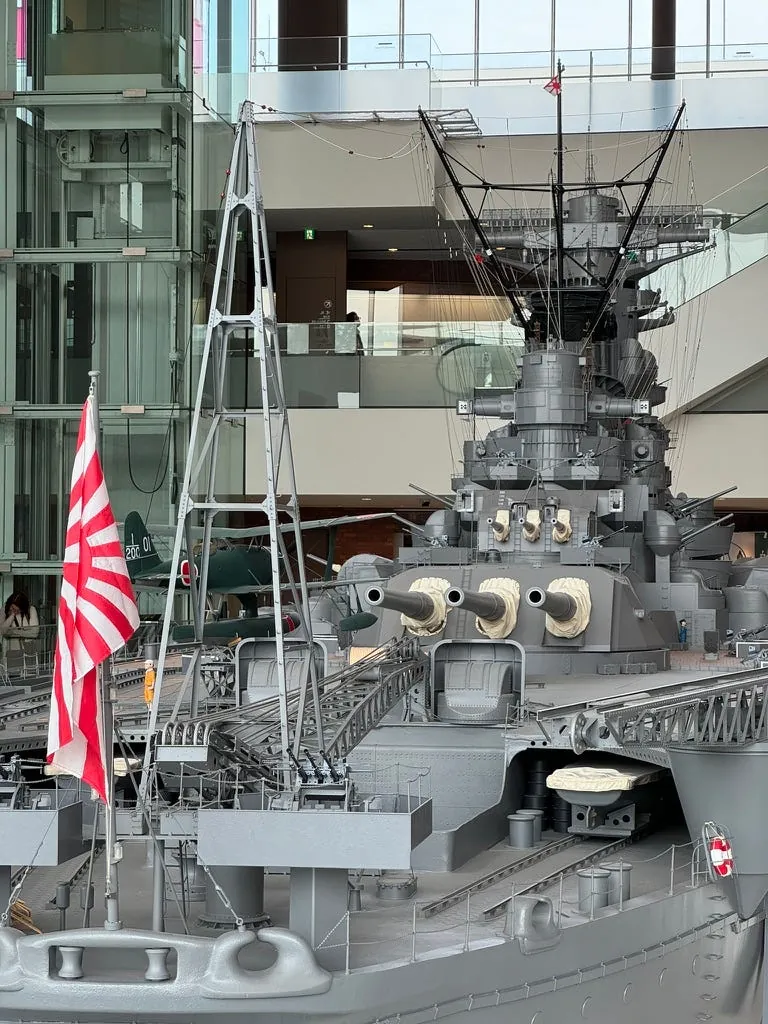

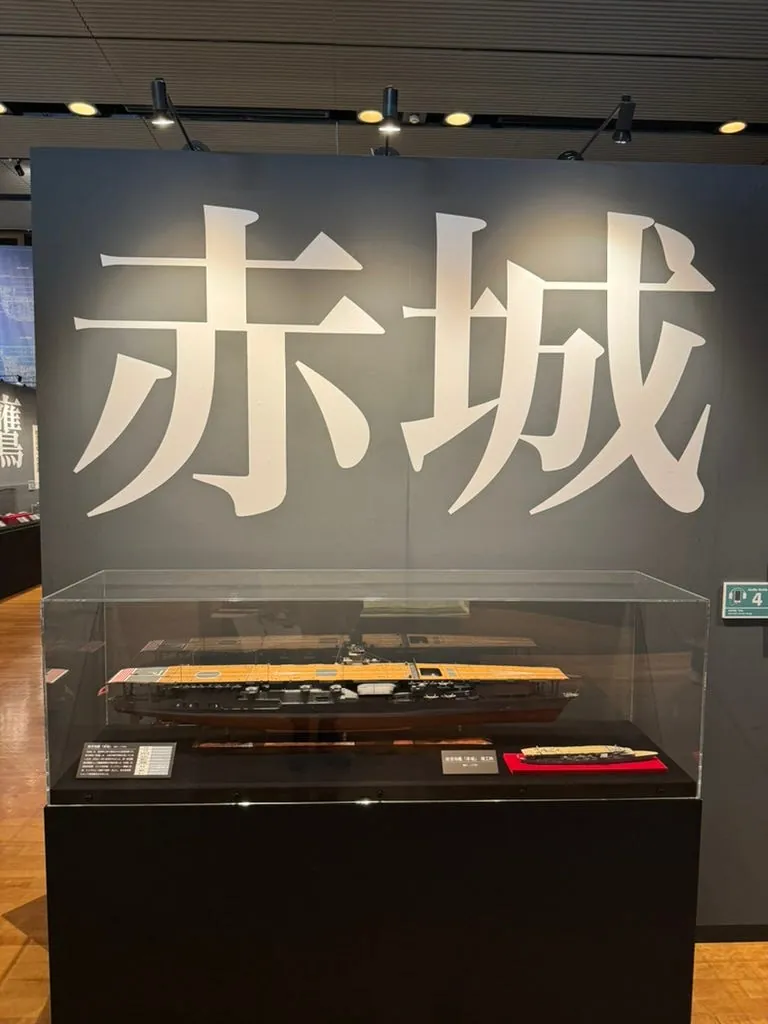
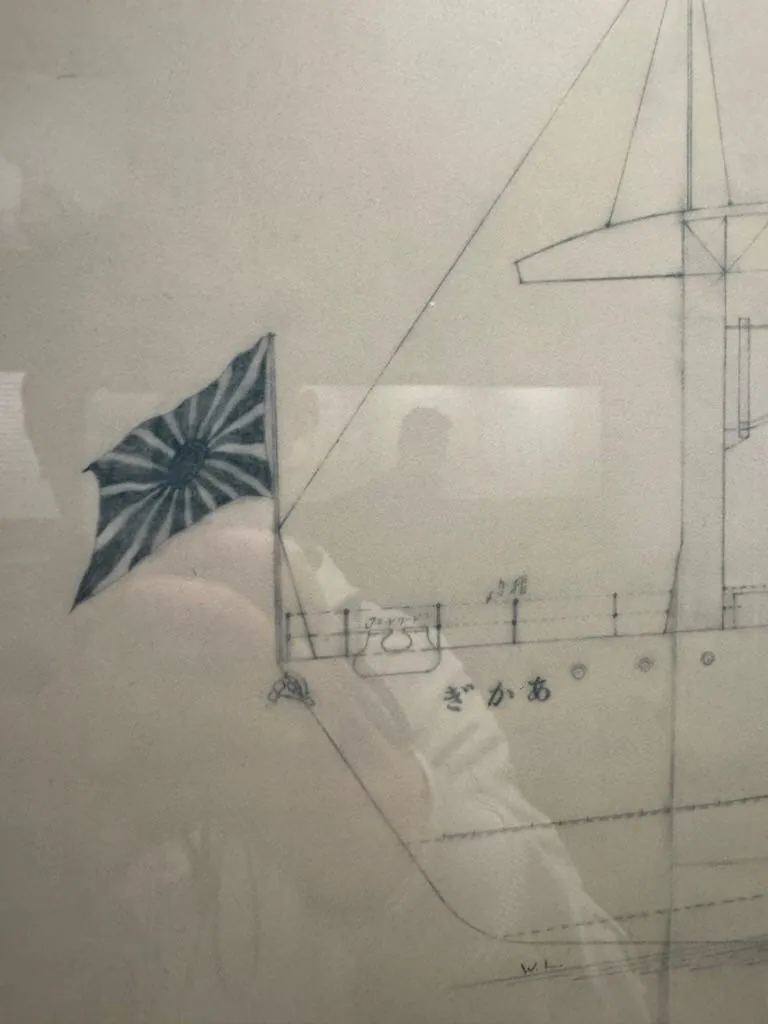
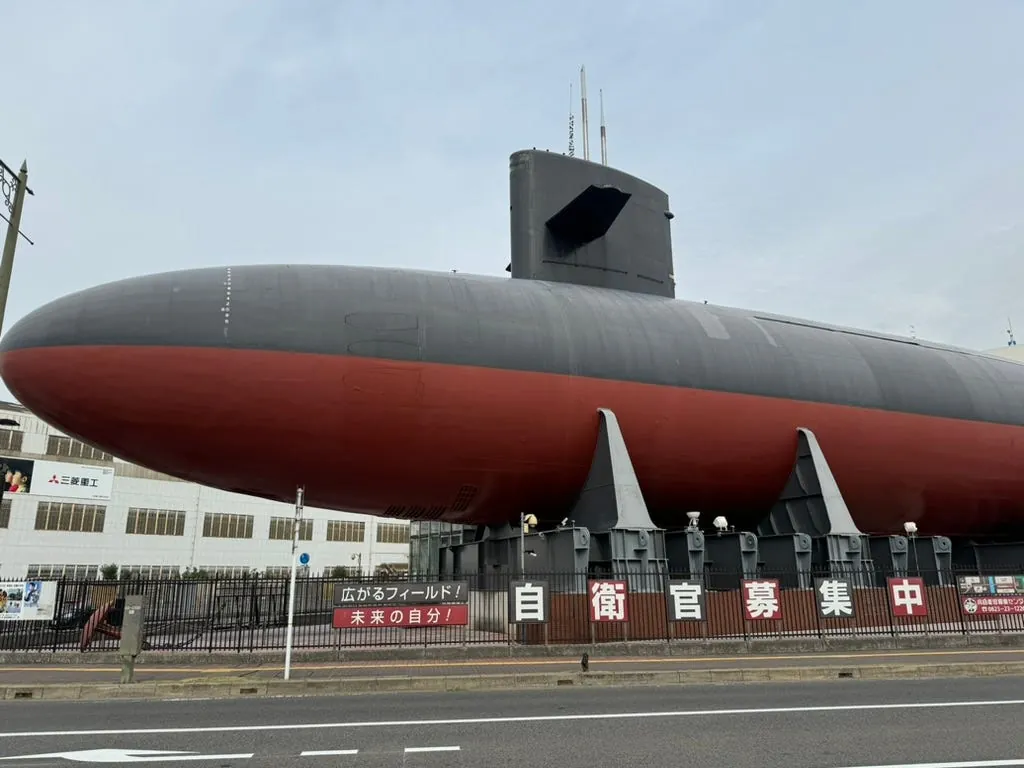
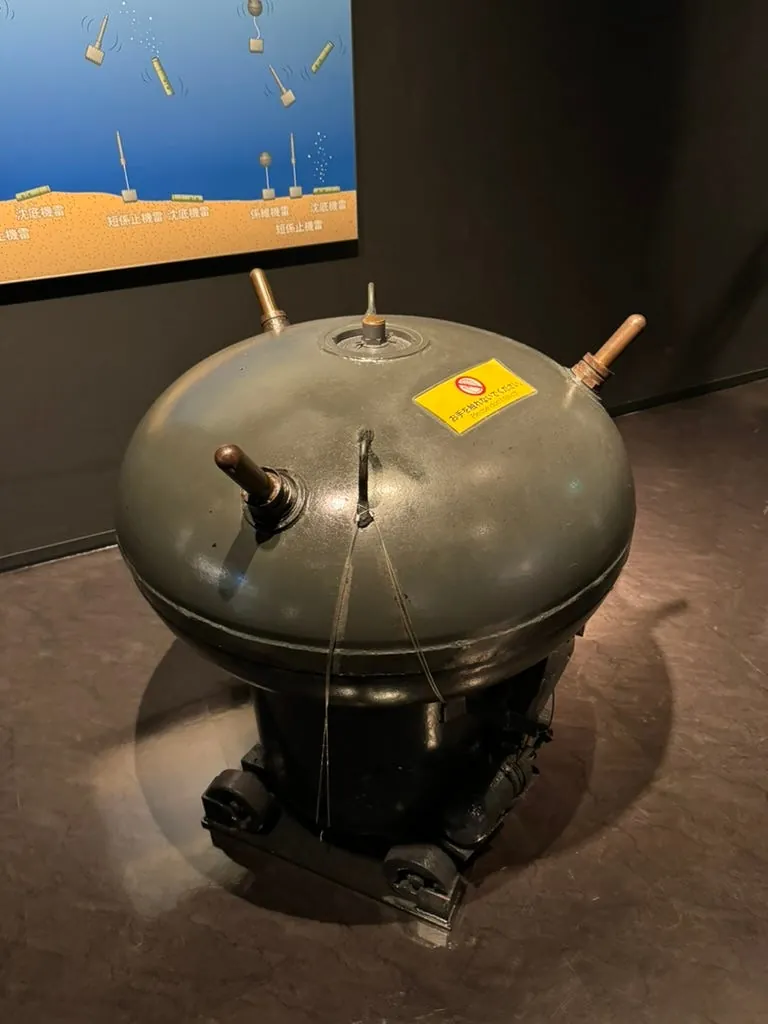
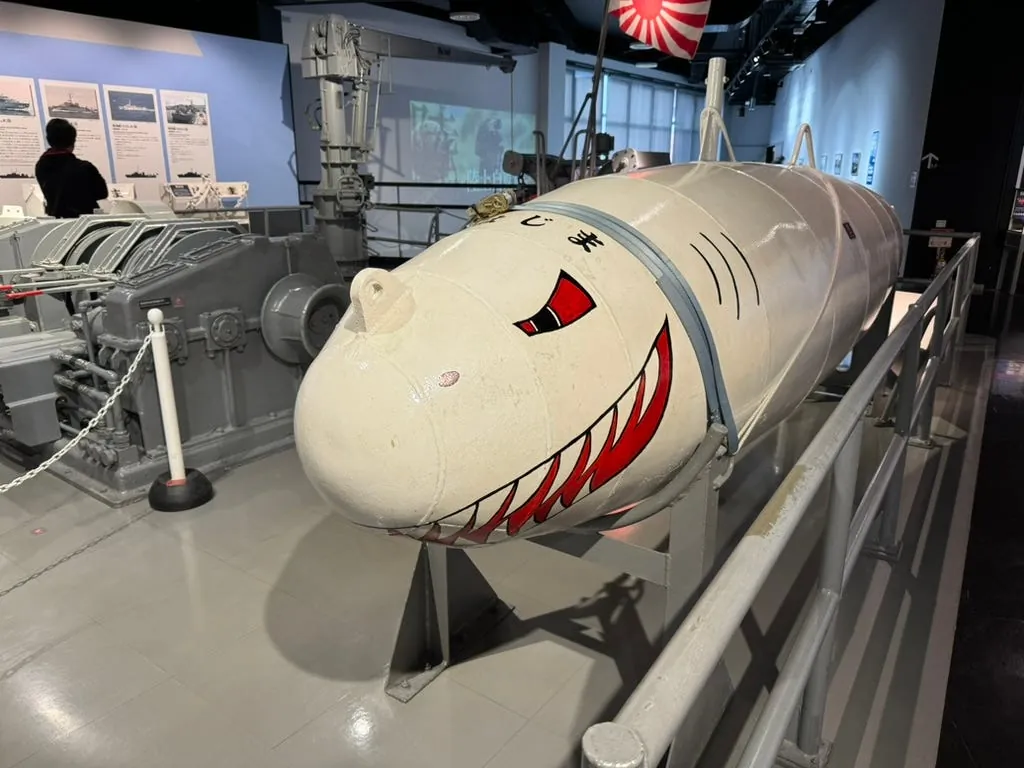
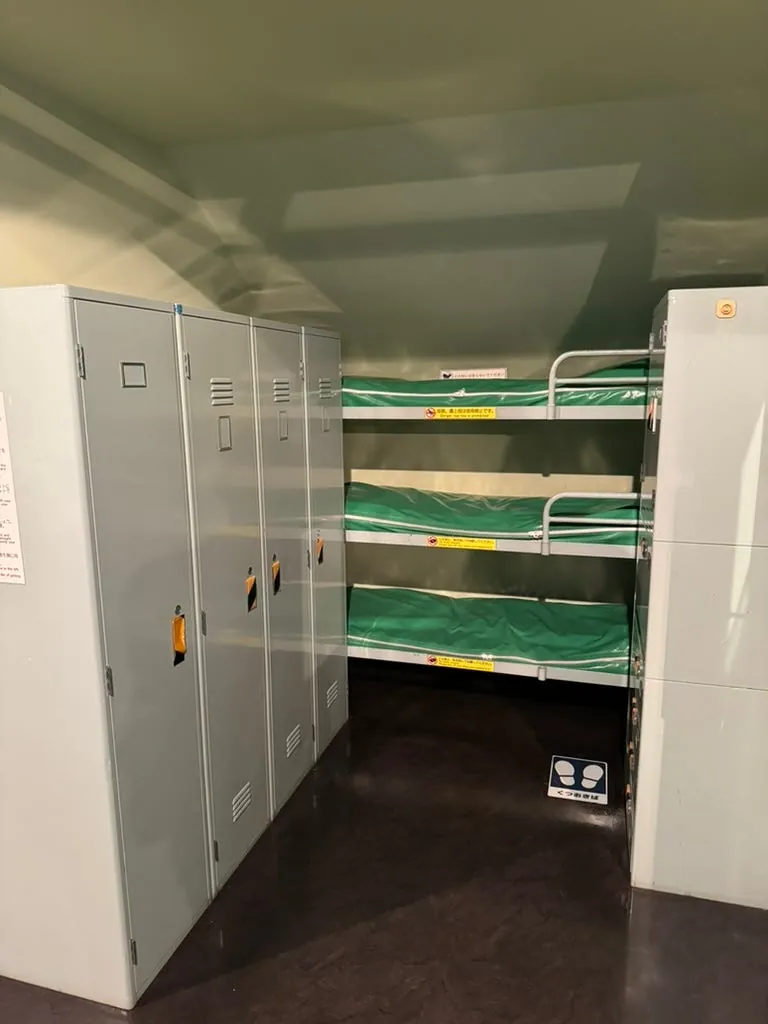
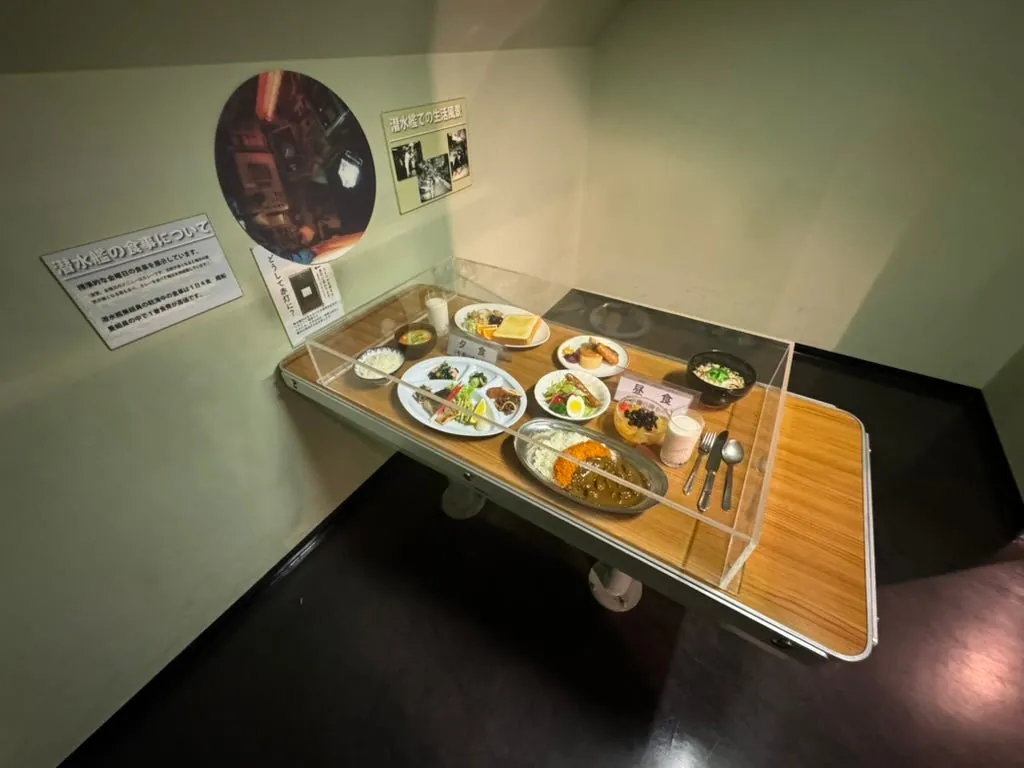
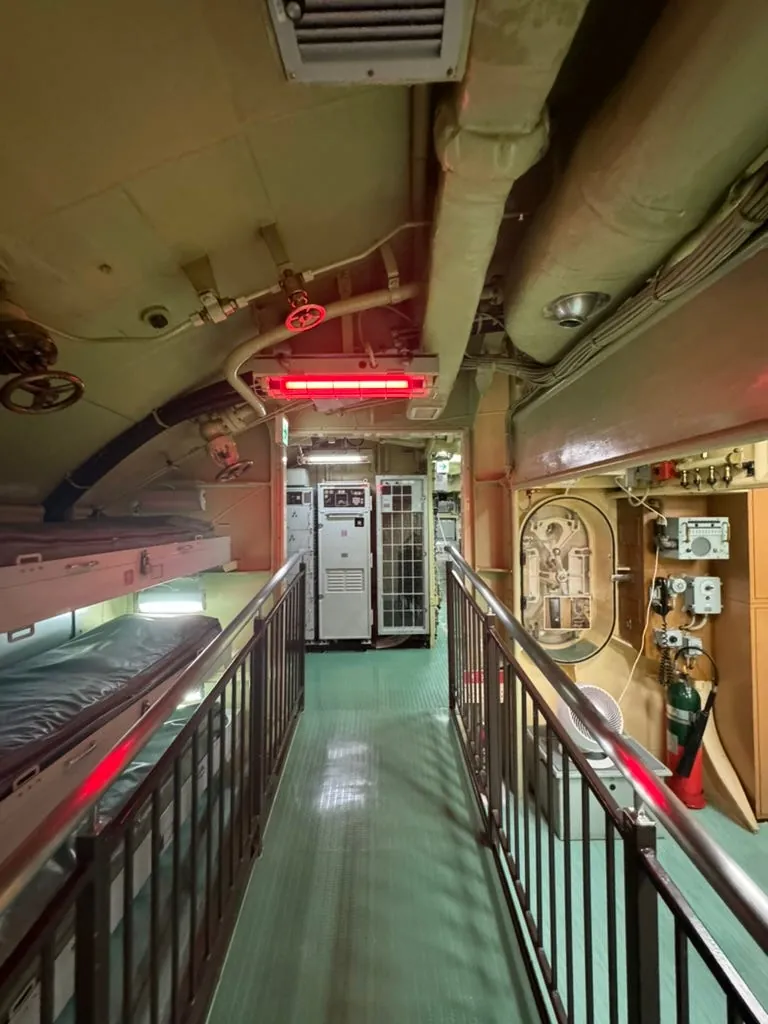
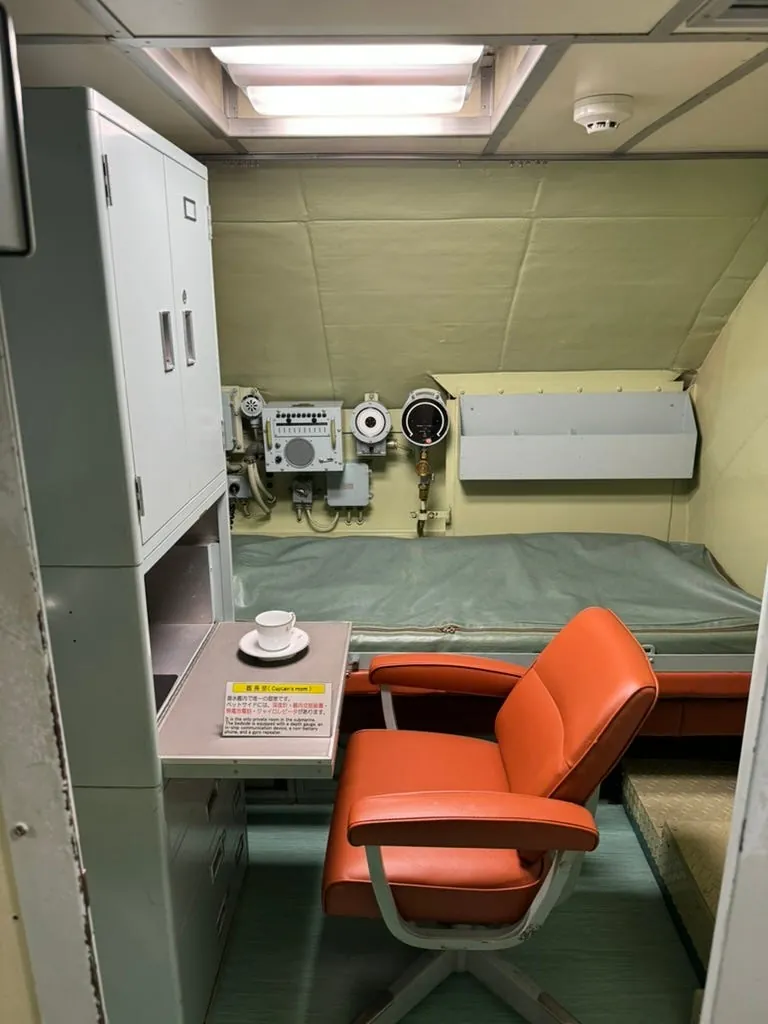
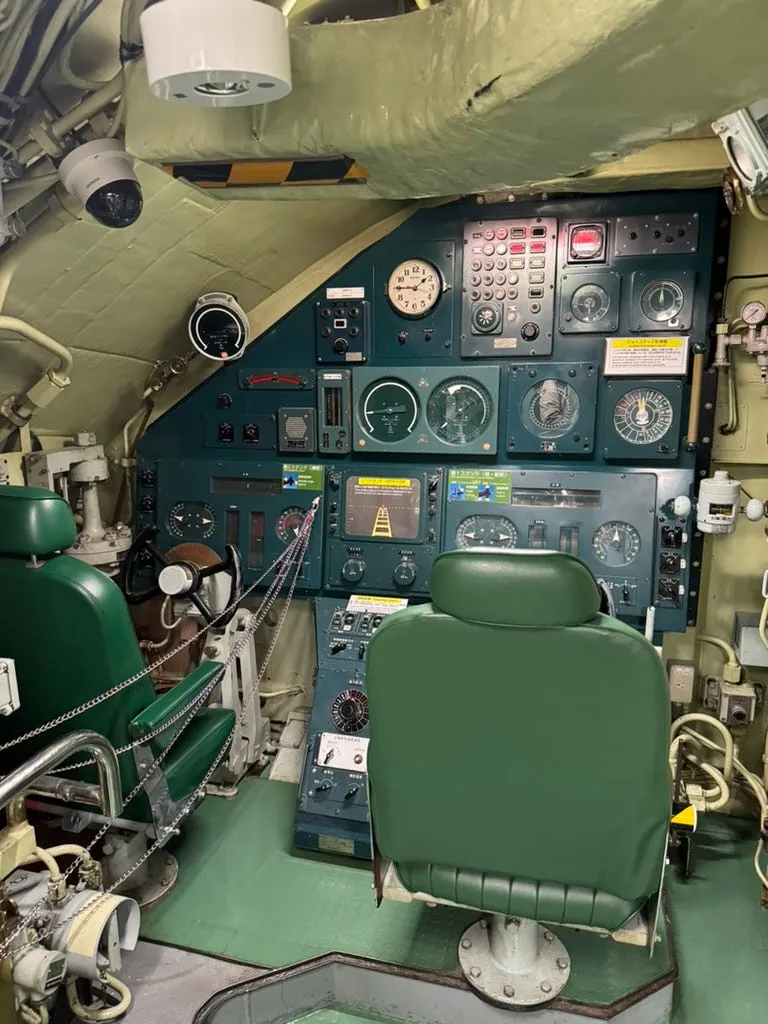
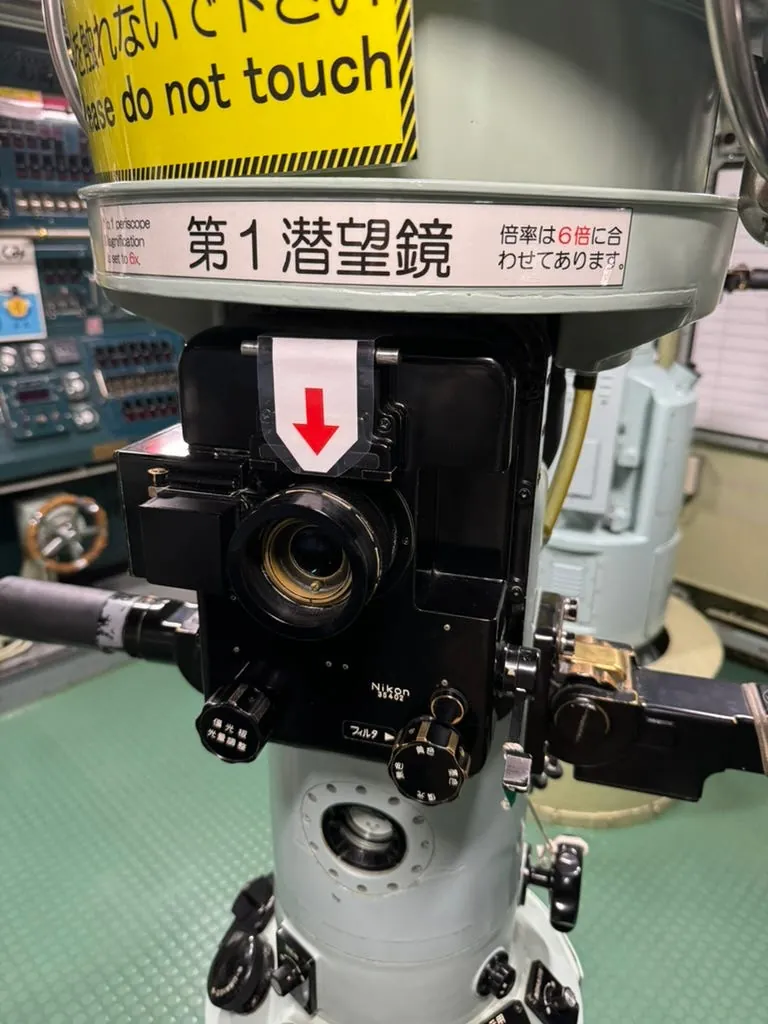
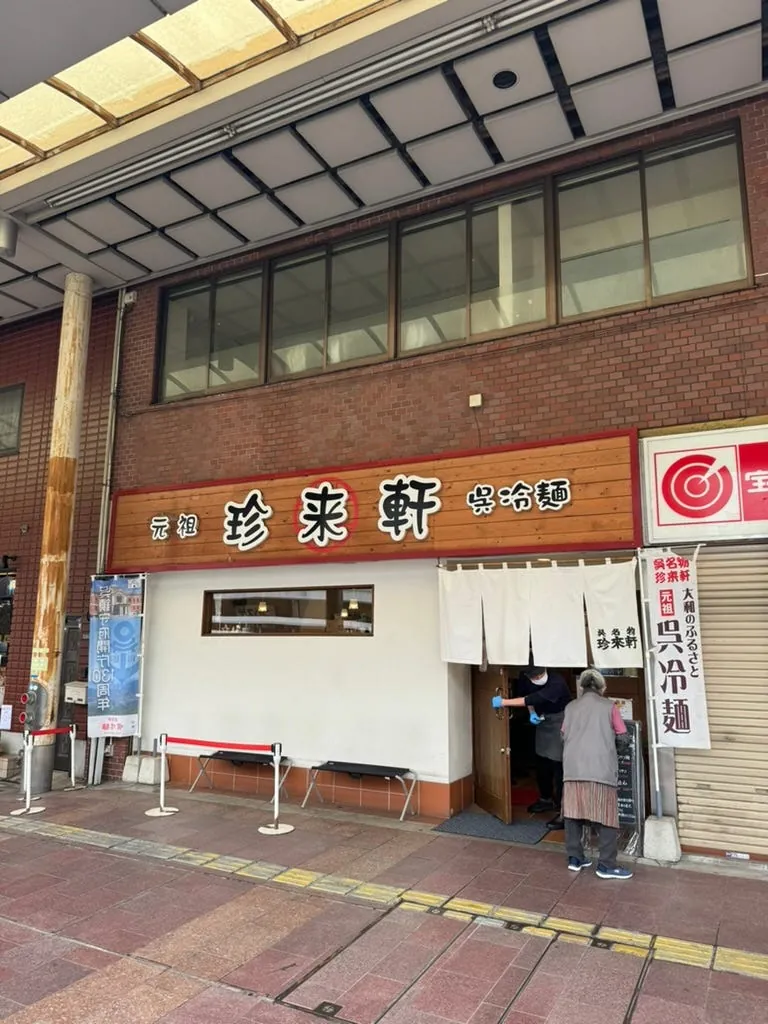
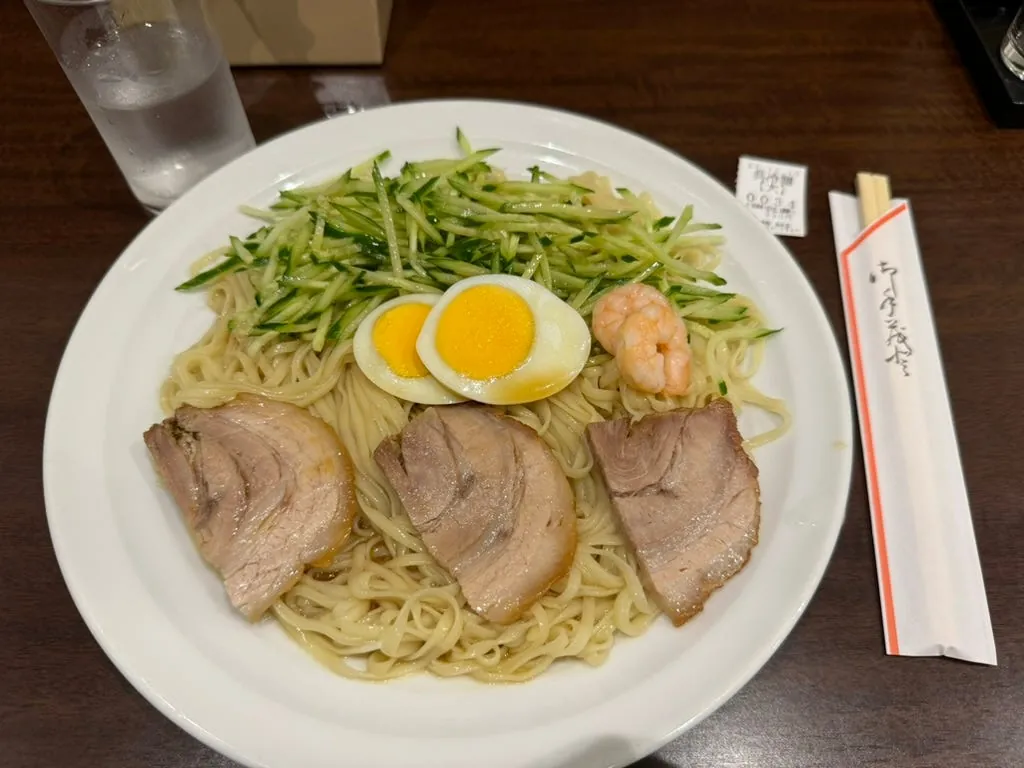
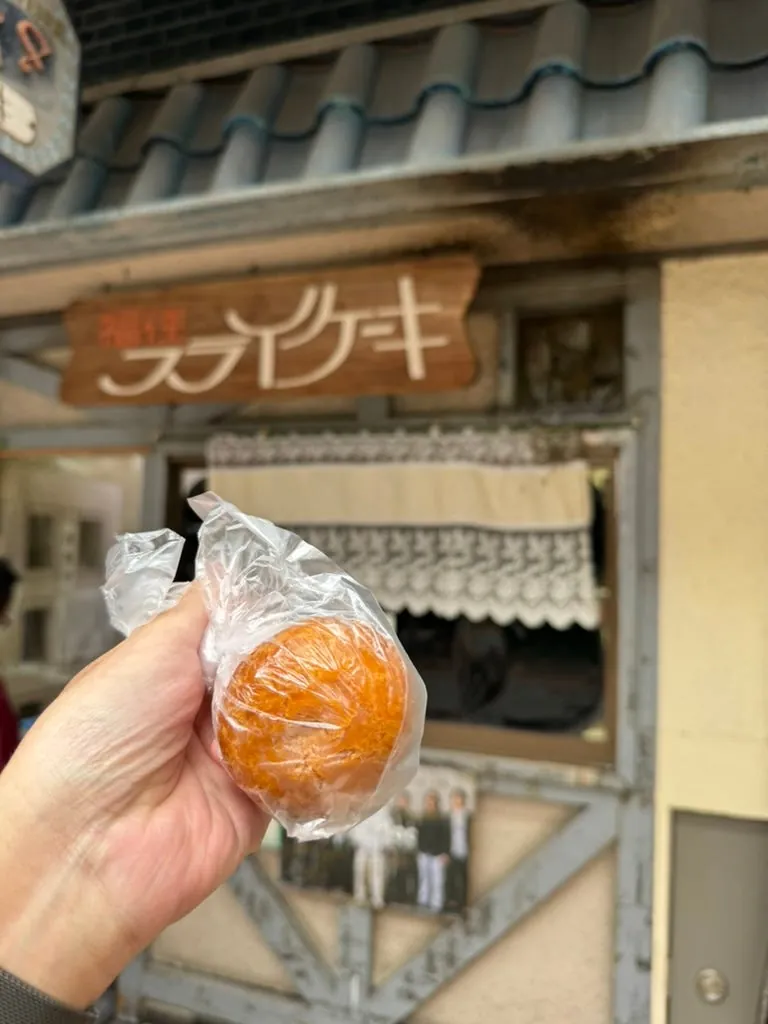
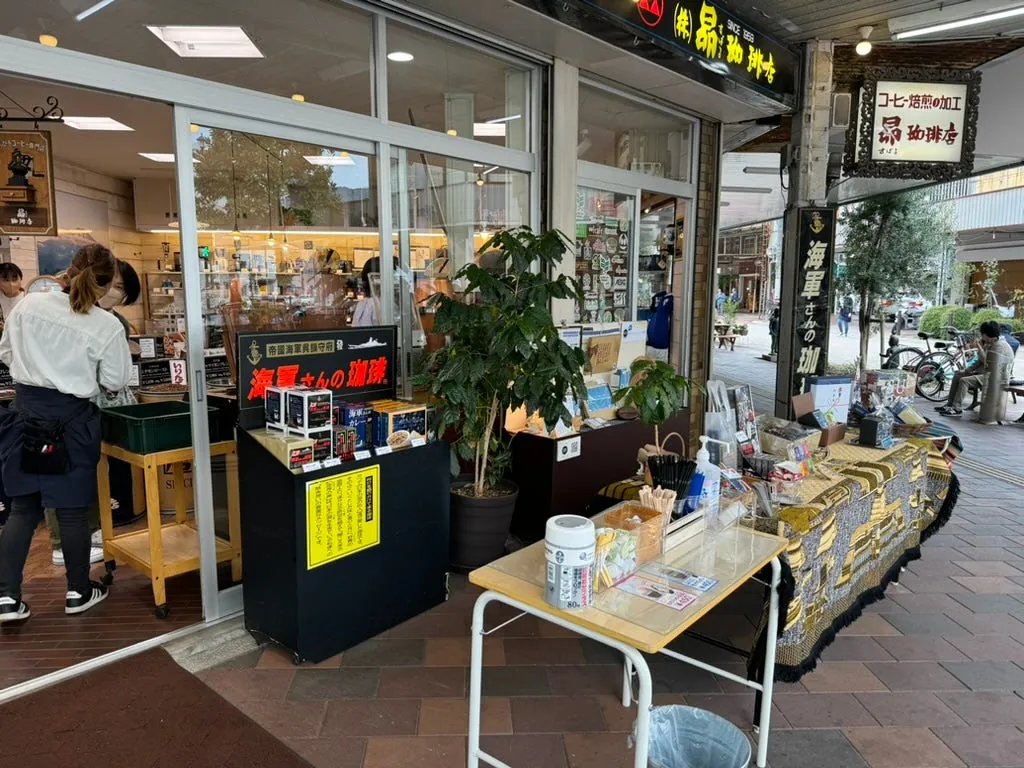
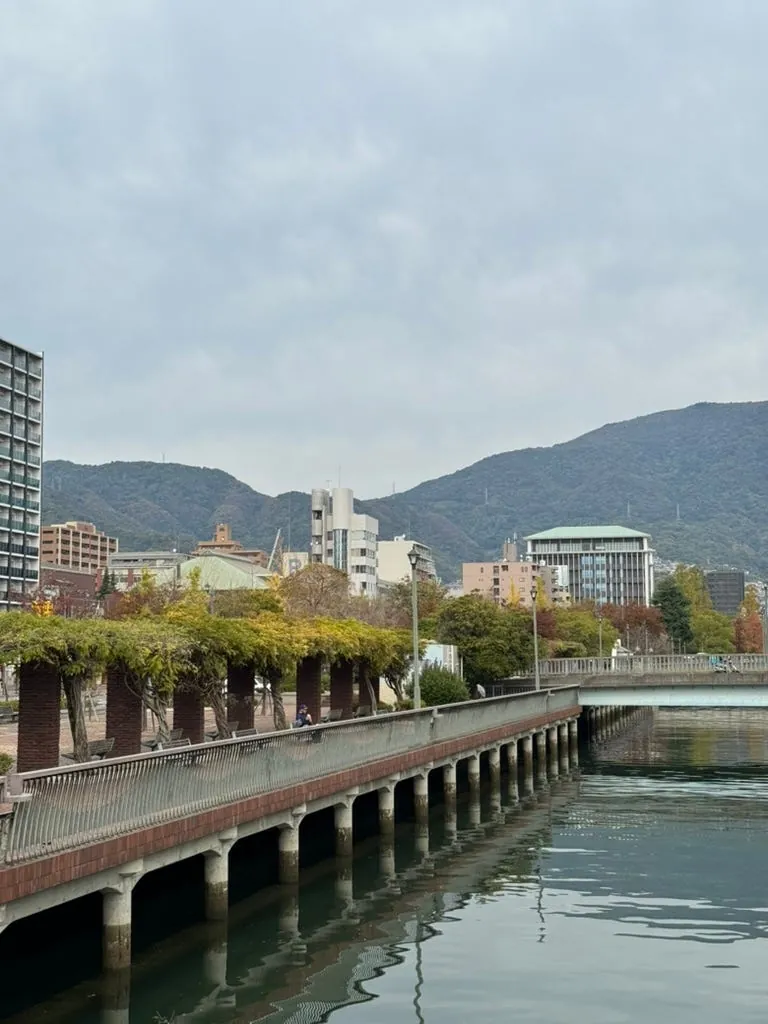
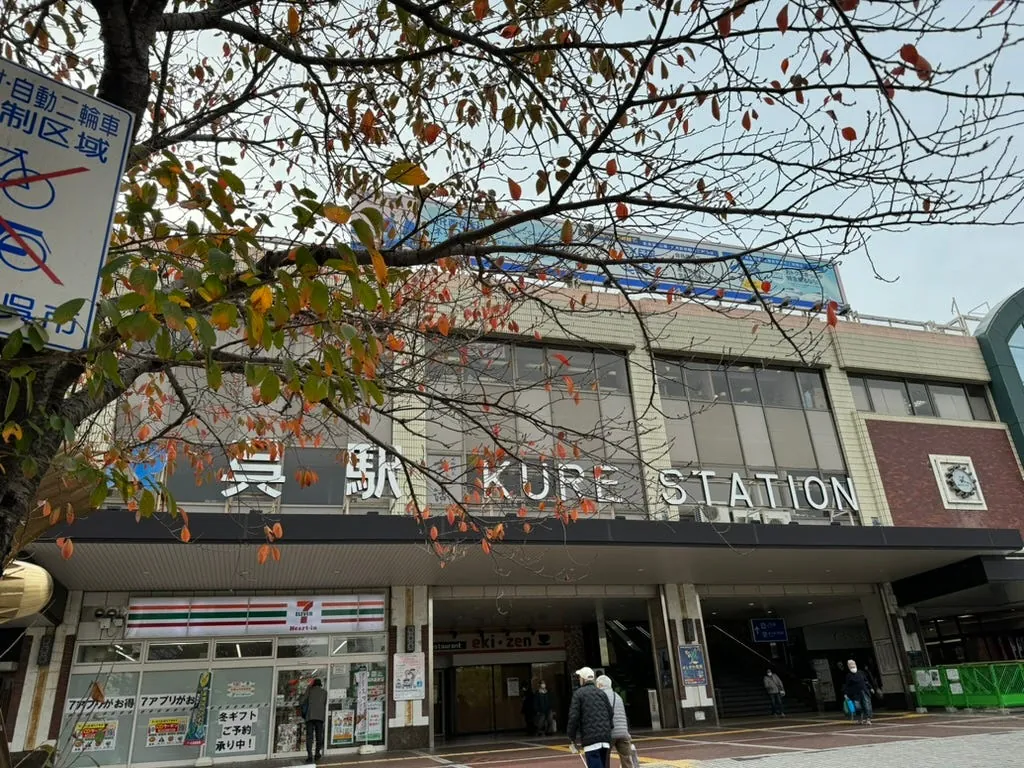
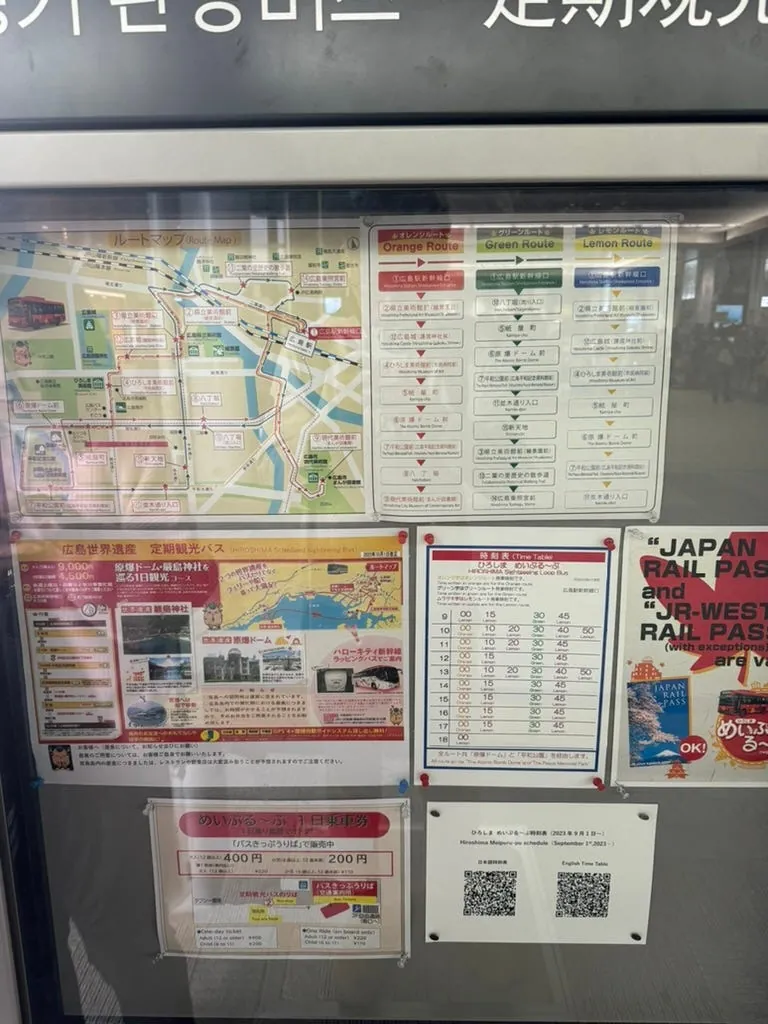
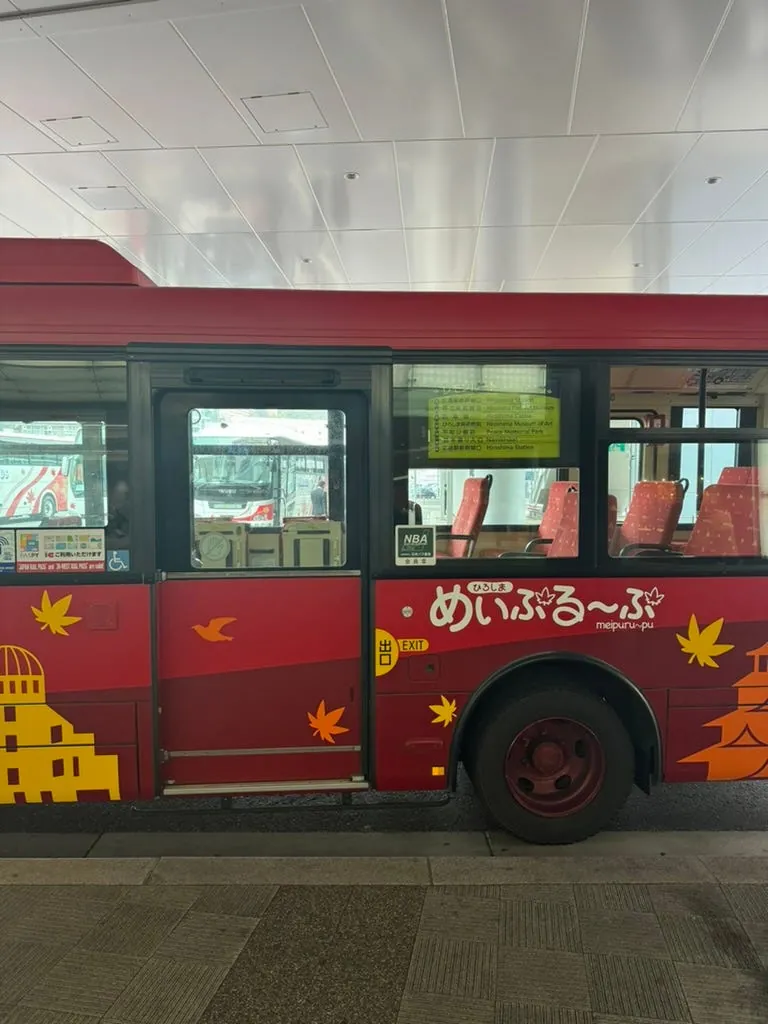
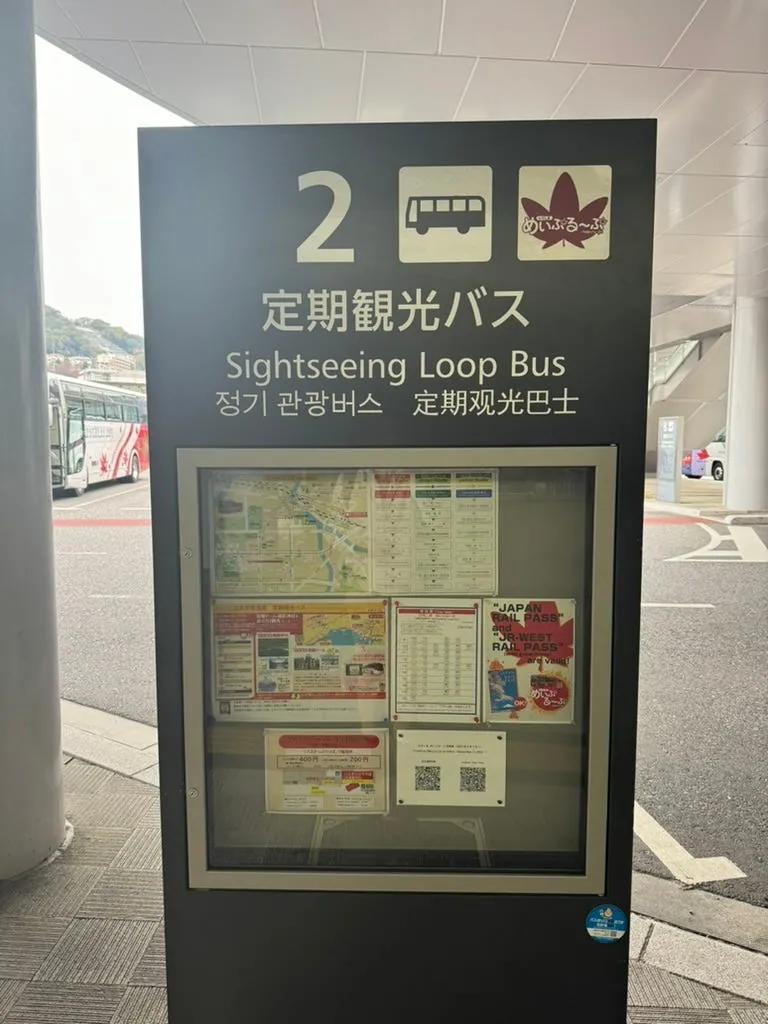
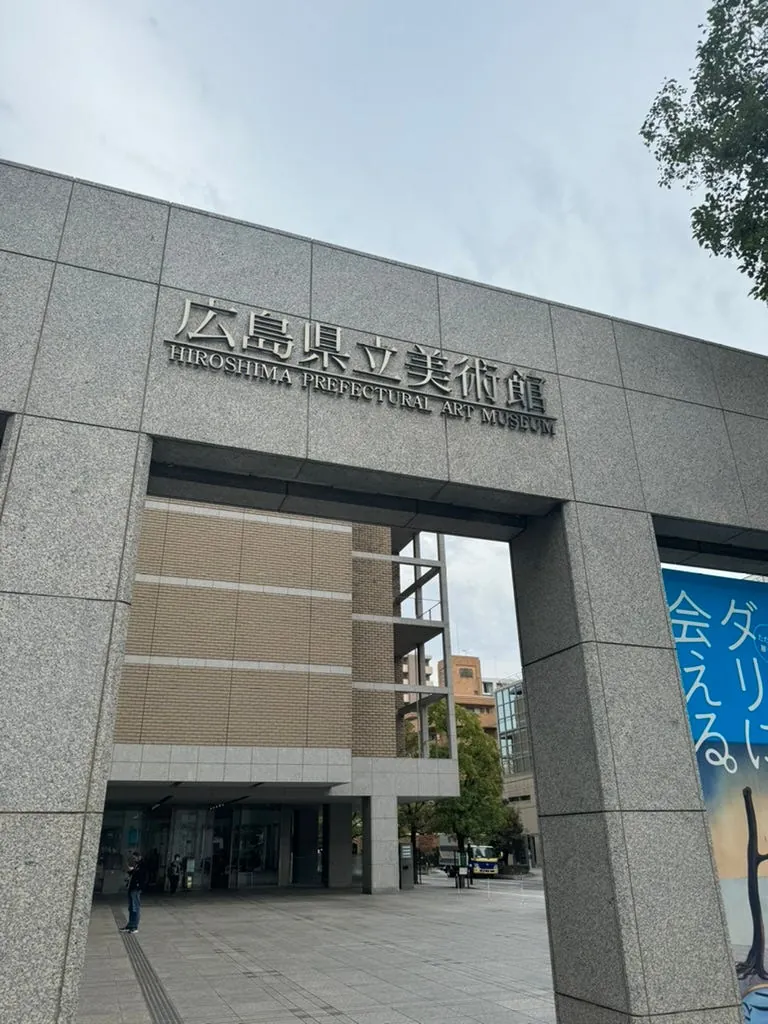
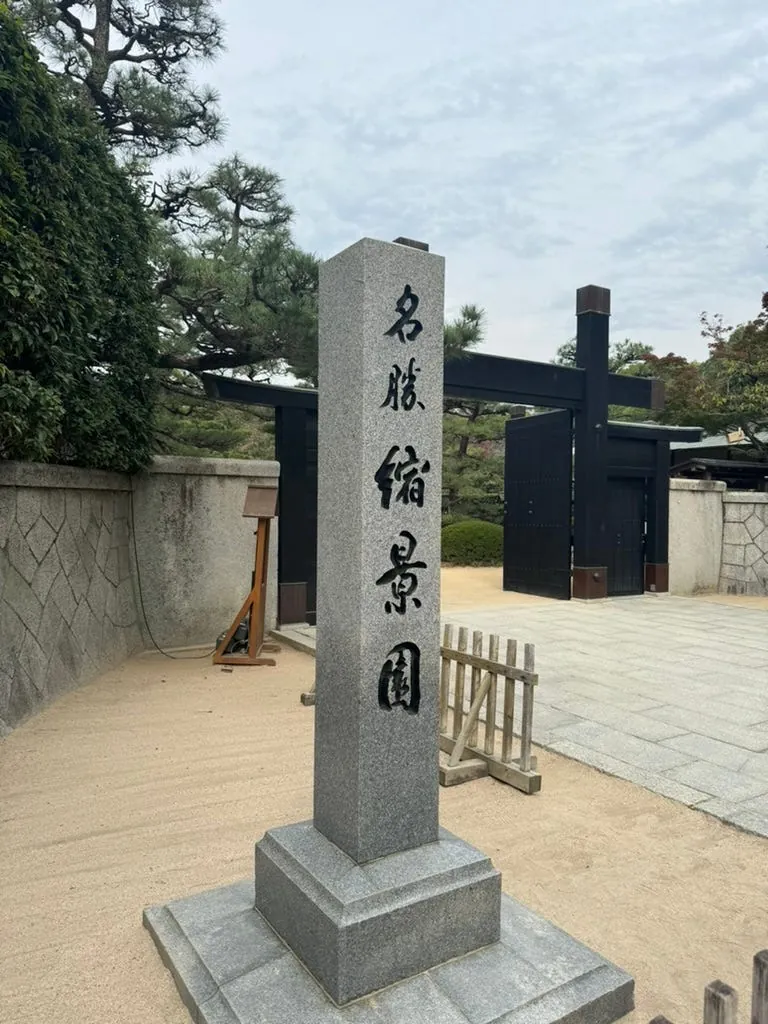
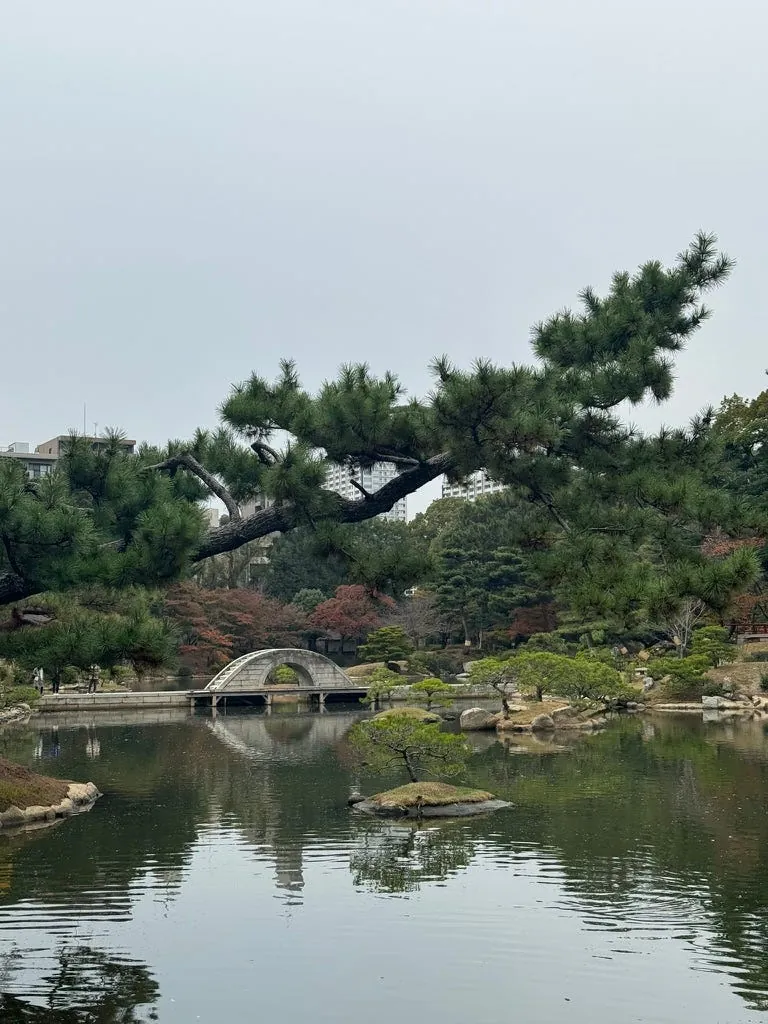
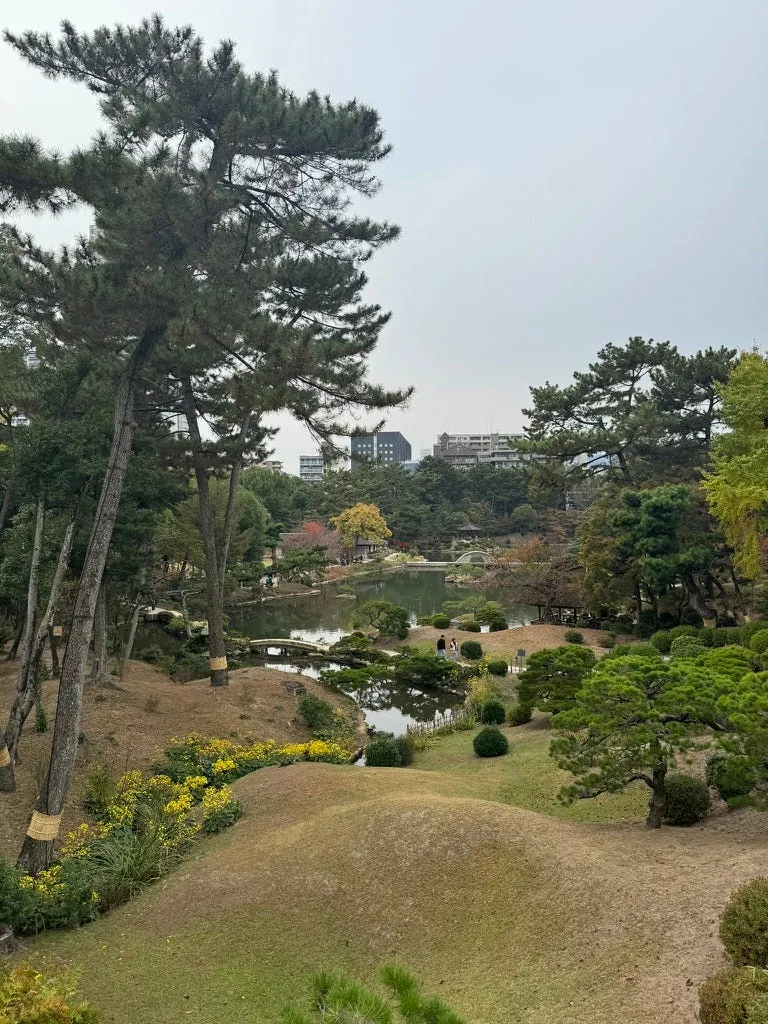
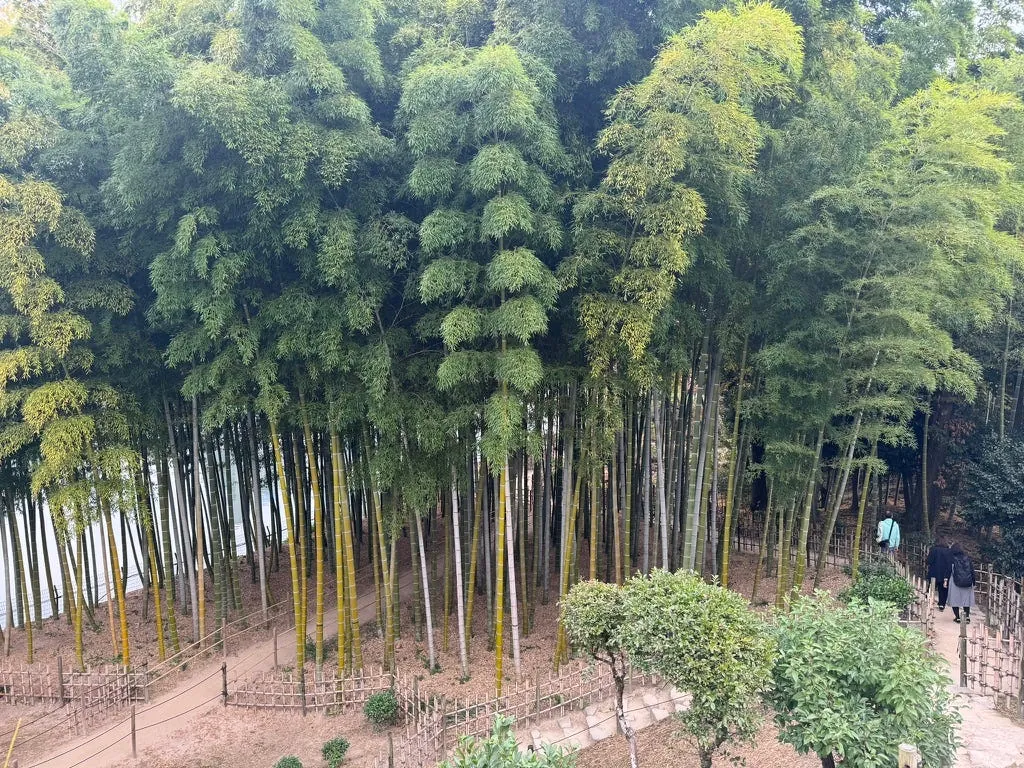
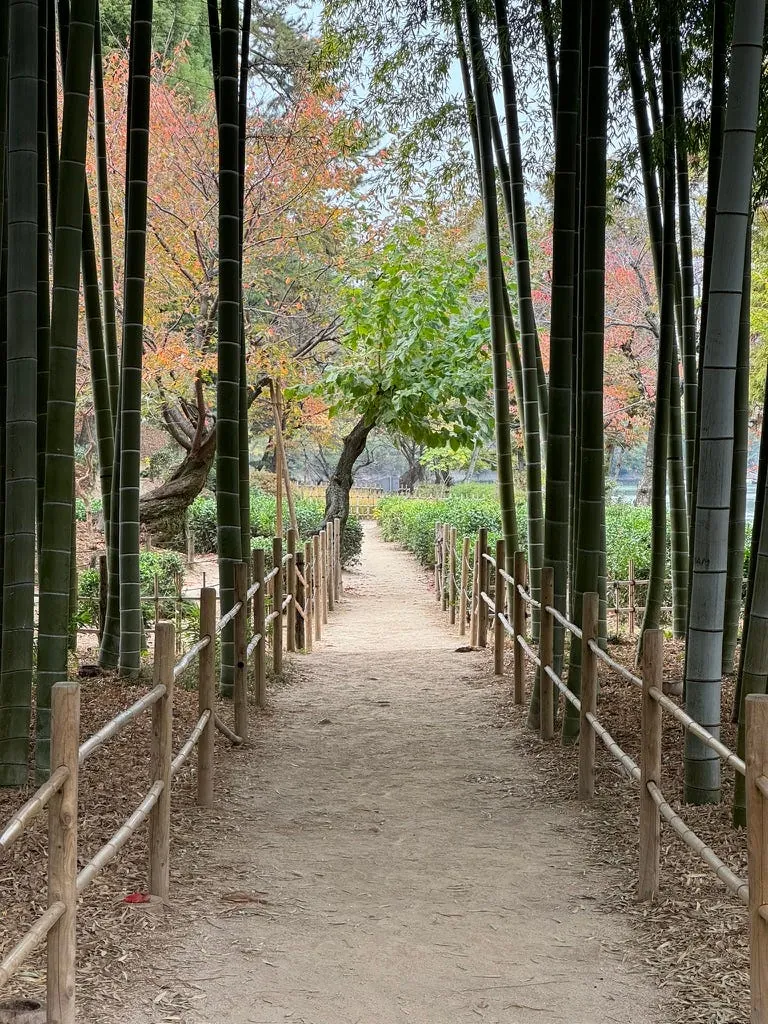

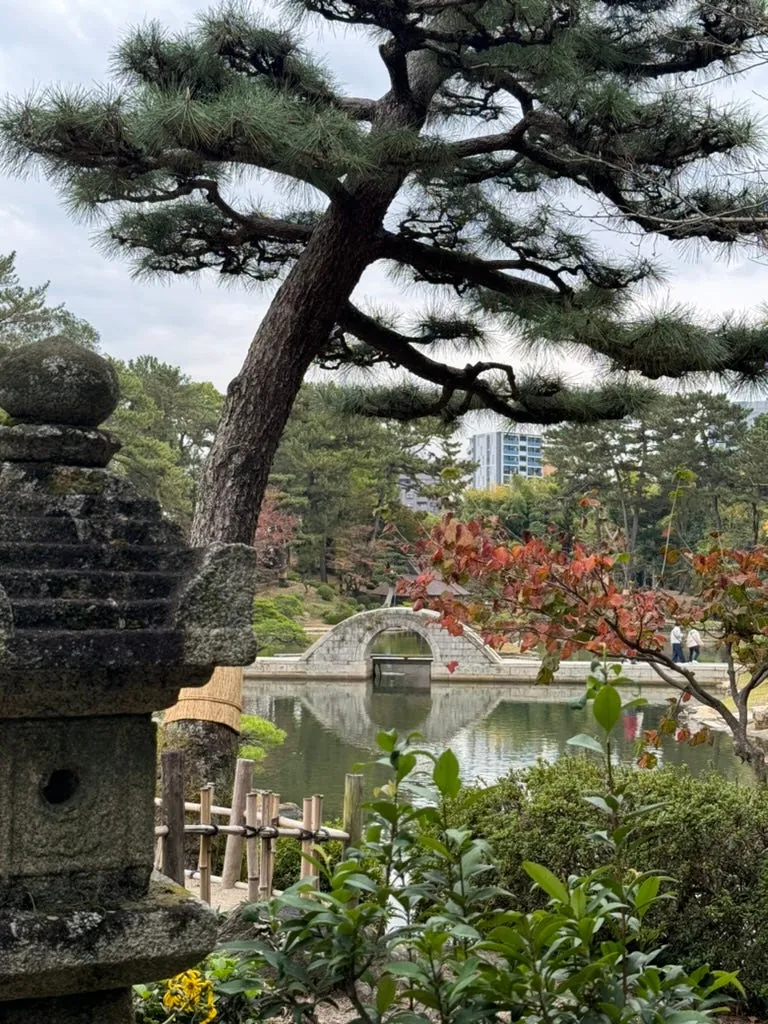

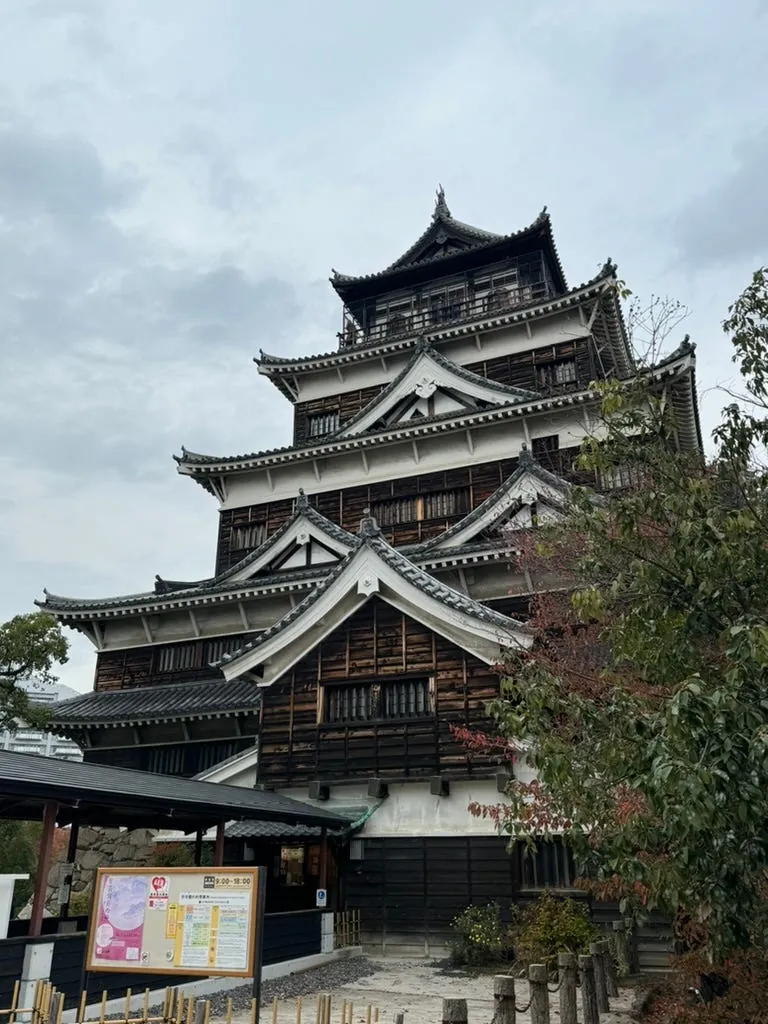
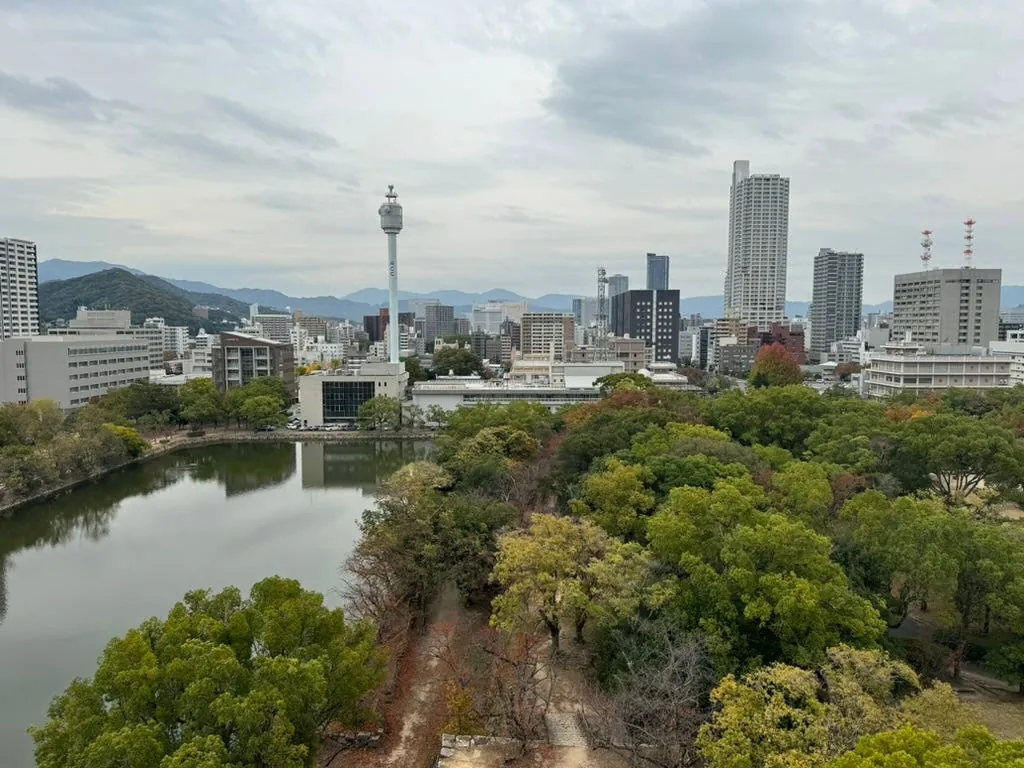
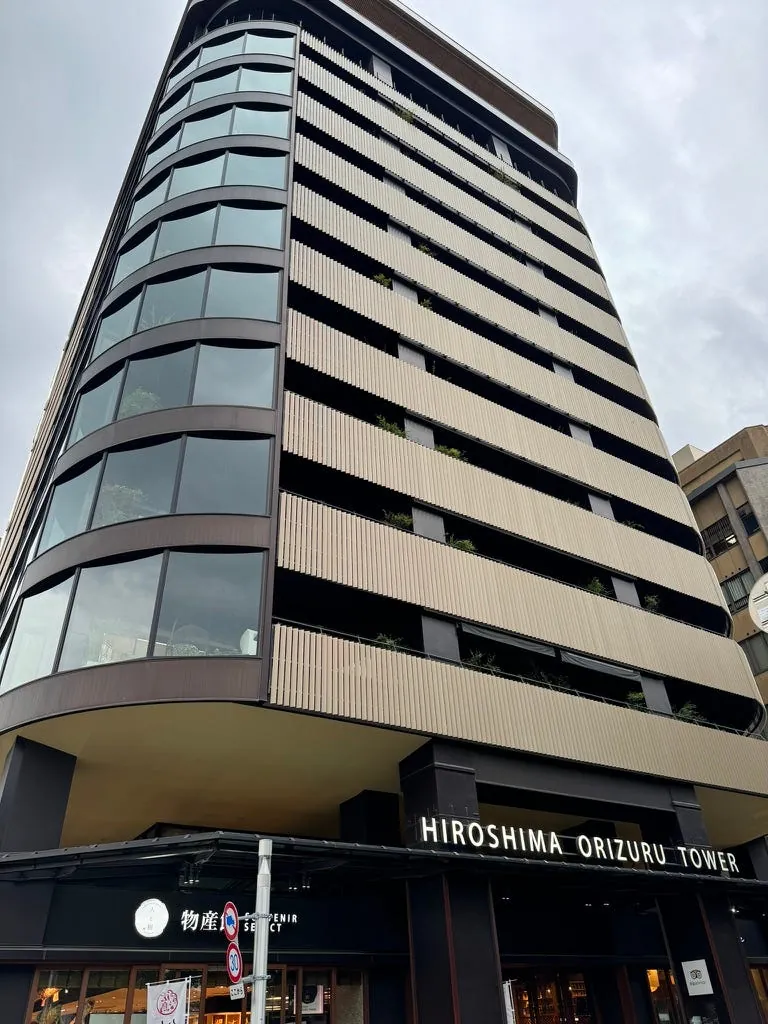
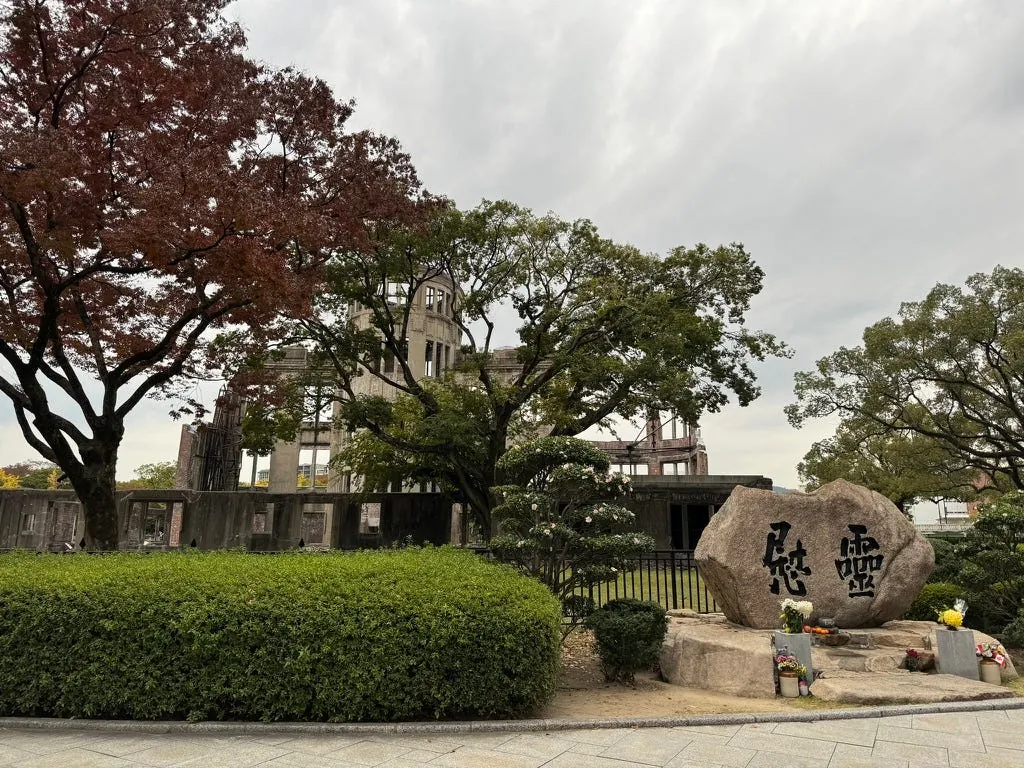
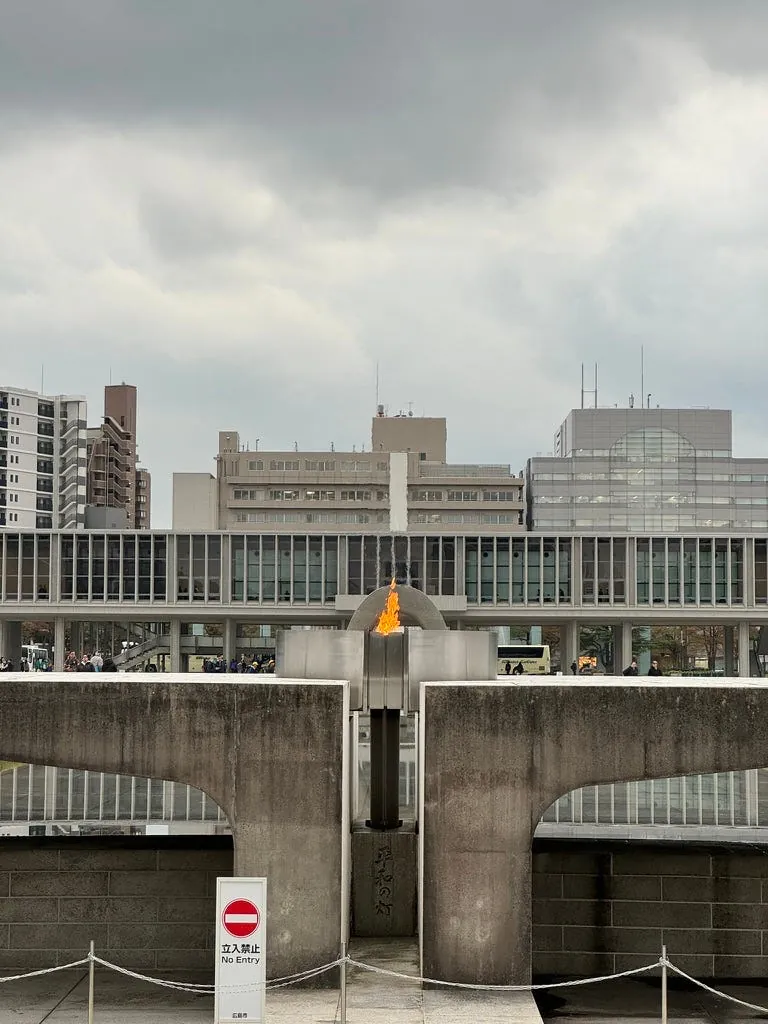
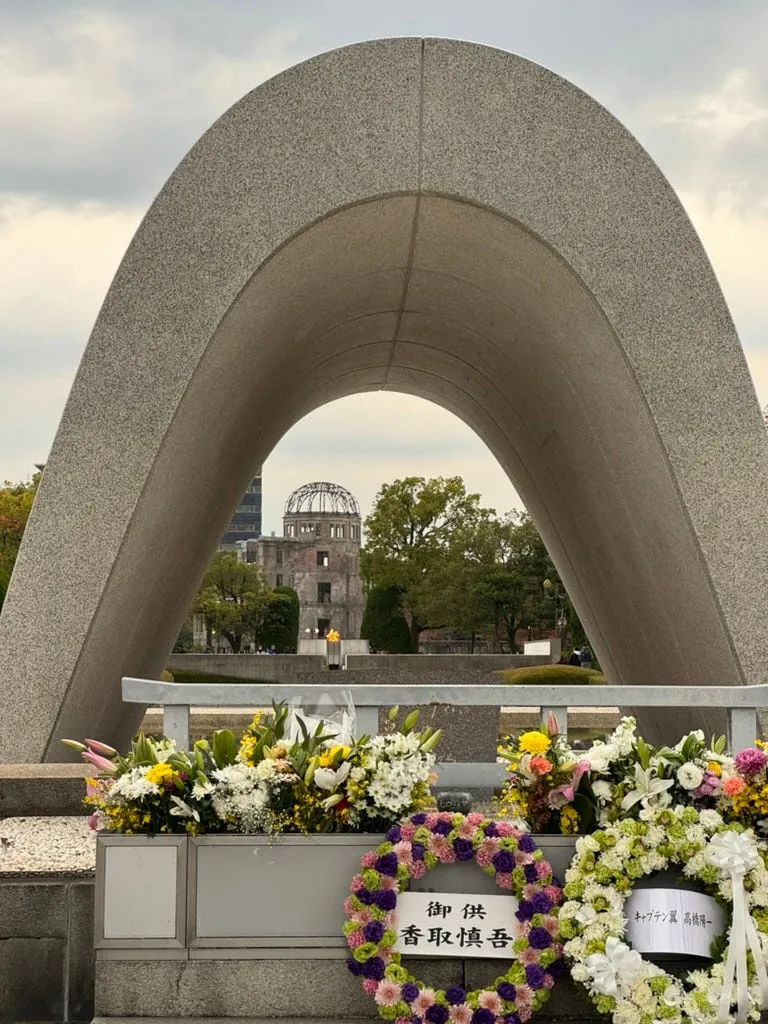
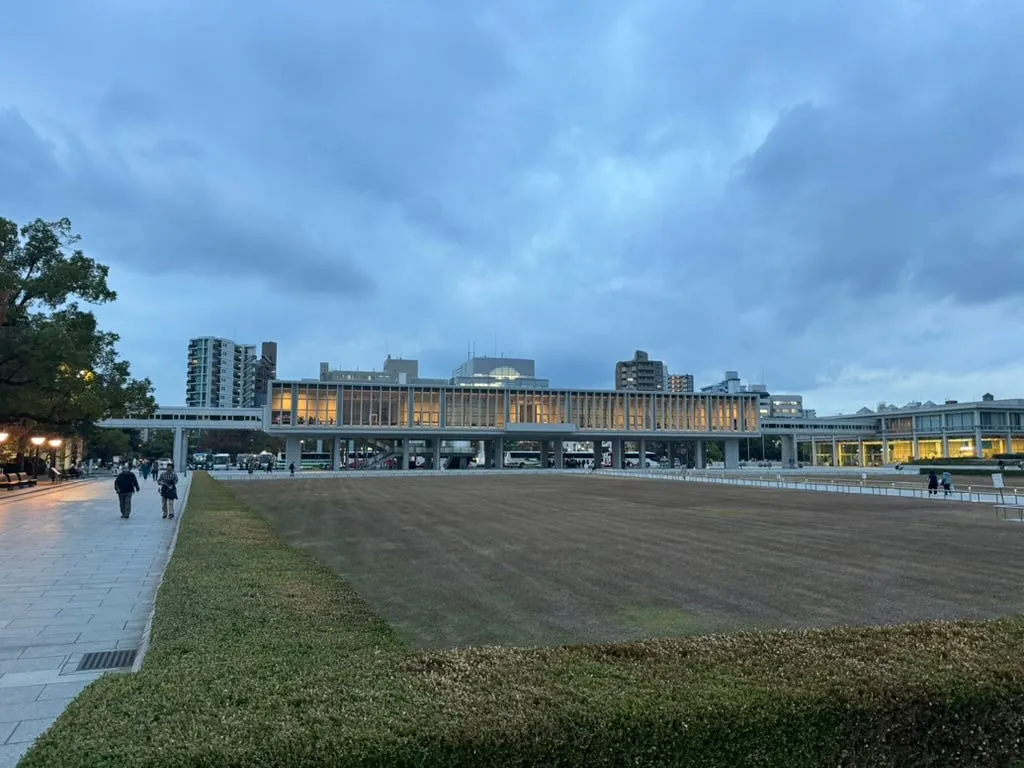
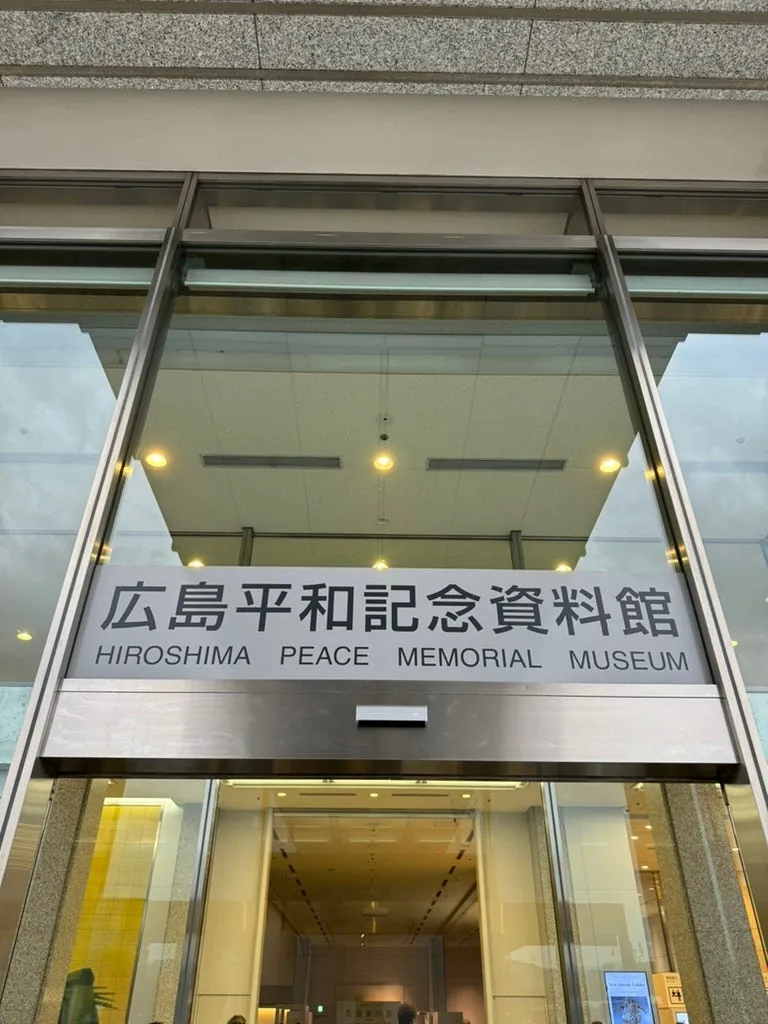
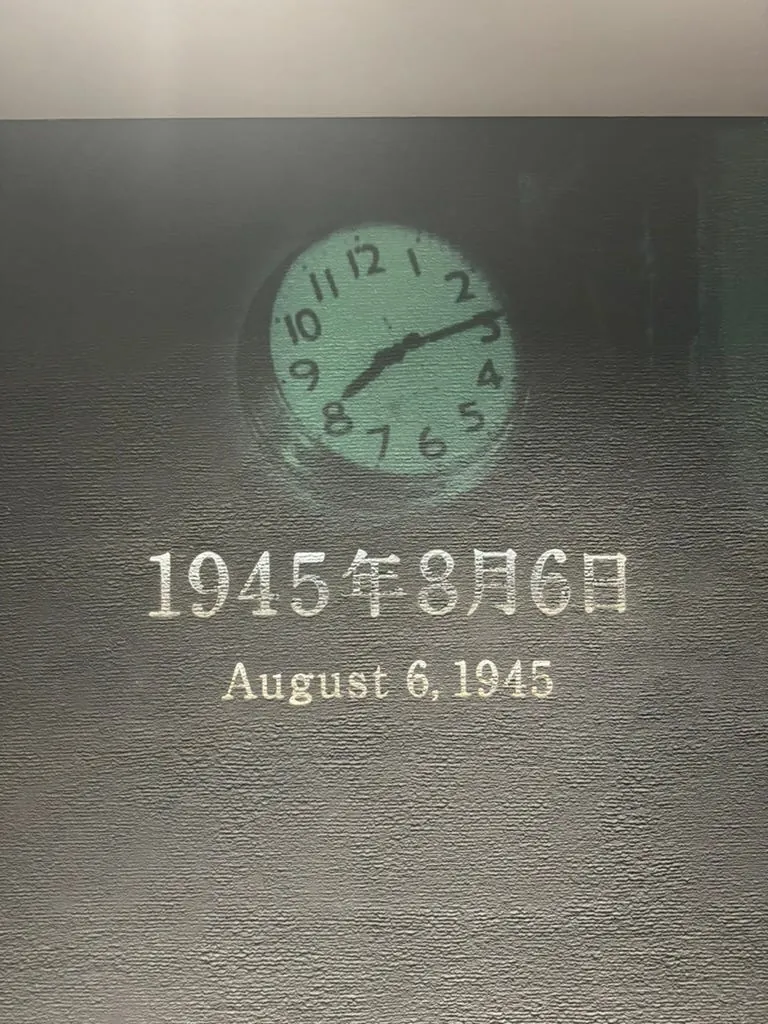
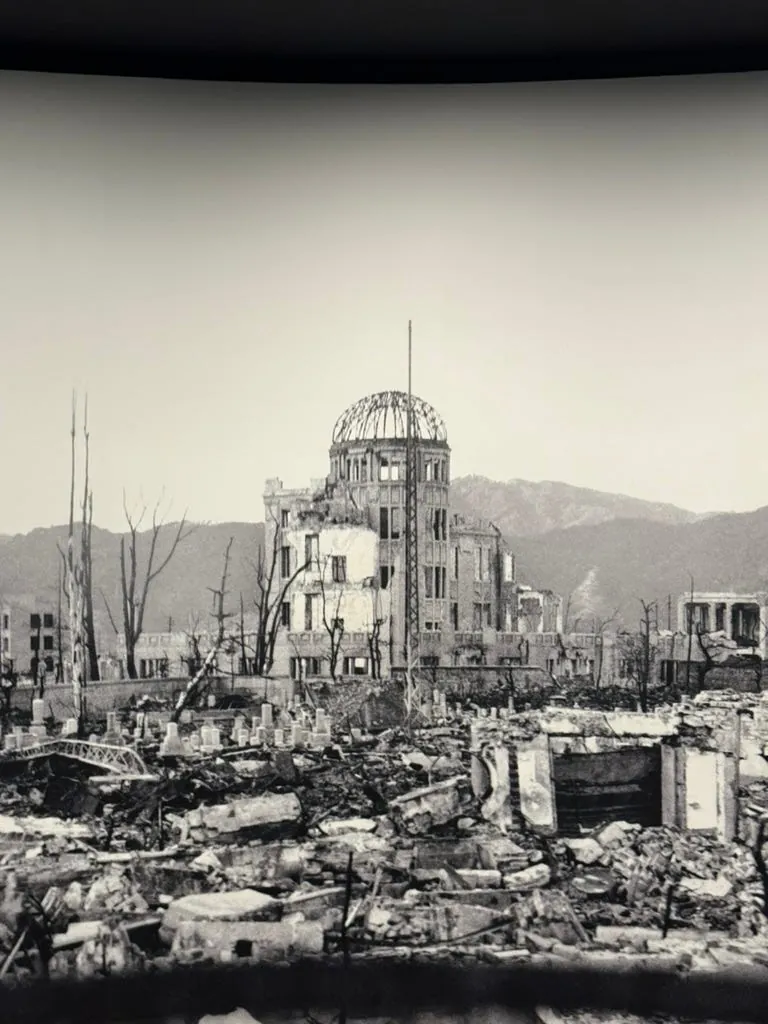
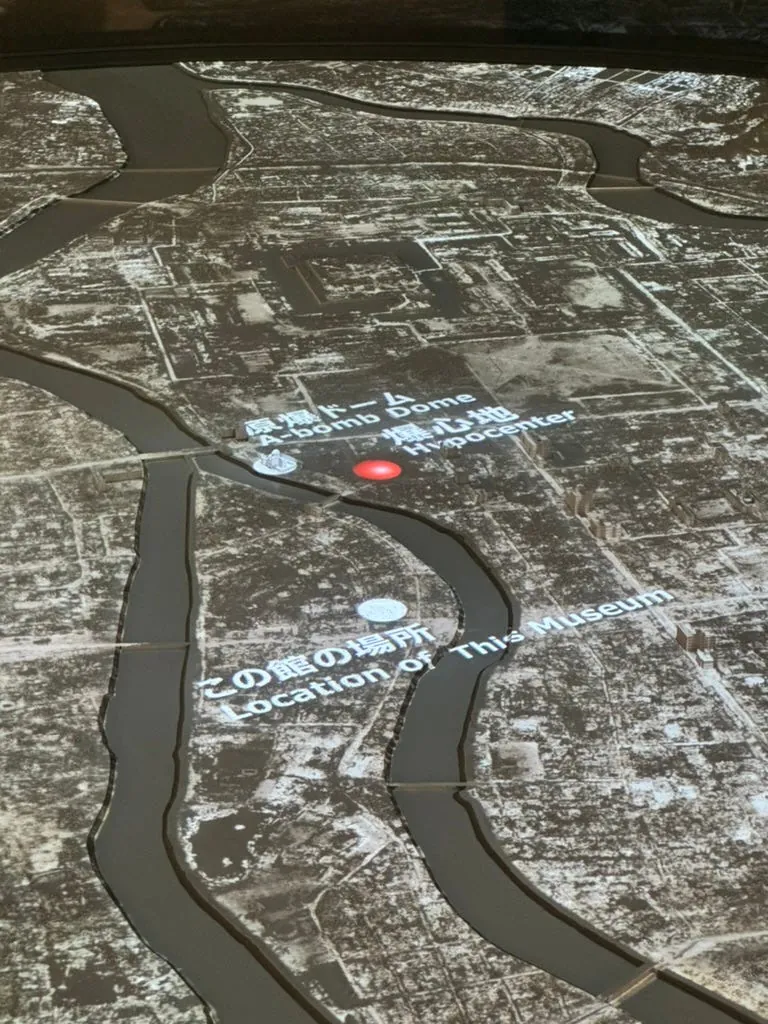
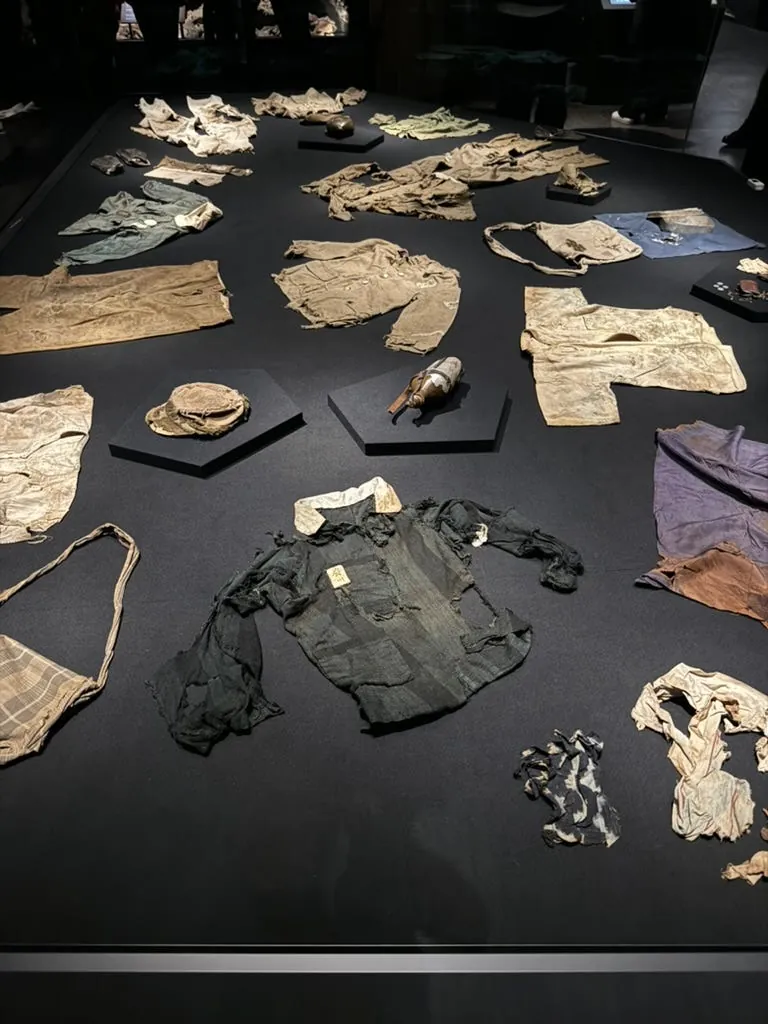
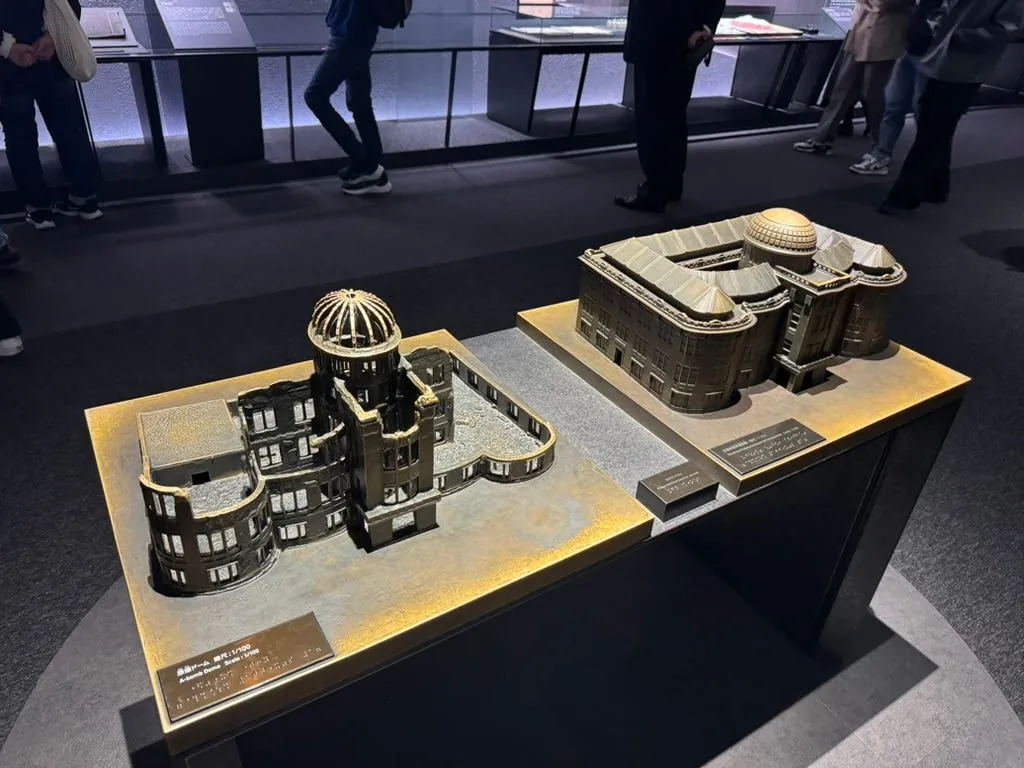

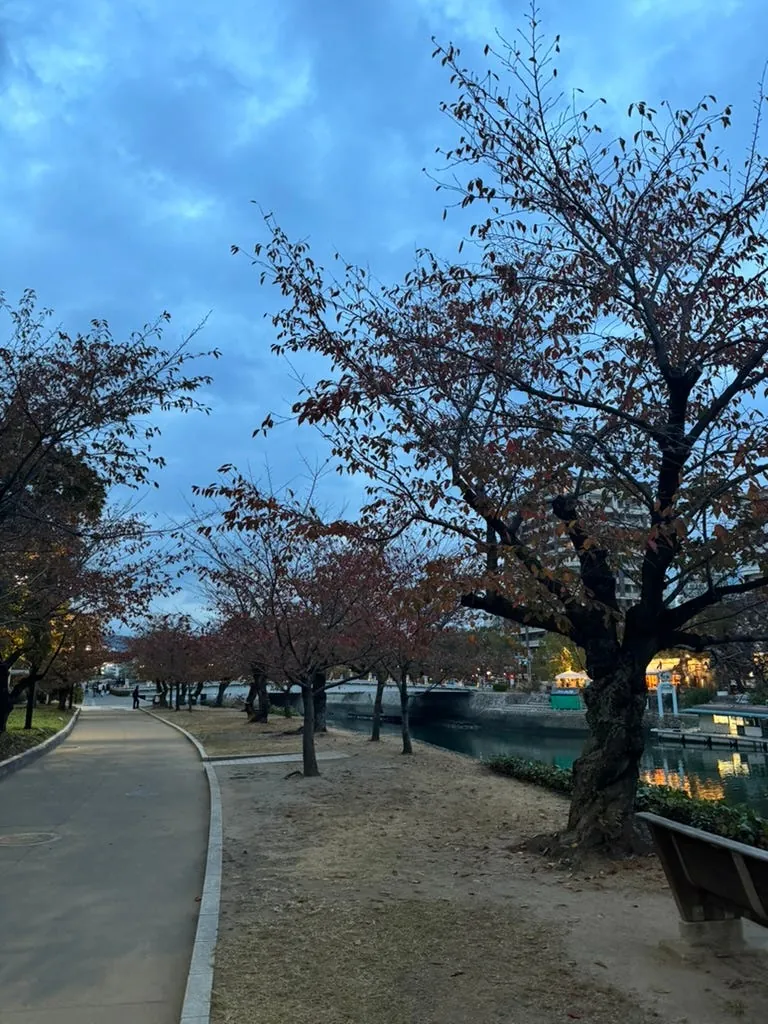
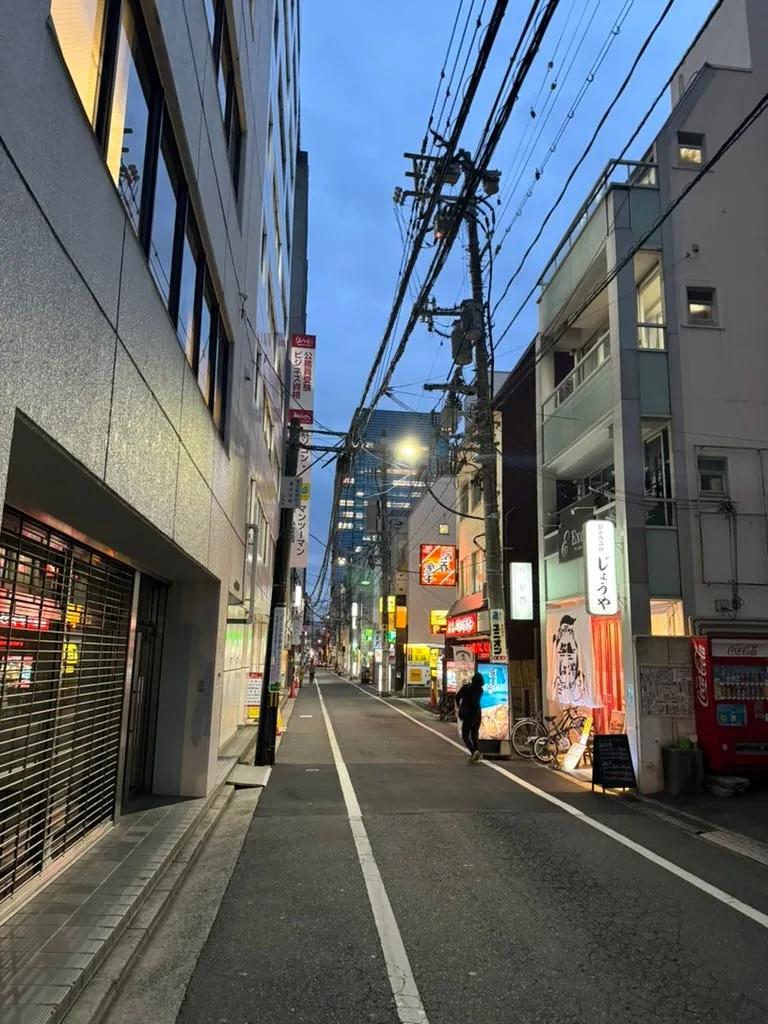
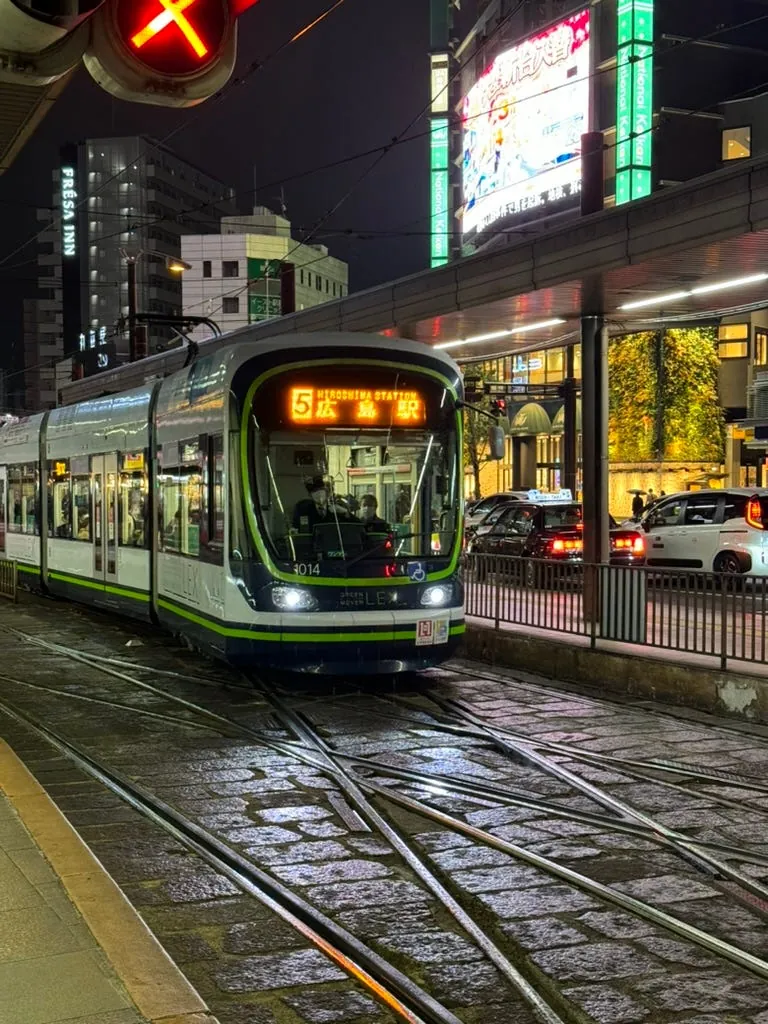
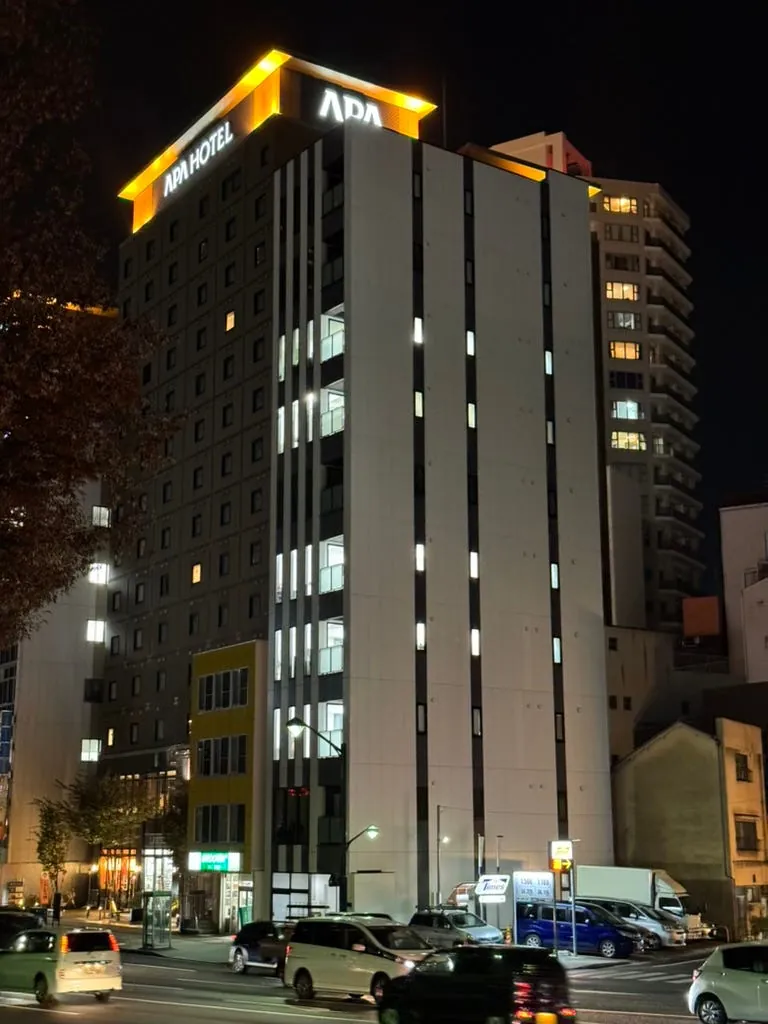
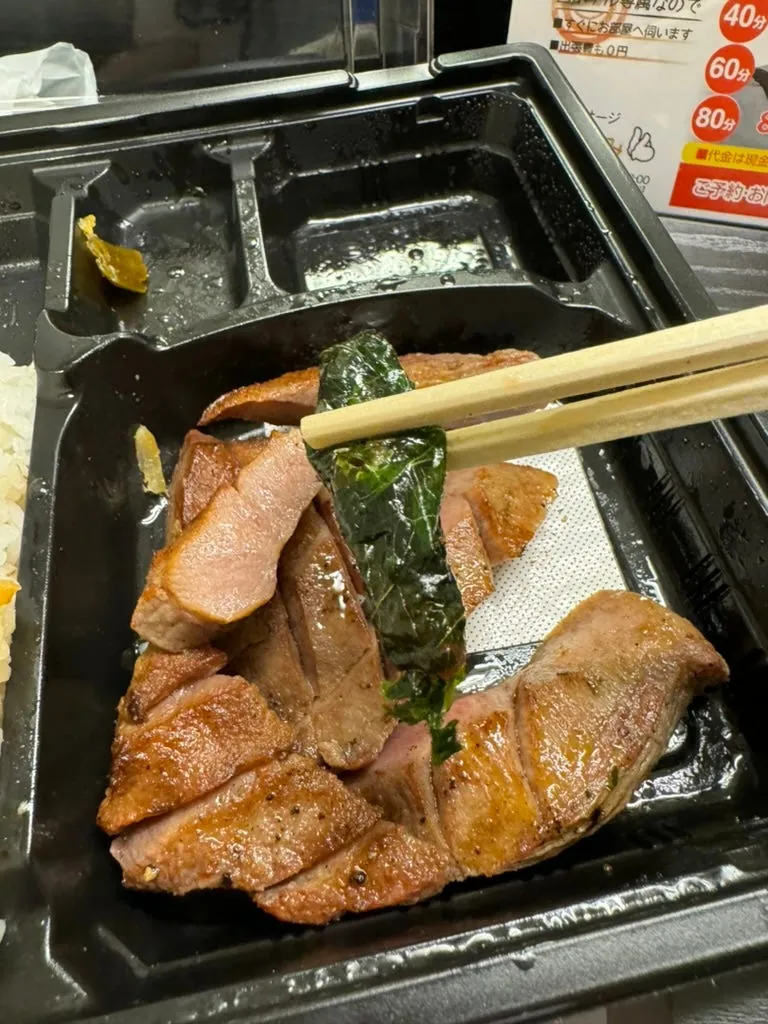
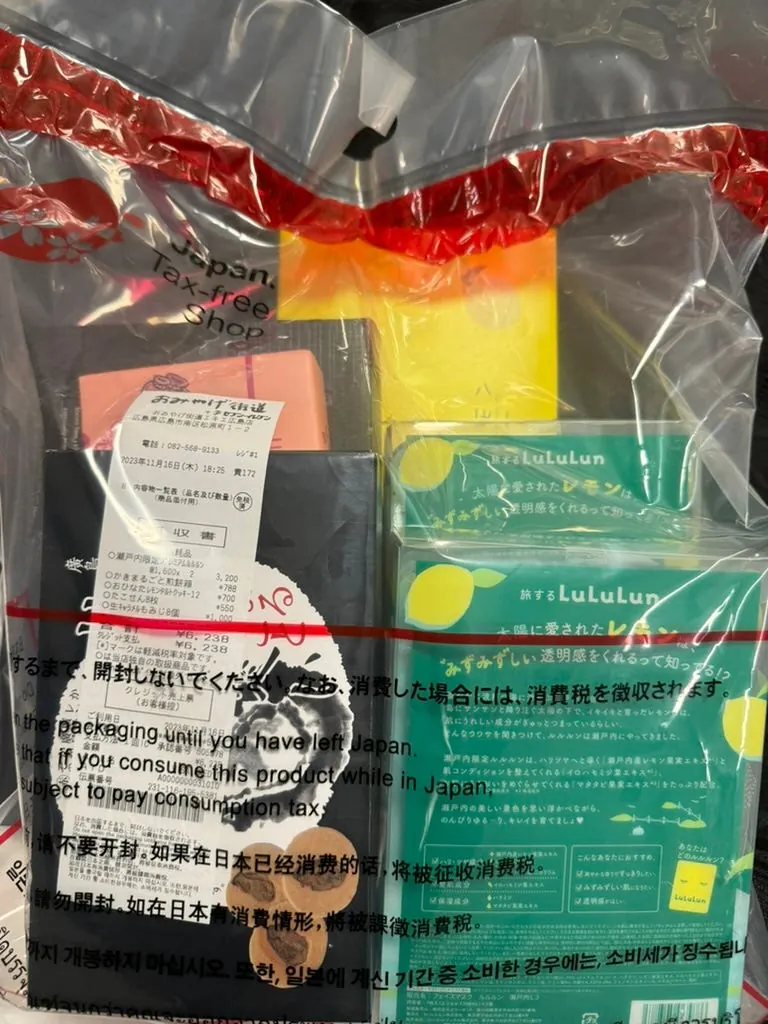
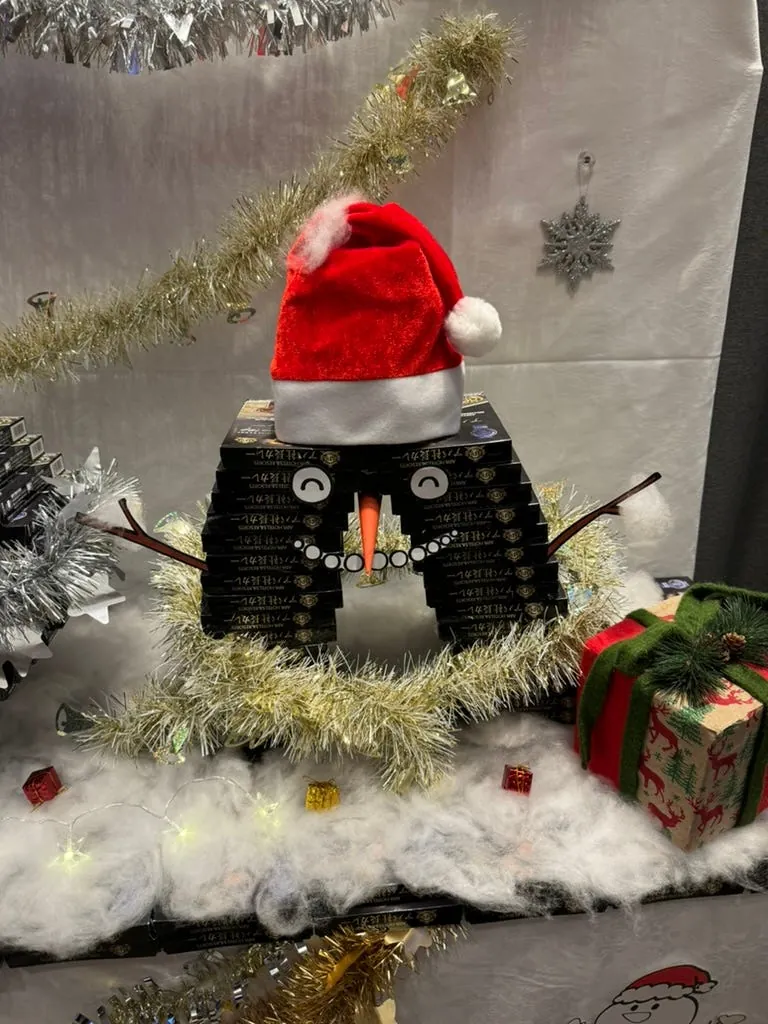
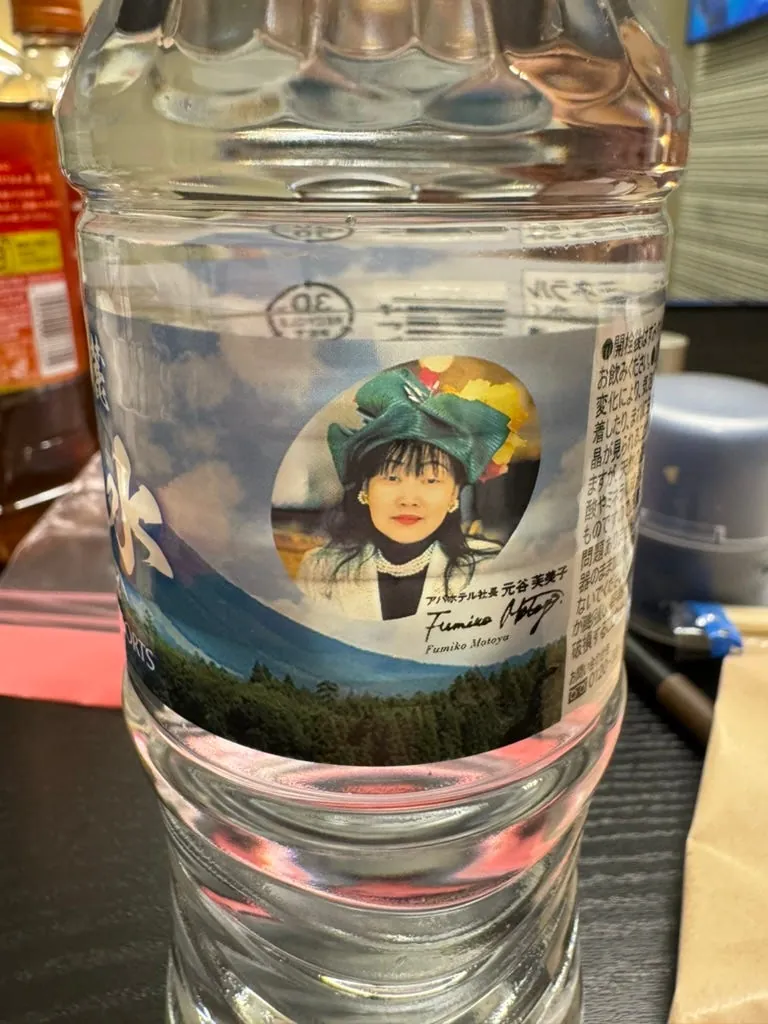
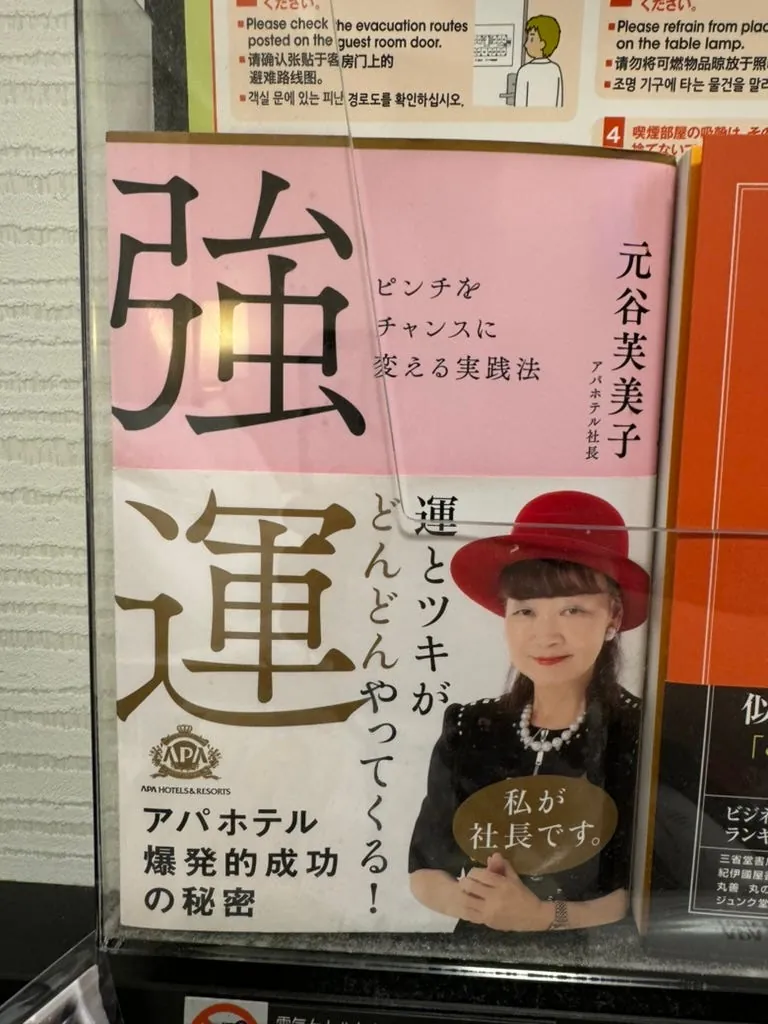
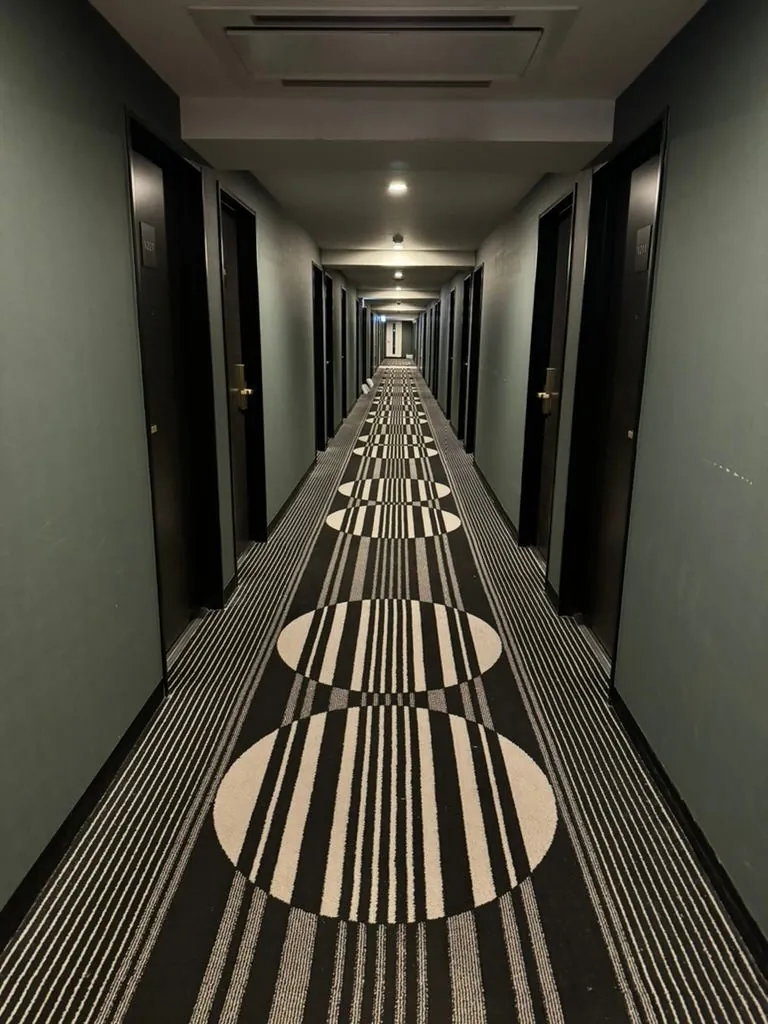
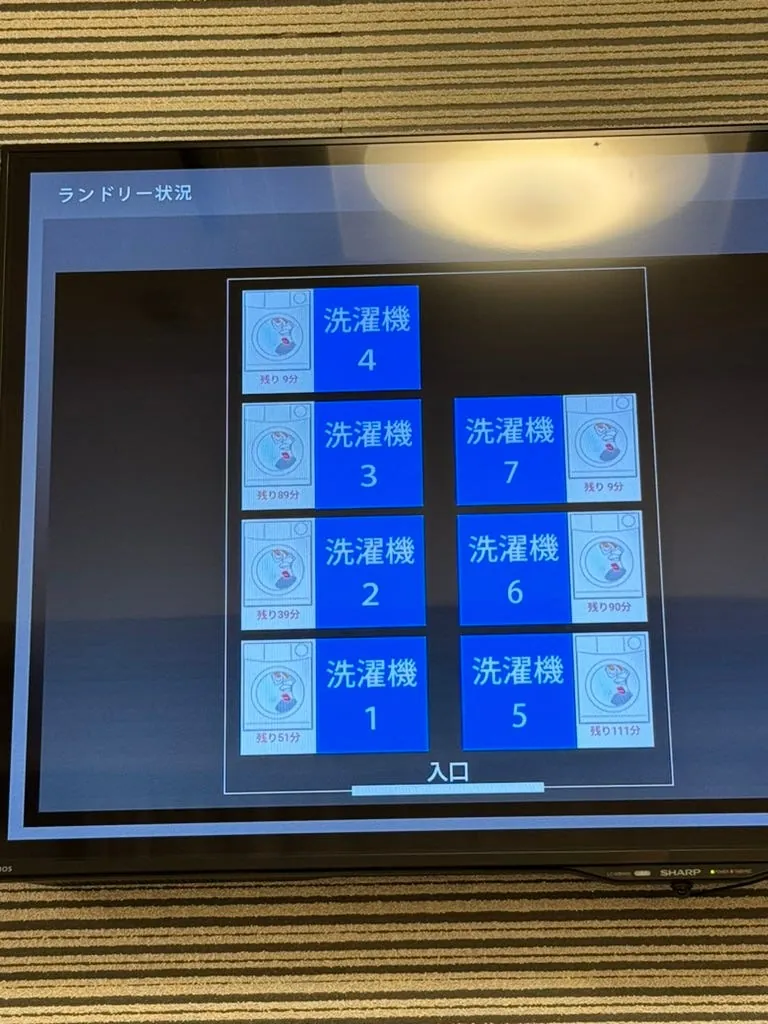
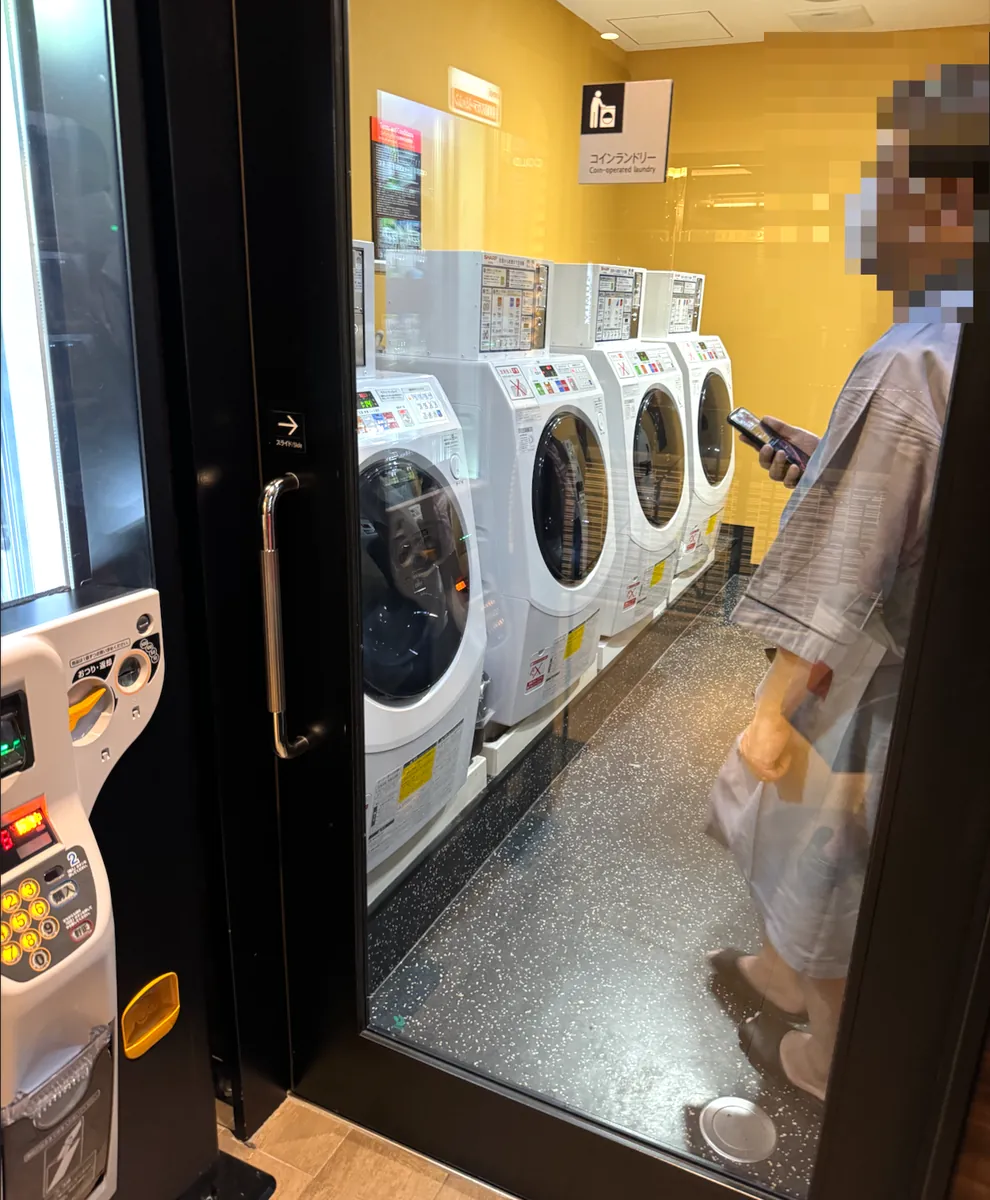
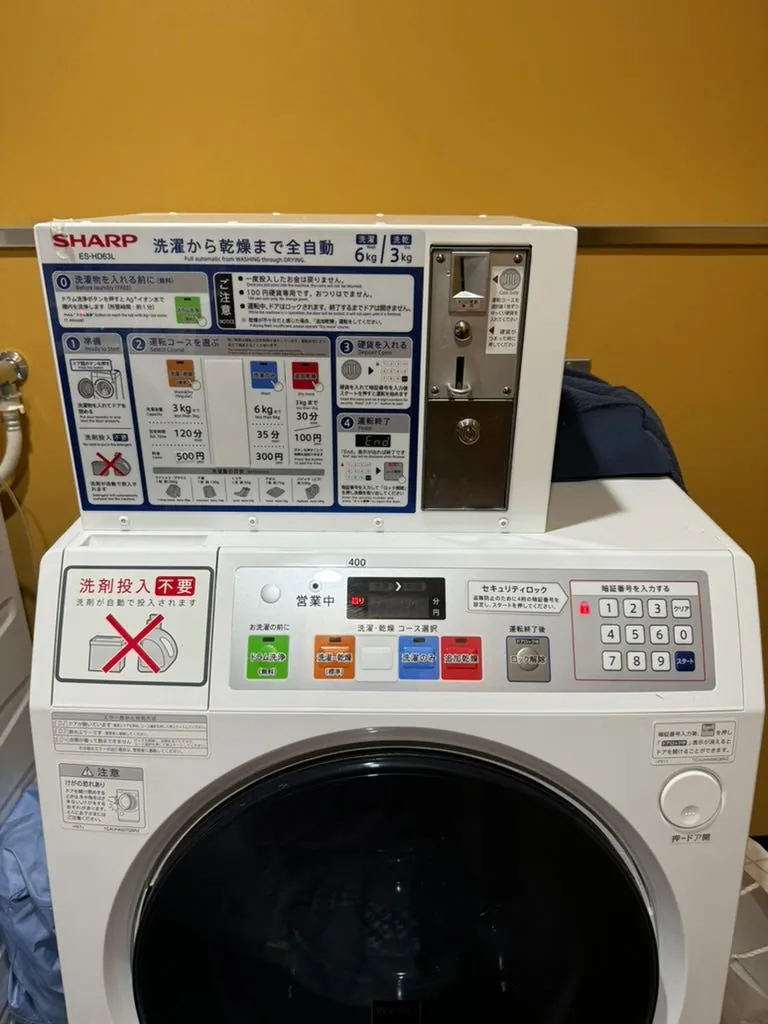
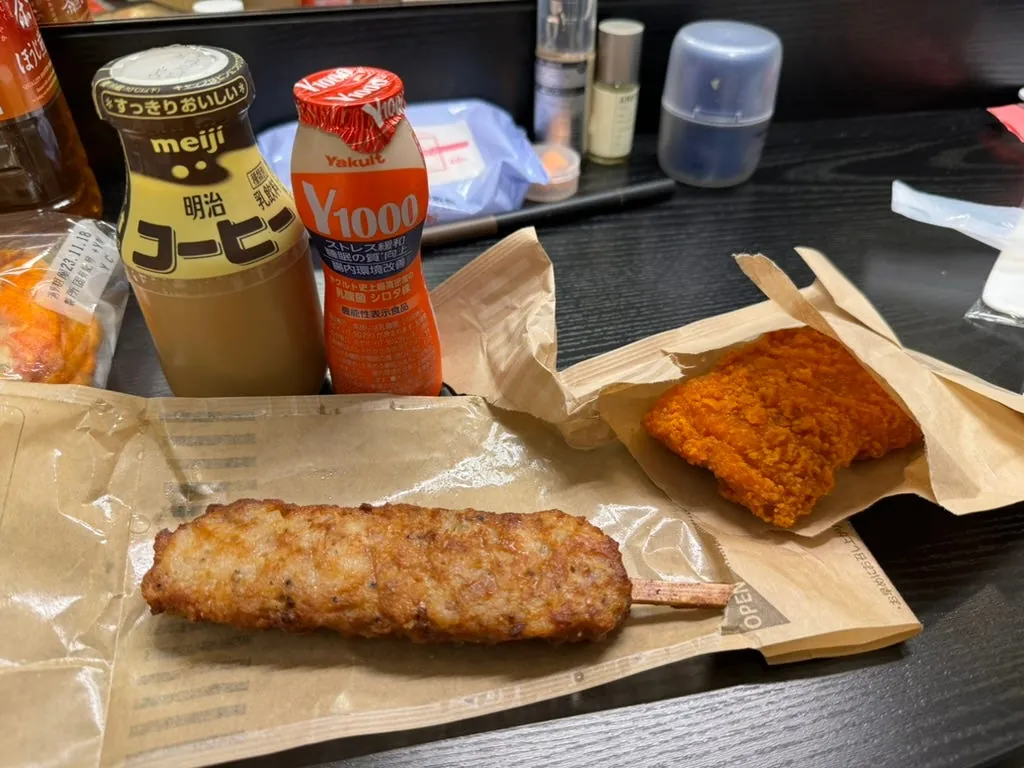
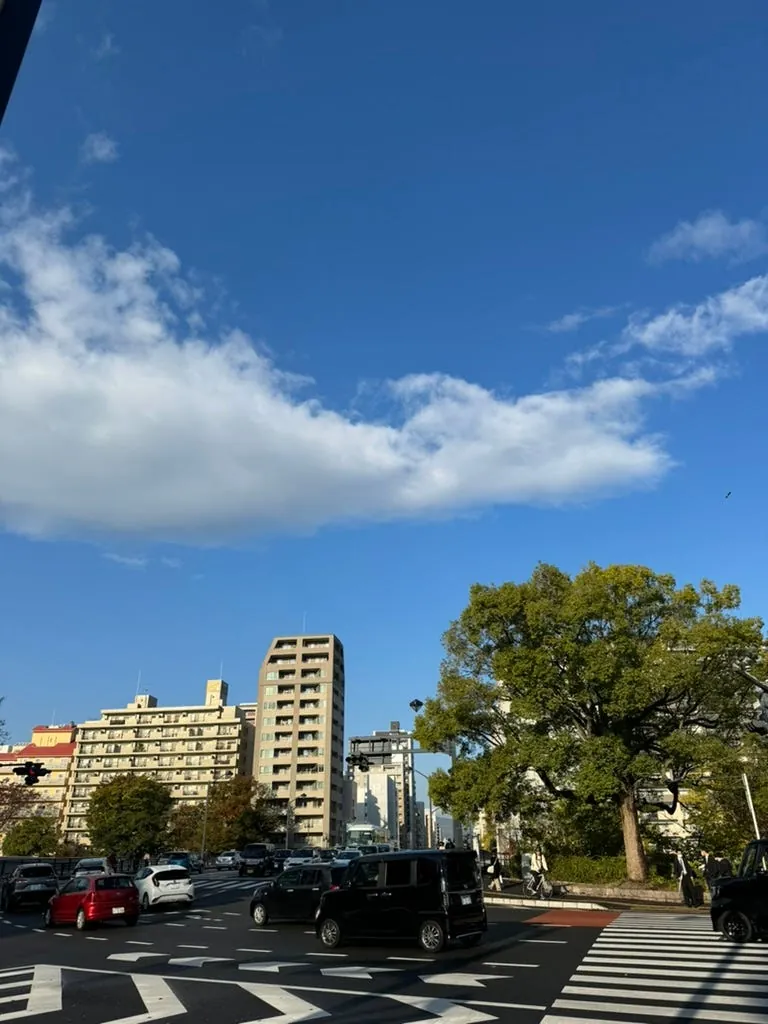
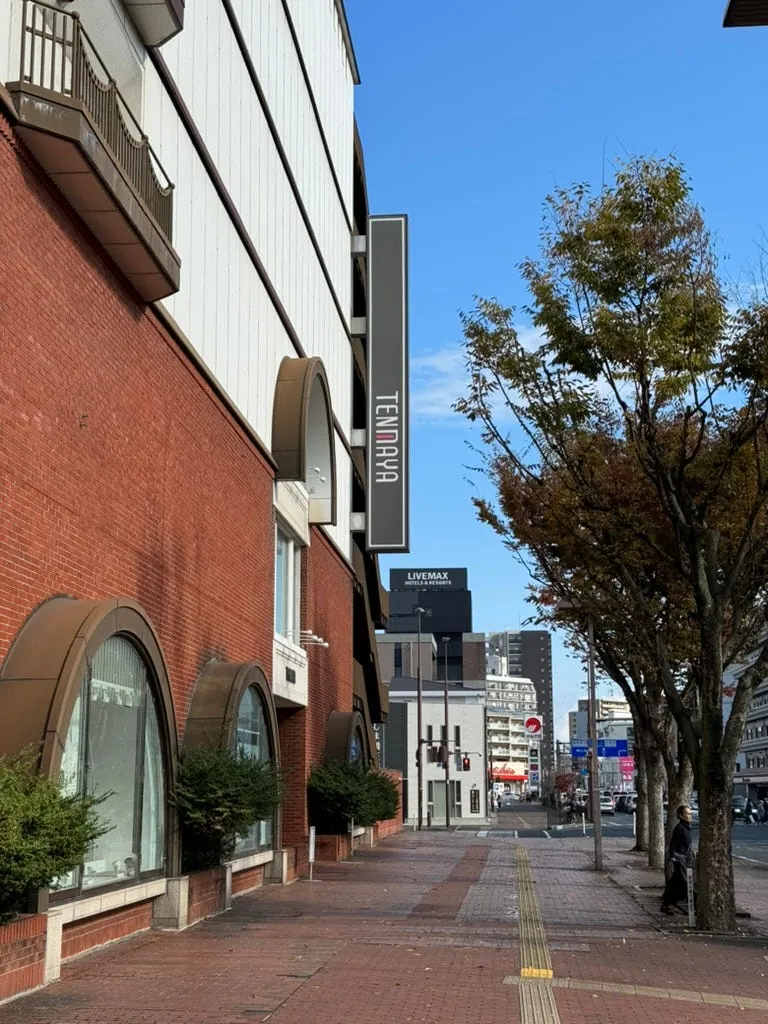
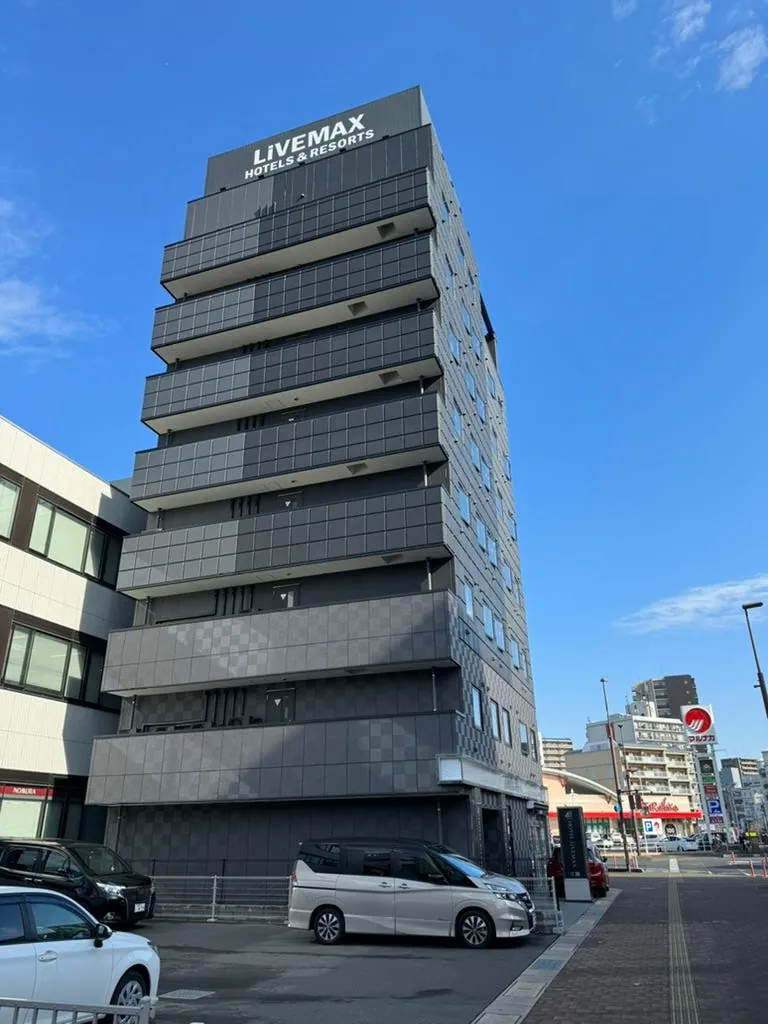
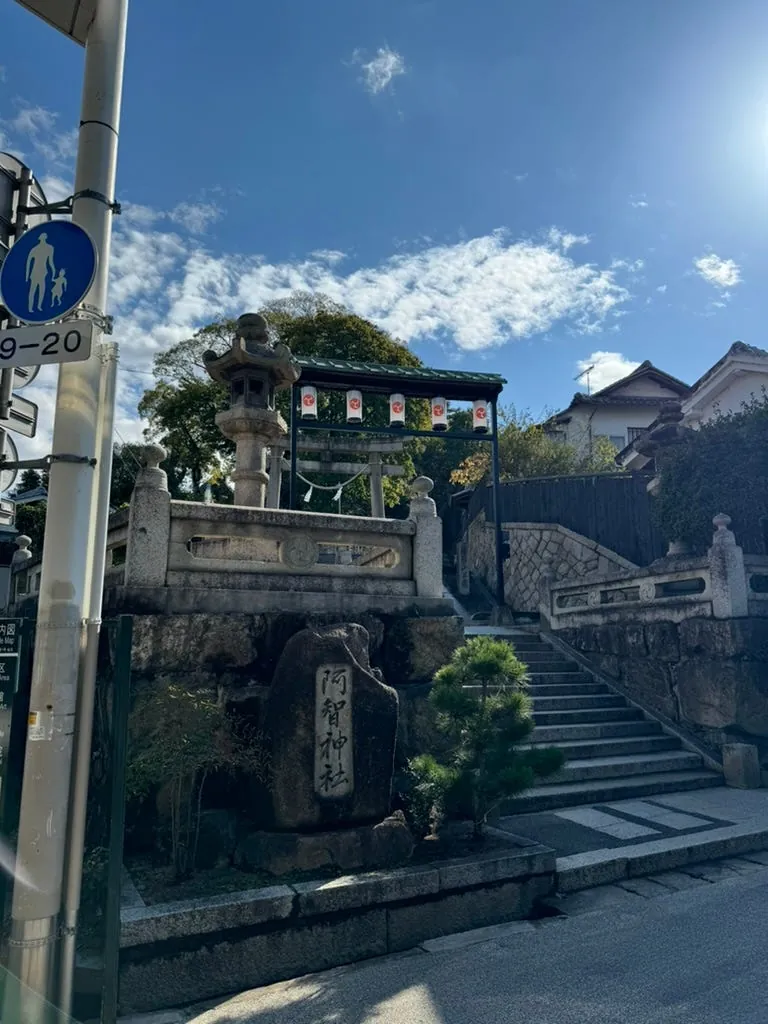
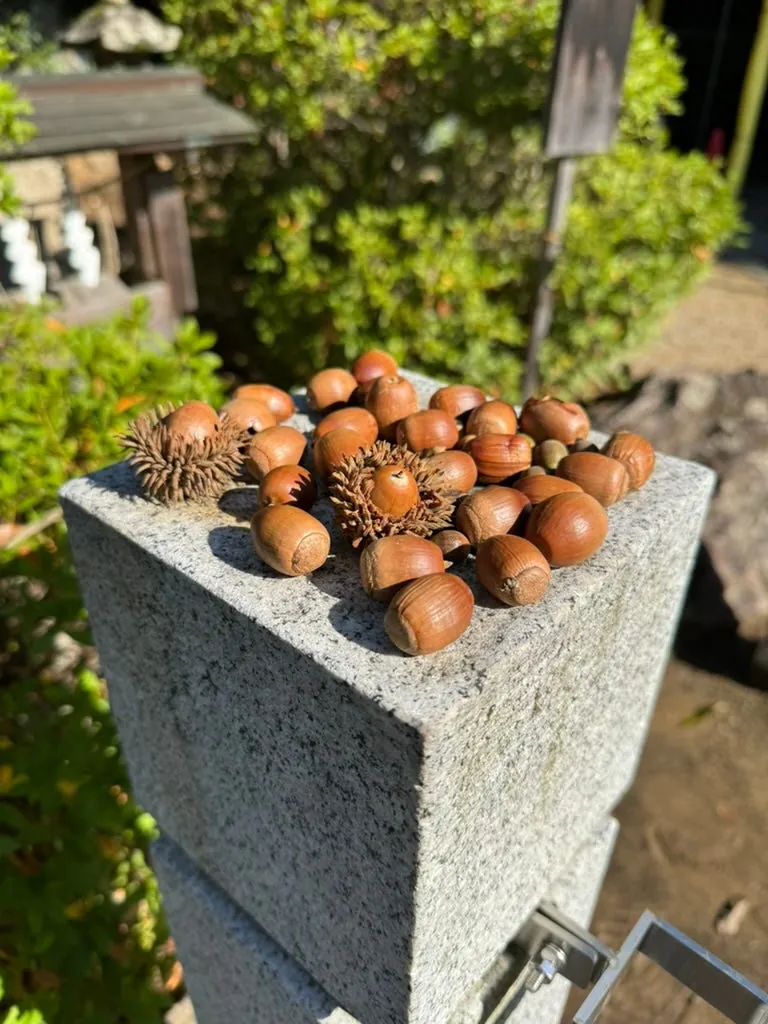

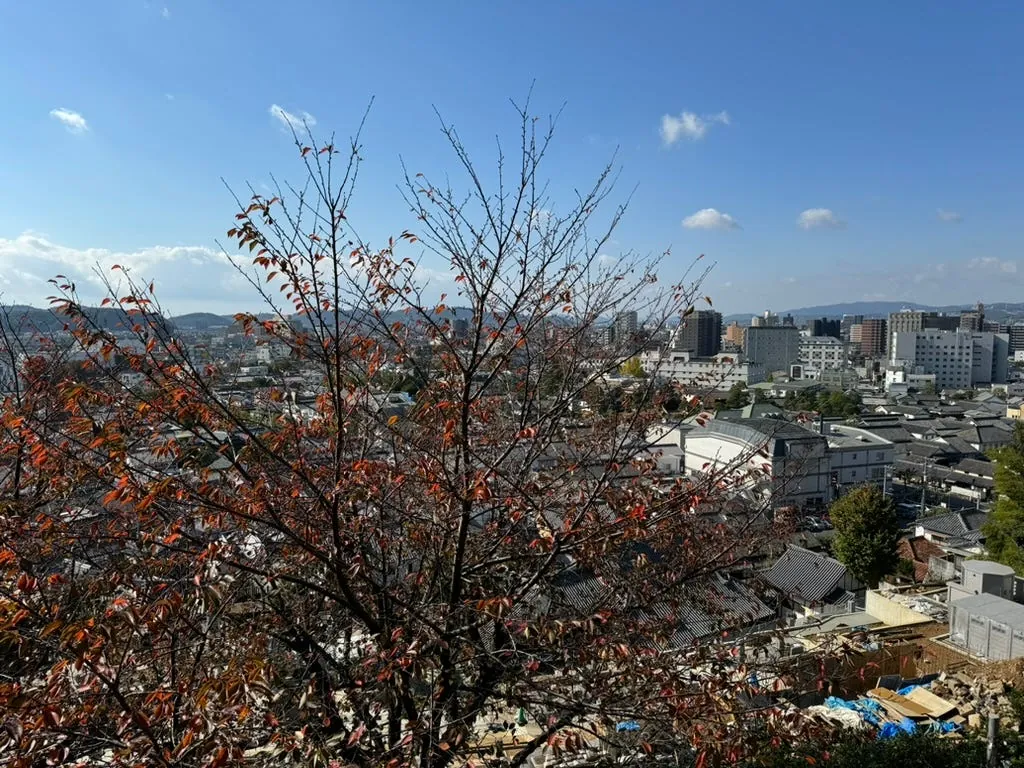
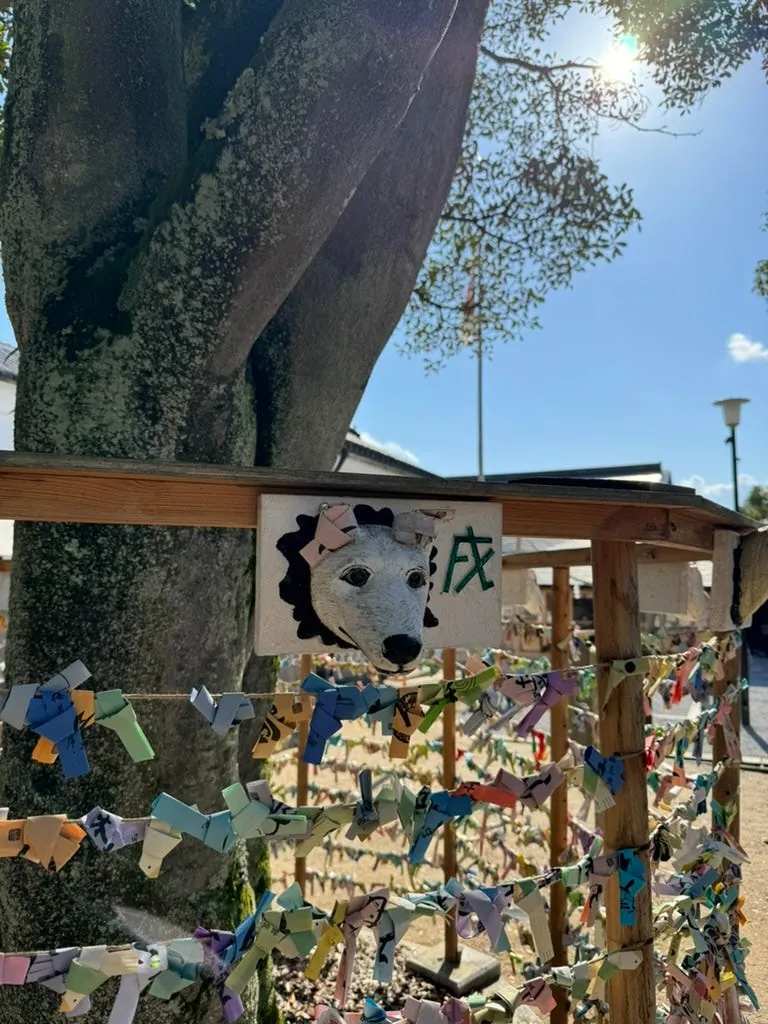
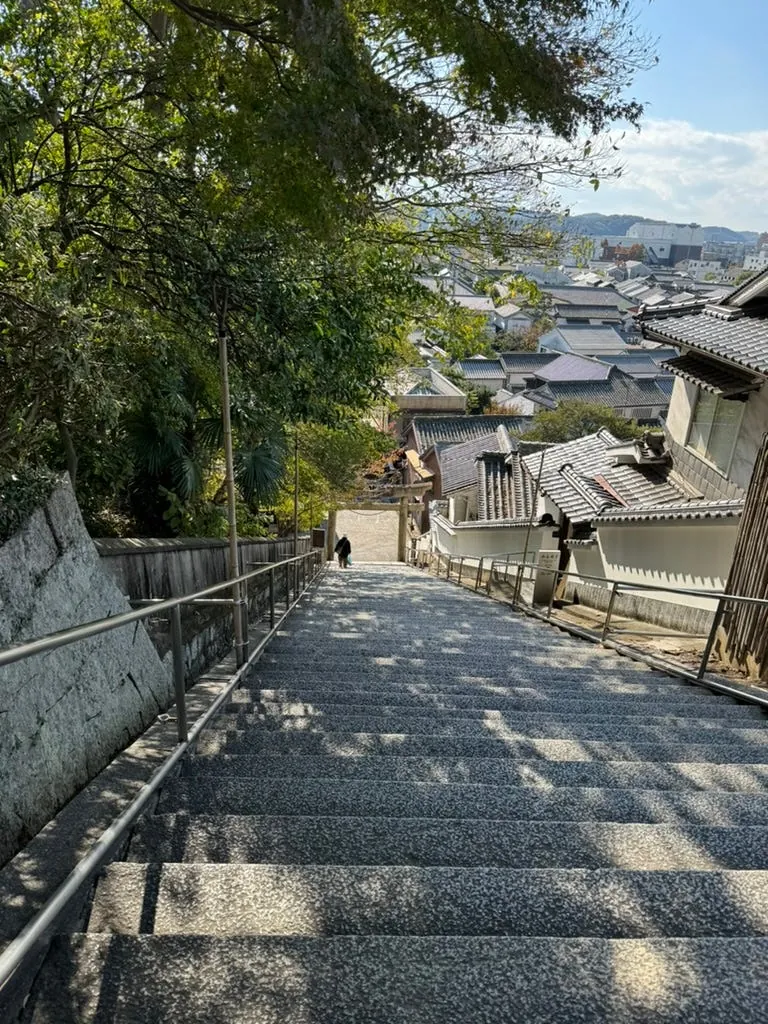

{:target="_blank"}, thanks to Angie for providing.](/assets/31b9b3a63abc/1*7B5Mq1YPSD2gF_P6HR8GGw.webp)
